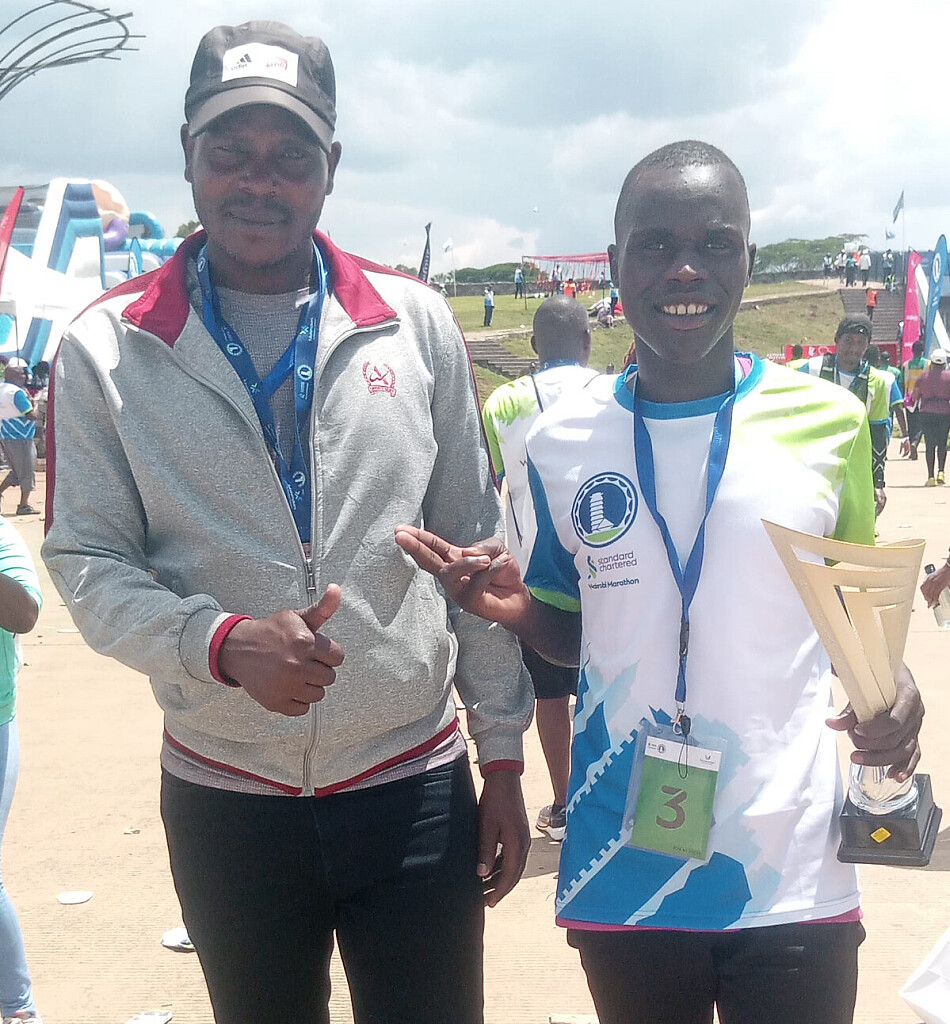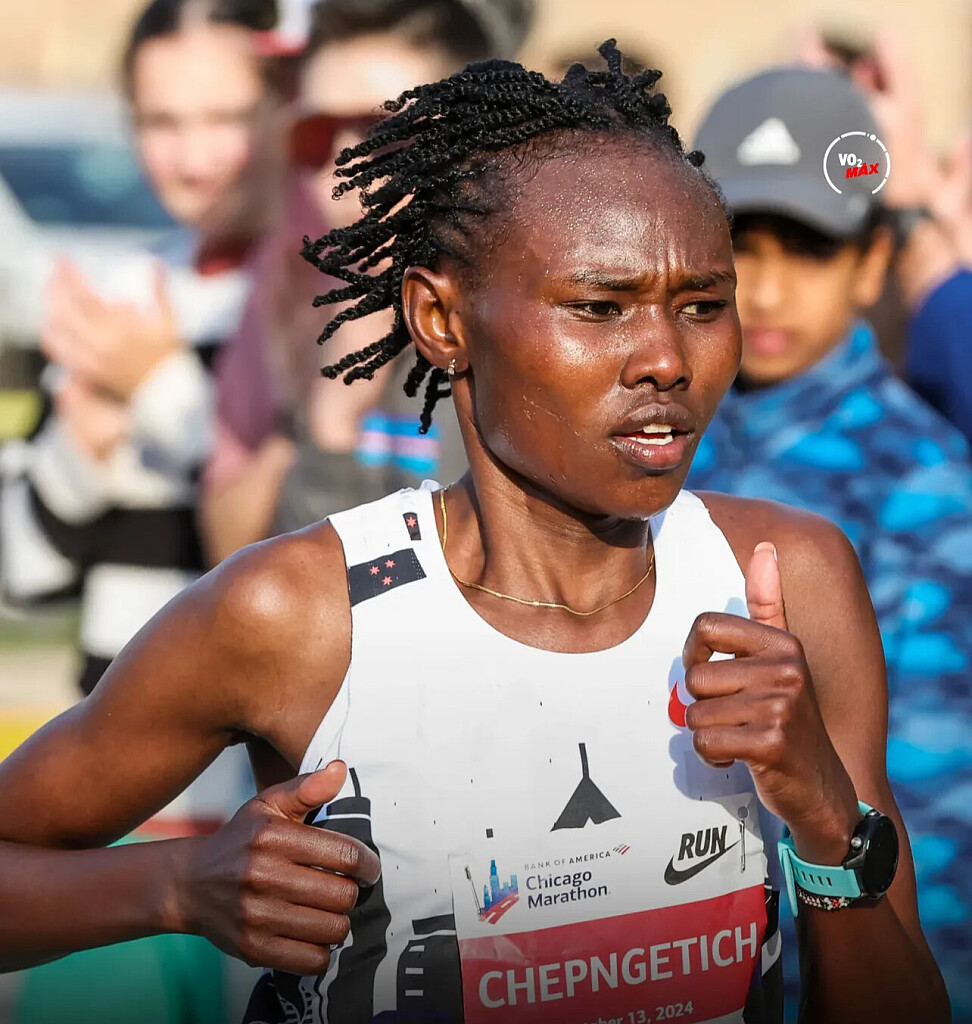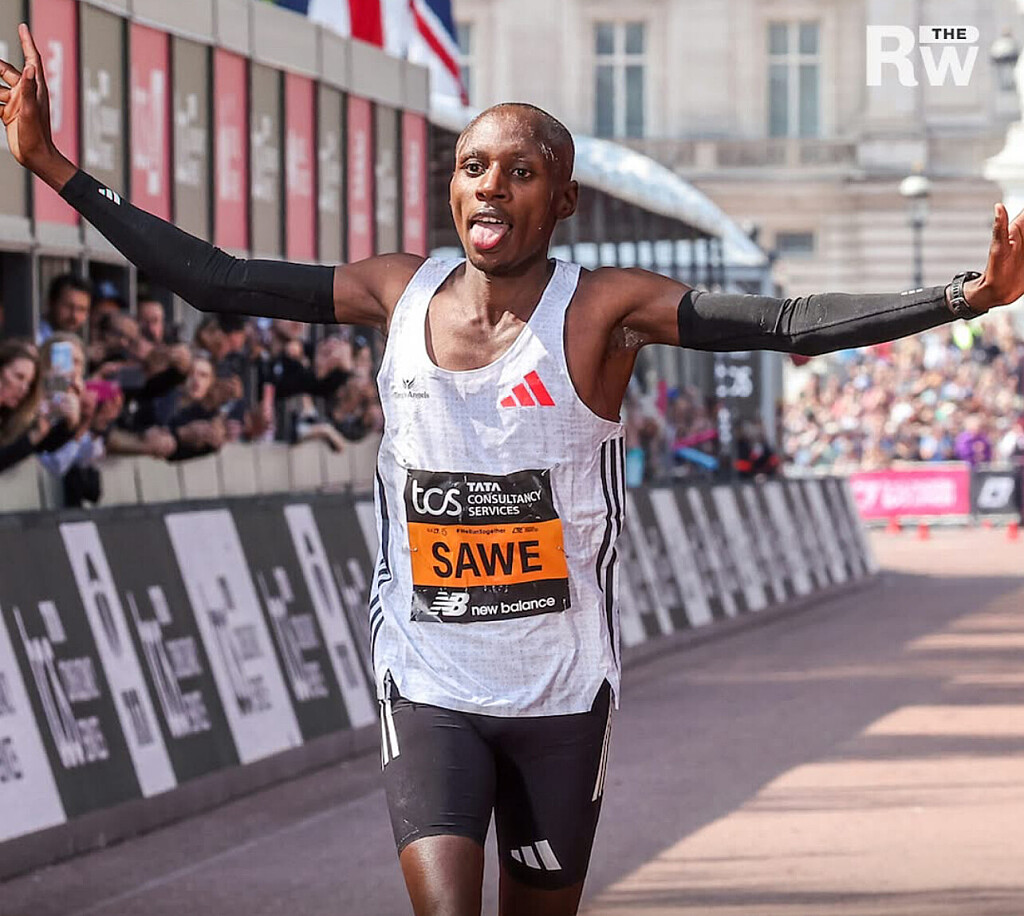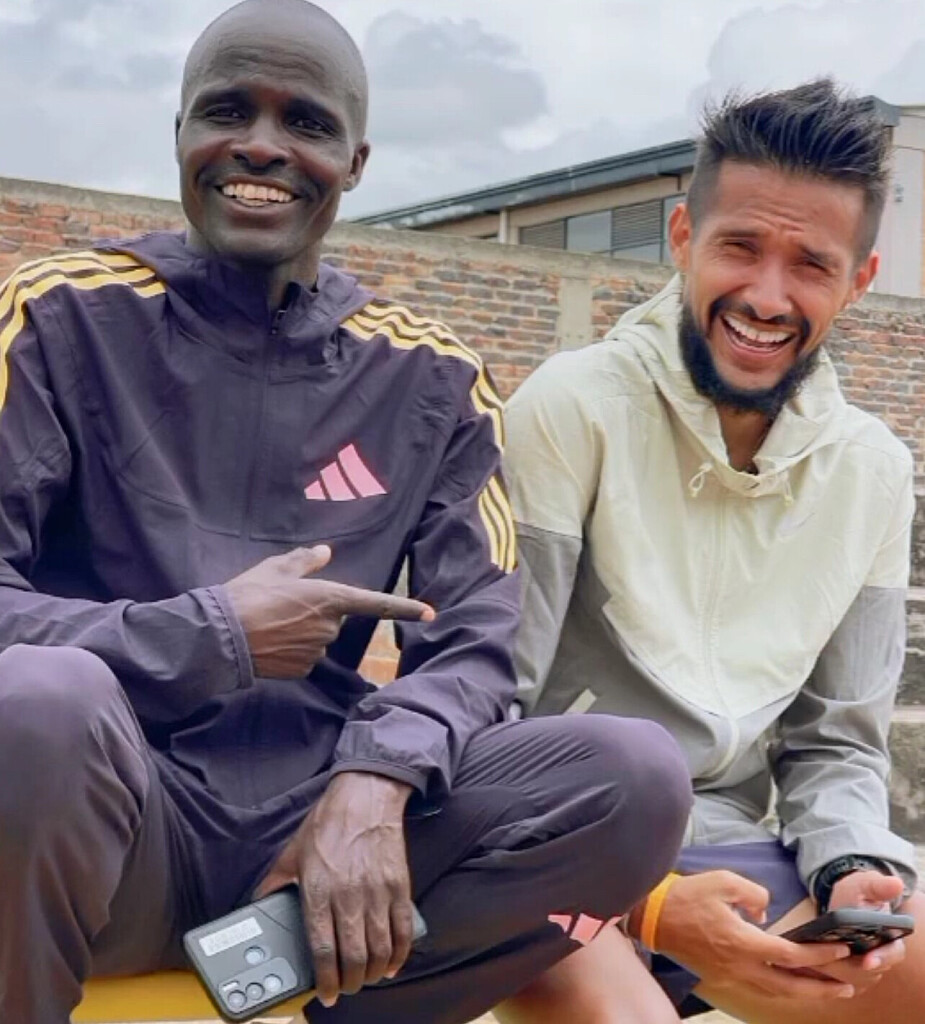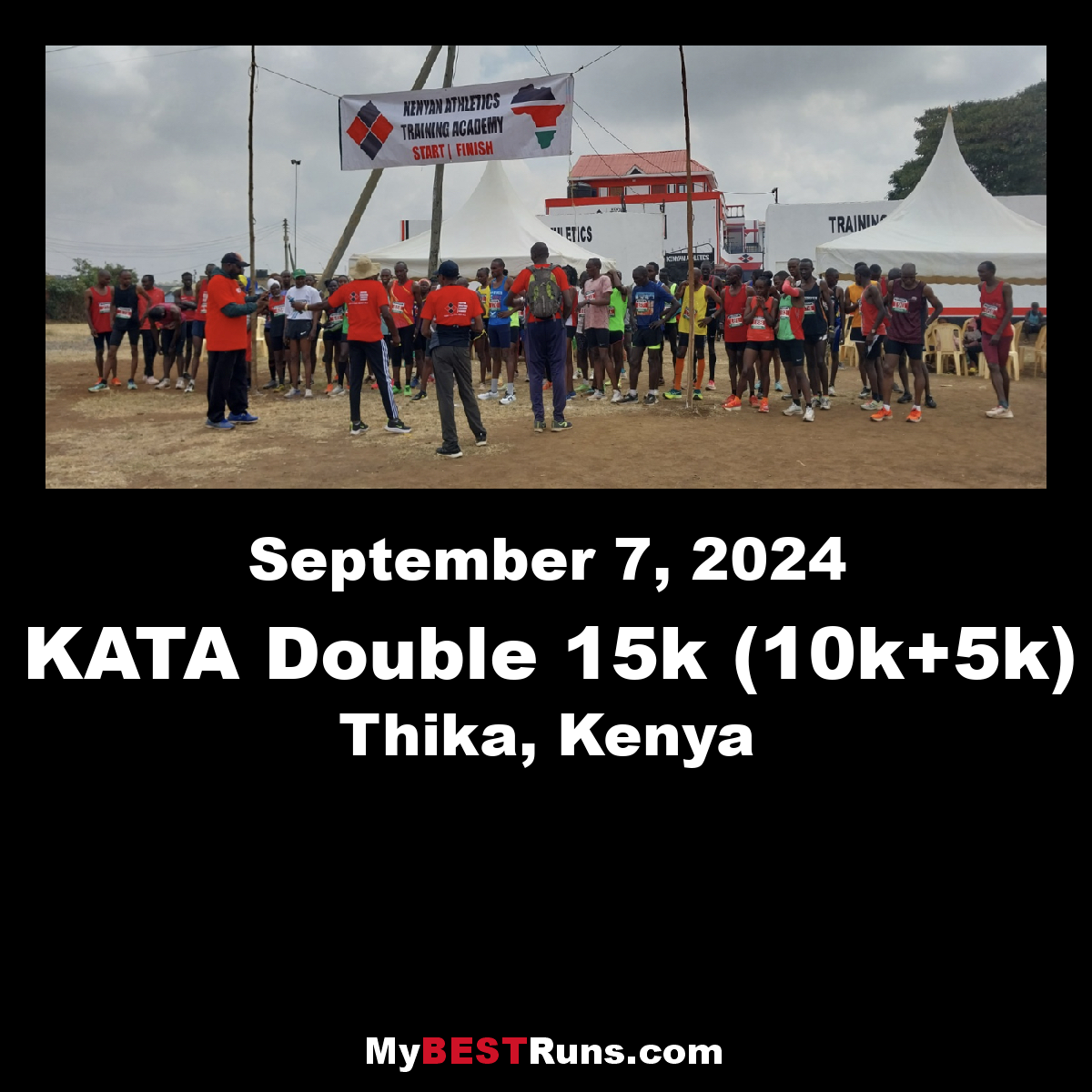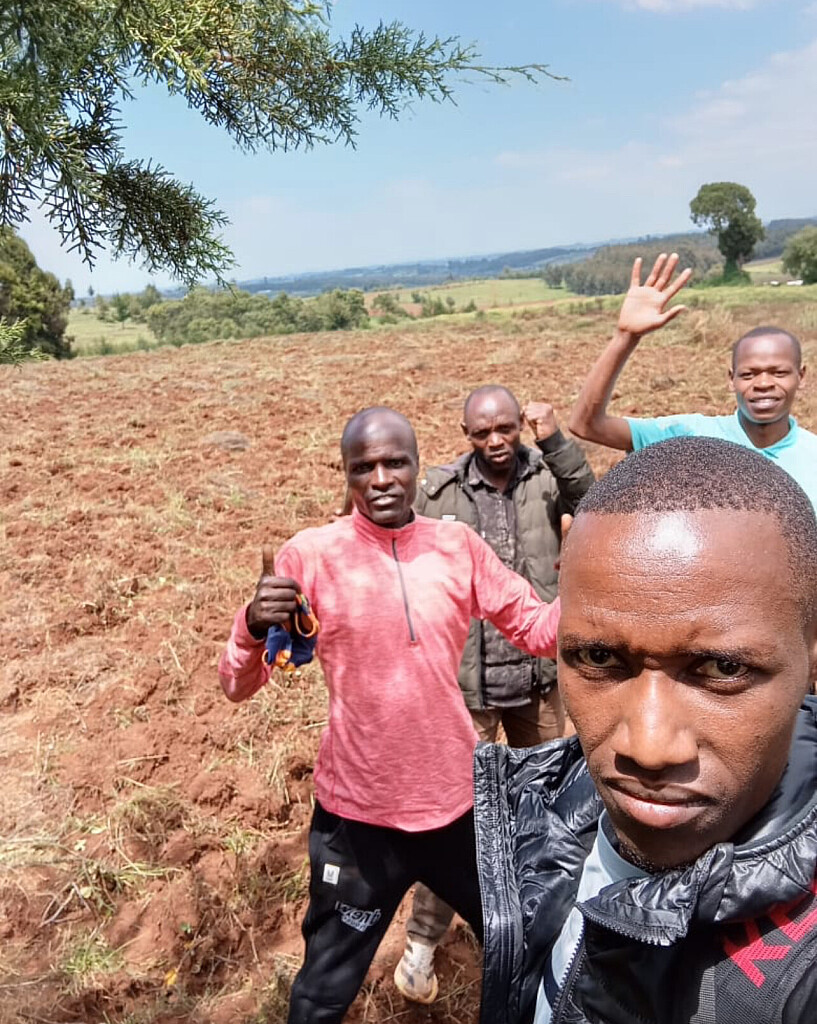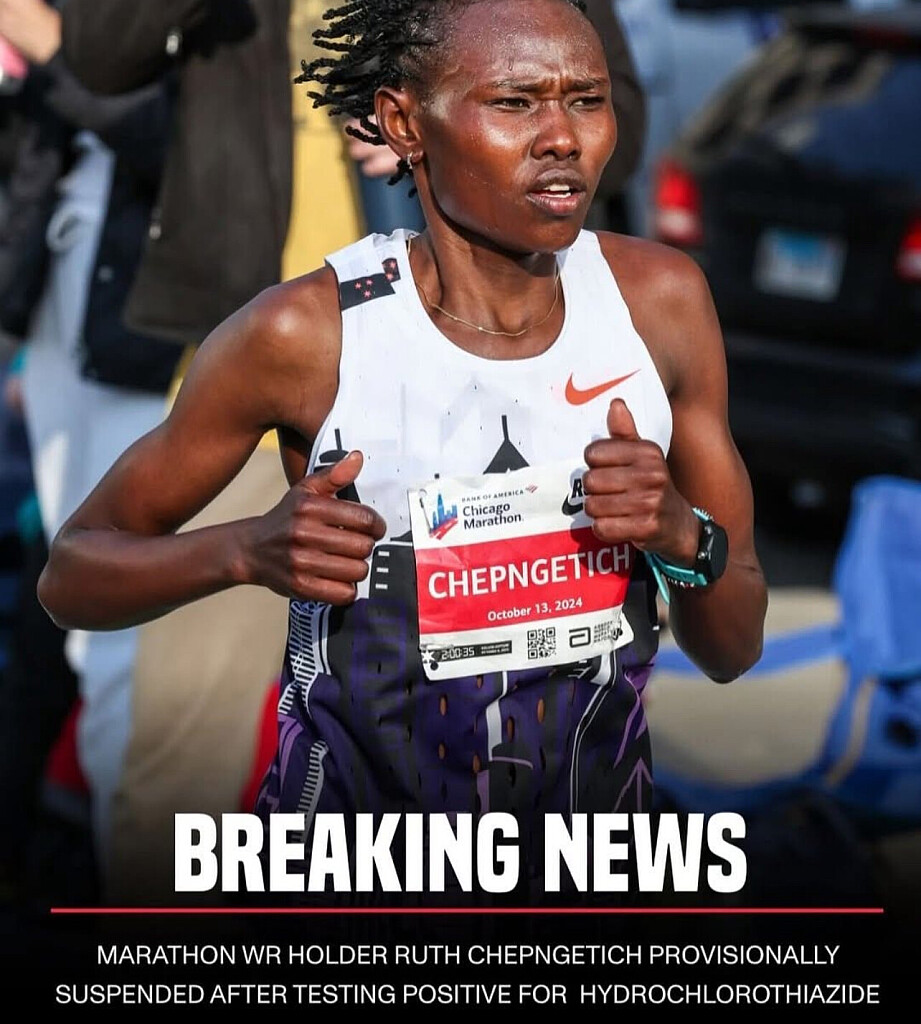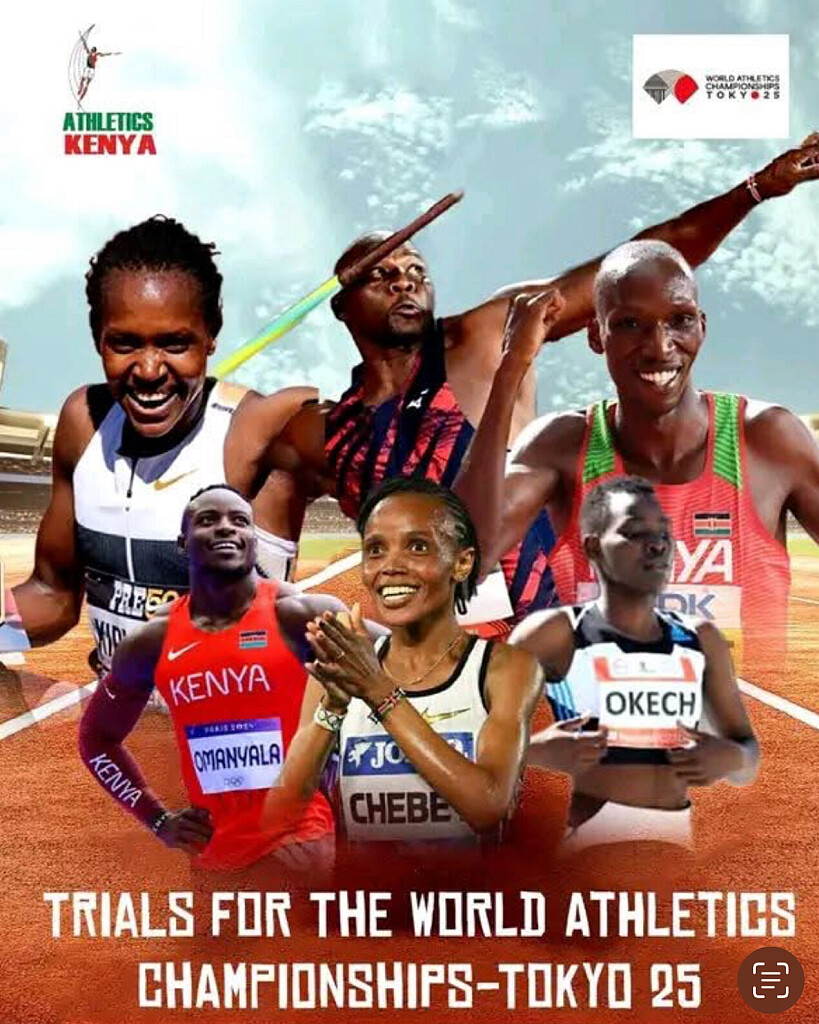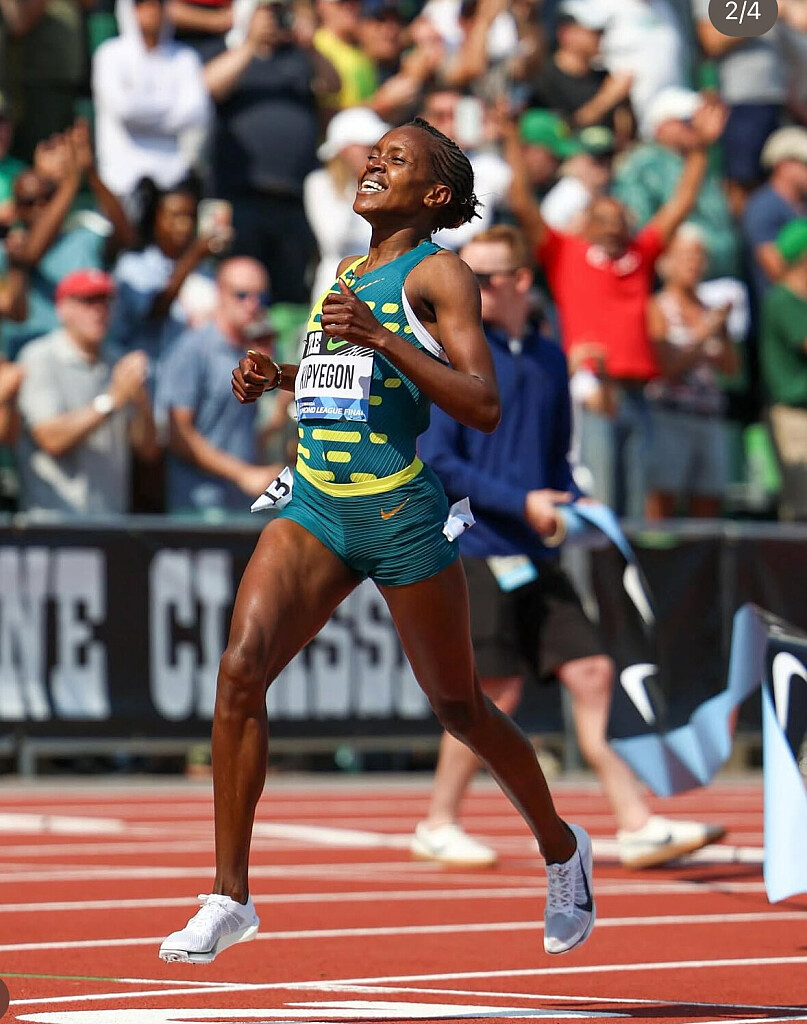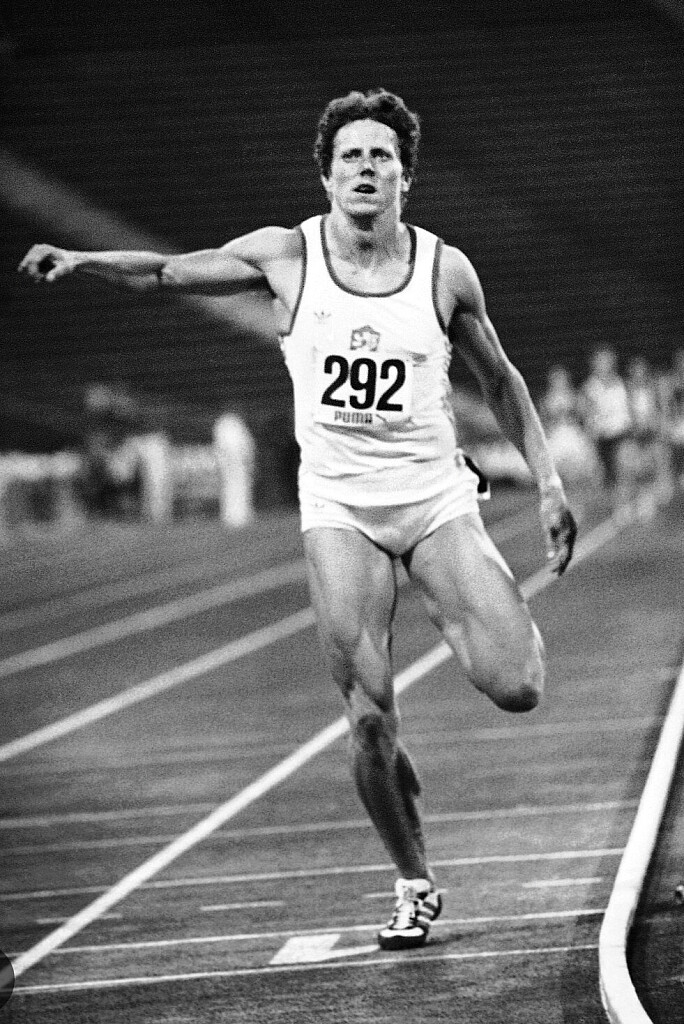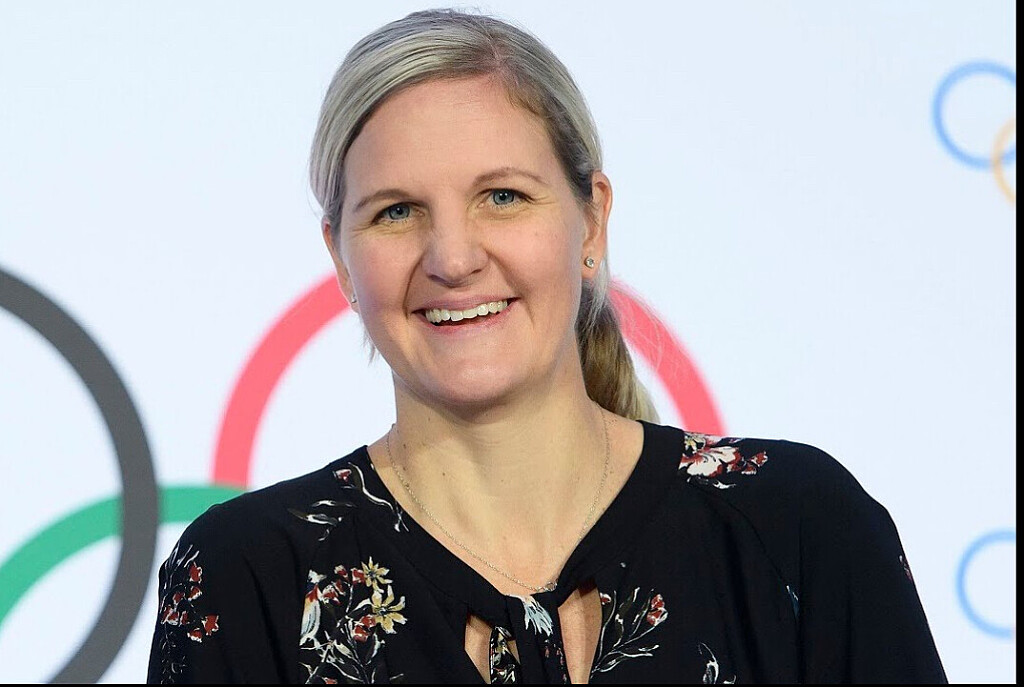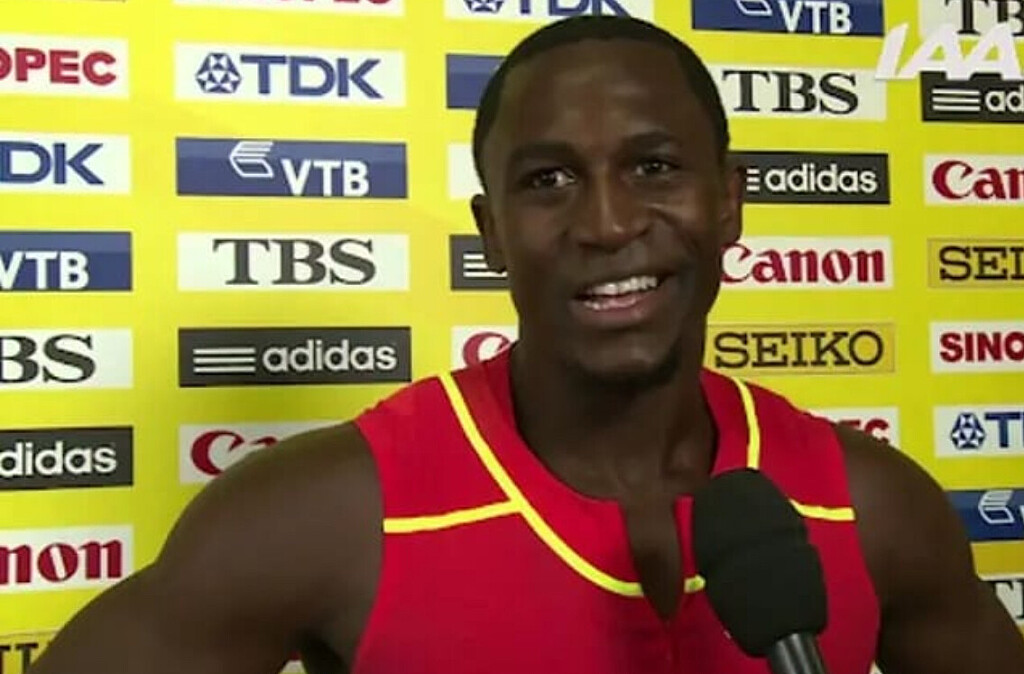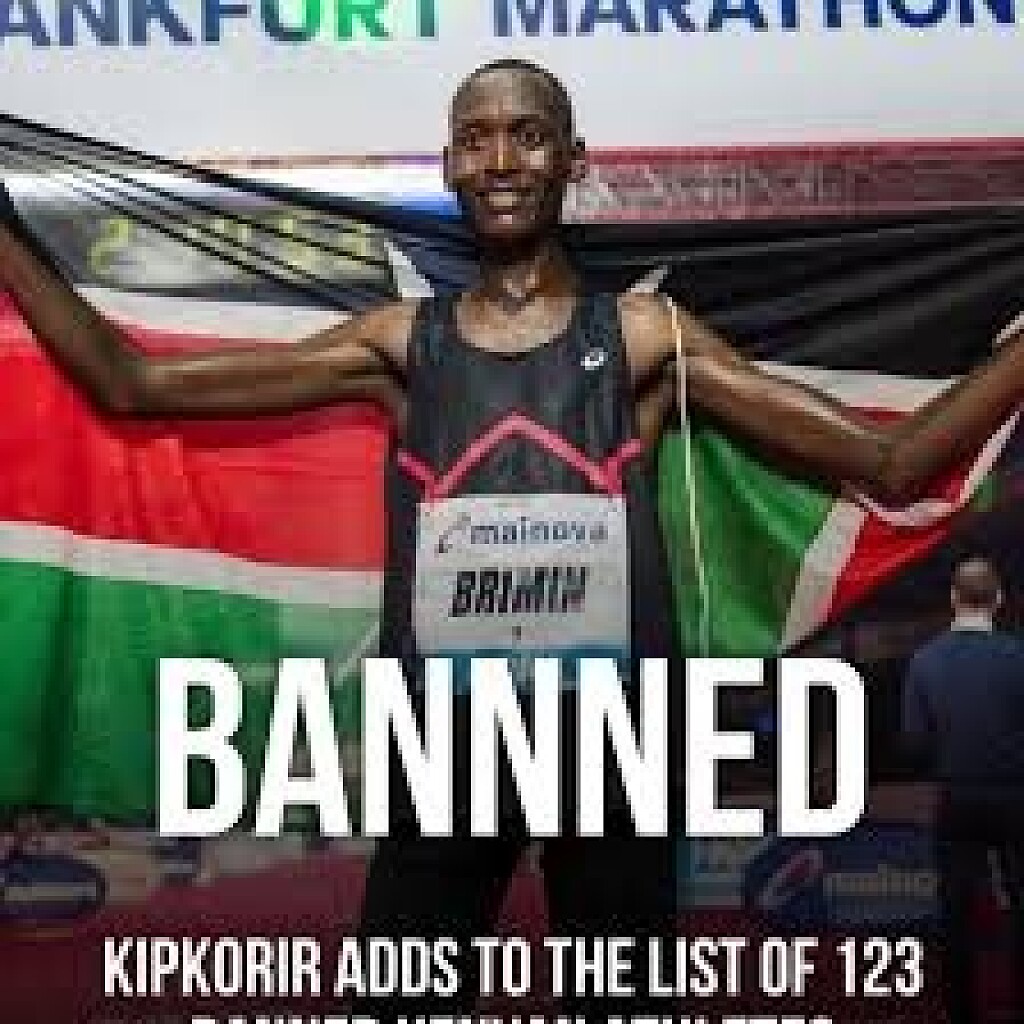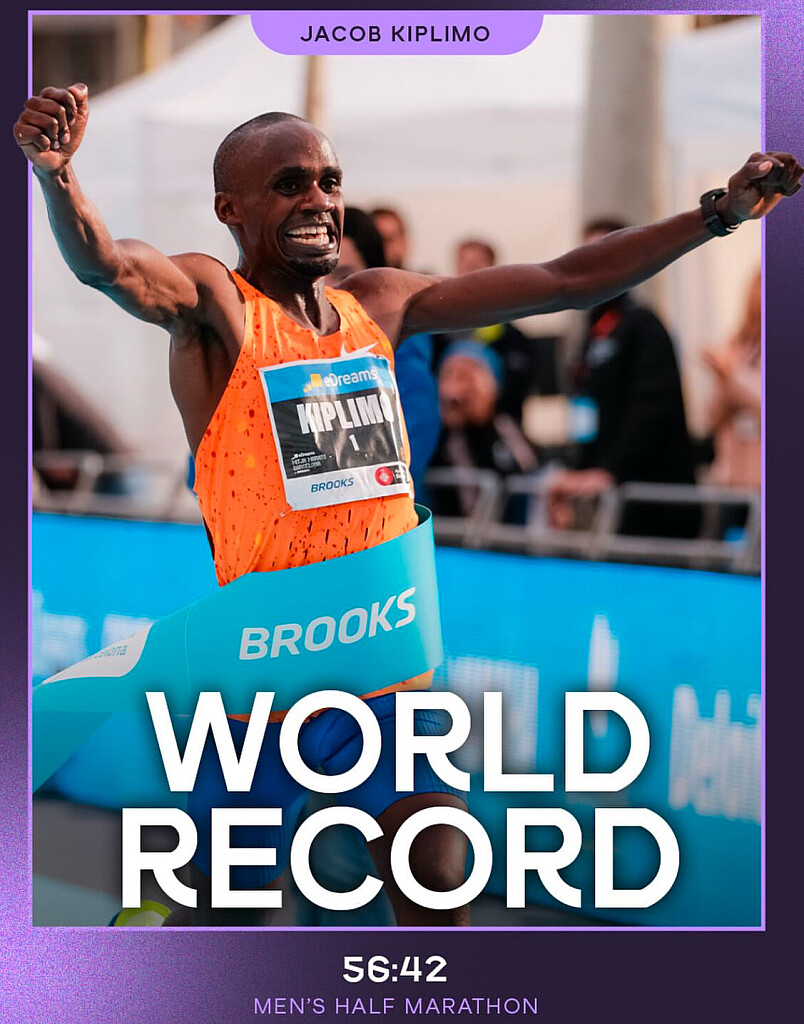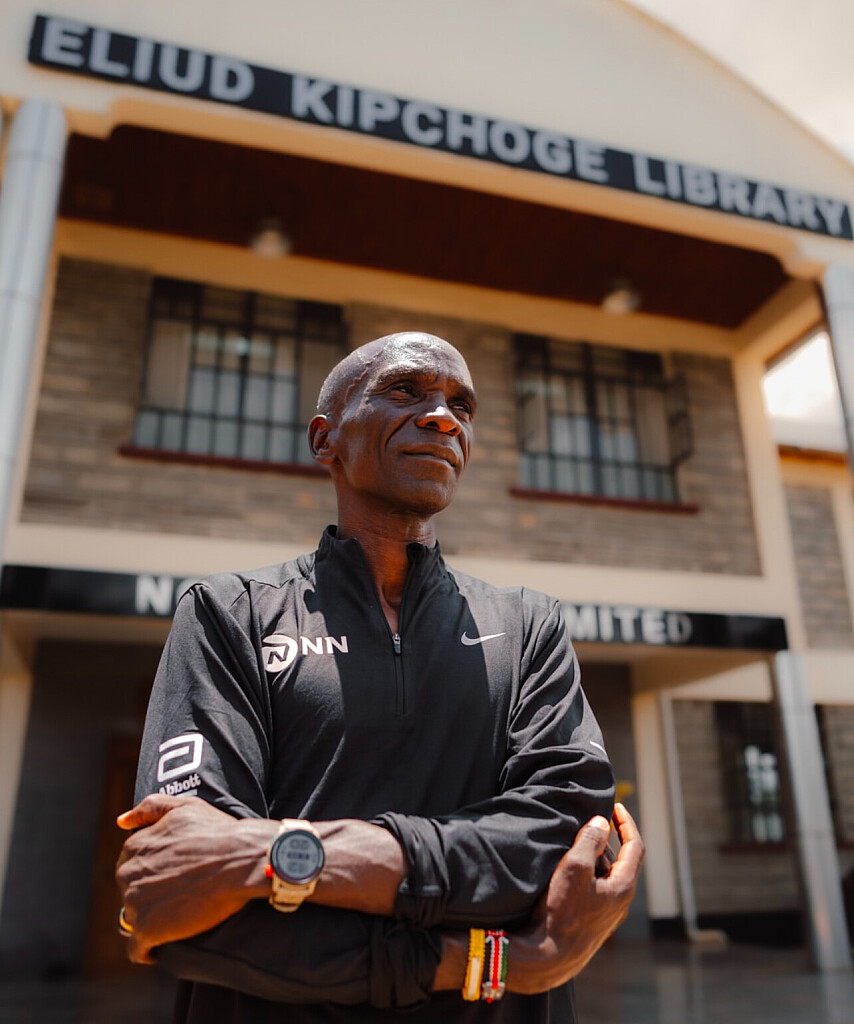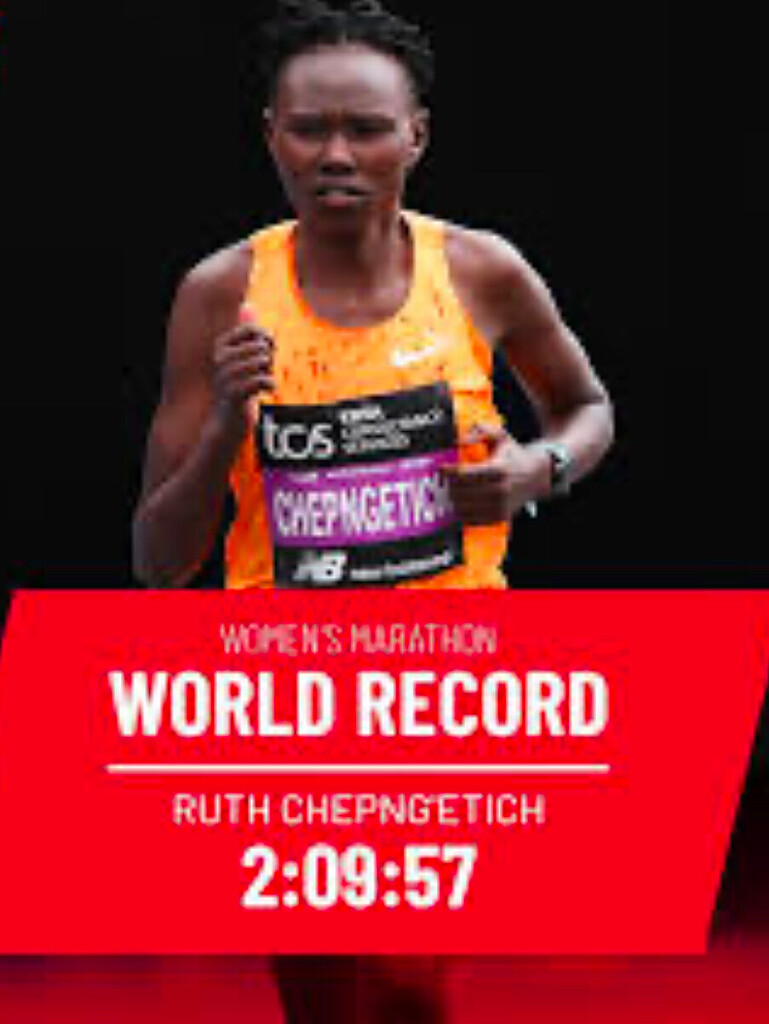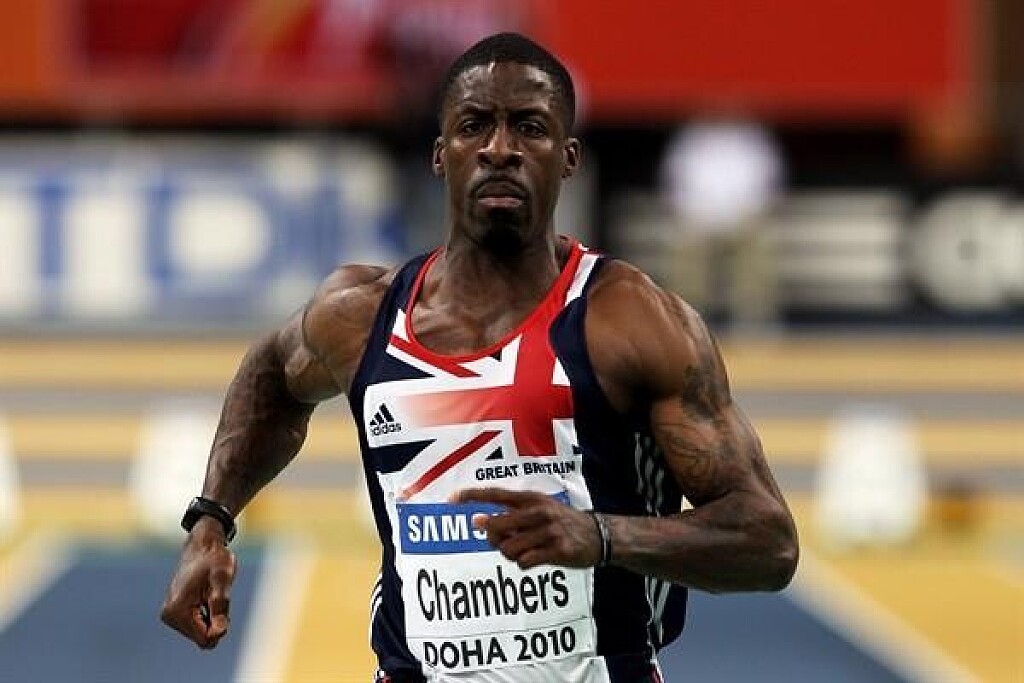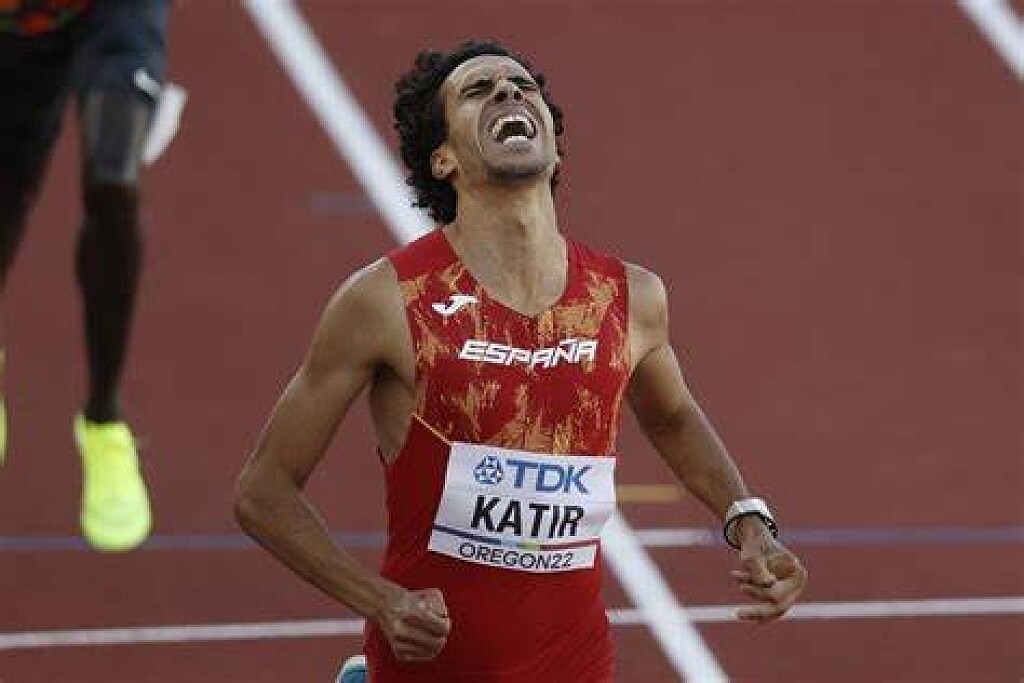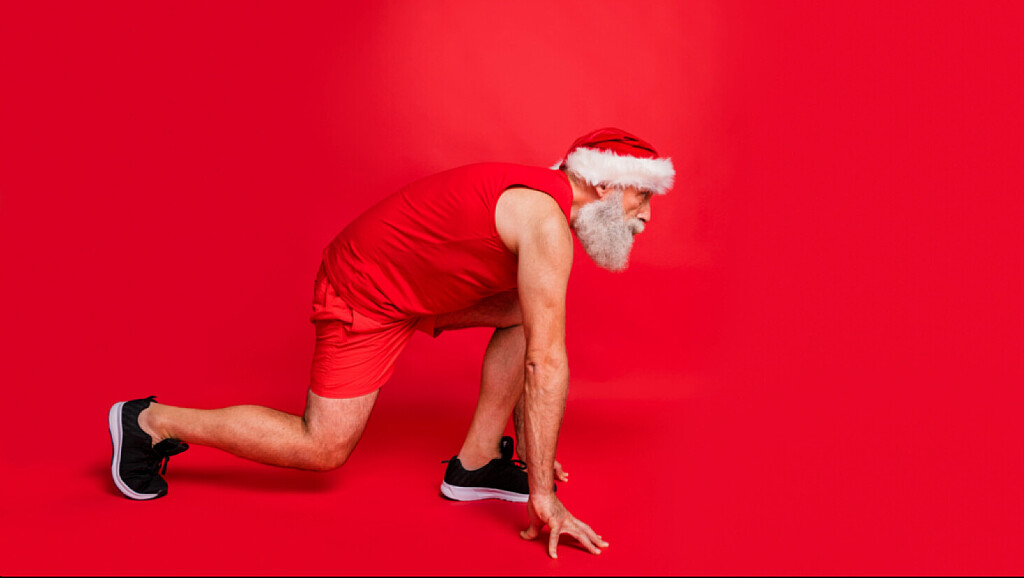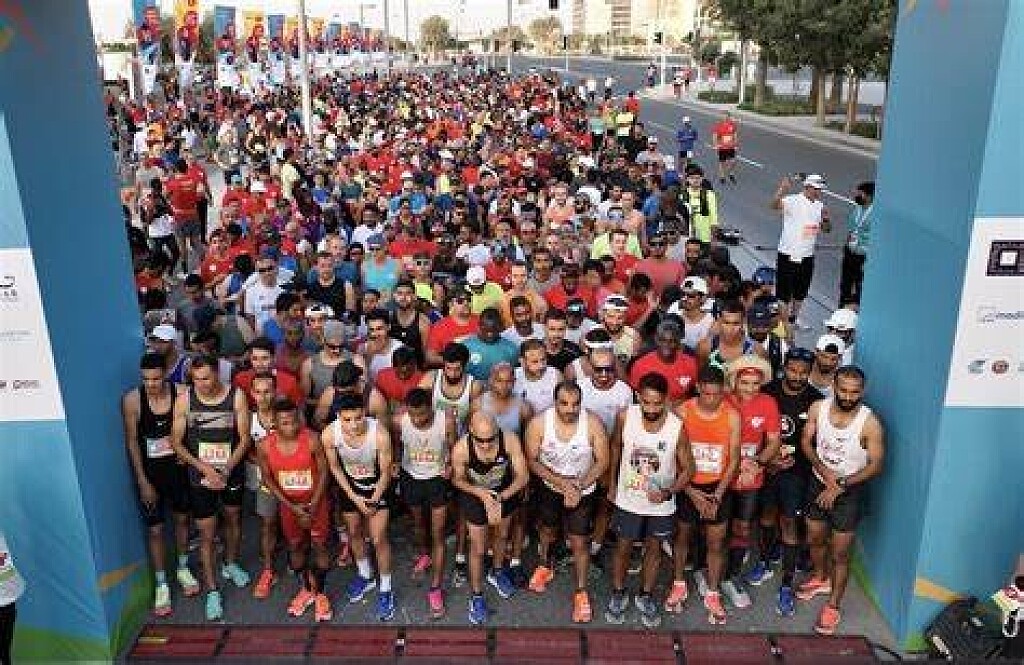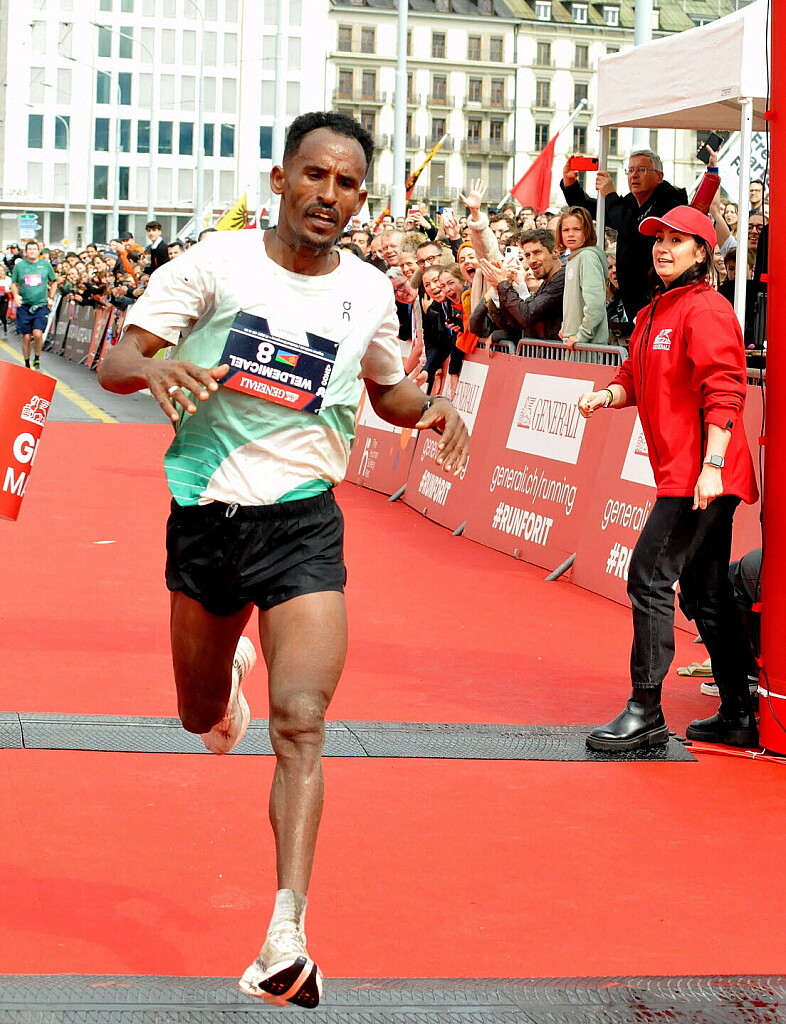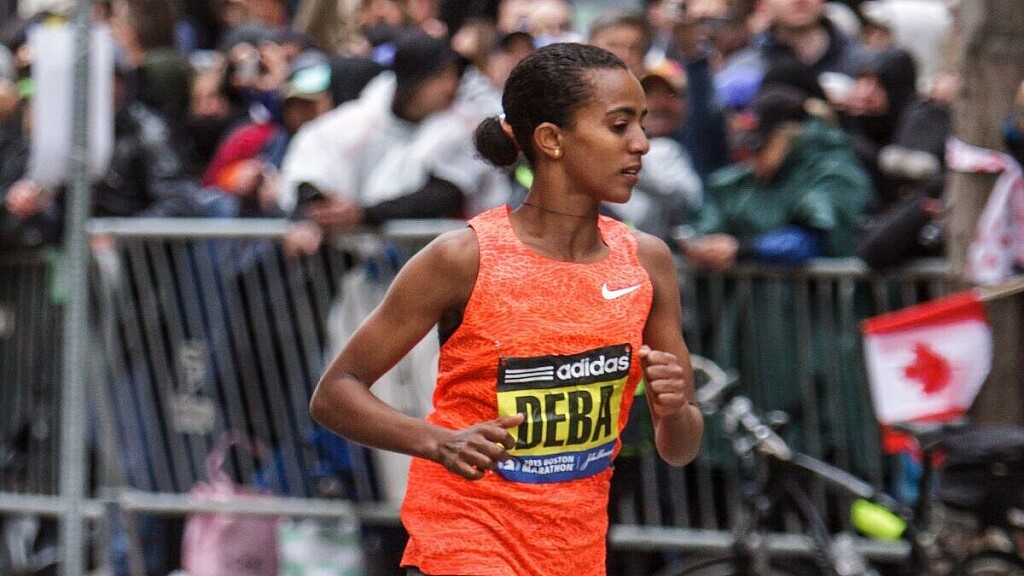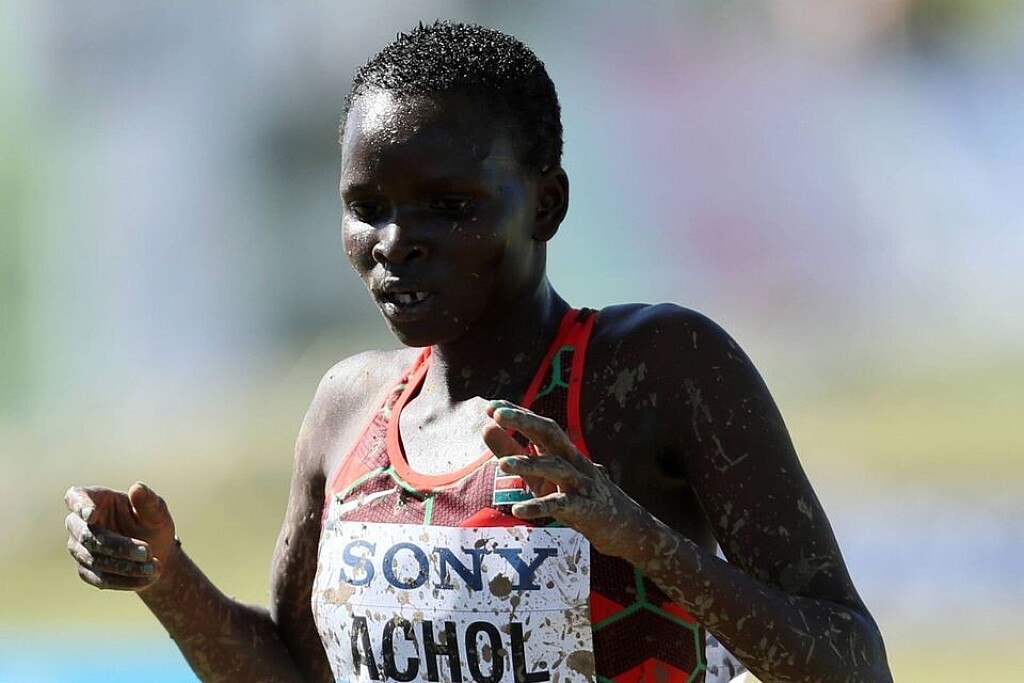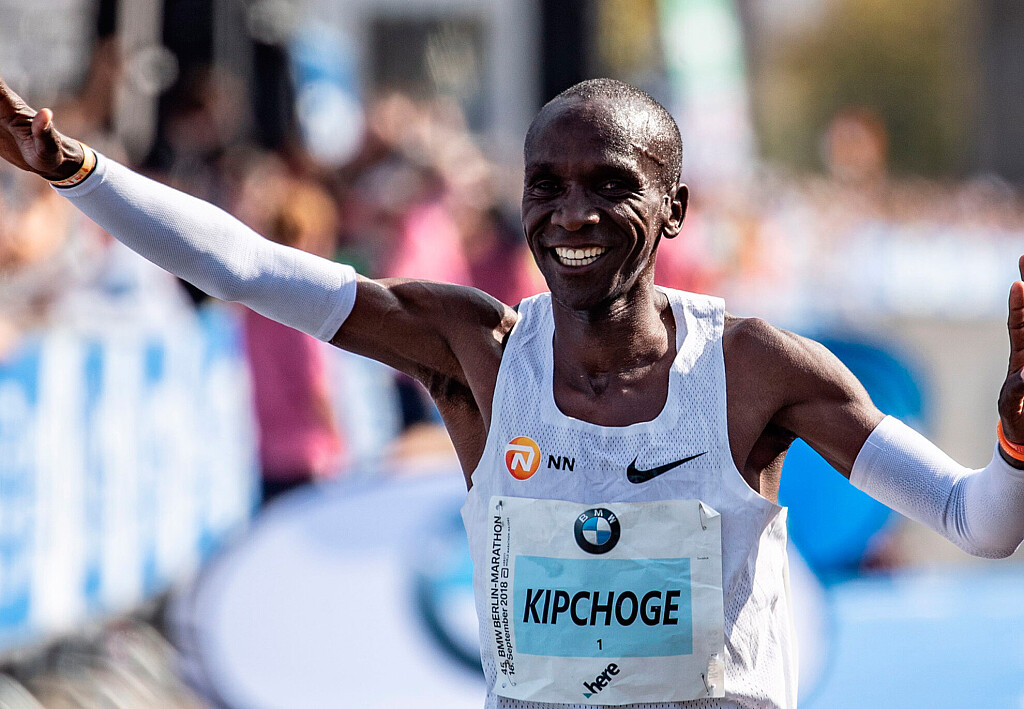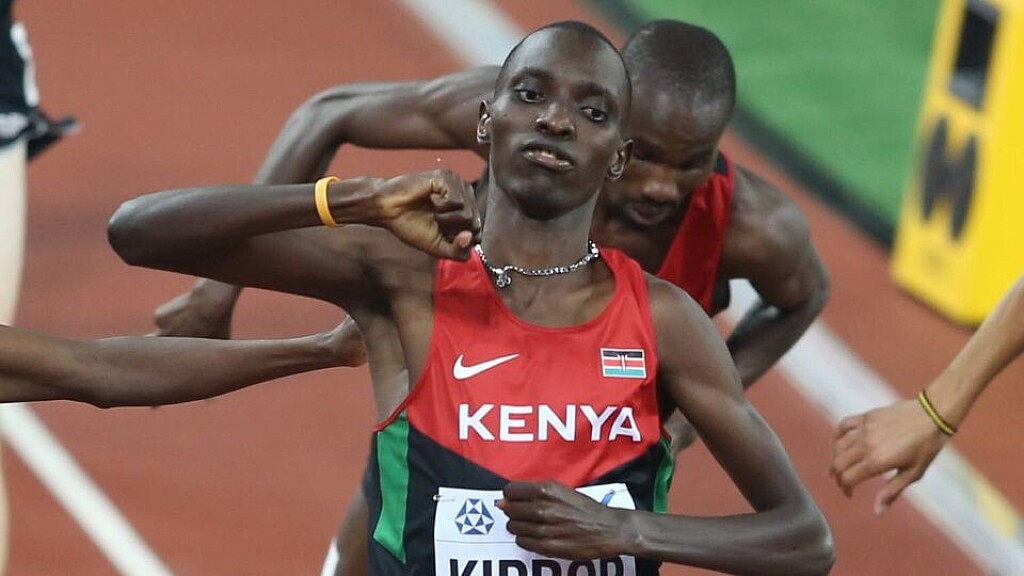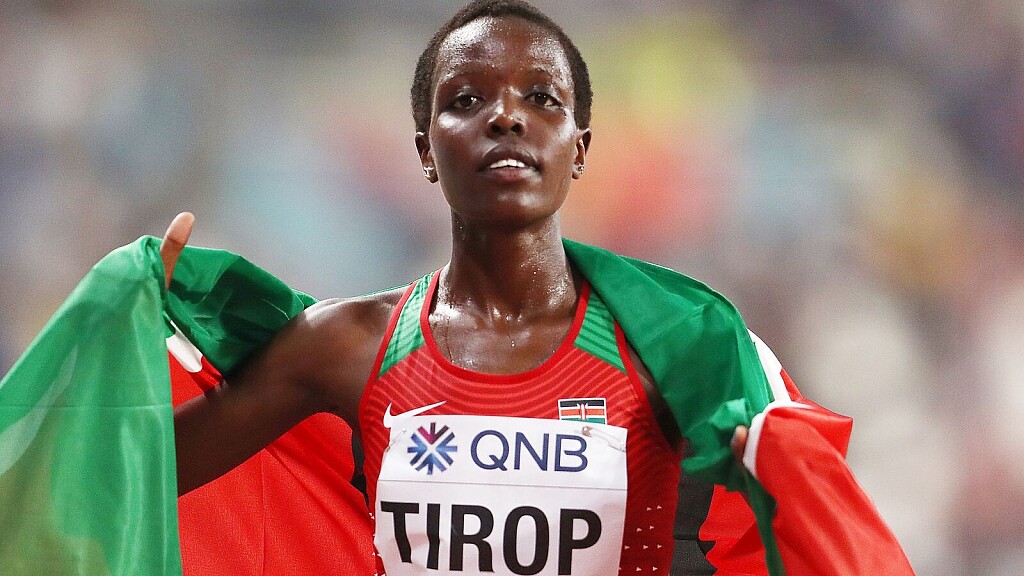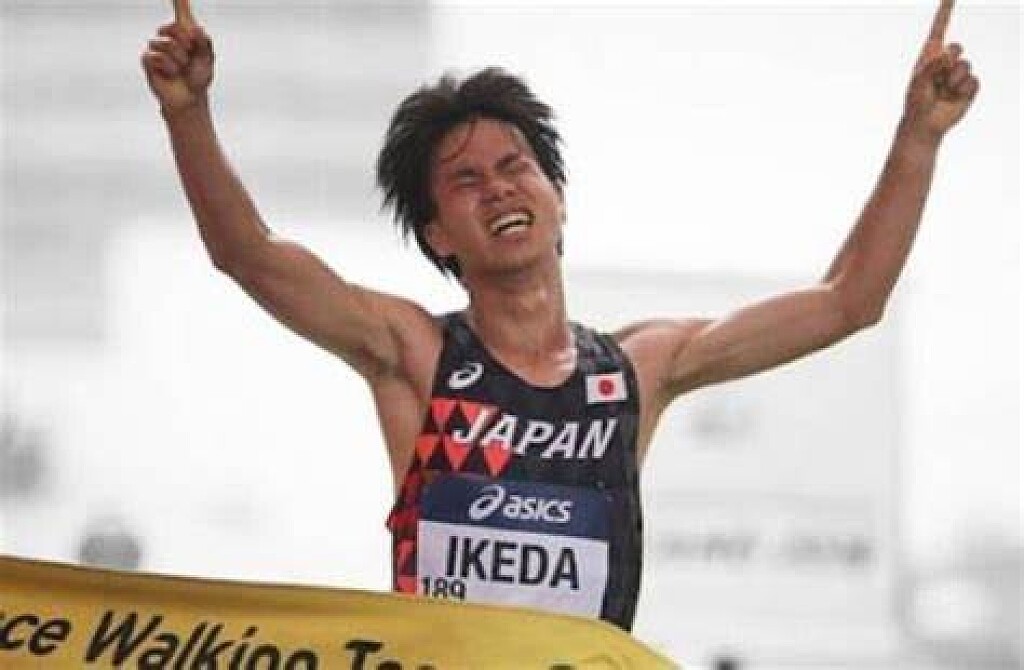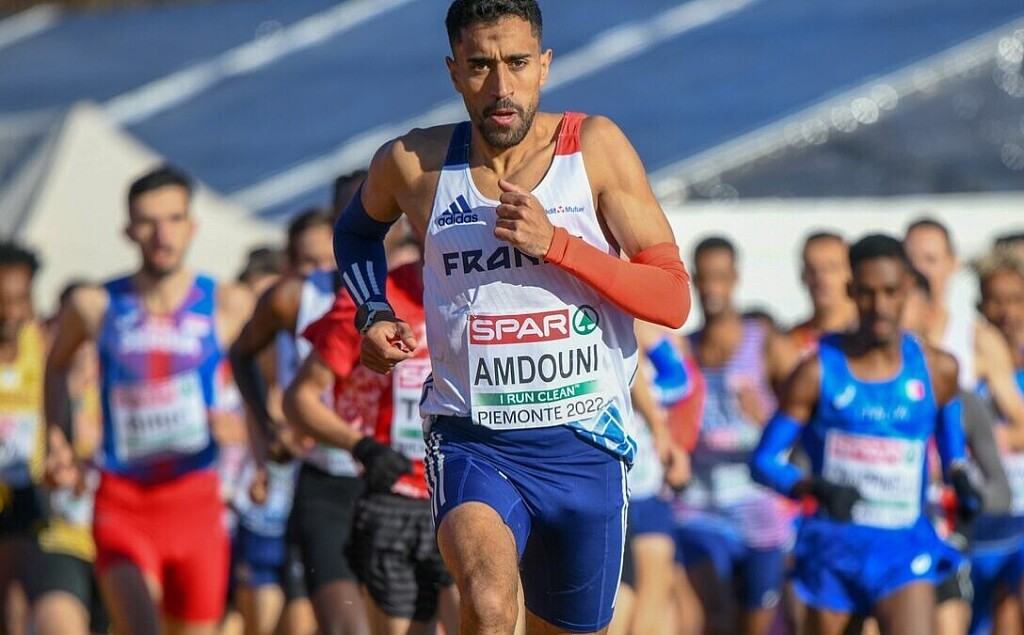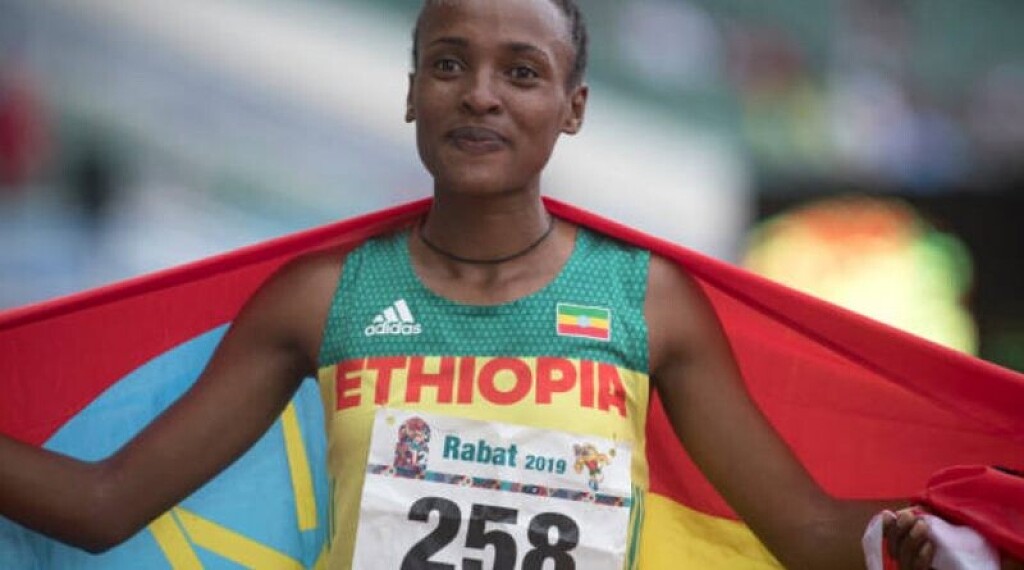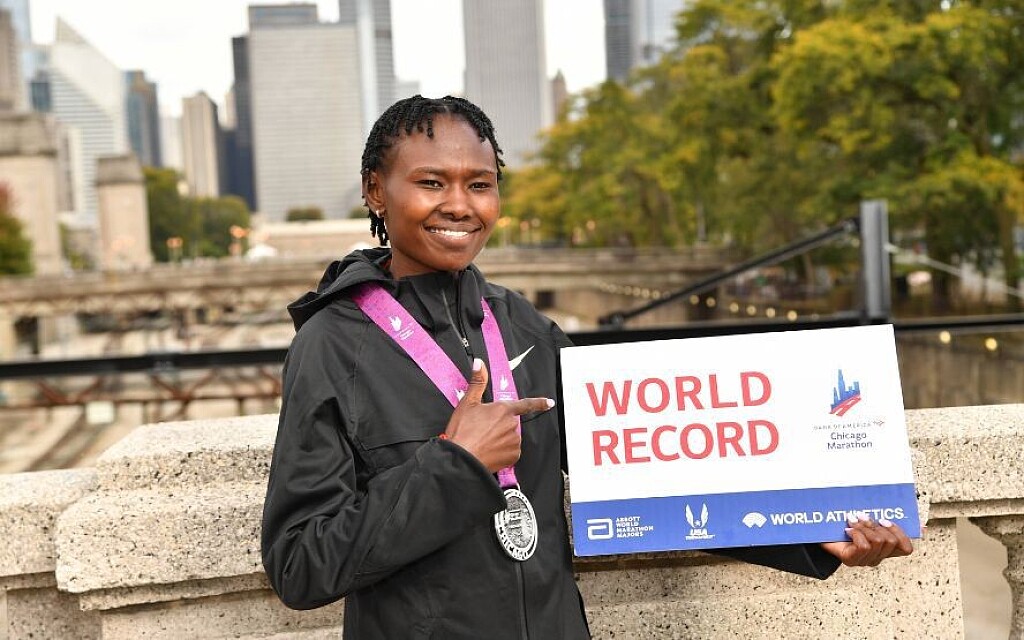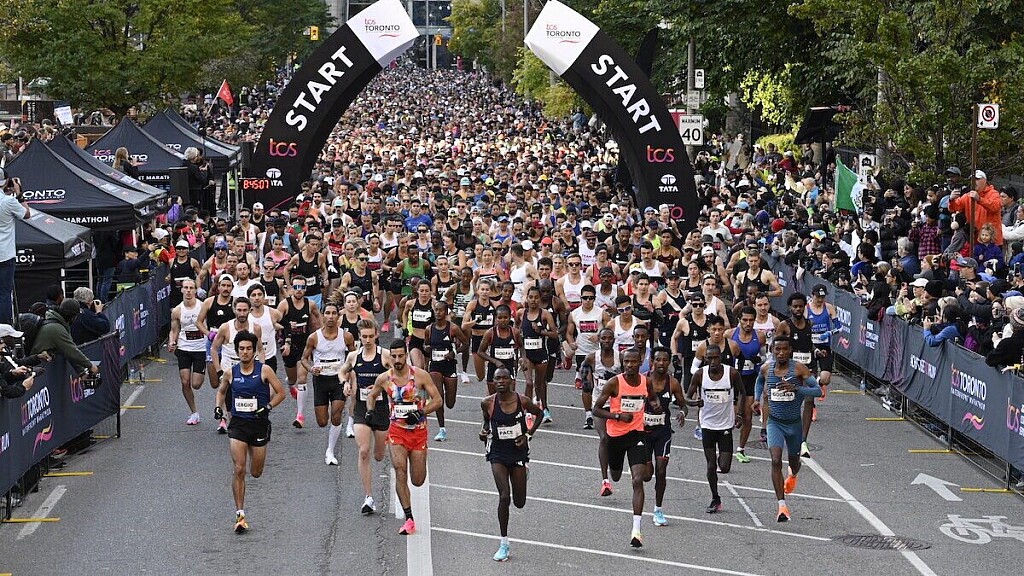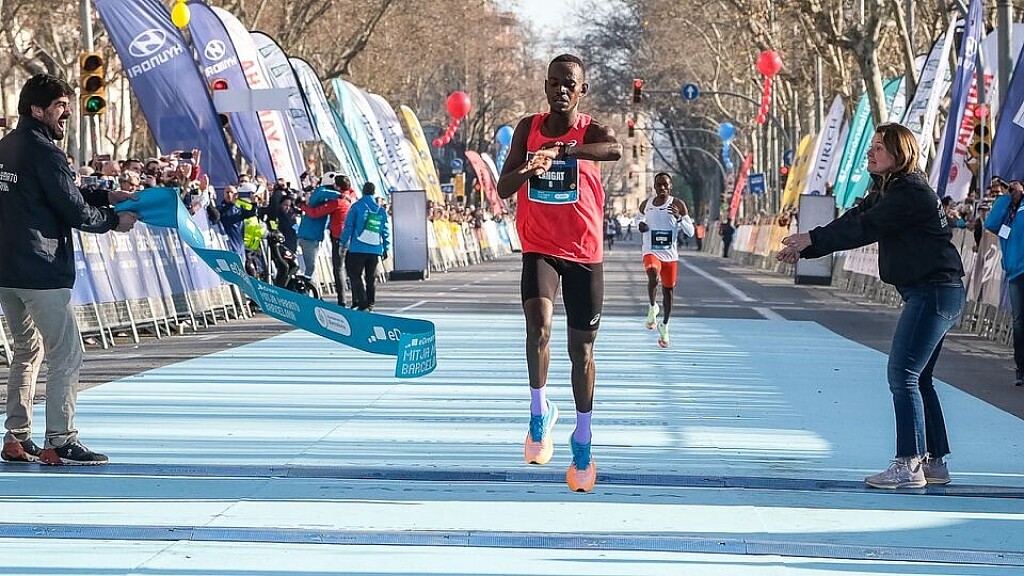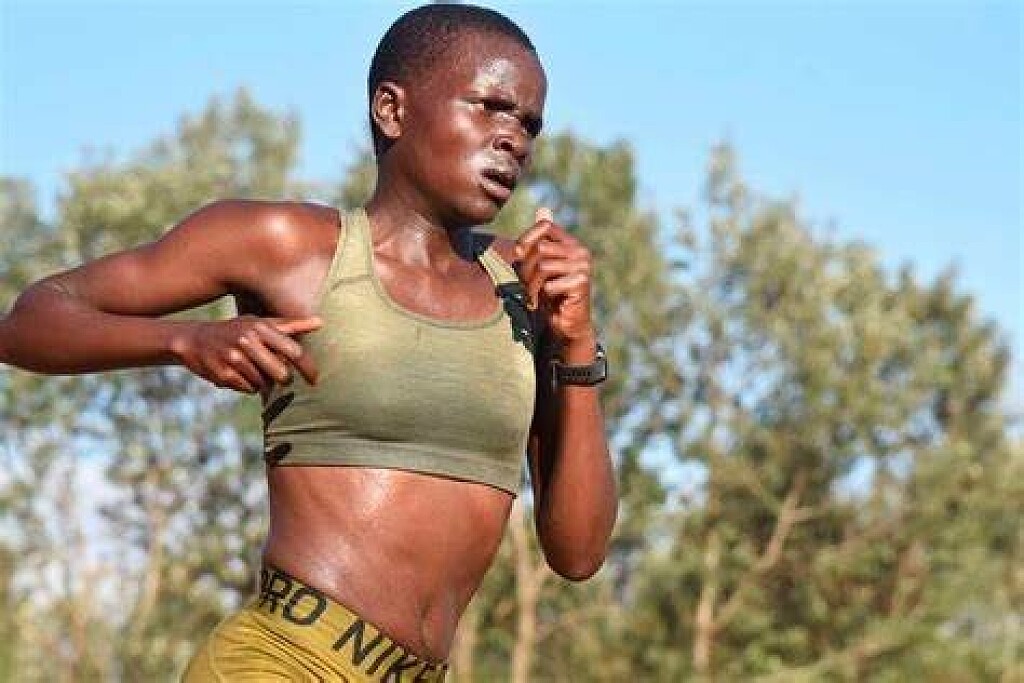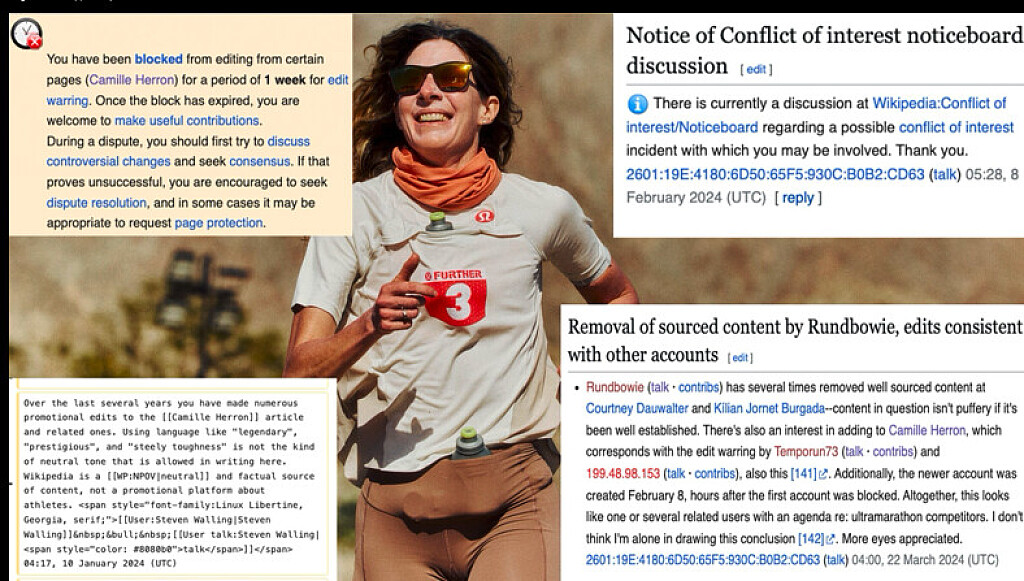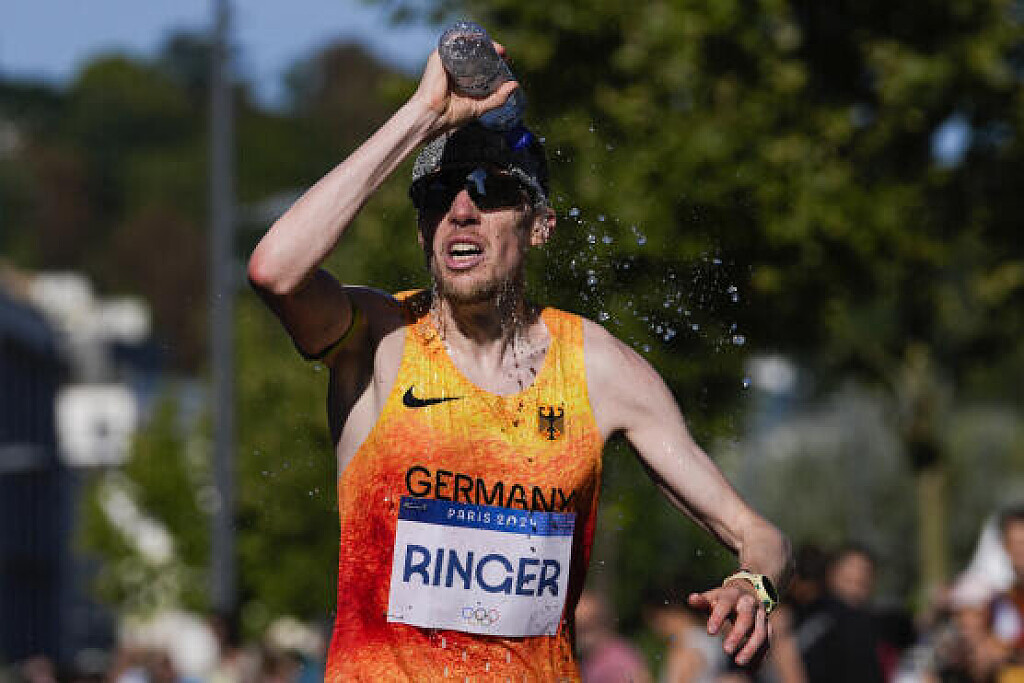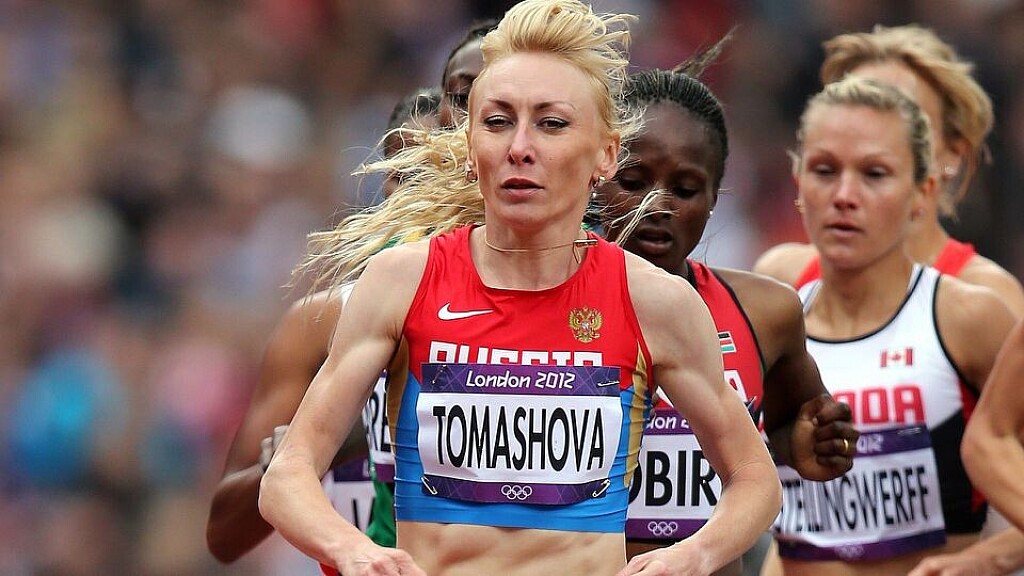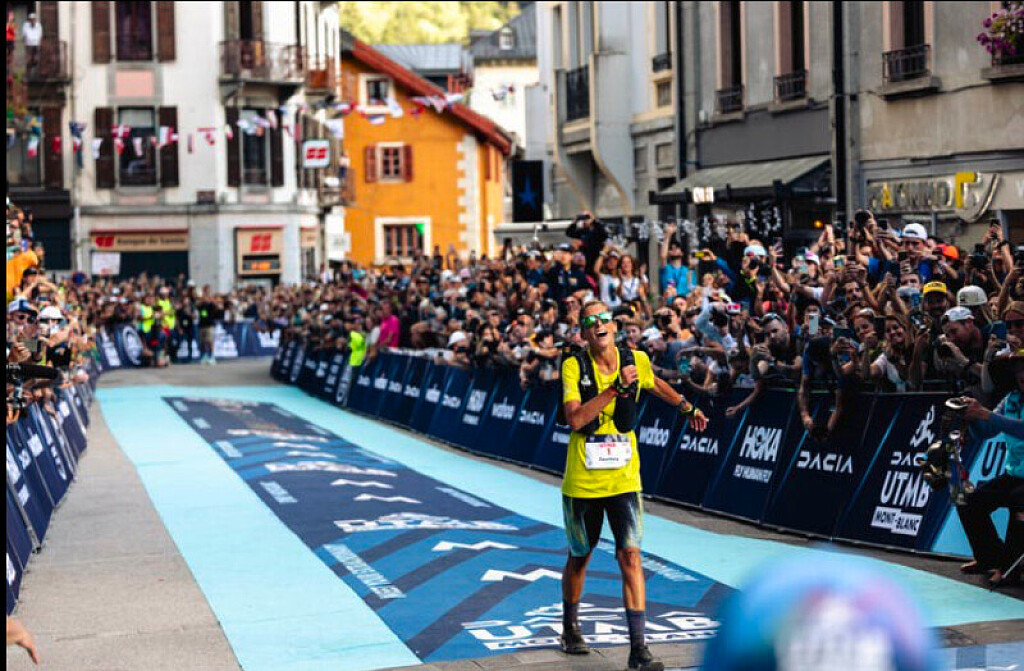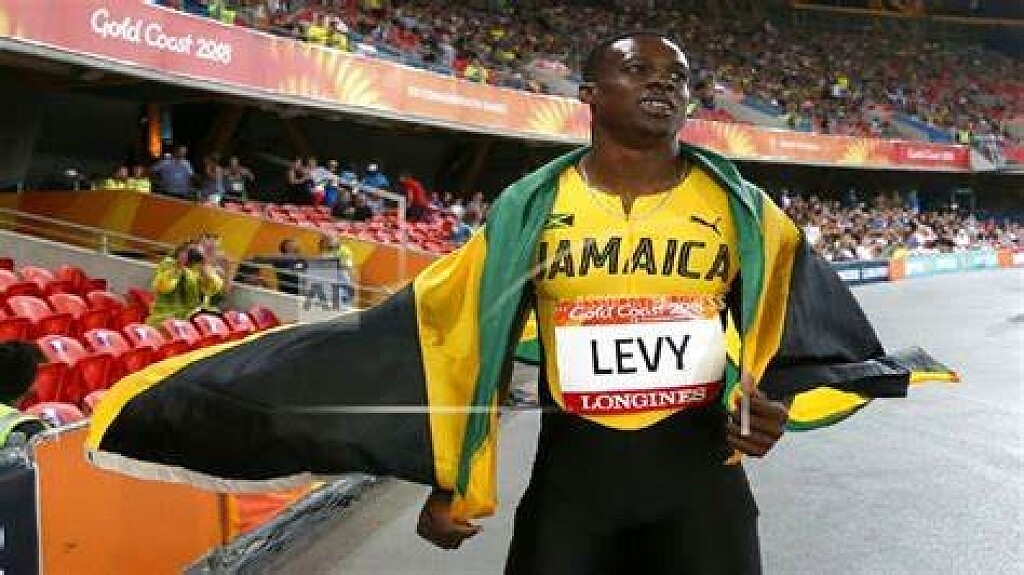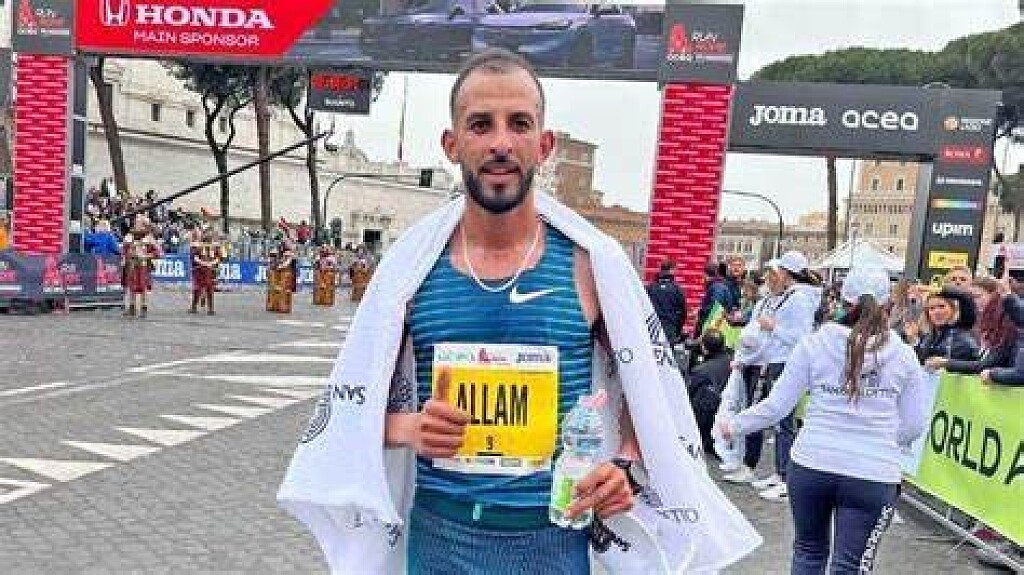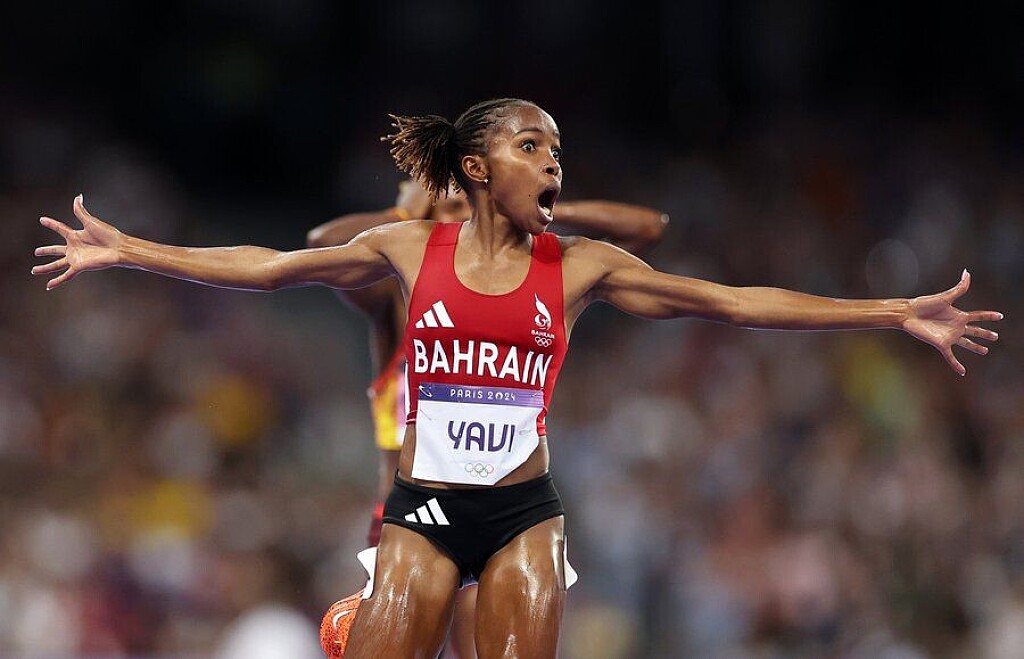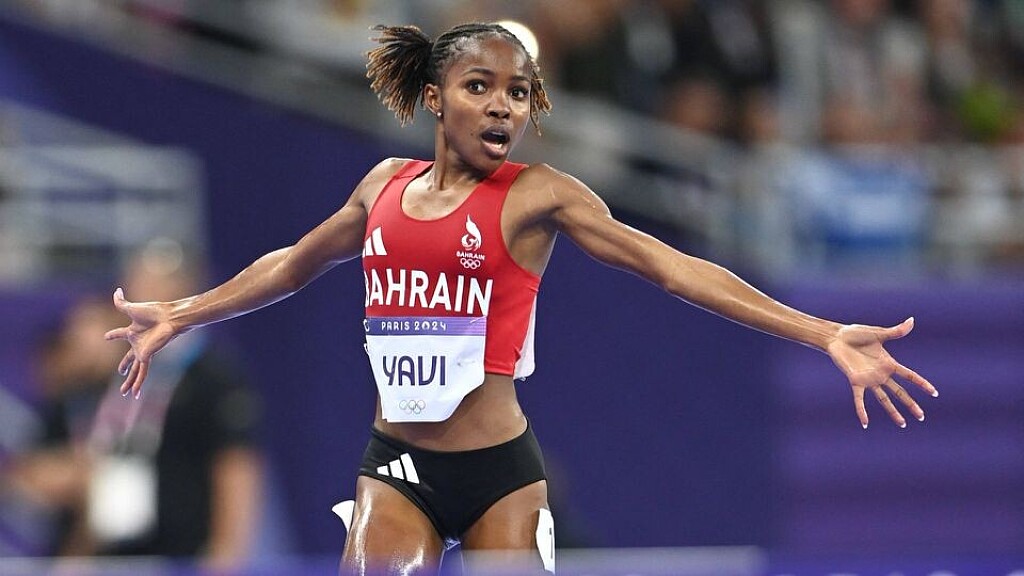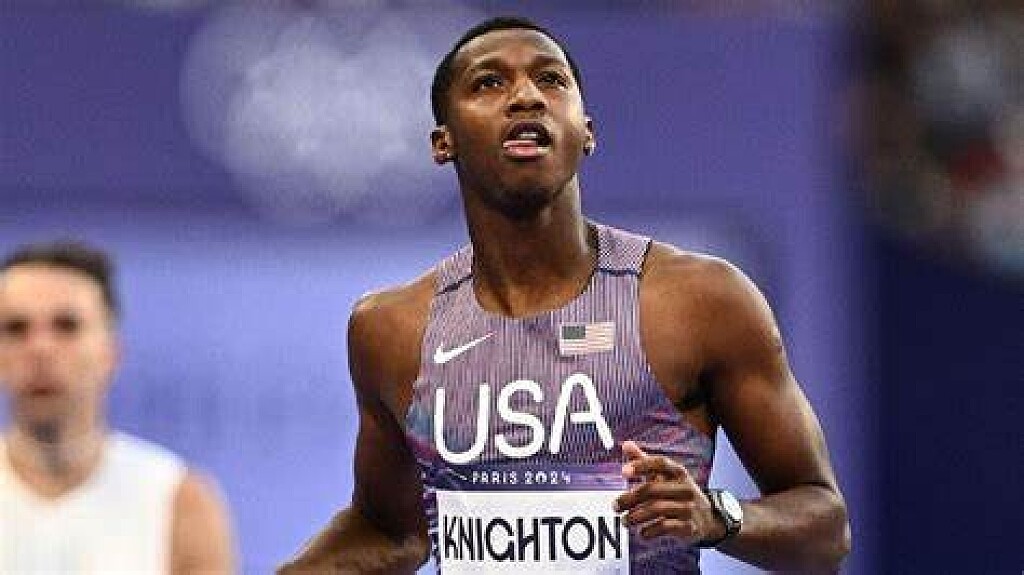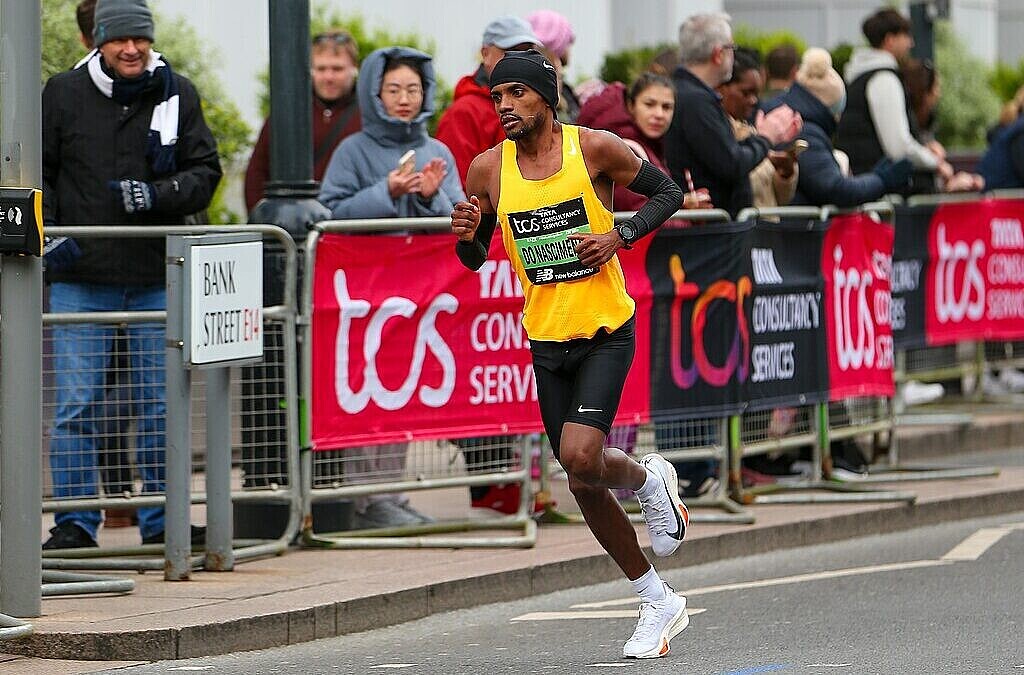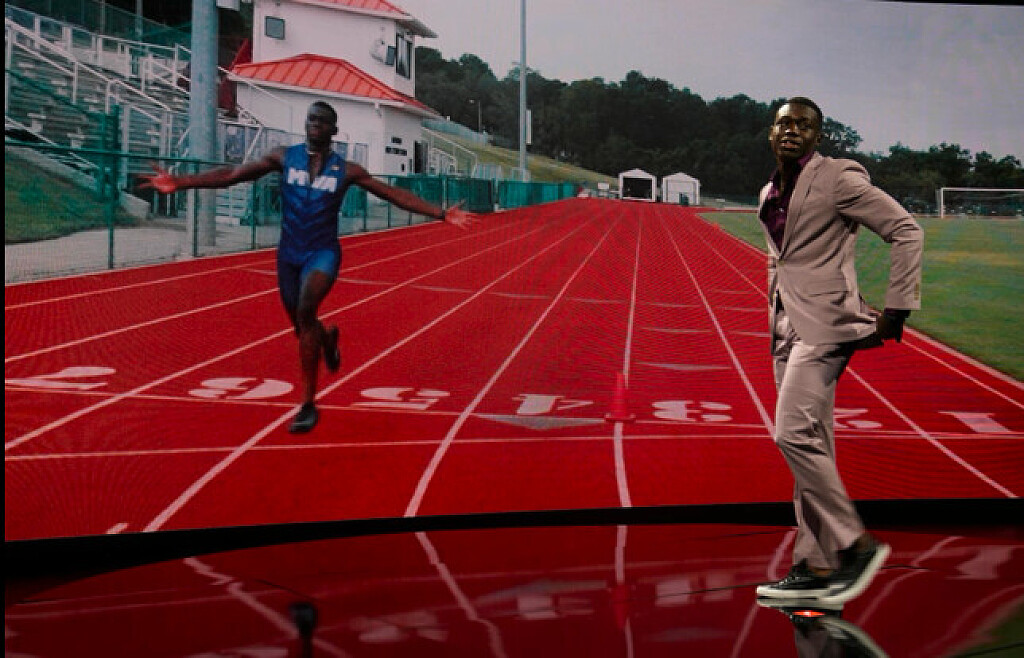Running News Daily
Running News Daily is edited by Bob Anderson. Send your news items to bob@mybestruns.com Advertising opportunities available. Train the Kenyan Way at KATA Kenya and Portugal owned and operated by Bob Anderson. Be sure to catch our movie A Long Run the movie KATA Running Camps and KATA Potato Farms - 31 now open in Kenya! https://kata.ke/
Index to Daily Posts · Sign Up For Updates · Run The World Feed
Articles tagged #doping
Today's Running News
From Charcoal Seller to Champion Coach: The Remarkable Journey of Philemon Kiptoo in Kapcherop
In the cool highlands of Kapcherop, where morning mist drapes over rolling potato farms and runners trace winding red-dirt trails, coach Philemon Kiptoo is living out a dream that once seemed far beyond his reach.
The son of a humble family of nine, Philemon’s rise from selling charcoal barefoot to mentoring Kenya’s next generation of marathon stars is a story of resilience, faith, and the transformative power of community.

A New Chapter with KATA
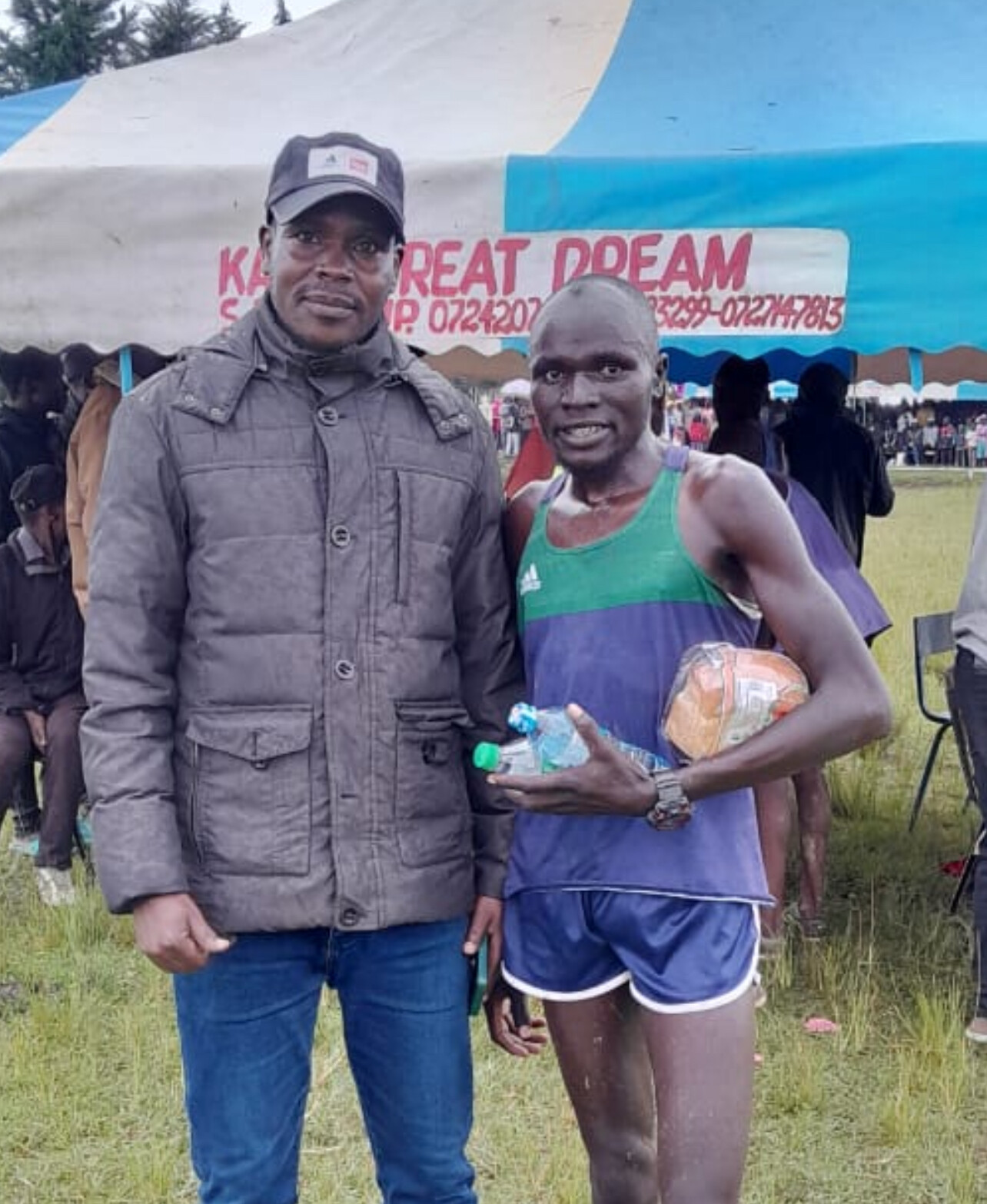
Philemon’s turning point came when he joined the KATA network — an initiative founded by U.S.-based running pioneer Bob Anderson to empower grassroots runners and coaches through mentorship, clean sport advocacy, and sustainable income projects.
At his Kapcherop Training Camp, KATA’s support extends beyond athletics. Through the organization’s integrated potato farming program, athletes earn a steady income that helps cover food, accommodation, and basic gear.
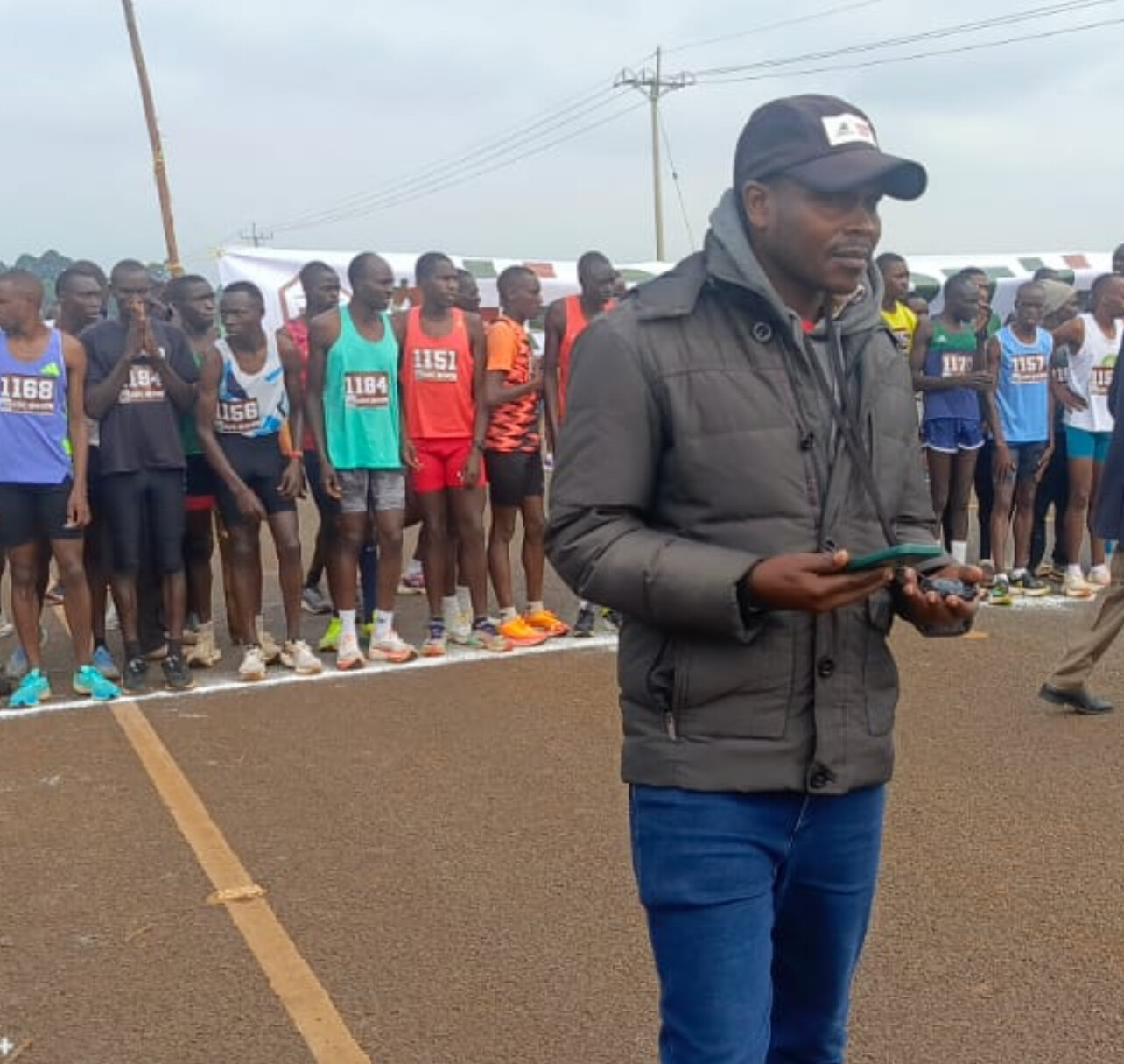
“The support from KATA has made a big difference,” Philemon says with quiet pride. “Most of my athletes come from humble backgrounds like mine. With potato farming and basic support, we can now train without worrying about what to eat or where to stay.”
That stability has begun to pay off. At the Standard Chartered Nairobi Marathon on October 26, his athletes delivered impressive performances: Donald Kimaru finished 4th in the men’s marathon; Dancan Kemei and Dennis Kosgei placed 18th and 21st in the men’s half marathon; Beatrice Rutto finished 11th in the women’s marathon; and in the men’s 10K, Leonard Pkorir and Enoch Tanui placed 3rd and 5th respectively, with Evans Kemboi 16th. Donald also on September 20th placed second at the Double Road Race 15k just 17 seconds behind the winner Edwin Soi in the two leg race. The sixth best time ever.
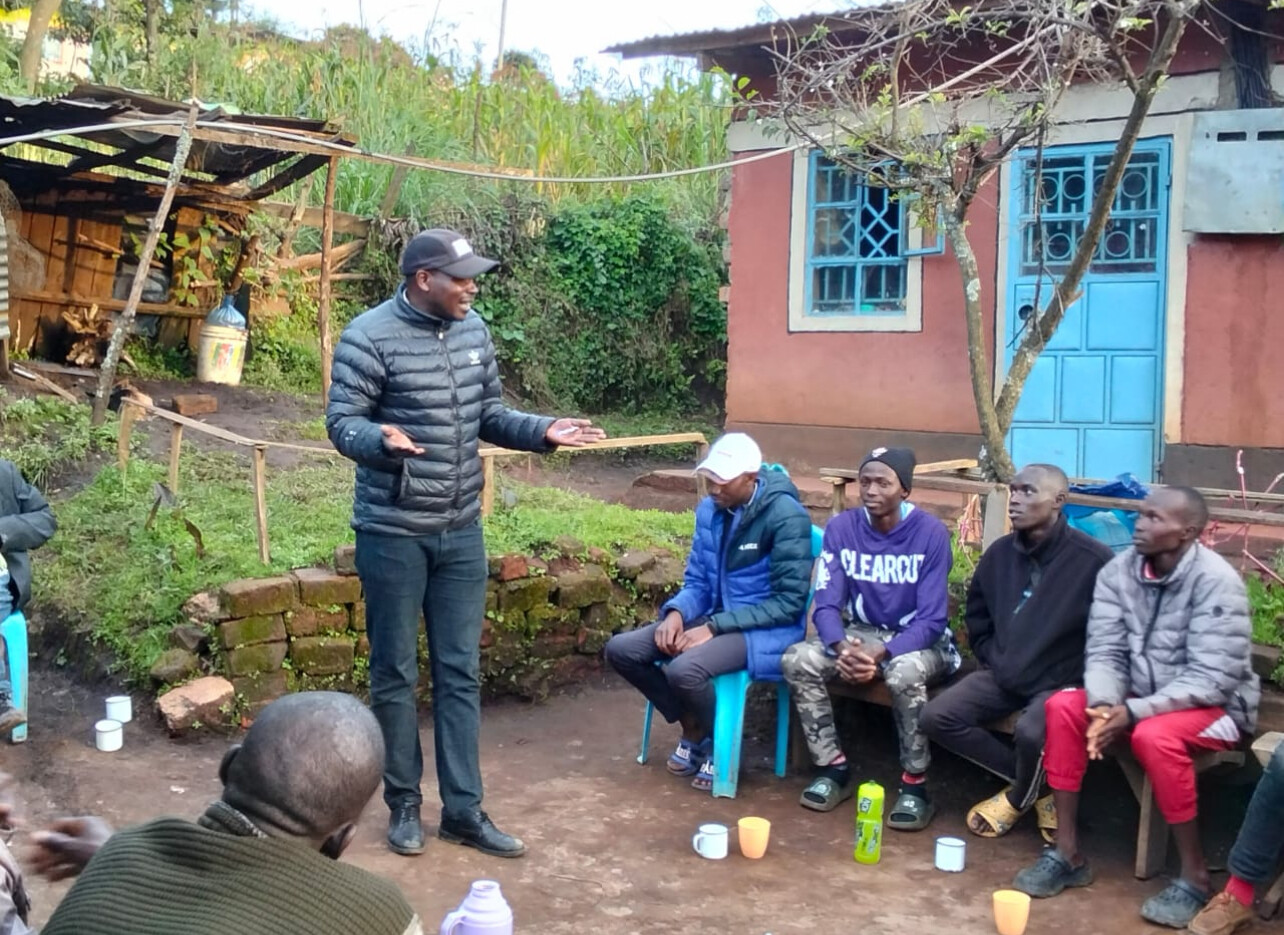
“Each of these athletes represents hope,” Philemon reflects. “With clean training and support, young people from small villages can stand tall on the national stage.”
Humble Beginnings

Born in Sing’ore, near the slopes of Elgeyo Marakwet, Philemon’s path to athletics was shaped by hardship.
“I was the last born in a family of nine — three brothers and sisters,” he recalls. “I attended Kobil Primary near Sing’ore Girls and later Kimuron Secondary, but I couldn’t finish because of school fees.”

Returning home to Kapkanyar, he refused to give up.
“In 2007, I started training with no shoes,” he says. “I sold charcoal to buy my first pair of Asics for 700 shillings (about $6).”
Years of persistence paid off when he began racing in 2012, earning his first major result with a runner-up finish at the Kakamega Forest Half Marathon. That breakthrough fueled his dream — not just to compete, but to guide others.
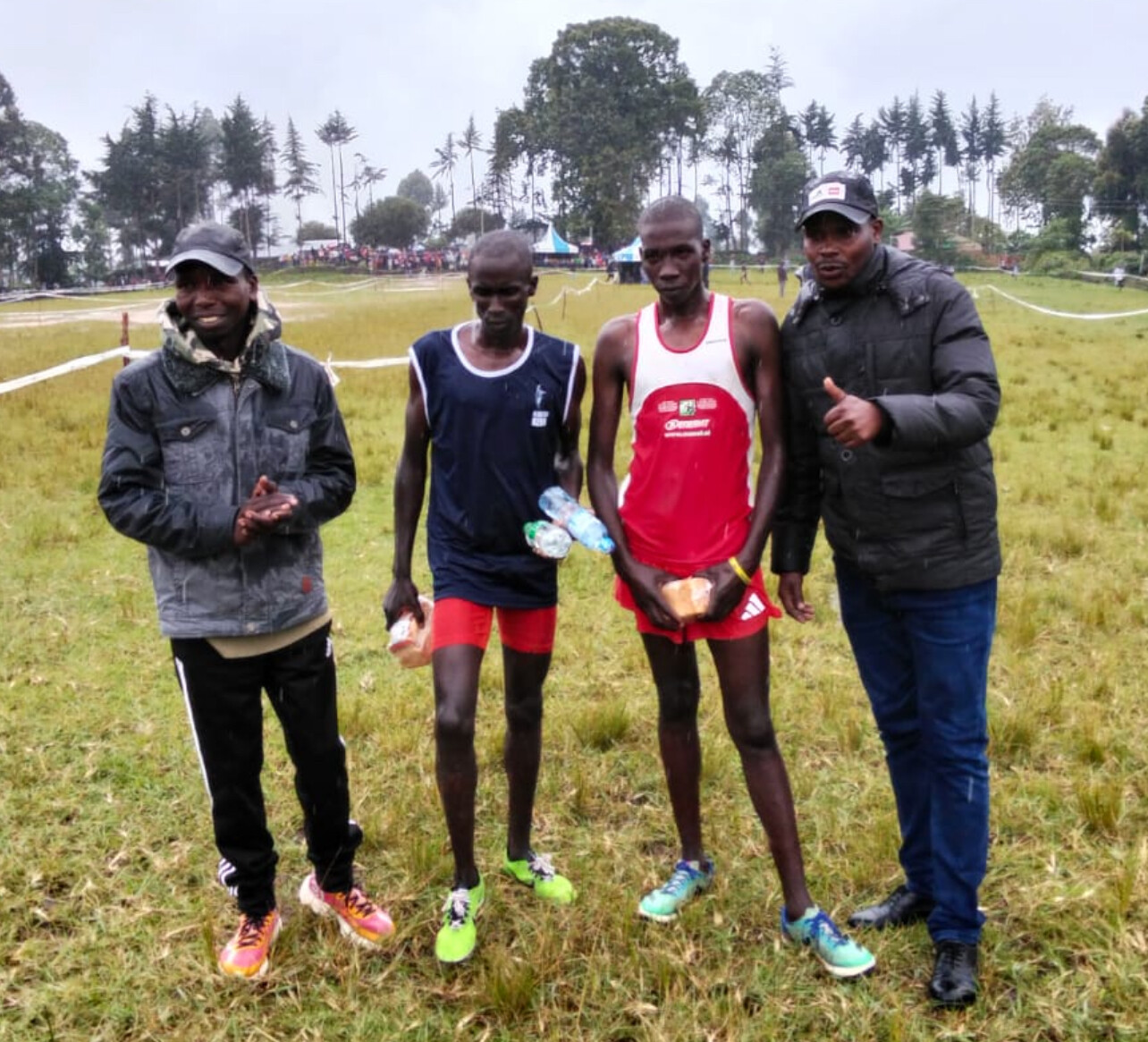
Building Champions
“I started with a few athletes,” Philemon says. “I rented them a small house and bought food — not because I had much, but because I knew what it felt like to need a chance.”
Today, he stands alongside a remarkable family of mentors: four brothers, all coaches.
• Eric Kimaiyo leads the Kapsait Training Camp.
• Andurson Chirchir coaches in Kaptagat.
• Kimutai runs training at Srowback.
• And Philemon oversees the Kapcherop Camp — a thriving hub for emerging distance runners.
Integrity and Clean Sport
What makes Philemon’s story powerful isn’t only perseverance — it’s integrity. A vocal advocate of clean sport, he embodies KATA’s core philosophy.
“We must speak the truth and say no to doping,” he insists. “If you train clean and stay patient, you’ll win with pride. There are no shortcuts to greatness.”
KATA’s influence has reinforced those values, fostering a culture of honesty and teamwork across its growing network.
“Bob Anderson’s support hasn’t just sustained our camp,” Philemon adds. “It has helped shape a generation built on discipline and hard work. We are building athletes who can inspire others.”
A Legacy of Hope
To his athletes, Philemon is more than a coach — he’s a father figure.
“He treats us like family,” says Leonard Pkorir, who won bronze in the Nairobi 10K. “He believes in our dreams even when we doubt ourselves.”
Looking ahead, Philemon’s goal remains simple yet profound: to use running as a bridge to a better life.
“My happiness will be to see my athletes doing great things, helping others, and carrying forward the spirit of running clean,” he says. “That will be my legacy.”
As evening fog rolls across the Kapcherop hills and the rhythmic thud of training shoes fades into the distance, Philemon Kiptoo’s story stands as a reminder that greatness can indeed grow from the humblest soil — when it is nurtured with purpose, honesty, and heart.
by Robert Kibet
Login to leave a comment
Will Her Marathon Record Still Stand? And should it?
It’s been almost five years since Ruth Chepngetich survived the carnage on Doha’s Corniche to win the 2019 World Marathon title in suffocating heat. But her story has now taken a dramatic turn. In July 2025, Chepngetich was provisionally suspended by the Athletics Integrity Unit following a positive test from March 2025. That case reached its conclusion on October 23, 2025, when she was officially banned for three years. Despite the ruling, World Athletics has not yet nullified her 2:09:56 world record from Chicago, leaving the running world in a state of uneasy debate — can a mark achieved by an athlete later found guilty of doping still stand as the pinnacle of the sport?
The Record That Shocked the World
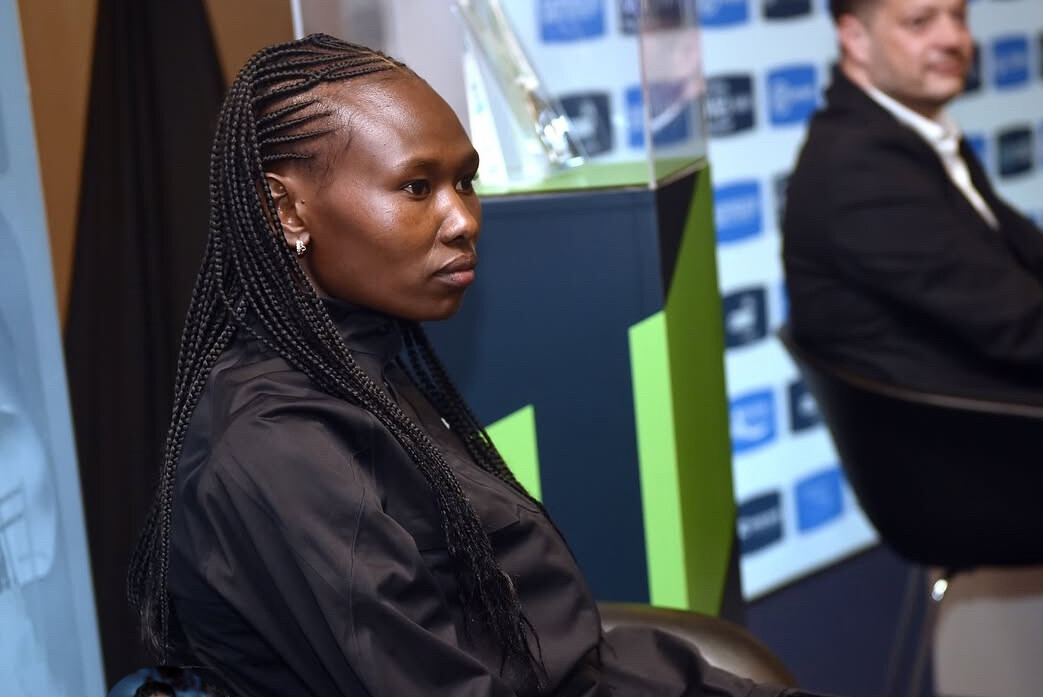
At Chicago 2024, Chepngetich didn’t just win — she obliterated the women’s marathon barrier. Clocking 2:09:56, she slashed nearly two minutes off the previous world record of 2:11:53, averaging roughly 4:57 per mile. Her first half of 1:04:16 hinted that she was chasing history, and she never faltered. The performance instantly became one of the most astonishing in distance-running history and redefined what many thought possible for women over 26.2 miles.
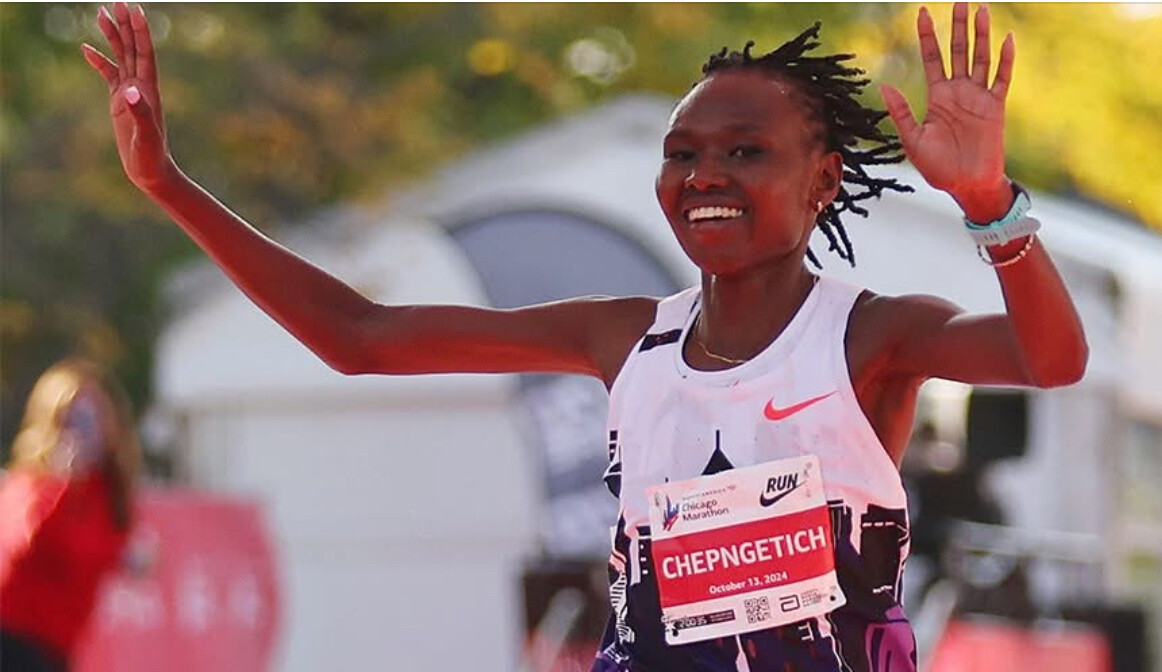
Talent, Technology, or Something Else?
In assessing whether this record will stand, several factors come into play — her undeniable talent, cutting-edge technology, and advances in fueling and pacing.

• Talent: Chepngetich’s pedigree is unquestioned — a world champion, multiple Chicago winner, and one of the most aggressive front-runners of her generation.
• Technology: Like nearly all modern elites, she raced in next-generation “super shoes” featuring carbon plates and advanced foams that improve running economy by several percent.
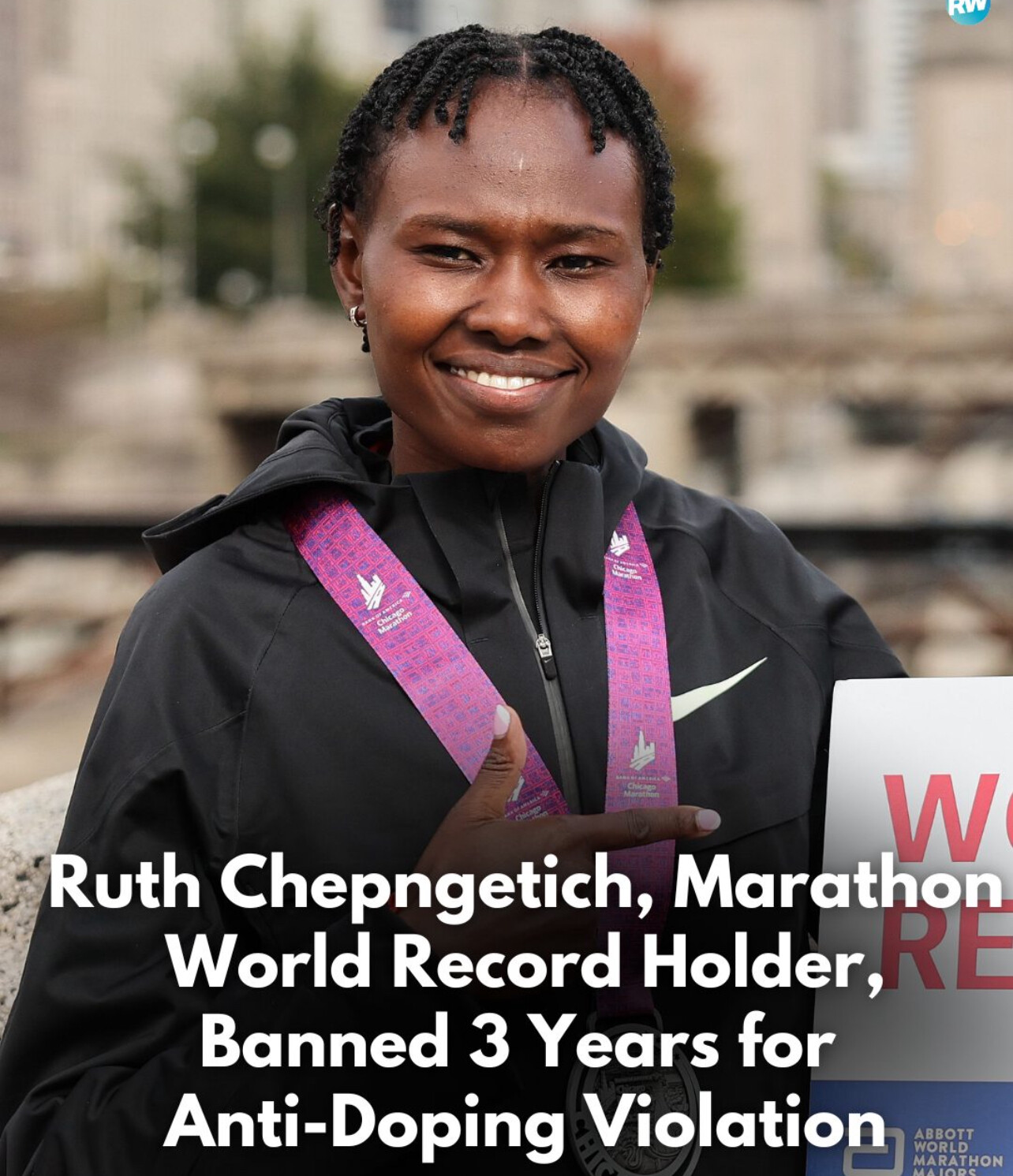
• Fueling and Pacing: A meticulously calibrated mix of carbohydrate drinks, male pacemakers, and near-perfect weather created ideal conditions for record-breaking.
Each of these factors may have contributed — but so, it now appears, did something illicit. Her three-year ban has cast a long shadow over what was once hailed as the cleanest, purest form of endurance achievement.
The Broader Question
Can a mark set under suspicion survive as a legitimate benchmark for future generations? The answer lies with World Athletics’ final ruling, but even if the record stands on paper, the perception of it has changed. Chepngetich’s run pushed the limits of human endurance — yet the revelation of a doping violation has blurred the line between brilliance and betrayal.
A Legacy Rewritten
If the ban is upheld, Chepngetich will likely be stripped of her record, joining a short but painful list of athletes whose names once glittered atop the record books before being erased. Regardless of the outcome, her performance will remain a pivotal moment — the day a woman first broke 2:10. It proved that such times are possible and that the next generation, running clean, will one day do it again.
Conclusion
Whether Ruth Chepngetich’s 2:09:56 survives the scrutiny of time or not, the marathon has been changed forever. Her run forced coaches, scientists, and competitors alike to reconsider what’s possible for women over the classic distance.
But now the question isn’t only how she did it — it’s why.
by Boris Baron
Login to leave a comment
Sebastian Sawe Leads the Way With Bold Anti-Doping Initiative Ahead of Berlin Marathon
Sebastian Sawe, the 2025 London Marathon champion and currently the fastest marathoner in the world, is preparing for his third career marathon on September 21 in Berlin. Determined to ensure his performances are beyond question, Sawe has taken an unprecedented step: partnering with the Athletics Integrity Unit (AIU) to undergo one of the strictest anti-doping programs ever seen in the sport.
In collaboration with his management team and adidas, Sawe’s program includes:
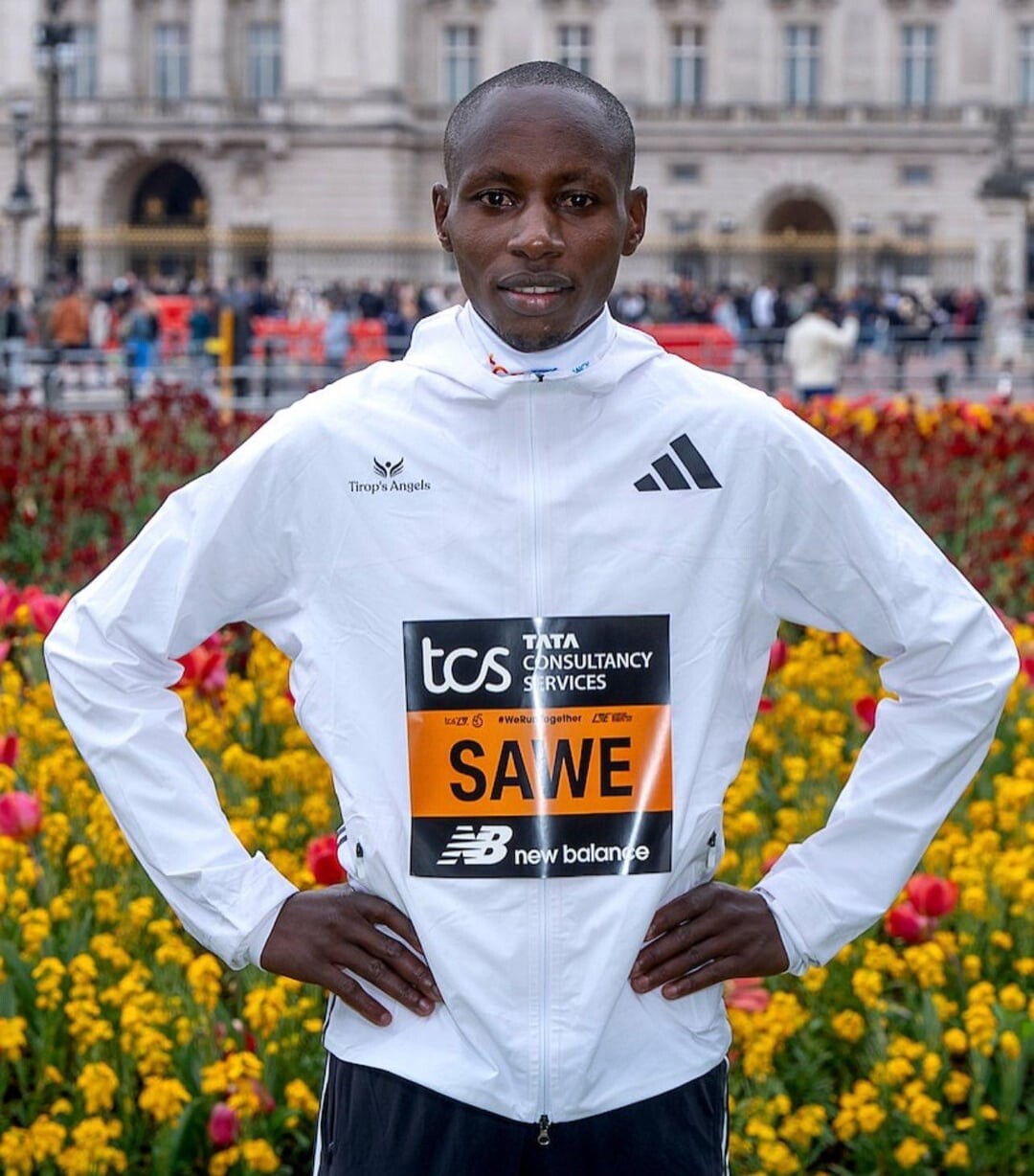
• A minimum of 25 anti-doping tests in the two months leading up to Berlin.
• Surprise, out-of-competition testing under the most advanced laboratory protocols.
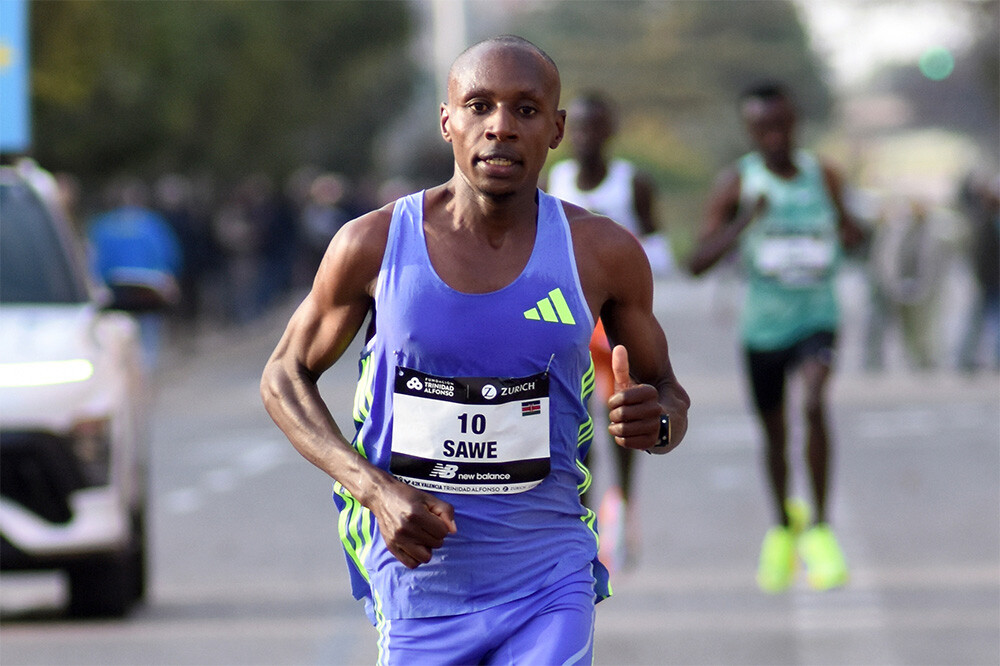
• Complete independence in testing, with no prior notice given to Sawe or his team.
• Full financial support from adidas, his primary sponsor.
Explaining his decision, Sawe said:
“I am tired of reading constant doubts and accusations whenever a Kenyan athlete performs well. I acknowledge that doping is a real issue in our country, and ignoring it would be a mistake. We must face it, work with organizations like AIU and World Athletics, and fight this problem that feels like a cancer for Kenyan athletes. My hope is to set an example, encourage others to act, and show that clean performances are possible. Above all, I want people to know that when I line up in Berlin, I am clean, and my results should not be questioned just because I am Kenyan.”
The testing officially began on July 25.
Sawe’s initiative comes at a crucial moment, as Kenya’s Anti-Doping Agency was recently declared non-compliant with WADA’s code. While the agency has 21 days to contest the ruling and implement corrective measures, Sawe’s leadership highlights a proactive and athlete-driven path forward.
As he builds toward Berlin, Sawe is not only racing for victory but also for the integrity of Kenyan athletics, proving that world-class performances can and must be achieved clean.
by Boris Baron
Login to leave a comment
Edwin Soi Going After the World Record at the 5th Annual KATA Double Road Race in Thika Kenya
Over 130 KATA athletes will compete alongside many other runners in a field expected to be the deepest yet, all chasing glory and a share of 100,000 KES in prize money.
When the 5th Annual KATA Double Road Race returns to Thika on September 20, it will not be just another date on the calendar. It will be a celebration of endurance, strategy, and Kenyan running tradition. And at the heart of it all will be Edwin Soi, the Olympic bronze medalist whose longevity and tactical brilliance have made him one of Kenya’s most respected distance runners.
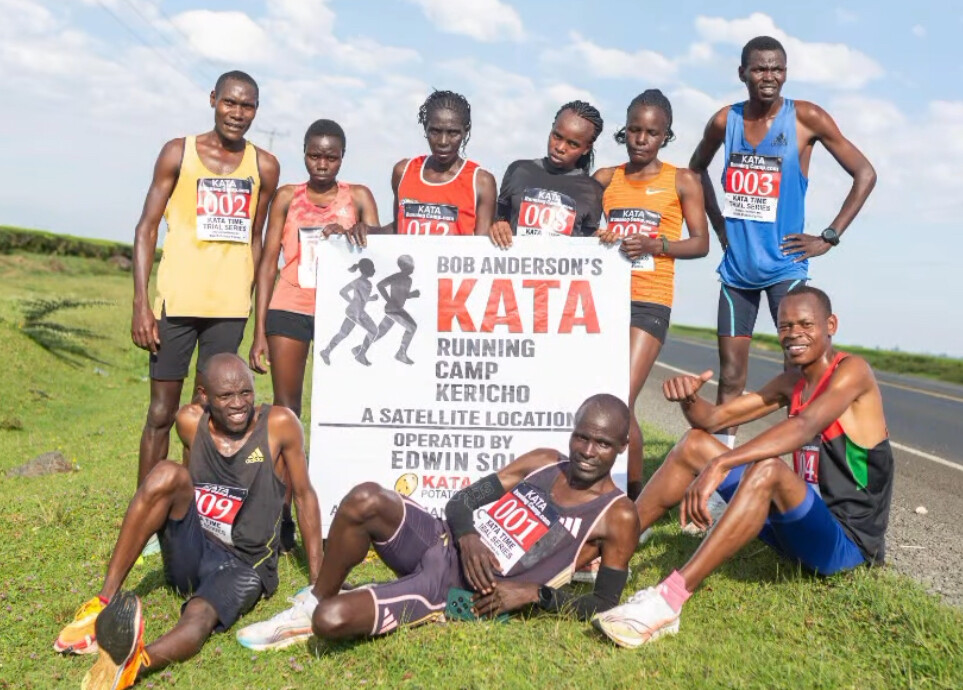
This year’s event also offers a prize purse of 100,000 KES, making the stakes even higher.
“Over 130 KATA athletes are expected to be on the line, joined by many more competitors from across the country and beyond,” says KATA founder Bob Anderson. “I am so proud of our KATA family and what we are building. This is just the beginning—athletics fueled by hard work and growing KATA potatoes.”
The Challenge of the Double
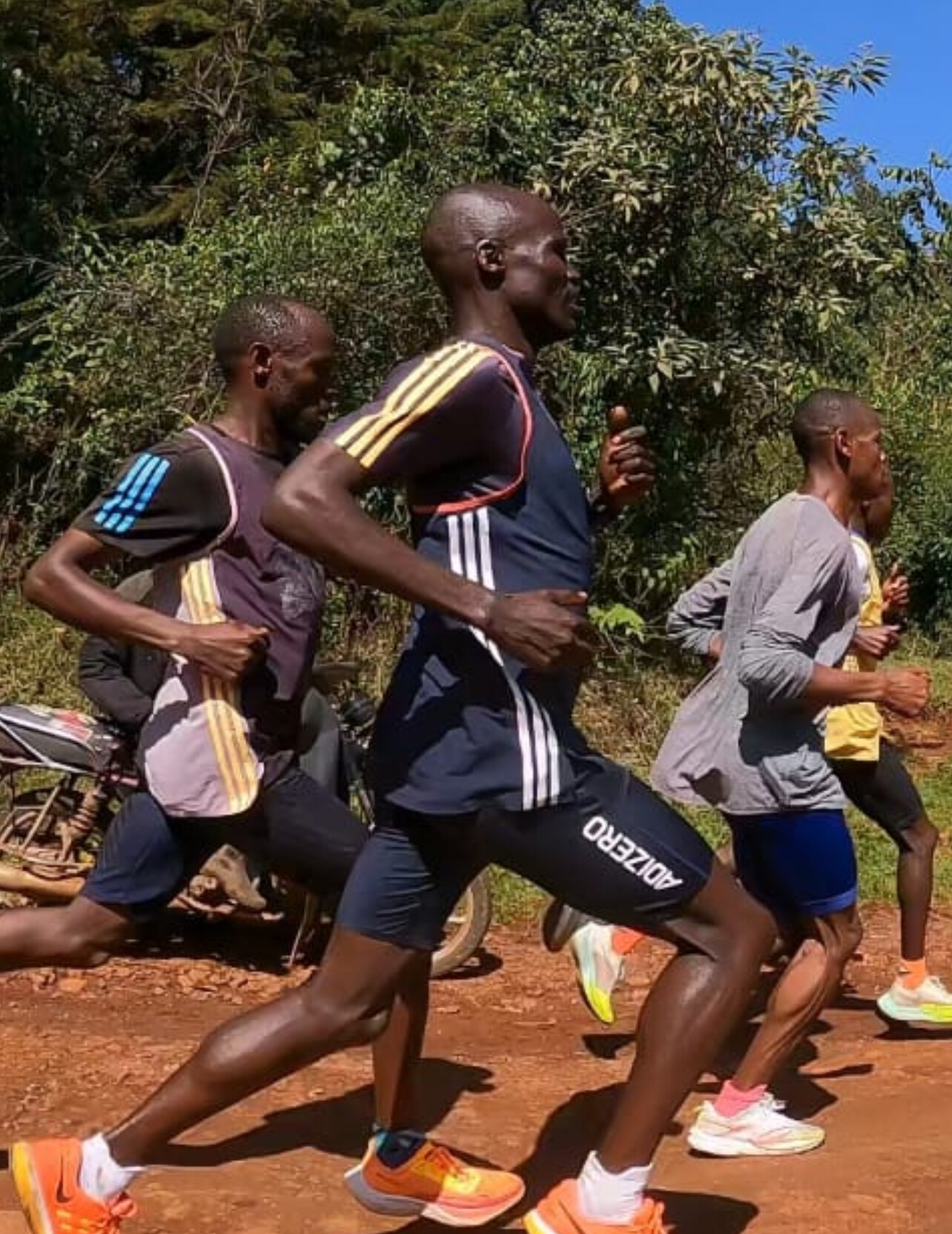
The Double is unlike any other race. Athletes first run a 10K, then take a halftime break where food and drink are provided as they prepare for the second leg. They return to the start line for a 5K. This is a two-leg event, and the times from each leg are added together for the final score.
For Soi—still formidable with career bests of 27:14 (10,000m) and 12:51 (5,000m)—the race is as much about mental strength as physical preparation.
“While others might wonder if they can even start the second race, my mind is already on pacing, form, and tactics,” Soi says. “Years of hard training and the right mental approach make a world record achievable.”
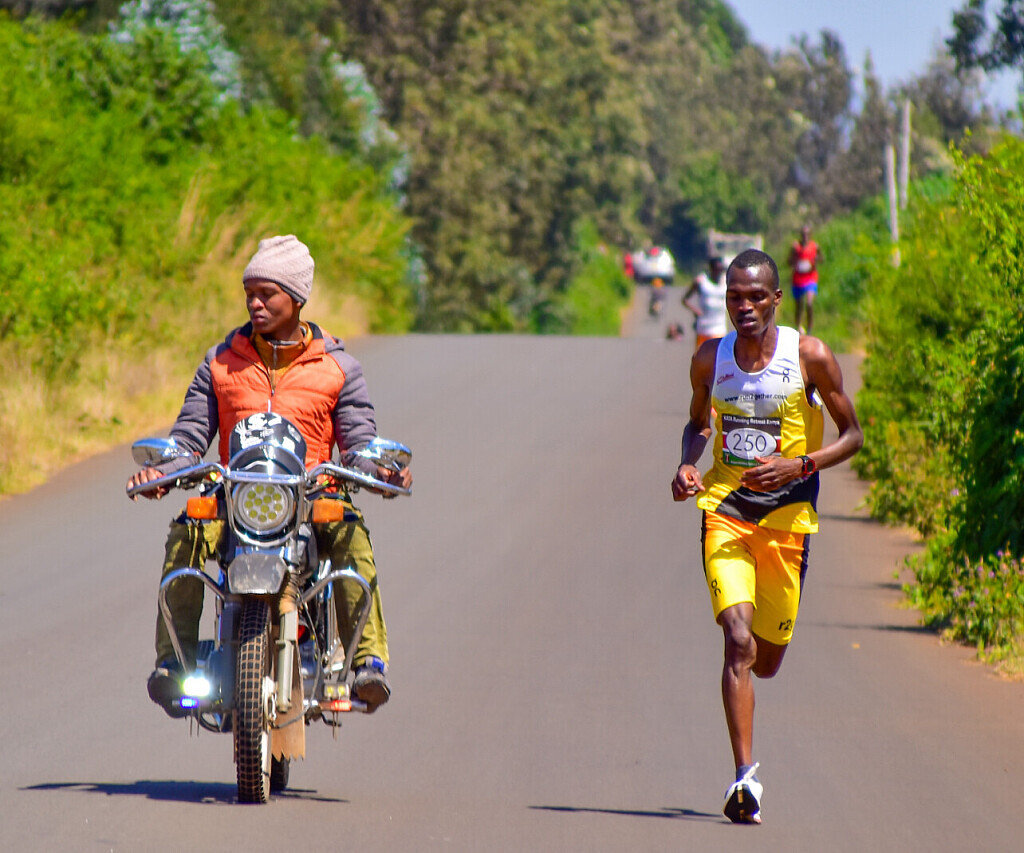
A Visionary Race with Kenyan Roots
The Double Road Race was created by Bob Anderson, founder of Runner’s World, to combine endurance with strategy. After pilot events in Mexico, the first official Double took place in Pleasanton, California, in 2012 with nearly 1,400 runners (5th photo).
Kenya quickly became a natural home. In 2014, races in Thika and Nyahururu introduced the longer Double 21K. By 2021, the Kenyan Athletics Training Academy (KATA)—also founded by Anderson—hosted Africa’s first Double 15K. Last year, Shadrack Kenduiywo (4th photo) set the world best of 42:34 on the Thika course, cementing Kenya’s place as the epicenter of the Double.
Soi’s Enduring Fire
At 39, Soi has experienced the full arc of an elite career. His defining moment remains the 2008 Beijing Olympics, where he won bronze in the 5,000m behind Ethiopia’s Kenenisa Bekele.

“Just making the Kenyan Olympic team drove me to push beyond limits,” Soi recalls. “I carried the hopes of more than 30 million Kenyans on my shoulders, and that choice ultimately led to my Olympic medal. My life changed—and my legacy changed.”
Since then, Soi has collected world championship medals and road titles worldwide. But today, what sets him apart is not only his victories but also his willingness to mentor and build the future.
Building Futures at KATA
Soi now heads the Kuresoi training camp under the KATA umbrella, guiding a new generation of athletes. His mentorship blends running discipline with life lessons, extending beyond training sessions.
KATA supports athletes with housing, nutrition, and income from sustainable farming projects like potato cultivation—ensuring both food security and financial independence. For Soi, this holistic model is crucial.
“I was fortunate to be mentored, and I feel a deep responsibility to pass that on. My victory will be in their success,” he says.
He also stresses integrity. With doping controversies tarnishing Kenyan athletics, Soi is determined to show that excellence can come from discipline, clean sport, and mentorship.
Why Thika Matters
The Thika Double has become more than a race; it is a stage where Kenyan athletes showcase strategy and resilience to the world. For the community, it is a festival of pride. For Soi, it is a chance to extend his legacy—competing for the clock, for his athletes, and for the values he believes in.
When the starter’s gun sounds on September 20, Soi will not only be racing 10K, resting, and running 5K. He will be carrying with him the arc of his career—from Olympic glory to mentorship—and the hopes of a new generation ready to follow in his footsteps.
The Double demands more than speed. It asks for resilience, intelligence, and composure. And with Edwin Soi on the line in Thika, chasing the world record, it promises to be a race—and a story—that inspires far beyond the finish.
by Robert Kibet
Login to leave a comment
KATA Double Road Race 15K
5th Annual KATA Double Road Race 15K Set for September 20, 2025, at KATA Thika The 5th Annual KATA Double Road Race 15K will be held on September 20, 2025, at the Kenyan Athletics Training Academy (KATA) in Thika, Kenya. The event includes a 10K leg, a break, followed by a 5K leg — a format designed to challenge runners...
more...More Than a Medal: How Olympian Edwin Soi is Shaping the Future of Kenyan Running - KATA 05
In the misty highlands of Kuresoi, nestled at a staggering 2,700 meters above sea level, an elite training camp quietly hums with the sounds of determination — rhythmic footfalls, laboured breaths, and the occasional cheer of encouragement.
Along reddish-brown murram trails, sandwiched between dense trees of the Mau Forest, young athletes glide through the early morning fog. This is no ordinary running camp. It is the dream and daily labour of Edwin Cheruiyot Soi, one of Kenya’s most decorated long-distance runners, now turned mentor, marathoner, and coach.
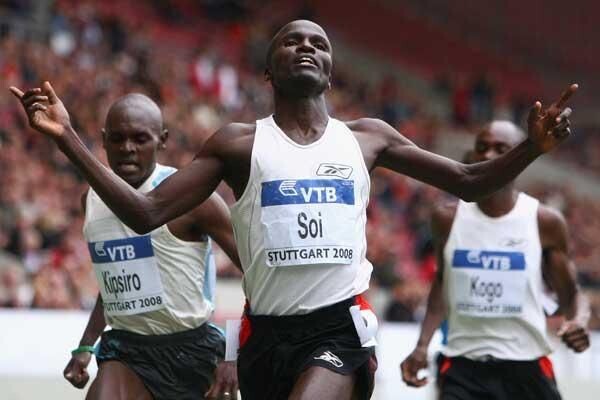
Soi, known for his Olympic bronze medal in the 5000m at the 2008 Beijing Olympics and a glittering career on the track, hasn’t slowed down. While many of his peers have moved on from competition, Soi remains actively racing marathons, coaching, and living side by side with a rising generation of athletes.

“I have run for long, from World Championships and World Indoors to the Olympics,” Soi says after a long training session. “With all that experience, I saw it wise to share my expertise — not just with young athletes, but with anyone willing to train with discipline.”
Still Racing, Still Leading
Every morning, Soi joins his athletes in their rigorous routines. From tempo runs along the forested trails to fartlek and speedwork sessions, he leads by example.
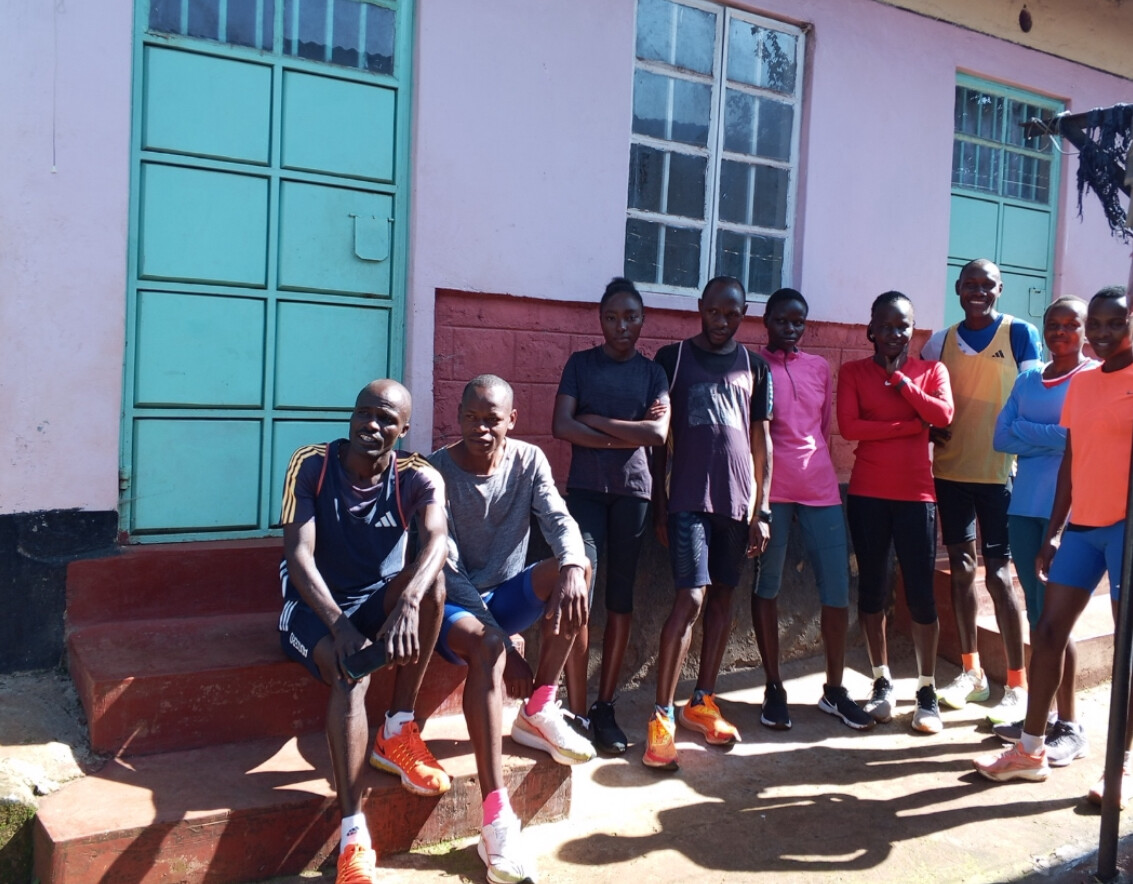
“My athletes don’t just see me as a coach — I run beside them,” he says. “They learn from how I train, rest, and carry myself. That’s leadership by presence.”
For the athletes, it’s not only inspirational — it’s transformational.
Margaret Ndirangu, a promising athlete from Central Kenya, beams with gratitude:
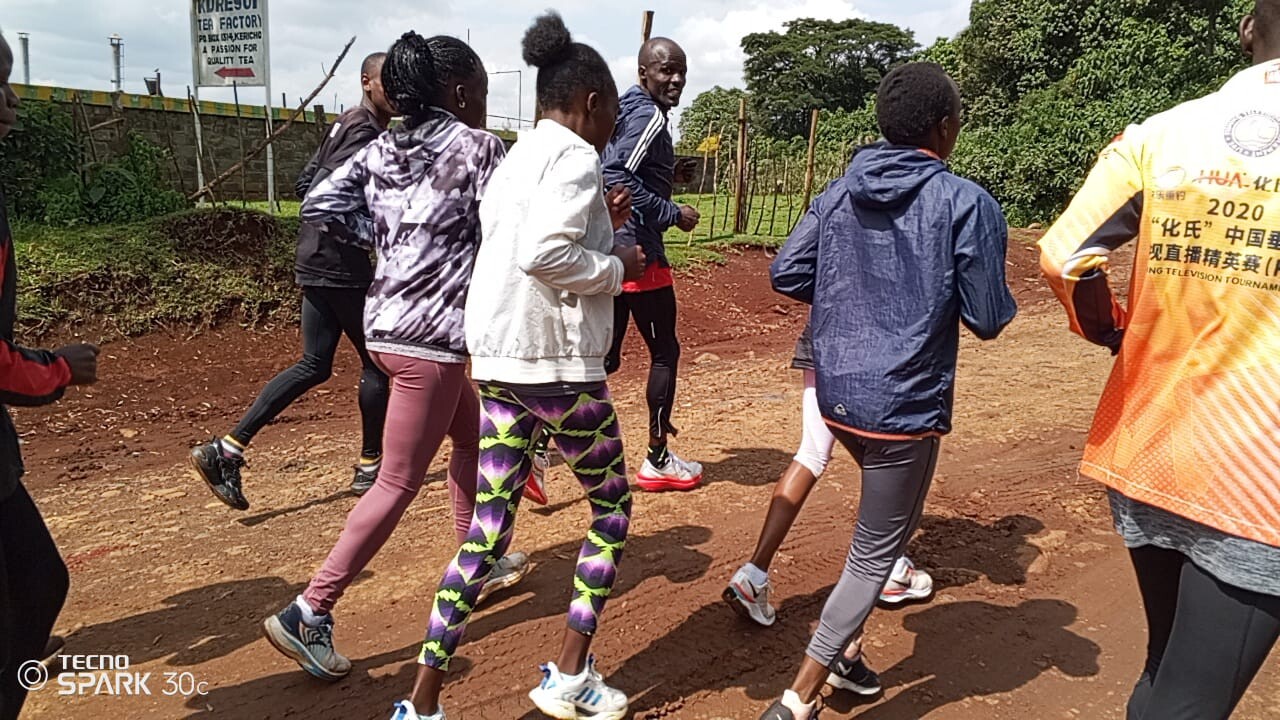
“I have nothing more than joy. Being at Soi’s camp is more than home to me. We eat well, sleep well, and train well. Running alongside an Olympian like Edwin Soi is a huge motivation.”
Gilbert Kenduiywo, a full marathon runner, agrees:
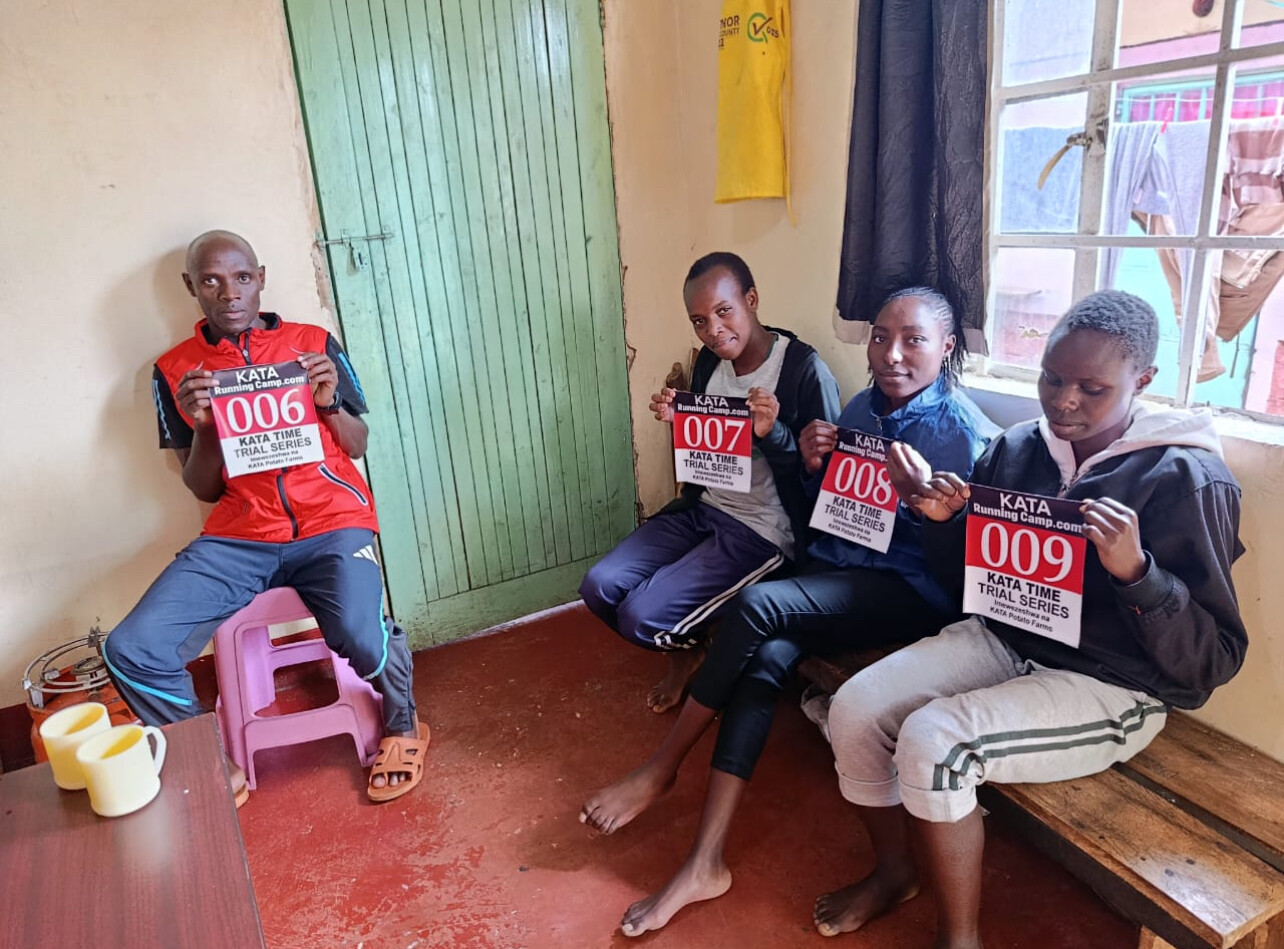
“I thank Soi because he has brought us from where we were, courtesy of Bob Anderson. Running involves dedication, and it is through this that we now have a place to live, eat, and train. I also thank Bob Anderson for the noble idea. Engaging in farming as an income-generating activity after training means a lot to us.”
Kuresoi: Nature’s Perfect Stadium
The rugged beauty of Kuresoi is more than just scenery; it's a natural high-performance lab. The red-earth trails, the crisp mountain air, and the altitude of 2,700 meters form the ideal foundation for endurance athletes.
“Our routes weave through Mau Forest,” Soi says, pointing to a distant hill where runners disappear into the mist. “These aren’t just trails. They’re tests of character.”
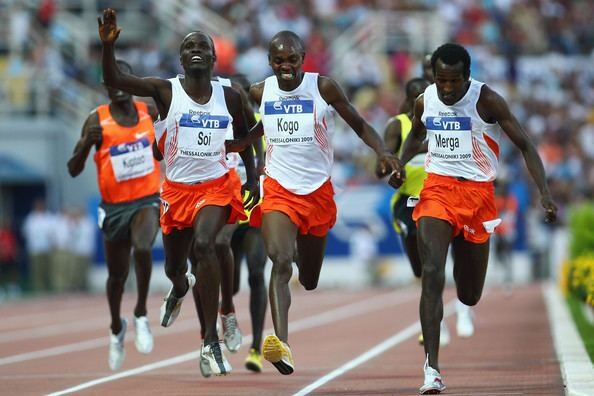
The KATA Vision: Running with Purpose
Soi’s training camp is backed by the Kenyan Athletics Training Academy (KATA), founded by Bob Anderson, the visionary behind Runner’s World magazine. But what makes this camp stand out isn’t just the training — it’s the fusion of sport and sustainability.
With support from KATA, Soi and his athletes engage in agricultural projects, most notably the Potato Project. When they’re not clocking miles, runners plant, harvest, and manage farming plots — gaining not only a source of income but vital life skills.
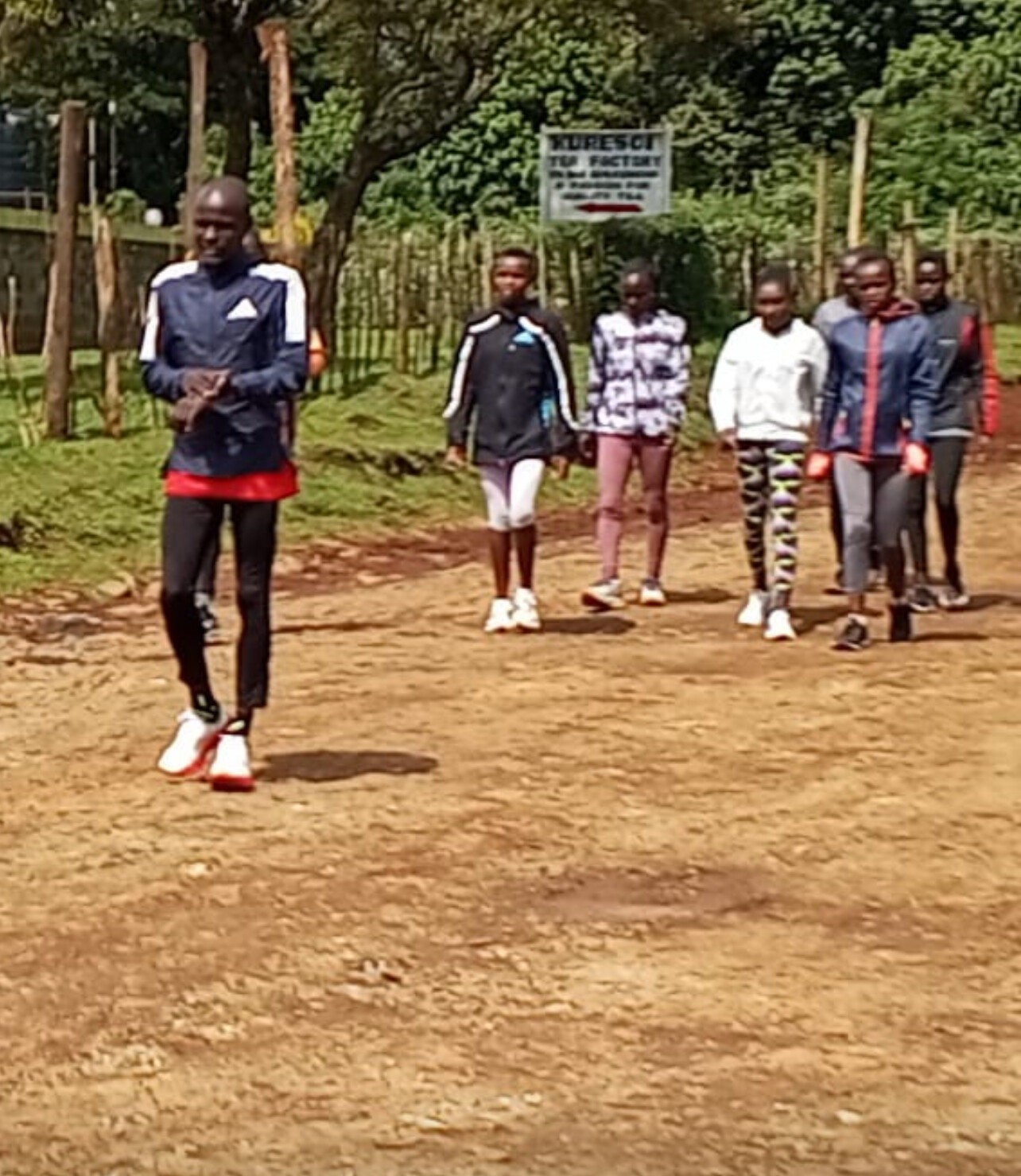
“No one else had thought of supporting athletes this way — giving them both a place to grow athletically and financially,” says Soi. “Bob’s idea came at the perfect time.”
Athletes echo this gratitude.
Edmond Rono, a distance runner from Sotik, shares:
“I used to train in Sotik, but after joining Soi's camp—supported by KATA—I’ve experienced a complete transformation. We stay comfortably and enjoy everything from training, meals, to accommodation. My future now looks bright.”
Isaiah Kipkurui, a road runner, adds:
“The support from KATA through Edwin Soi has meant a lot to us as athletes. Since joining the camp, we’ve seen remarkable improvement in our performance and lifestyle.”
Cheptoo, a 3000m specialist with a personal best of 9:30, also credits the camp for her progress:
“Coming from Sotik and joining Soi’s camp has been a turning point. Accessing proper meals and accommodation as an athlete is a great opportunity. I’m now preparing for the upcoming cross-country races this month.”
And Winny Chebet, a determined 10,000m runner, shares:
“The opportunity given to me through Soi’s camp, supported by KATA, has made me optimistic. I believe my future is bright, and I will be able to hit my running targets.”
Running Clean, Running Proud
While training and farming form the physical and economic backbone of the camp, discipline and integrity shape its soul. Soi is fiercely committed to clean sport — a principle he insists every athlete lives by.
“My athletes know I’m strict,” he says. “There’s no shortcut in this sport. I do not support doping, and I never will. If you want to enjoy the fruits of your labor, you must do it right.”
In a time when Kenyan athletics has been shaken by doping scandals, Soi’s stance is both timely and bold. His camp stands as a model of ethical training, and his leadership provides athletes with more than a place to train — it gives them a moral compass.
Beyond the Finish Line
Soi knows his racing clock is ticking. Though still active in marathons, he estimates he has two or three years left of elite racing. But that doesn’t worry him. His eyes are fixed on the future — one that includes hundreds of young athletes inspired and supported through his camp.
“I’m not just training runners,” he says. “I’m building people. Strong, disciplined people who will take Kenyan running to the next level.”
He acknowledges the crucial role of Athletics Kenya and the Ministry of Sports in establishing youth training camps nationwide. “Their efforts align perfectly with our vision here,” he says. “We’re all working toward the same goal — to empower youth through athletics.”
A Legacy Written in Footsteps
As the sun rises over the Mau Forest and the last runner finishes the morning loop, Soi jogs back toward camp with his group, his figure still strong, still focused. Around him are the dreams of others — a living tribute to his journey.
He’s a man who knows the podium. But today, Soi’s greatest pride isn’t in medals or titles. It’s in the smiles, strength, and discipline of those who now run beside him.
“Running gave me everything,” he says. “Now, I give back — through sweat, through sacrifice, and through the soil we farm together.”
In Kuresoi, the second wind of Edwin Soi is not a comeback — it’s a new beginning, and it’s lifting others with every stride.
by Robert Kibet
Login to leave a comment
BREAKING: Ruth Chepngetich Provisionally Suspended After Positive Test for Banned Substance
Marathon world record holder Ruth Chepngetich has been provisionally suspended by the Athletics Integrity Unit (AIU) after testing positive for hydrochlorothiazide, a banned diuretic often used as a masking agent.
Chepngetich stunned the world on October 13, 2024, when she clocked a jaw-dropping 2:09:56 at the Chicago Marathon—becoming the first woman to run under 2 hours and 10 minutes. Her performance not only set a new world record but also marked a historic milestone in women’s distance running.
Now, that performance is under serious scrutiny.
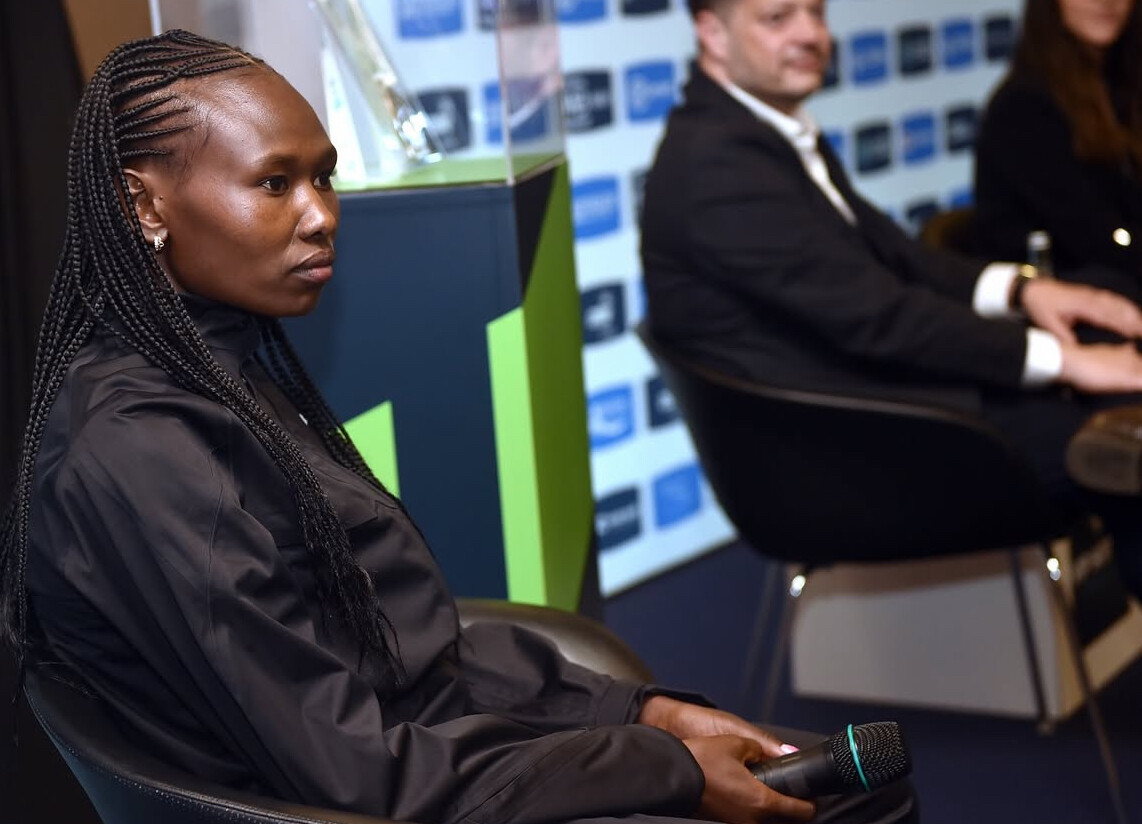
According to the AIU, the Kenyan athlete’s positive test came from a sample collected on March 14, 2025. She was notified of the result in April and chose to voluntarily suspend herself on April 19, pending further investigation. The AIU formally charged her this week and imposed a provisional suspension effective immediately.
Hydrochlorothiazide is classified under WADA’s list of banned substances, not because it enhances performance directly, but because it can potentially mask the use of other performance-enhancing drugs.
Why are we learning about this now?
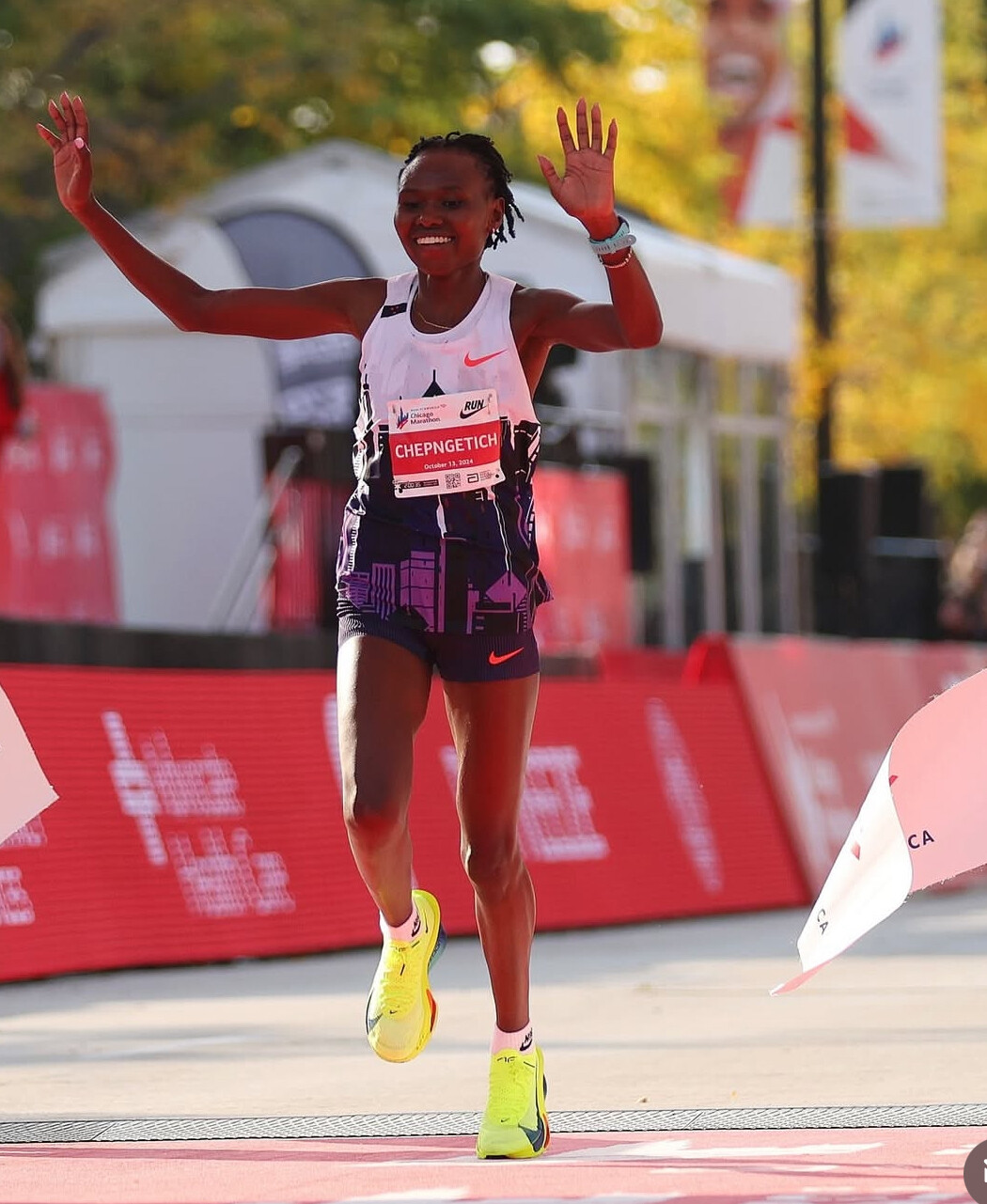
While Chepngetich was informed of the result and voluntarily suspended herself back in April, the AIU typically delays public announcements until formal charges are filed and due process is underway. That happened on July 17, triggering the widespread media coverage now surfacing.
Will her world record be annulled?
That remains to be seen. The AIU has not disqualified any of her past results yet, including the 2:09:56 mark from Chicago. However, if it’s determined that a banned substance or its masking agent was in her system during the time of the record-setting performance—or that it was part of a pattern of use—World Athletics may strip her of the title.
Until a ruling is made, Chepngetich remains provisionally suspended, and her world record is still recognized.
This case adds to the growing concerns surrounding transparency and anti-doping protocols in elite distance running. For now, the running world awaits the outcome of the disciplinary proceedings.
Follow My Best Runs for the latest updates on this developing story and other breaking news from the world of road racing and track & field.
by Boris Baron
Login to leave a comment
Kenya’s Top Athletes to Compete for World Championships Spots at Trials on July 22
With the 2025 World Athletics Championships set to take place in Tokyo this September, Athletics Kenya has announced that the official national trials will be held at the Ulinzi Sports Complex in Nairobi on July 22, 2025.
The one-day meet will determine who earns the right to represent Kenya on the global stage—and with Tokyo hosting the championships, the stakes couldn’t be higher.
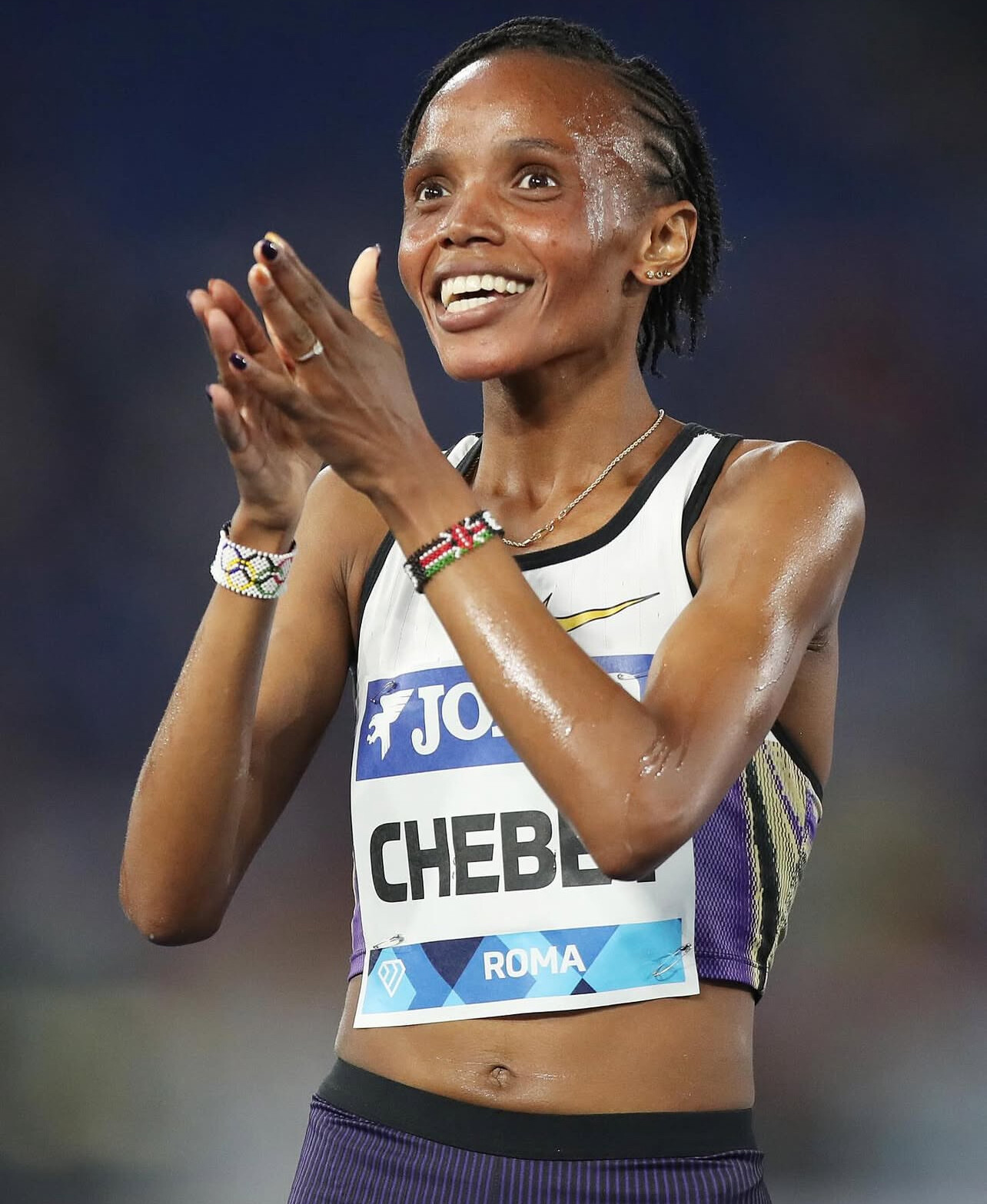
The Tokyo 2025 event is expected to draw the world’s best talent, and Kenya, known for its depth in middle and long-distance running, is aiming to field its strongest team yet. A number of top stars are expected to compete at the trials, including 100m national record-holder Ferdinand Omanyala, world steeplechase medalist Beatrice Chepkoech, 1500m ace Faith Kipyegon, and marathon standout Sharon Lokedi.

Though most of the attention will be on the track events, Kenya is also working to expand its representation in the field and sprints—areas where the country has shown recent promise.

A Veiled but Historic World Championship Ahead
The Tokyo 2025 World Championships mark the first time Japan will host the event since 1991 in Tokyo—when legendary performances, including Mike Powell’s world long jump record, rewrote the sport’s history books.
The 2025 edition, however, arrives amid a more complex and veiled atmosphere in the sport. With lingering questions about past doping scandals—including renewed attention to China’s 1990s distance-running records—many in the athletics community are calling for clean and transparent competition.
Kenya is no exception. The country remains under close international scrutiny but has made visible strides in testing, education, and compliance with global anti-doping standards.
What to Watch
• Will Faith Kipyegon aim to double in the 1500m and 5000m again?
• Can Omanyala convert his sub-10 form into a world medal?
• Will a new generation of Kenyan athletes step up in the sprints and field events?
The July 22 trials in Nairobi will offer the first answers. Expect fireworks—and a preview of what Team Kenya might look like in Tokyo.
by Boris Baron
Login to leave a comment
Faith Kipyegon to Race 3000m in Silesia – Is the World Record in Sight?
World 1500m record-holder Faith Kipyegon will race the 3000 meters at the Silesia Kamila Skolimowska Memorial on August 16, setting up what could be one of the most anticipated moments of the 2025 track season.
The Kenyan star has been rewriting the history books. Over the past year, she set new world records in the 1500m (3:48.68) and 5000m (14:05.20), and ran the fastest women’s mile ever in an unofficial exhibition event in Paris. Now she’s turning her attention to the 3000m—an event she hasn’t run seriously in over a decade.
A Decade Later, a Return to 3000m

Kipyegon’s personal best of 8:23.55 was set in 2014 when she was just 20. Since then, she’s become a global icon—earning three Olympic gold medals, multiple world records, and establishing herself as the most dominant female middle-distance runner of her generation.
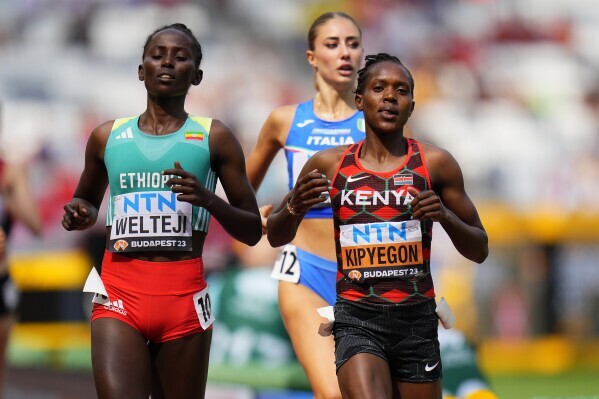
Now, with a combination of endurance from her 5000m training and unmatched speed honed in the 1500m, Kipyegon is poised to take a serious shot at history.
The Record She Might Be Chasing
The current women’s 3000m world record:
• 8:06.11 – Wang Junxia (China), set on September 13, 1993 in Beijing.
That mark has stood for more than 30 years—but it remains controversial. In 2015, a letter reportedly written by Wang Junxia in 1995 surfaced, in which she and nine teammates alleged they were forced to take “large doses of illegal drugs over the years” as part of a state-sponsored doping program under the direction of their coach, Ma Junren.
Wang wrote that the women “tried to refuse the drugs,” but that Ma would allegedly inject them himself if necessary. The letter was sent to Chinese journalist Zhao Yu but remained unpublished until decades later. Ma has consistently denied any doping allegations, and Wang’s world record still stands officially—despite renewed scrutiny.
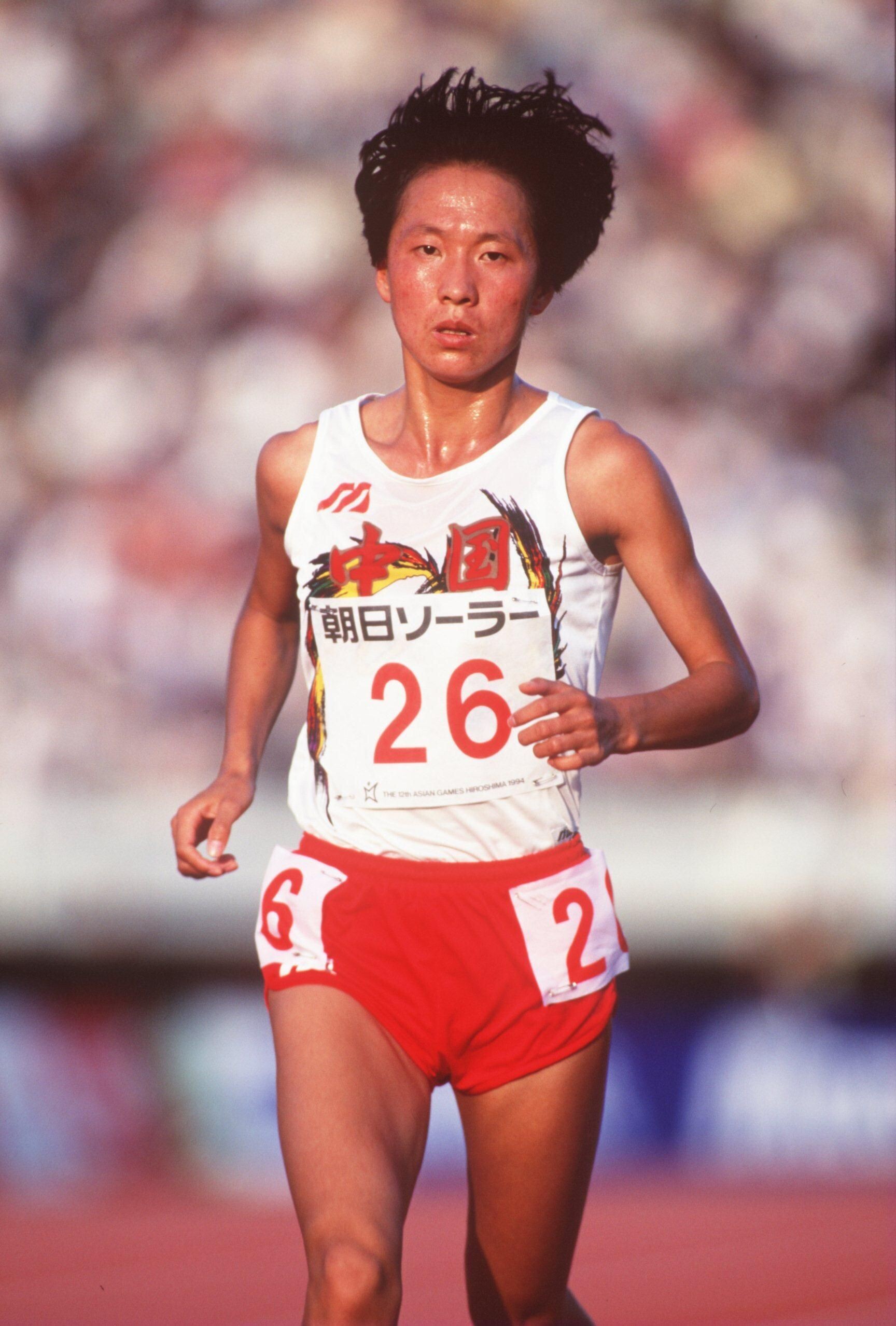
In response, the IAAF (now World Athletics) opened an investigation at the time, but as of today, the record has not been invalidated.
Why Silesia Matters
If Faith Kipyegon runs in the 8:10–8:15 range, it would mark one of the cleanest and most credible performances in the history of the event. Should she go even faster, it could position her to break or at least redefine the context of the 3000m record.
Few athletes in history have had the range, poise, and championship pedigree that Kipyegon carries. With the eyes of the world on Silesia this August, she may once again elevate the sport.
Is a new world record possible? We’ll find out soon.
If she does it, Faith Kipyegon won’t just rewrite another line in the record books—she’ll help reclaim one of the most contested chapters in women’s distance running.
by Boris Baron
Login to leave a comment
The Untouchable Record: Jarmila Kratochvílová’s 800m Mark Still Stands 42 Years Later — But Should It?
In the fast-evolving world of athletics, records are made to be broken — except, it seems, for one. On July 26, 1983, in Munich, Czechoslovakia’s Jarmila Kratochvílová ran an astonishing 1:53.28 in the women’s 800 meters. Four decades later, that time remains the oldest unbroken individual world record in track and field history.
It has withstood super spikes, altitude training, hyper-focused coaching, and the world’s most gifted middle-distance runners. Olympic champions like Caster Semenya and Athing Mu have come close, but none have truly threatened it. Which begs the question — how did a performance like this come to be? And should it still be recognized?
A Record Born in a Different Era
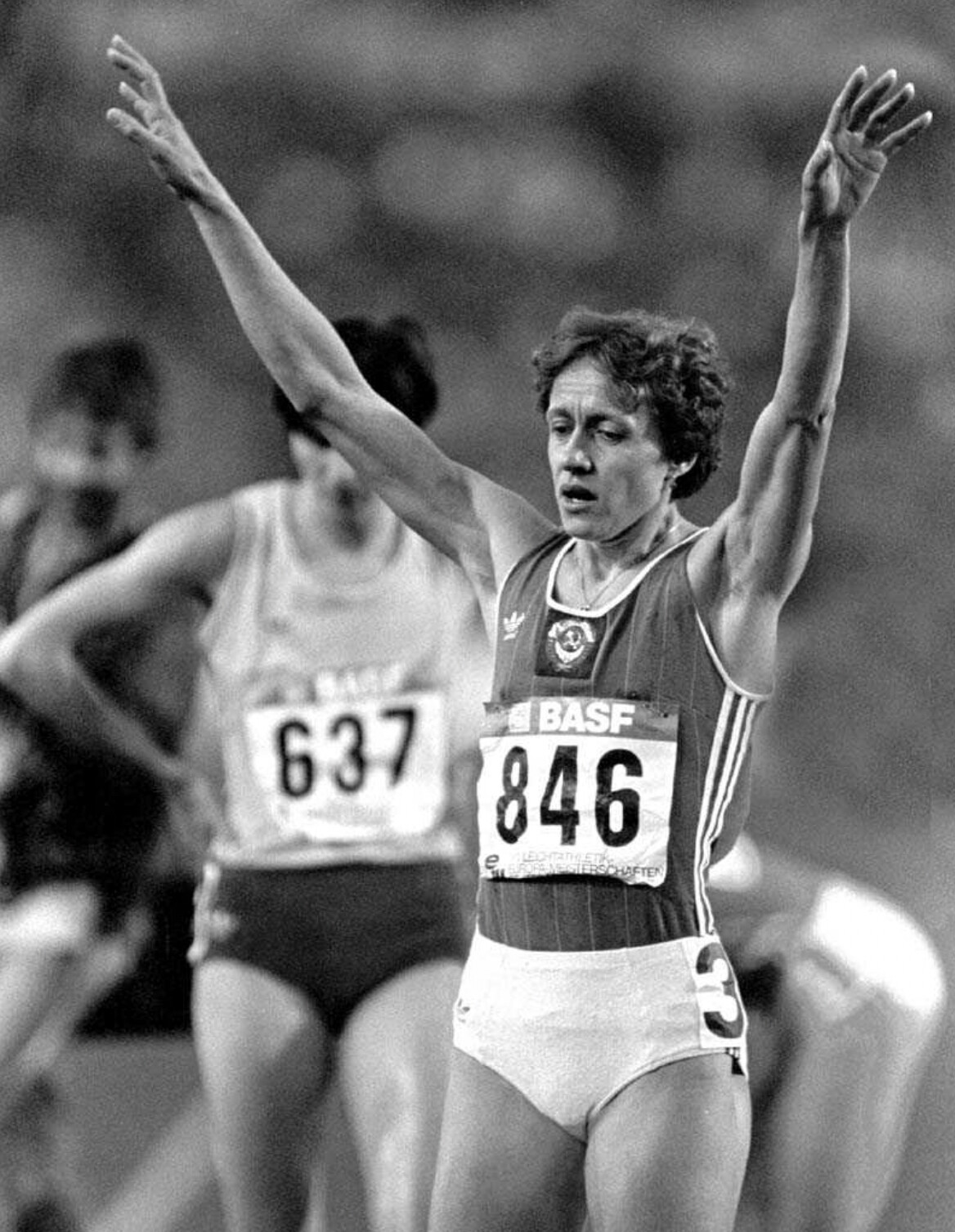
Kratochvílová’s performance came at a time when Eastern Bloc nations, including Czechoslovakia, were deep into state-sponsored sports programs. In that era, the line between elite preparation and banned enhancement was often blurred. Many athletes from that period, particularly from East Germany and the Soviet Union, have since admitted or been linked to systemic doping programs.
While there has been no formal proof that Kratochvílová used banned substances, the context raises suspicions. Her physical appearance — muscular, powerful, and more commonly compared to male counterparts than to female contemporaries — only added to the speculation. Combined with her unprecedented strength over both 400m and 800m distances, critics argue that the performance is not only unmatched, but possibly unnatural.
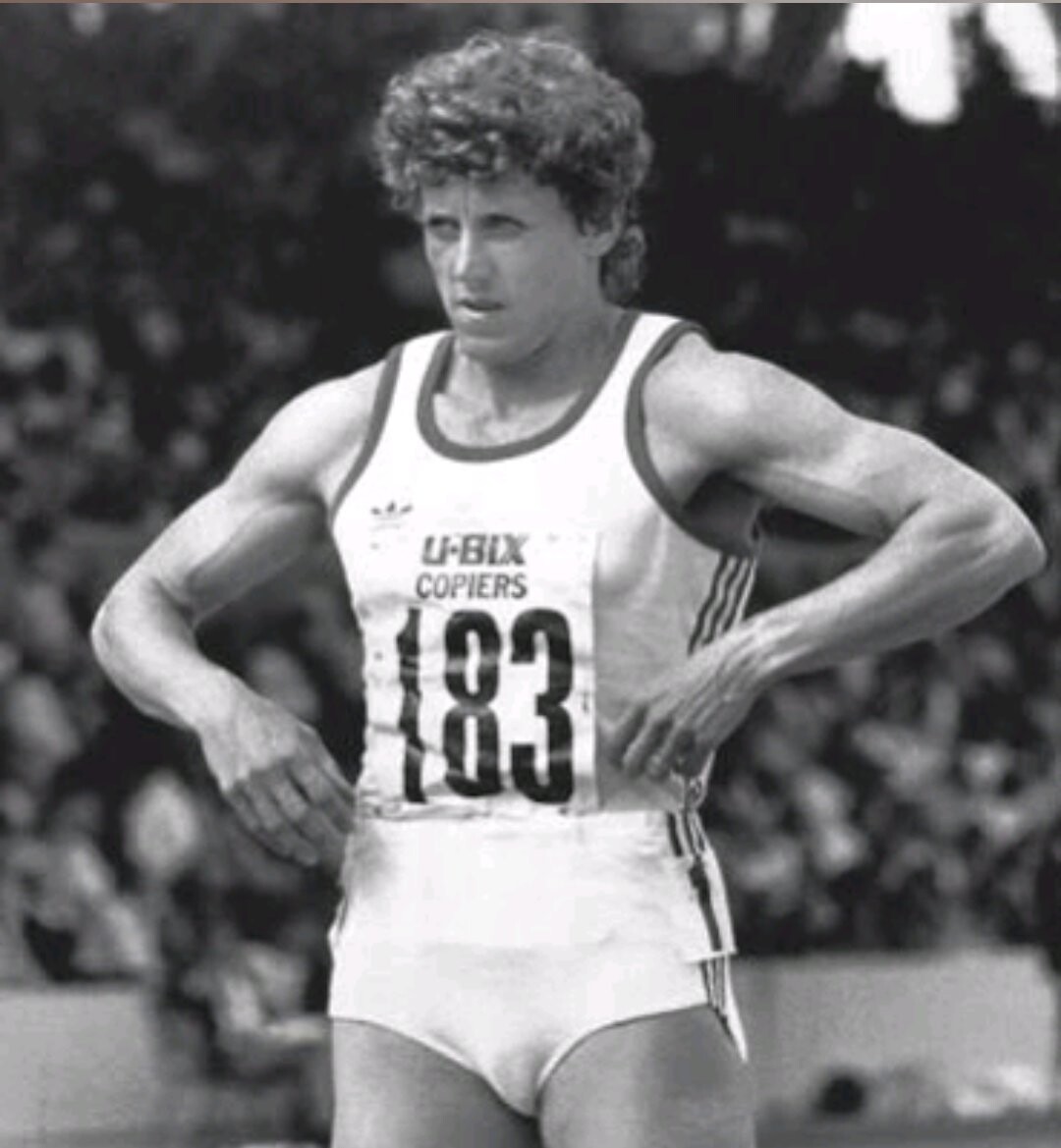
Why the Doubts Persist
• Performance Gap: Her time is still more than a second faster than most modern Olympic champions — a massive difference at the elite level.
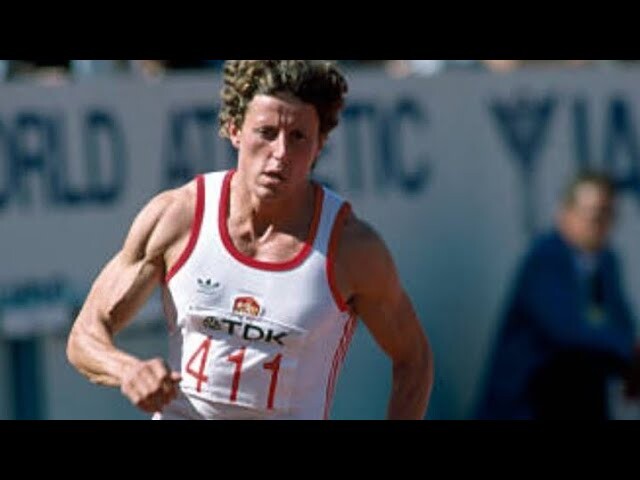
• Era of Doping: Kratochvílová competed during a time when drug testing was primitive and records were often set under questionable conditions.
• Physique & Speculation: Her highly muscular build and deep voice led some to question if she should have been eligible to compete in the women’s category — though gender testing at the time did not flag her.
• Lack of Longevity: After 1983, Kratochvílová’s presence at major championships waned. Some suggest this could point to the unsustainable nature of her peak performance.
Arguments for Letting It Stand
Supporters of the record, including Kratochvílová herself, insist that the performance was clean and the result of hard work and unconventional training. She famously avoided standard intervals and instead focused on long sessions in heavy shoes and rugged conditions. No positive test exists, and the record has survived decades of scrutiny by World Athletics.
Moreover, some point out that breaking a record doesn’t validate its legitimacy — it simply reflects the evolution of training, equipment, and talent pools. If no one has broken it yet, perhaps it’s just one of those rare, generational performances that transcends time.
Should It Be Removed?
There have been proposals — including from World Athletics — to reset all pre-2005 records due to the lack of out-of-competition drug testing during earlier decades. The suggestion faced pushback, especially from record holders who never failed a test.
But the debate continues. Some believe Kratochvílová’s 1:53.28 represents a performance that belongs to a different set of rules — and therefore shouldn’t be part of the same record book as today’s achievements. Others see it as an enduring symbol of what the human body (with or without help) once accomplished.
Final Thought
Whether you view Jarmila Kratochvílová’s 800m world record as a miraculous outlier or a relic of a flawed system, one thing is certain: it has become the ultimate benchmark. Until someone runs faster — cleanly and unquestionably — the debate will rage on. And with every passing year, this 1983 run becomes less of a record and more of a legend.
by Boris Baron
Login to leave a comment
Kirsty Coventry Becomes First Female IOC President in a Controversial Election
In a historic and contentious election, Kirsty Coventry has been elected as the first female and first African president of the International Olympic Committee (IOC). The election, held in Costa Navarino, Greece, saw Coventry secure 49 out of 97 votes in the first round, defeating other high-profile candidates, including Juan Antonio Samaranch Jr. and Lord Sebastian Coe.
Her victory marks a significant milestone in the IOC’s 131-year history, but it has not come without controversy. While she is celebrated as one of the greatest Olympic athletes from Africa, her political ties to Zimbabwe have raised concerns about how she will lead the Olympic movement into the future.
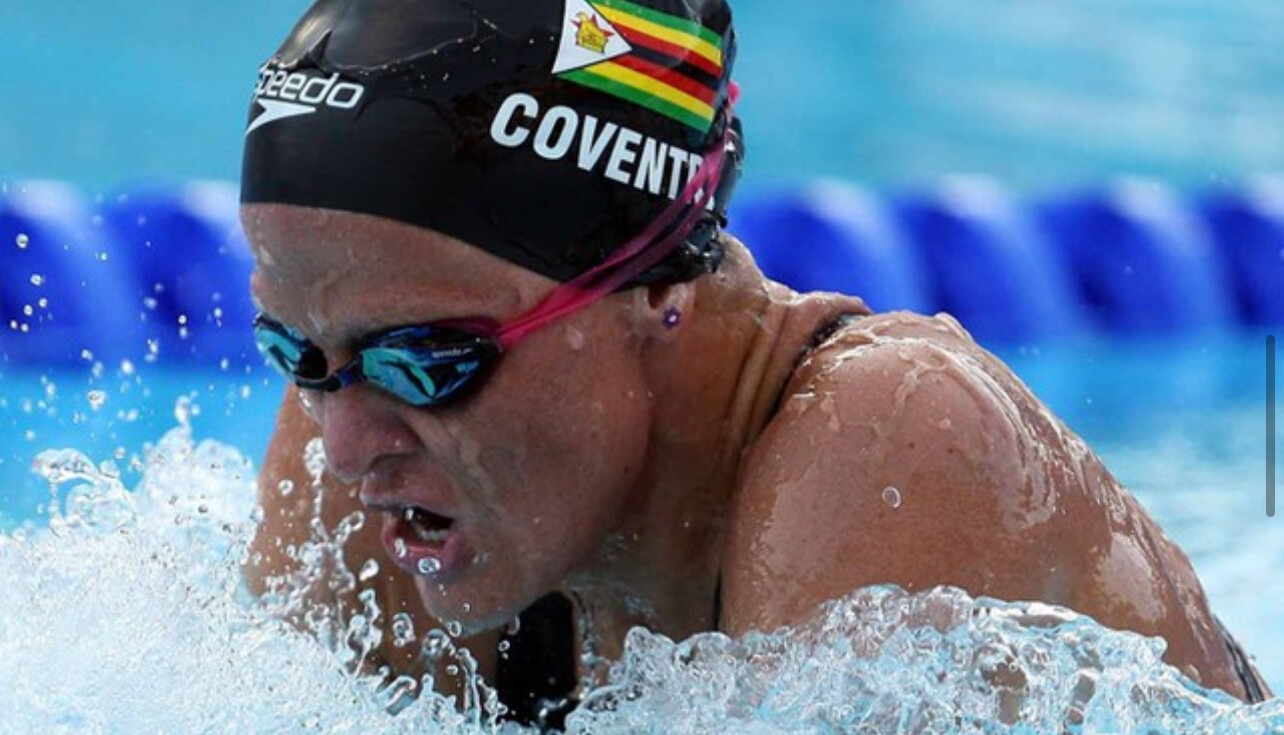
Kirsty Coventry: An Olympic Champion Turned Global Sports Leader
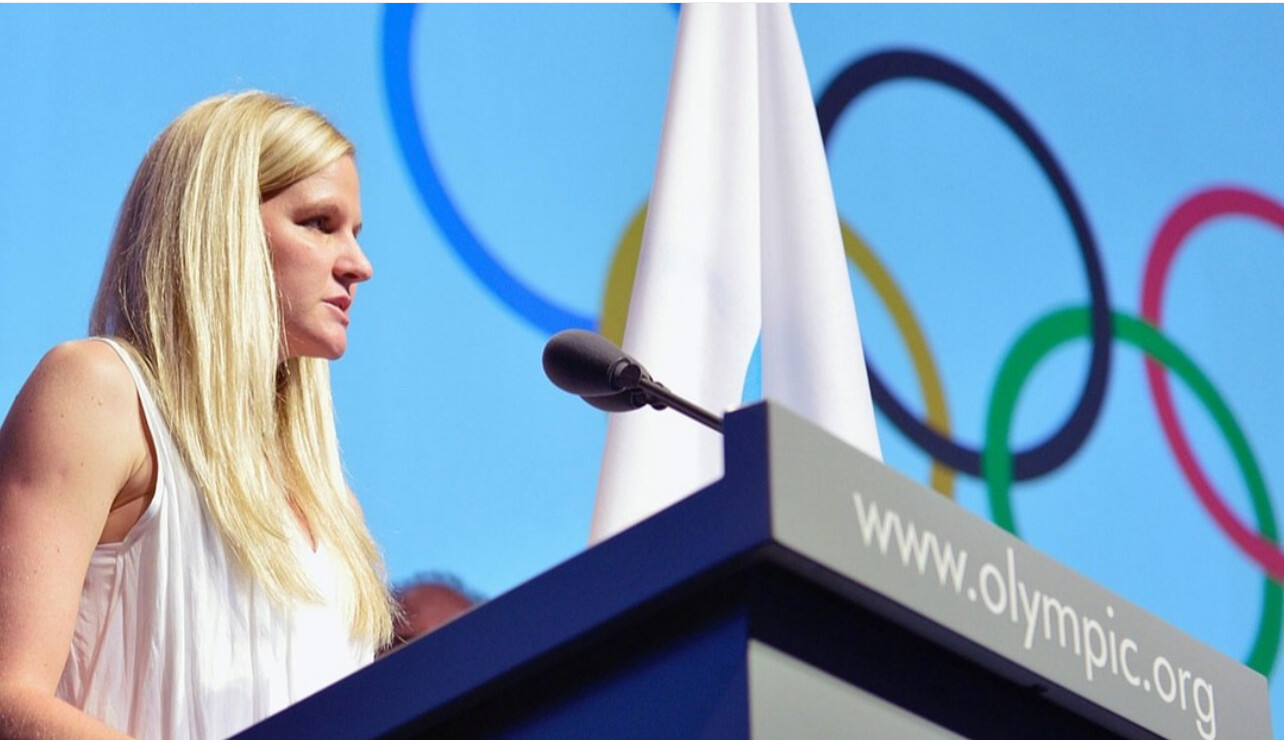
Before stepping into sports administration, Kirsty Coventry was a dominant force in competitive swimming. Born in Zimbabwe, she became one of the greatest backstrokers of all time, earning seven Olympic medals across five Olympic Games.

Her breakthrough moment came at the 2004 Athens Olympics, where she won gold in the 200m backstroke, along with silver and bronze medals in other events. Four years later, at the 2008 Beijing Olympics, she added four more medals to her collection, solidifying her reputation as Africa’s most decorated Olympian.
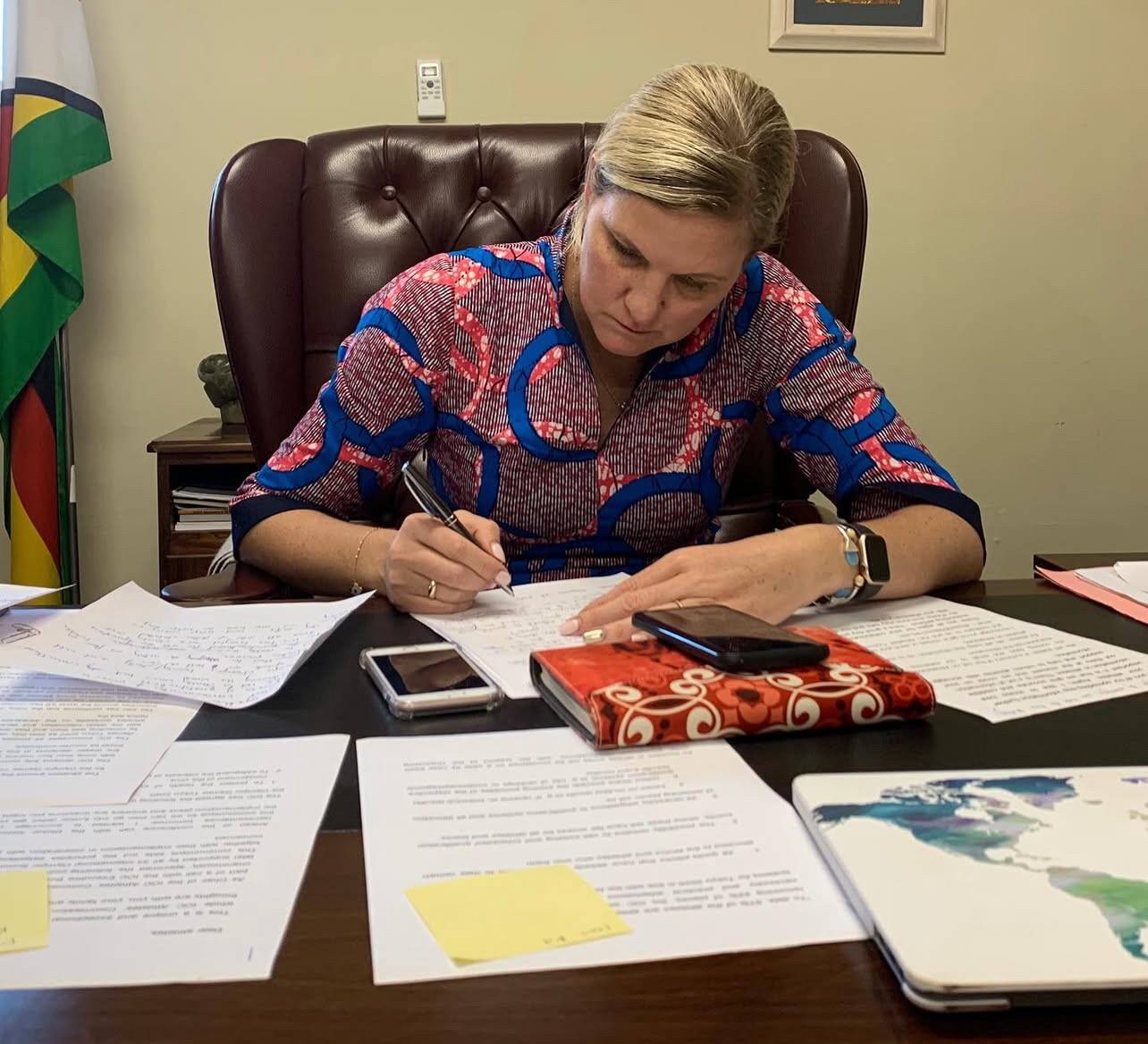
Beyond her success in the pool, Coventry set multiple world records, won two World Championship titles, and became a role model for young athletes across the African continent. After retiring from competition, she transitioned into sports governance, serving as Chair of the IOC Athletes’ Commission and playing a key role in Olympic policy-making.
However, her political involvement in Zimbabwe—where she served as Minister of Youth, Sport, Arts, and Recreation—has generated criticism. Some view her efforts as beneficial for youth sports development, while others argue that her association with a government accused of human rights violations could impact the IOC’s credibility.
Unexpected Results and IOC Power Struggles
Coventry’s election defied many expectations. Sebastian Coe, the two-time Olympic gold medalistand president of World Athletics, was widely seen as a frontrunner. However, he received only eight votes, a shocking defeat that underscores the complex political dynamics within the IOC.
Coe’s supporters believed his leadership in global athletics and Olympic advocacy would make him the ideal candidate, but the vote suggests that power within the IOC is shifting in new directions. Coventry’s victory signals a desire for a fresh perspective, though questions remain about how she will navigate the challenges ahead.
Challenges Ahead for Coventry’s Leadership
As she prepares to take office on June 23, 2025, Coventry faces several pressing issues that will shape her presidency:
• Financial and Sponsorship Issues – The IOC’s business model is under scrutiny, with shifting audience engagement and declining sponsorship deals requiring new revenue strategies.
• Doping and Fair Play – Strengthening anti-doping policies and restoring trust in fair competition remain major concerns.
• Inclusion and Political Tensions – The debate over transgender athletes, athlete activism, and geopolitical tensions around upcoming Games demand careful navigation.
• Upcoming Olympic Games – With the 2028 Los Angeles Olympics and 2032 Brisbane Games ahead, Coventry must oversee event planning, sustainability efforts, and global participation.
The Future of the IOC Under Coventry
Kirsty Coventry’s election is both a groundbreaking achievement and a contentious decision. As the first woman and first African to lead the world’s most powerful sports organization, she carries the weight of expectation, scrutiny, and Olympic tradition.
Will she modernize the Olympic movement and steer it into a new era of inclusivity and transparency? Or will her political controversies and IOC power struggles overshadow her leadership?
One thing is certain—Coventry’s presidency will shape the future of the Olympic Games in ways never seen before.
For more updates on this developing story and the world of Olympic sports, stay tuned to My Best Runs.
by Boris Baron
Login to leave a comment
LA 2028 Summer Olympics Games
Discover how the Los Angeles Candidature Committee describes their vision for the Games and the legacy they plan to leave behind: For centuries, people have been following the sun to California – to a coastal paradise of beautiful weather, inspiring landscapes and an ocean of possibilities. Since it was first settled, LA – the City of Angels – has built...
more...Gerald Phiri Provisionally Suspended Amid Doping Investigation
The Athletics Integrity Unit (AIU) has provisionally suspended former Zambian Olympian and USATF-licensed coach Gerald Phiri as of March 17, 2025. The suspension follows a joint investigation with the US Anti-Doping Agency (USADA) after three athletes coached by Phiri tested positive for the banned substance GW1516.
Phiri, a decorated sprinter, built his athletic career in the UK before moving to the United States as a student-athlete at Texas A&M University. A two-time Olympian (2012, 2016), he finished fifth in the 60m at the 2014 World Indoor Championships. His personal bests include 6.52 seconds in the 60m (2014), 10.03 seconds in the 100m (2014), and 20.29 seconds in the 200m (2008).
Following his retirement from competition, Phiri transitioned into coaching and currently serves as the Director of Track and Cross Country at Montverde Academy in Florida. His suspension casts uncertainty over his future in coaching and his involvement with elite athletes. The AIU and USADA continue to investigate the case, with further details expected in the coming weeks.
by Boris Baron
Login to leave a comment
Kenyan Runner Kibiwott Kandie Provisionally Suspended by Athletics Integrity Unit
Kenyan long-distance runner Kibiwott Kandie has been provisionally suspended by the Athletics Integrity Unit (AIU) for “evading, refusing, or failing to submit to sample collection.” The AIU, which oversees anti-doping efforts in athletics, made the announcement ahead of Kandie’s scheduled participation in the Zurich Barcelona Marathon, set to take place this Sunday.
A Decorated Career in Distance Running
Kandie is a well-established name in the world of long-distance running, particularly in the half marathon. He won a silver medal at the 2020 World Half Marathon Championships in Gdynia, Poland, and later that year set a world record of 57:32 at the Valencia Half Marathon. His record stood until November 2021, when Jacob Kiplimo of Uganda broke it.
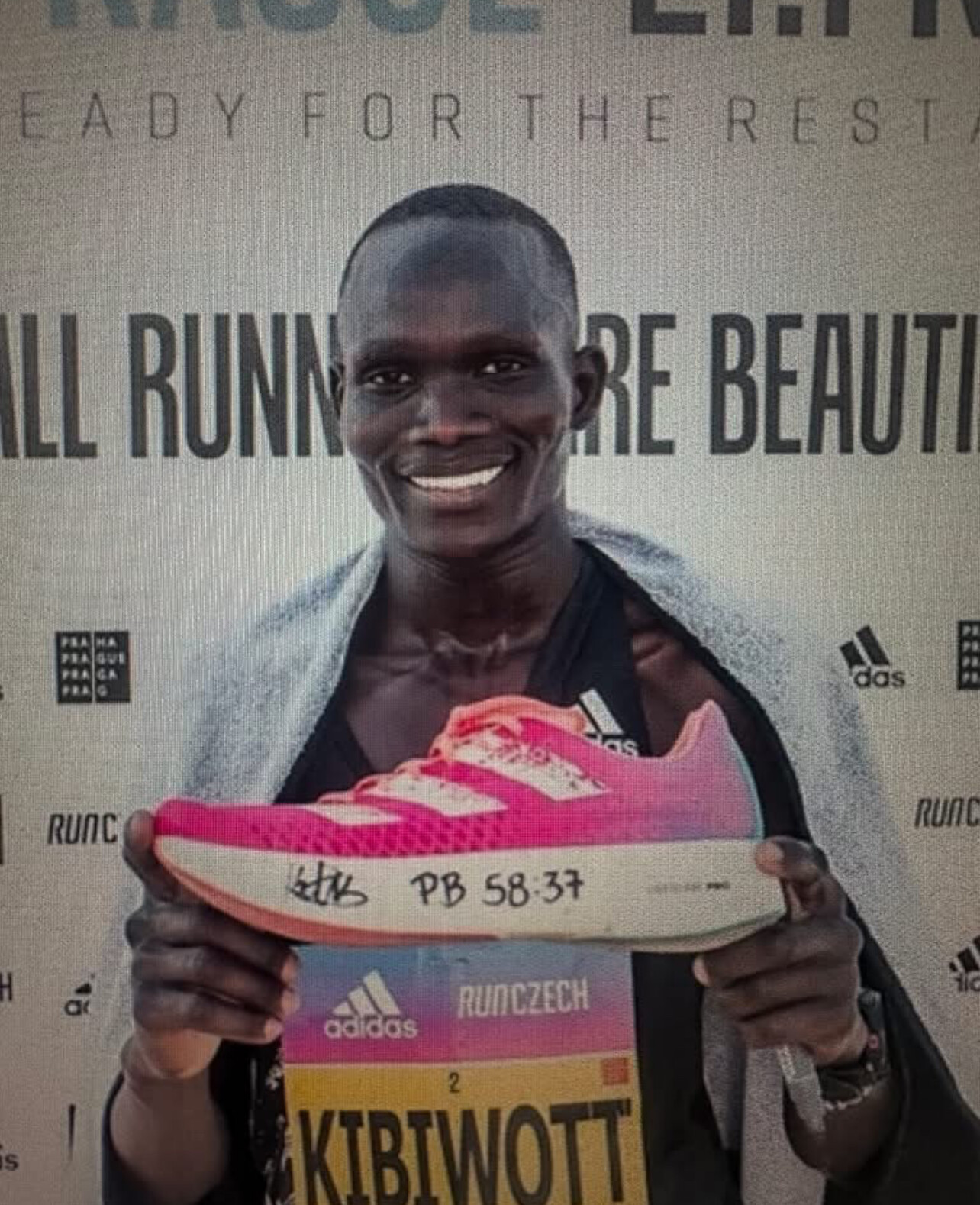
Transitioning into the marathon distance, Kandie set a personal best of 2:04:48 in the Valencia Marathon in 2023, further cementing his reputation as one of Kenya’s premier distance runners.
The Suspension and Its Implications
The provisional suspension means that Kandie is currently barred from competing in any sanctioned races until the matter is resolved. According to AIU regulations, evading or refusing a doping test is treated as a serious violation, often resulting in multi-year bans if found guilty.
With Kandie set to compete in the Zurich Barcelona Marathon, his suspension disrupts not only his own plans but also the expectations of race organizers and fans. The AIU has yet to release further details on the circumstances surrounding his alleged failure to comply with sample collection procedures.
What Happens Next?
Kandie has the right to respond to the charges, which could lead to an appeal process or a full hearing if he chooses to contest the allegations. If found guilty, he could face a suspension ranging from two to four years, depending on the severity of the violation and whether it is a first-time offense.
The case raises further concerns about doping regulations and enforcement in elite long-distance running, as Kenya has faced multiple high-profile doping suspensions in recent years.
For now, the running world waits to see how Kandie’s case unfolds and what it means for his future in professional racing.
by Boris Baron
Login to leave a comment
I wonder if the AIU is realizing that they might be doing more harm to our sport than good? Something needs to change. - Bob Anderson 3/14 9:54 am |
Doping Dilemma: How WADA's Policies Are Failing Our Sport
I am alarmed by how the World Anti-Doping Agency (WADA) is policing our sport. It's disheartening to see athletes win races only to be stripped of their titles months later due to delayed doping allegations. This approach undermines the integrity of athletics and, in the long run, does more harm than good.
Having dedicated my life to running—I ran my first mile on February 16, 1962, and I discovered my passion for our sport after clocking a 2:08.5 in a 880-yard race JUne 1, 1963—I've witnessed the sport's evolution firsthand. As the founder and publisher of Runner’s World for 18 years and, since 2007, the editor and publisher of My Best Runs, I am concerned about the professional side of athletics.
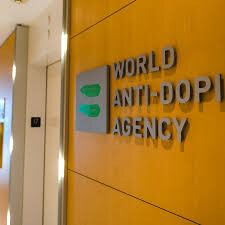
The Flaws in WADA's Zero-Tolerance Policy

WADA's strict liability standard holds athletes accountable for any prohibited substance in their system, regardless of intent. This has led to controversial sanctions, such as the four-year ban of American runner Shelby Houlihan. She tested positive for the steroid nandrolone, which she attributed to consuming a pork burrito. Despite her defense, the ban was upheld, raising questions about the fairness of such rigid policies.
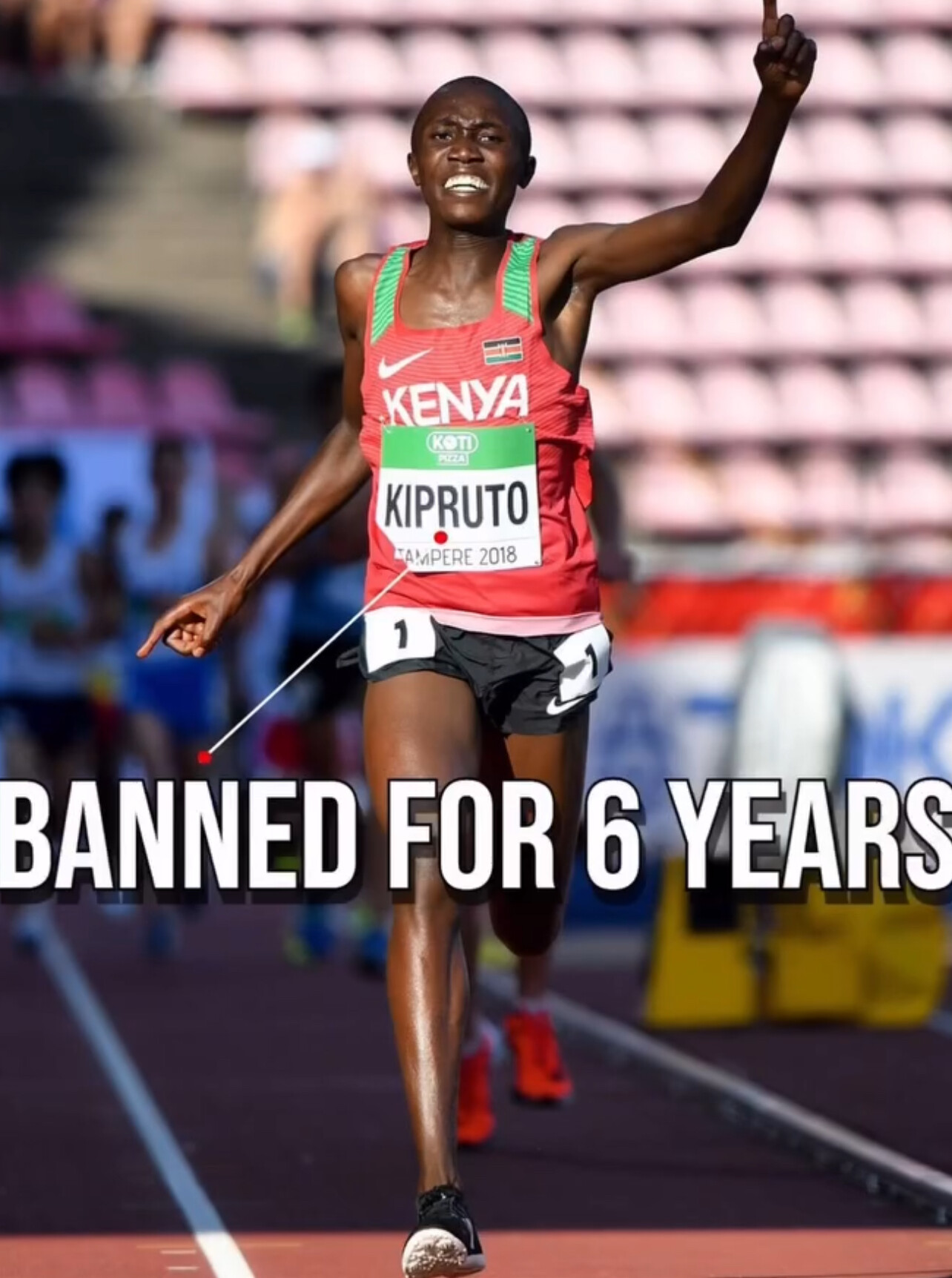
Overhauling the Banned Substances List
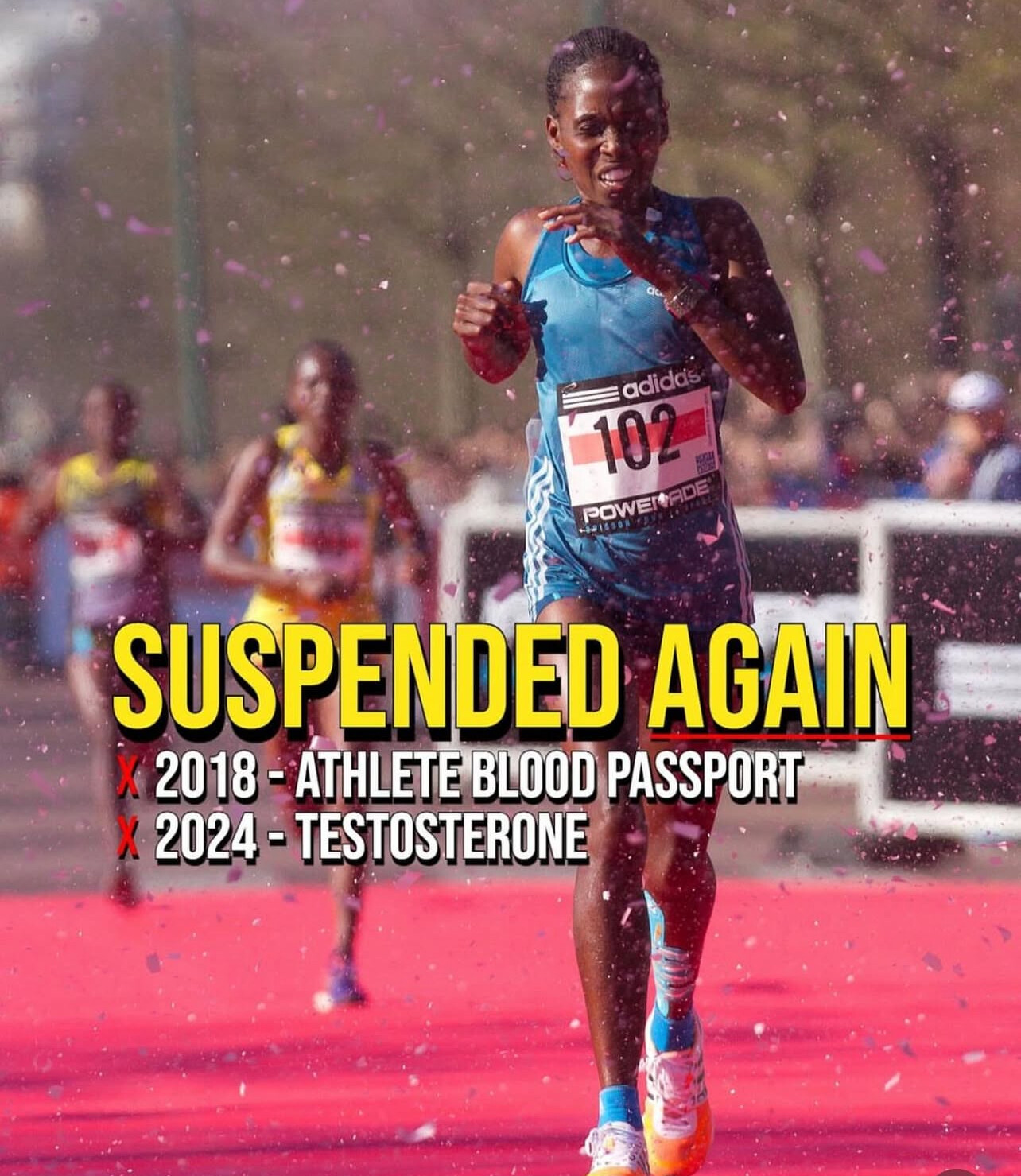
The extensive list of prohibited substances maintained by WADA includes compounds with minimal or no performance-enhancing effects. By focusing on substances with proven performance benefits, we can prevent athletes from being unjustly penalized for trace amounts of inconsequential substances.

The Problem with Retroactive Disqualifications
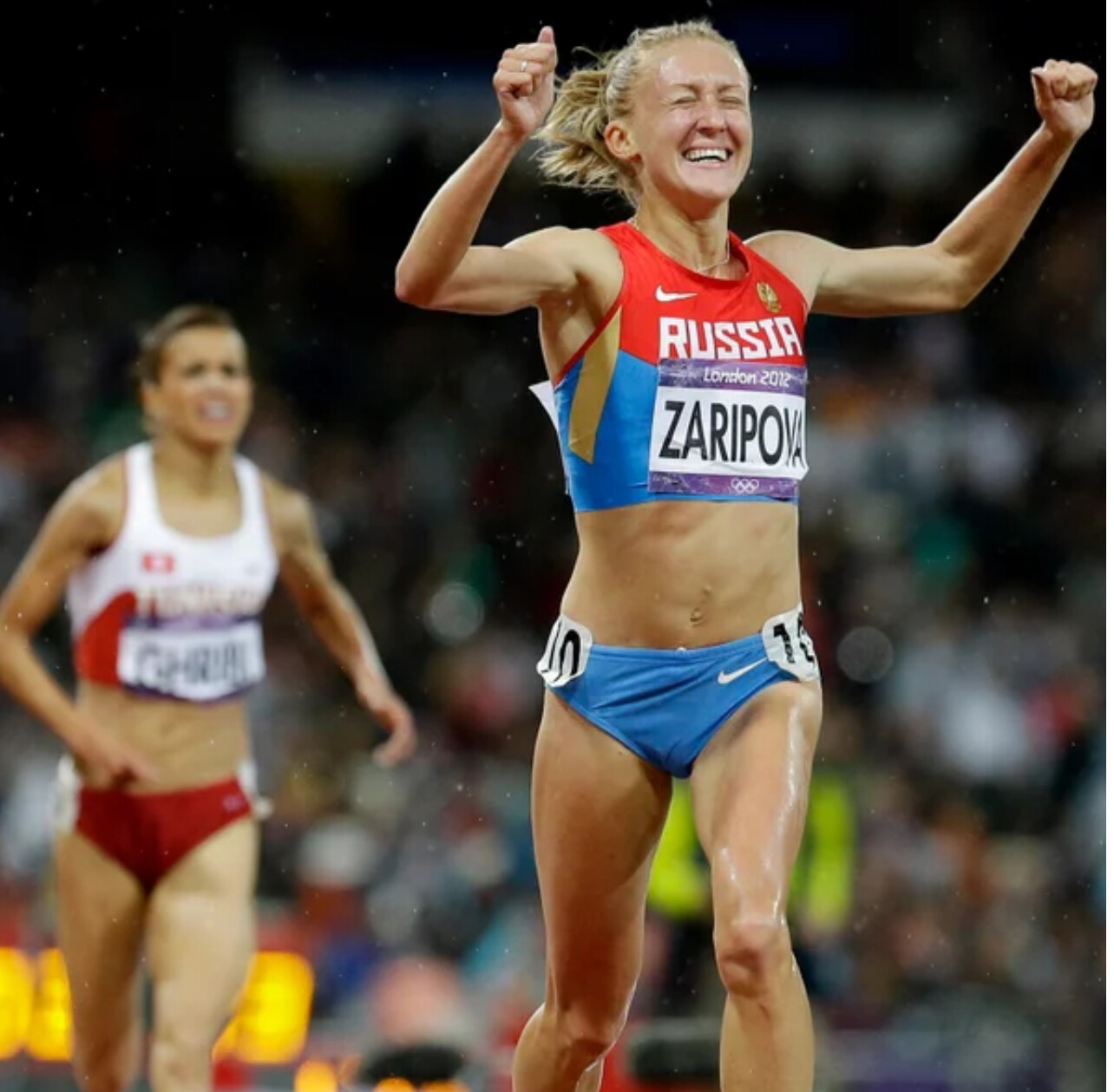
Delayed disqualifications due to retroactive positive tests cause significant disruptions. Athletes are stripped of titles months or even years after competitions, leading to uncertainty and diminished trust in the sport. Investing in faster, more sensitive testing methods is crucial to detect violations promptly, ensuring that competition results are reliable and fair.
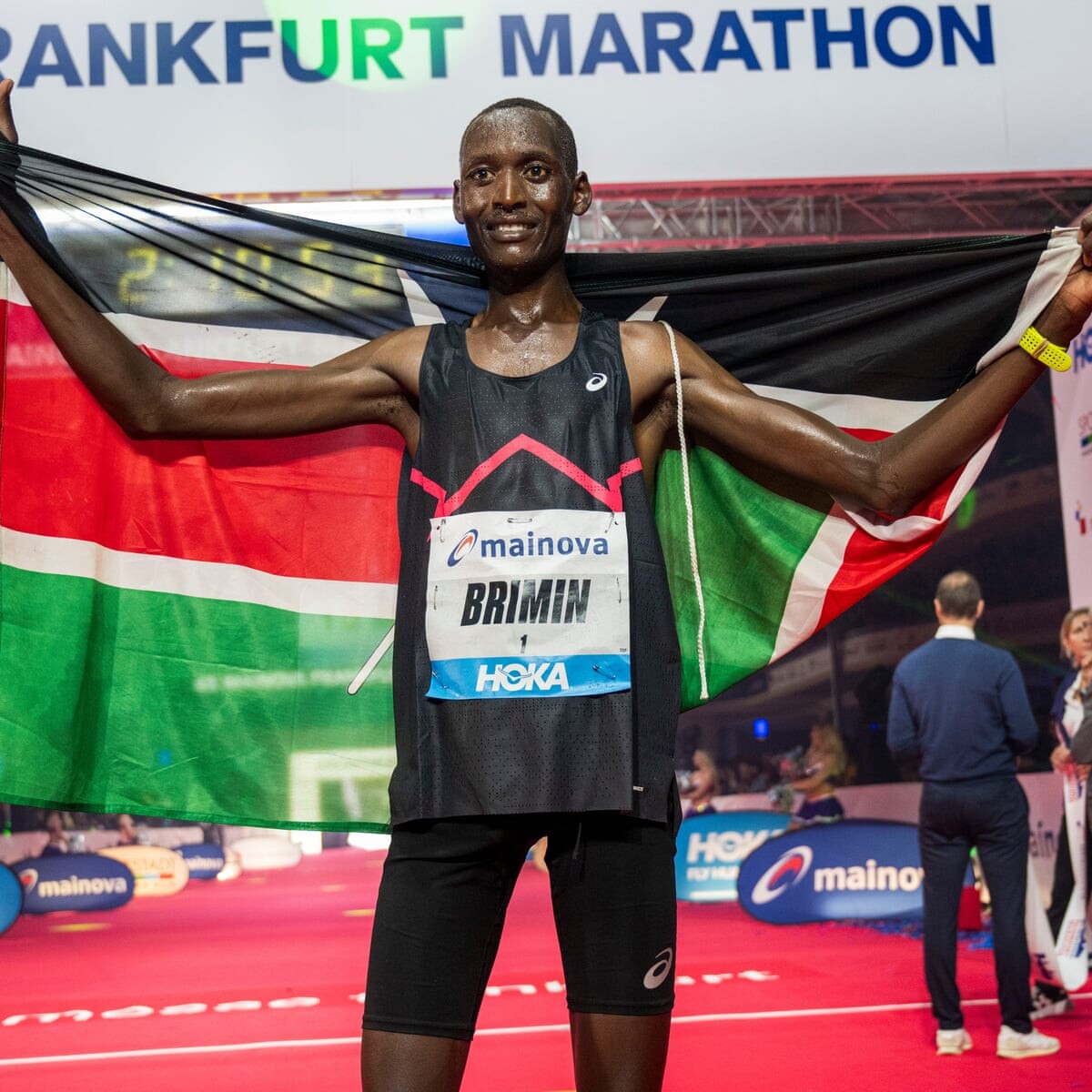
Rethinking the "Whereabouts" Requirement
WADA's "whereabouts" rule mandates that athletes provide their location for one hour each day to facilitate out-of-competition testing. This constant monitoring infringes on athletes' privacy rights and imposes an unreasonable burden. Reevaluating this policy could help balance effective anti-doping measures with respect for personal freedoms.
Understanding Blood Doping and Its Implications
Blood doping, which involves increasing red blood cells to enhance performance, poses significant health risks, including blood clots, stroke, and heart attack. While it's linked to deaths in sports like cycling, there is no documented case of a runner dying directly from blood doping.
Interestingly, many doping violations involve substances like erythropoietin (EPO), which, despite health risks, haven't been directly linked to fatalities among runners. In contrast, alcohol—a legal substance—is responsible for approximately 3 million deaths worldwide annually. This disparity raises questions about the consistency of current substance regulations in sports.
The Business of Anti-Doping
Established in 1999 with an initial operating income of USD 15.5 million, WADA's budget has grown significantly, reaching USD 46 million in 2022. This increase reflects the expanding scope of WADA's activities, including research, education, and compliance monitoring.
Funding is primarily sourced from public authorities and the sports movement, with the International Olympic Committee (IOC) being a major contributor. Notably, in 2024, the United States withheld over USD 3.6 million—about 6% of WADA's annual budget—due to disputes over the agency's handling of doping cases.
EPO's Prevalence in Doping Cases
Erythropoietin (EPO) has a history of abuse in endurance sports due to its performance-enhancing capabilities. For example, Kenyan marathon runner Brimin Kipkorir was provisionally suspended in February 2025 after testing positive for EPO and Furosemide. This suspension adds to a series of high-profile doping cases affecting marathon running, especially among Kenyan athletes.
Adapting Governance and Policies to Maintain Trust
High-profile doping scandals have exposed flaws in the governance of athletics. The case of coach Alberto Salazar illustrates the challenges in enforcing anti-doping regulations. Salazar, who led the Nike Oregon Project, was initially banned for four years in 2019 for multiple anti-doping rule violations, including trafficking testosterone and tampering with doping control processes.
In 2021, he received a lifetime ban for sexual and emotional misconduct. His athlete, Galen Rupp, never tested positive for banned substances, yet his reputation suffered due to his association with Salazar. This situation underscores the importance of independent and transparent governance in maintaining the sport's integrity.
The banned drug list
The World Anti-Doping Agency (WADA) maintains a comprehensive list of substances and methods prohibited in sports to ensure fair competition and athlete health. This list is updated annually and includes categories such as:
· Anabolic Agents: These substances, including anabolic-androgenic steroids, promote muscle growth and enhance performance.
· Peptide Hormones, Growth Factors, and Related Substances: Compounds like erythropoietin (EPO) and human growth hormone (hGH) that can increase red blood cell production or muscle mass.
· Beta-2 Agonists: Typically used for asthma, these can also have performance-enhancing effects when misused.
· Hormone and Metabolic Modulators: Substances that alter hormone functions, such as aromatase inhibitors and selective estrogen receptor modulators.
· Diuretics and Masking Agents: Used to conceal the presence of other prohibited substances or to rapidly lose weight.
· Stimulants: Compounds that increase alertness and reduce fatigue, including certain amphetamines.
· Narcotics: Pain-relieving substances that can impair performance and pose health risks.
· Cannabinoids: Including substances like tetrahydrocannabinol (THC), which can affect coordination and concentration.
· Glucocorticoids: Anti-inflammatory agents that, when misused, can have significant side effects.
Additionally, WADA prohibits certain methods, such as blood doping and gene doping, which can artificially enhance performance. It's important to note that while substances like alcohol are legal and widely consumed, they are not banned in most sports despite their potential health risks.
In contrast, substances like EPO, which have not been directly linked to fatalities among runners, are prohibited due to their performance-enhancing effects and potential health risks. This raises questions about the consistency and focus of current substance regulations in sports..
Regarding the percentage of doping violations involving EPO, specific statistics are not readily available. However, EPO has been a focal point in numerous high-profile doping cases, particularly in endurance sports. For detailed and up-to-date information, consulting WADA's official reports and statistics is recommended
Blood Doping Across Sports
Blood doping is prohibited across various sports, particularly those requiring high endurance. The International Olympic Committee (IOC) banned blood doping in 1985, and since then, numerous sports organizations have implemented similar prohibitions. Cycling has been notably affected, with many major champions associated with or suspended for blood doping.
In conclusion, while the fight against doping is essential to maintain fairness in athletics, the current methods employed by WADA may be causing more harm than good. It's imperative to develop more nuanced, fair, and effective anti-doping policies that protect both the integrity of the sport and the rights of its athletes.
by Bob Anderson
Login to leave a comment
The Rush to Discredit Greatness – Why Do We Doubt Record-Breaking Performances?
When news broke that Jacob Kiplimo had run an astonishing 56:42 half marathon, the immediate reaction on social media was a mix of awe, skepticism, and outright accusations of cheating. Many simply couldn’t believe that a human could run that fast.
By Bob Anderson, Editor of My Best Runs
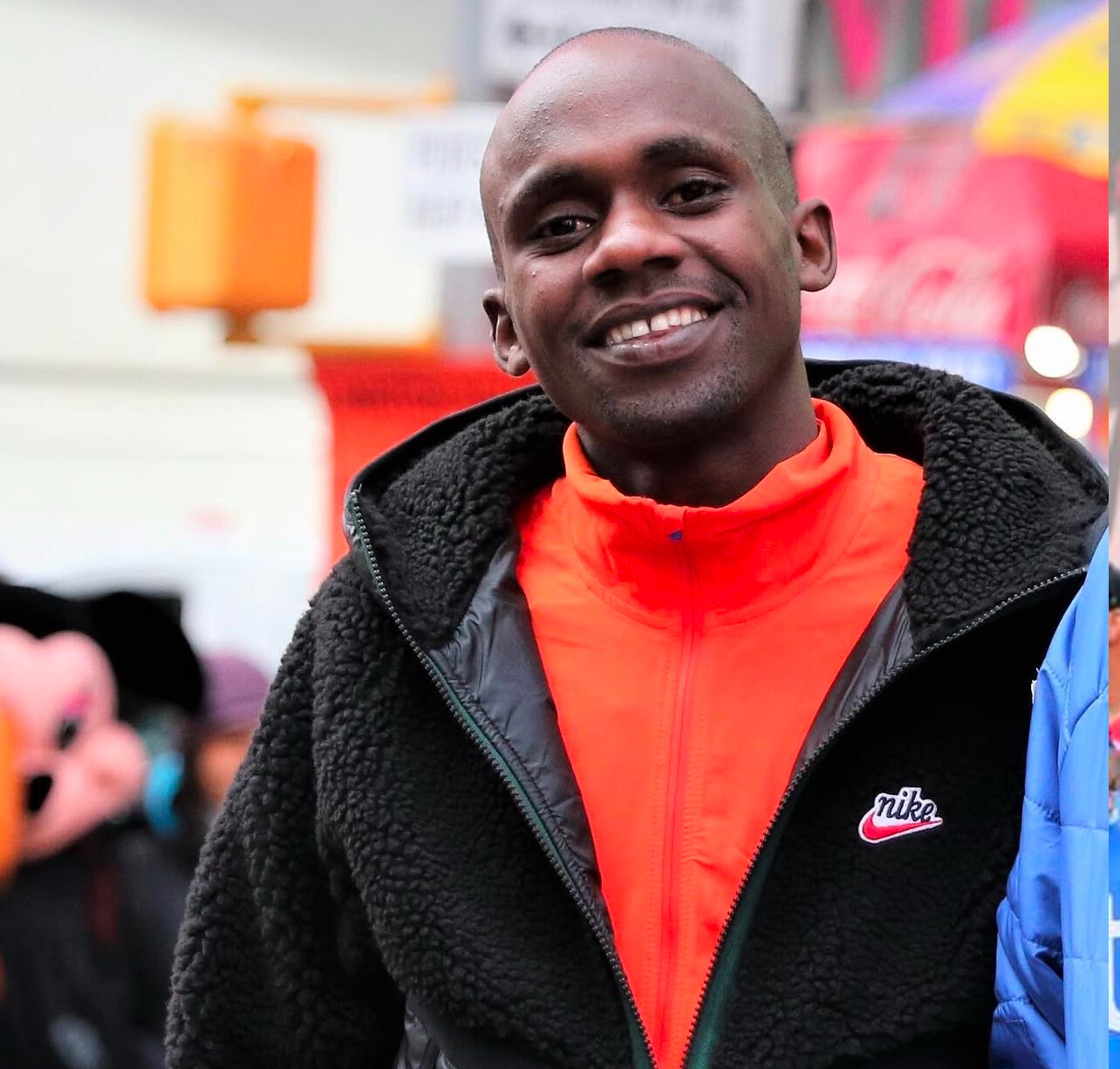
I understand why people might be shocked. This was not just a fast race—it was arguably the greatest distance running performance ever. Kiplimo’s time shattered previous records and redefined what we thought was possible over 21K. But should disbelief automatically lead to accusations?
The reality of record-breaking feats
Throughout history, incredible performances have often been met with doubt. In 1954, Roger Bannister’s sub-4-minute mile seemed superhuman, but today, elite high schoolers chase that mark. When Eliud Kipchoge broke the two-hour marathon barrier (albeit in a controlled environment), people debated how much was due to pacing, shoes, or course setup.
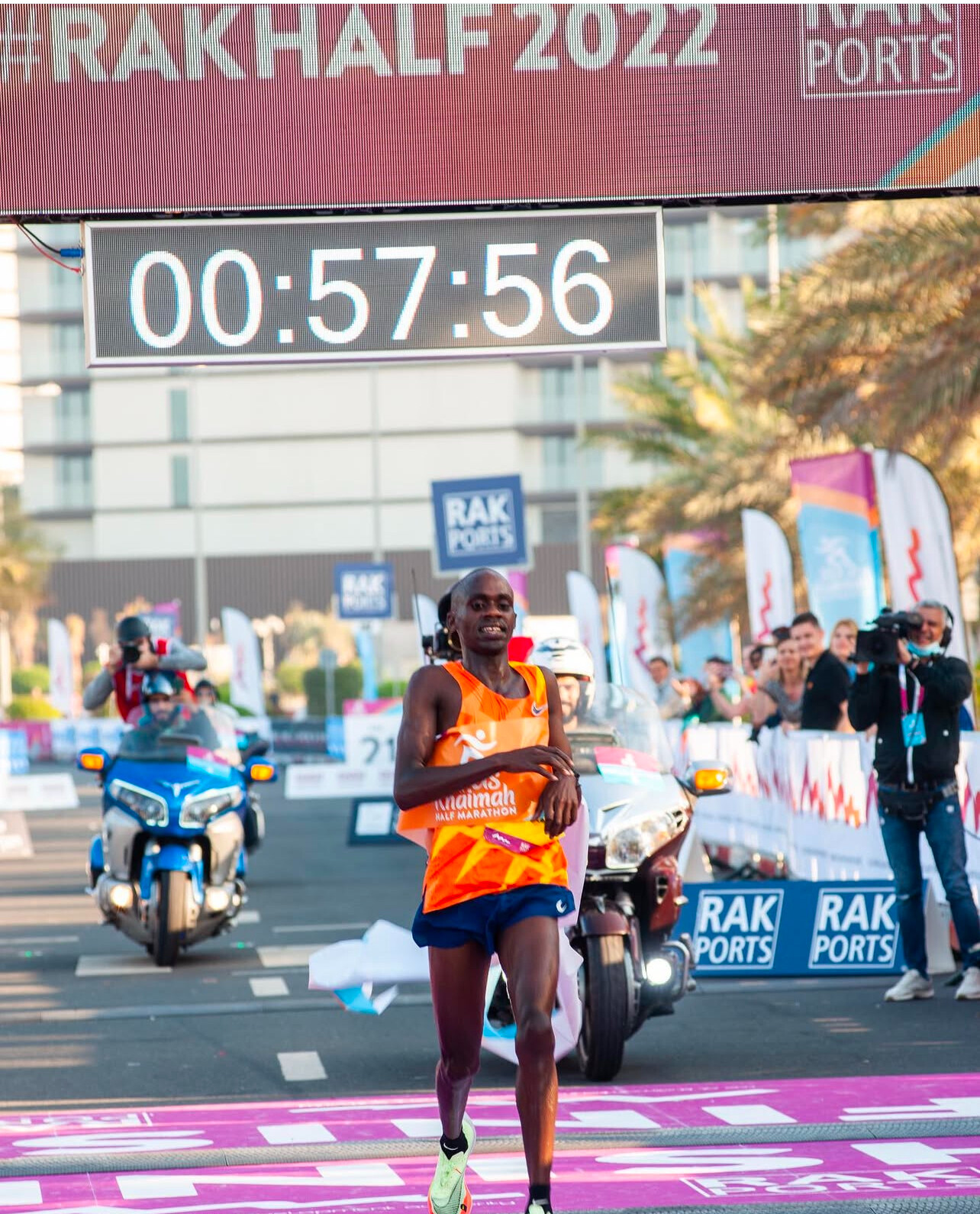
Now, with Kiplimo’s 56:42, we see the same pattern. Questions arise:
Was the course accurate? This will be verified before the record is ratified.
Did he use performance-enhancing drugs (PEDs)? As far as we know, he has passed every drug test, and accusations without evidence are unfair.
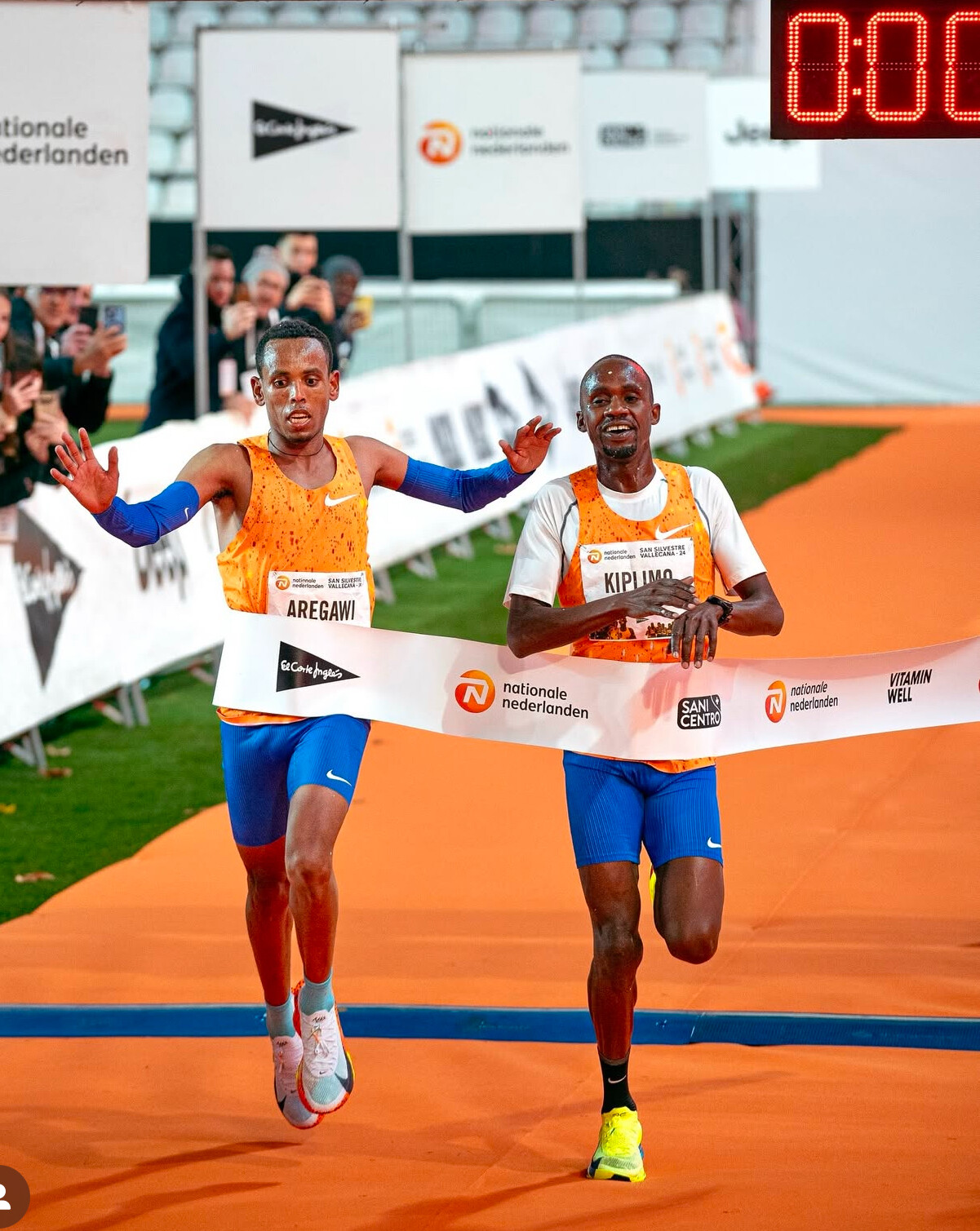
What about Nike’s super shoes? Yes, he wore them, but these shoes are legal under World Athletics regulations.
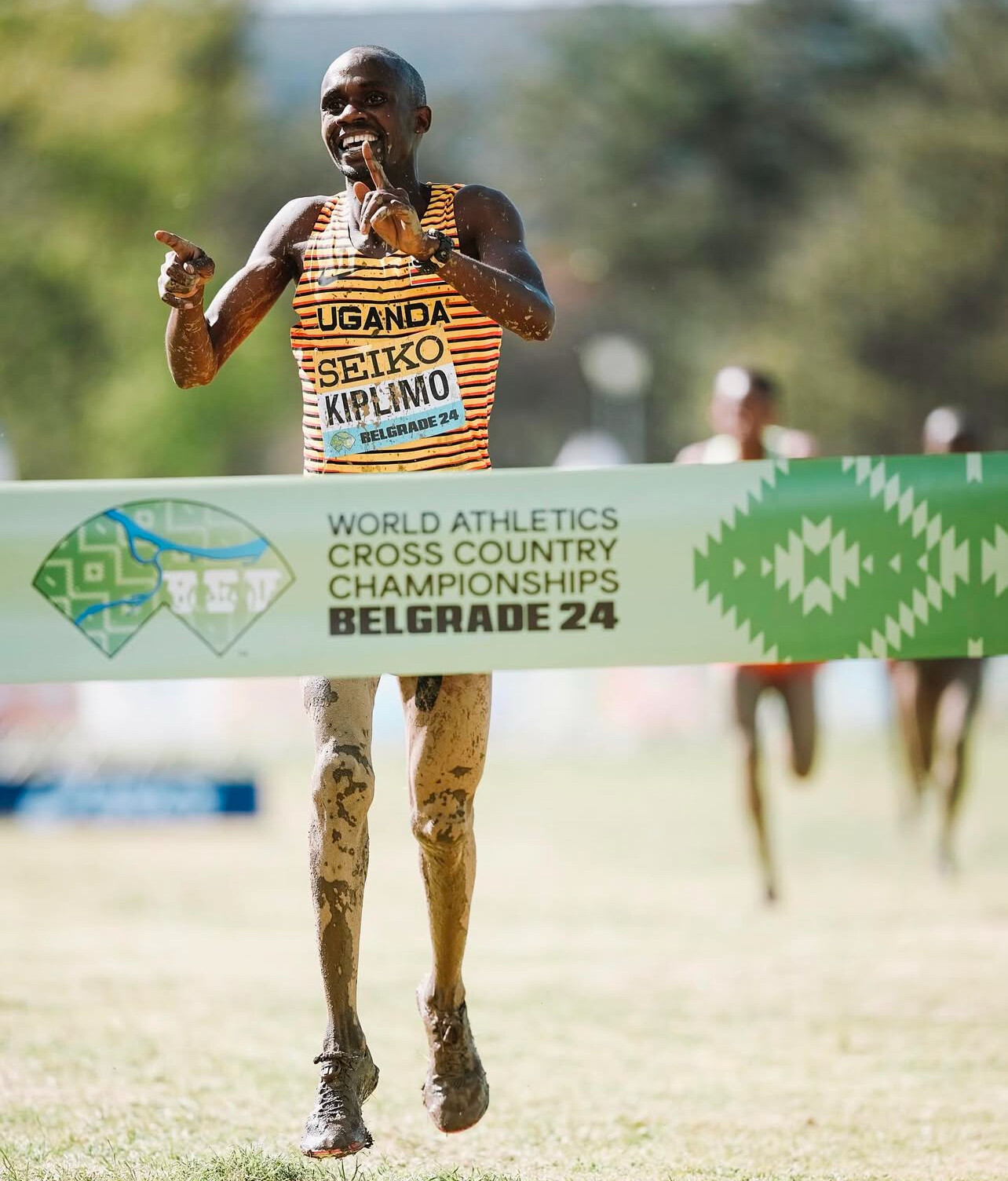
These are reasonable questions to ask, and the governing bodies will do their due diligence. But what’s frustrating is the knee-jerk reaction of immediately assuming foul play.
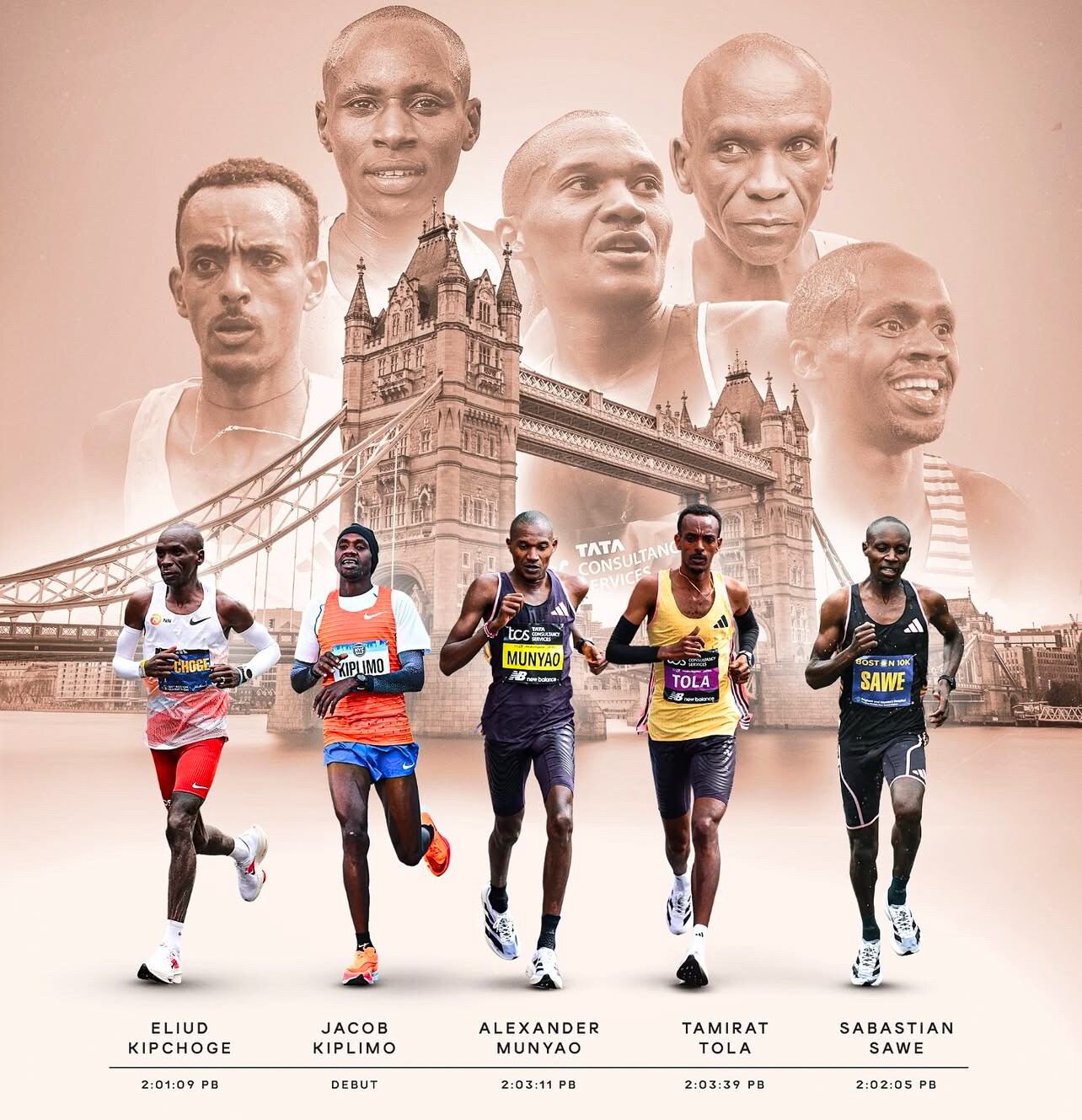
The culture of doubt in modern running
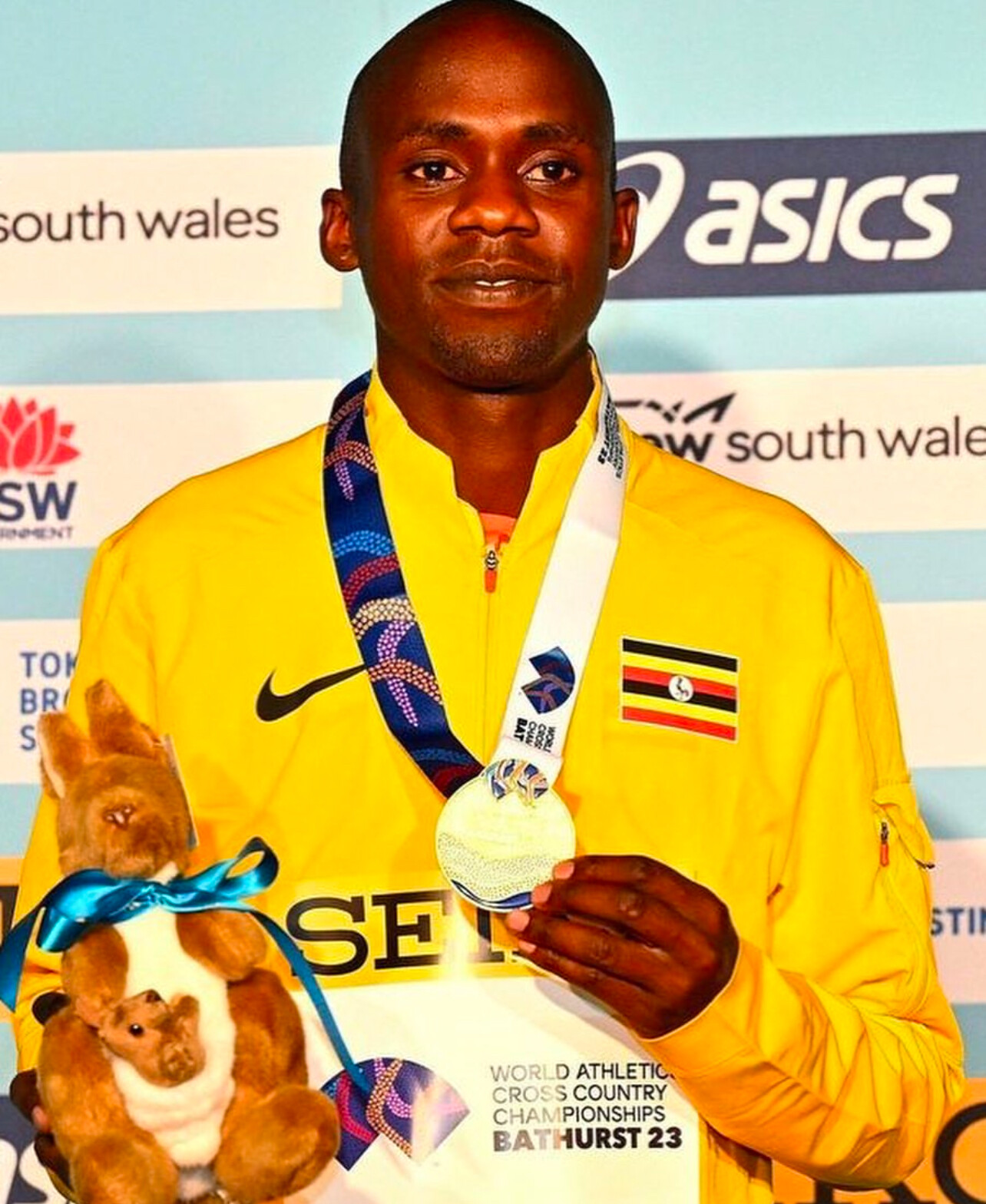
Why do some past champions and fans rush to discredit new performances? Some of it comes from personal experience—many former elite runners trained incredibly hard, and when they see times they never thought possible, it’s natural to wonder what changed. Some of it also comes from a real history of doping scandals in the sport, from Ben Johnson to Lance Armstrong to the Russian state-sponsored program.
But there’s another factor—social media. Unlike in Bannister’s era, when skepticism was confined to private conversations, today’s doubts explode instantly across the internet. A single tweet suggesting “this must be doping” spreads like wildfire, often without evidence.
Jacob Kiplimo is no stranger to records
Let’s not forget that this is not Kiplimo’s first world record. He has been at the top of the sport for years, previously holding the half marathon world record at 57:31 before Kelvin Kiptum broke it. He has consistently performed at the highest level, winning Olympic and World Championships medals. Are the same people suggesting he cheated back then too? Or is it only now, when the record has taken a dramatic leap, that they feel the need to discredit him?
Innocent until proven guilty
In sports, as in life, we must be careful about making baseless accusations. If evidence emerges that Kiplimo cheated, that’s one thing. But until then, we should celebrate an incredible performance and let the process of verification take its course.
To those quick to assume wrongdoing, I ask—what if you’re wrong? What if Kiplimo is simply that good? Greatness should inspire us, not immediately make us suspicious. Until proven otherwise, this was a historic day for distance running—one that deserves recognition, not reckless doubt.
by Bob Anderson
Login to leave a comment
False Accusations Impact Eliud Kipchoge's Reputation and Earnings
In February 2024, the running community was shaken by the tragic death of marathon world record holder Kelvin Kiptum in a car accident. In the aftermath, baseless rumors emerged on social media, falsely implicating fellow Kenyan marathoner Eliud Kipchoge in the incident. These unfounded allegations led to a wave of online harassment directed at Kipchoge, tarnishing his reputation and potentially impacting his earnings.
Impact on Kipchoge's Reputation
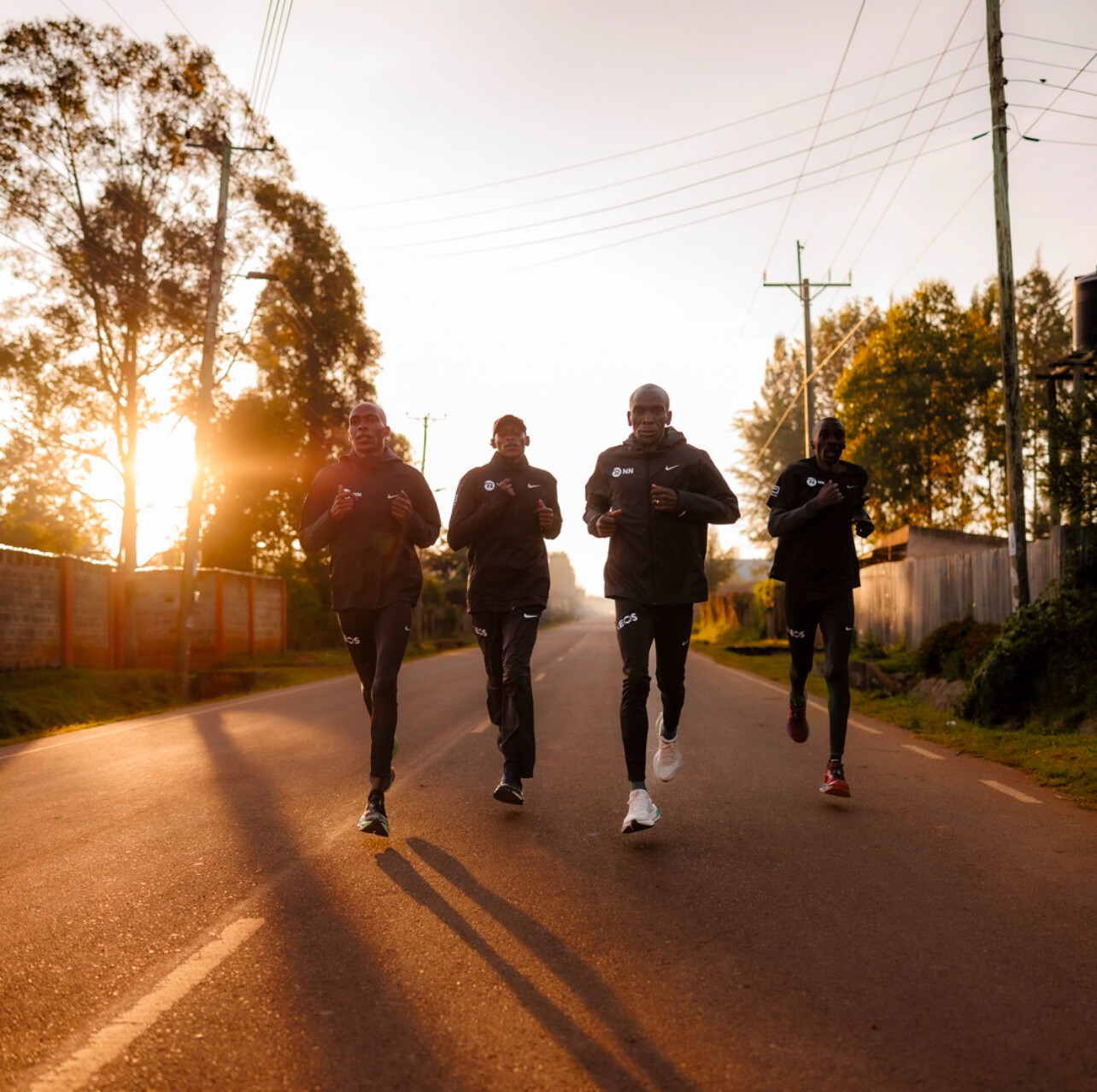
Eliud Kipchoge, renowned for his discipline and sportsmanship, faced significant challenges due to the spread of misinformation. The false accusations not only subjected him to personal distress but also threatened to undermine the public's perception of his integrity. In an interview, Kipchoge expressed his anguish, stating that the harassment forced him to take measures to protect his family. He emphasized that the claims were baseless and deeply affected his personal and professional life.
Financial Implications

While exact figures are not publicly disclosed, the reputational damage from such allegations can have substantial financial repercussions. Endorsement deals, appearance fees, and sponsorships are often contingent upon an athlete's public image. Negative publicity, even if unfounded, can lead to reduced opportunities and financial losses. For instance, in 2015, Kipchoge himself noted that doping claims could harm the reputations and earnings of Kenyan runners, highlighting the sensitivity of sponsors and event organizers to athletes' public perceptions.
Addressing the Misinformation
In response to the false allegations, Kipchoge took steps to clear his name and restore his reputation. He publicly addressed the rumors, asserting his innocence and expressing his commitment to the sport's integrity. Such proactive measures are crucial in mitigating the damage caused by misinformation. Brands like Nike have demonstrated that transparent communication and reaffirming core values can help restore public trust after controversies.
The spread of false information had a tangible impact on Eliud Kipchoge, affecting both his personal well-being and professional standing. This incident underscores the broader implications of misinformation in the digital age, highlighting the need for responsible communication and the protection of individuals' reputations.
by Boris Baron
Login to leave a comment
2025 Gate River Run Elite Battle for USA 15K Glory
The 2025 Gate River Run in Jacksonville, Florida, set for March 1, is not only America’s largest 15K but also serves as the USA 15K Championship—a high-stakes battleground where elite athletes from across the nation and around the globe will clash for glory, record-breaking prizes, and the opportunity to inscribe their names in running history.
This year’s event has rejoined the prestigious Professional Road Running Organization (PRRO) Circuit for the first time since 1993, significantly elevating its status with over $400,000 in total prize money at stake. Competitors face a guaranteed purse of $57,000 with additional bonuses that can boost the total to $62,000, and winners also earn eligibility for a $20,000 PRRO Super Bonus at the season-ending PRRO Championship in Utica, New York.

The prize structure is designed to reward outstanding performance and national pride. In the Open Division, the top 10 finishers in both the men’s and women’s fields will earn significant payouts, while U.S. athletes have the opportunity to “double dip” by competing for additional American Cup bonuses, which reward the top five finishers with extra cash ranging from $3,000 to $500. Adding an intriguing twist, the Equalizer Bonus awards the first athlete to cross the finish line—regardless of gender—an extra $5,000, and record-breaking performances are further incentivized with $10,000 for a world record, $5,000 for an American record, and $3,000 for a course record.

The 15K course itself is a true test of strategy and endurance as it weaves through Jacksonville’s urban landscape and culminates at the base of the Hart Bridge, famously nicknamed the “Green Monster” due to its steep, punishing incline. This final stretch demands that athletes balance blistering speed with tactical acumen as they fight to maintain their momentum and push through fatigue, echoing the challenges faced by past legends who set formidable benchmarks on this course. Organizers have gone to great lengths to support peak performance, providing elite athletes with complimentary airport transfers and accommodations at the Marriott Jacksonville Downtown, along with strict adherence to USATF and IAAF anti-doping policies. Qualification standards are stringent, with men required to finish under 46:00 and women under 53:00 to be eligible for prize money, ensuring that only the very best contend.
Adding to the excitement is the confirmed participation of marquee athlete Jacob Kiplimo, the current 15K world record holder known for his blistering 40:42 performance. Kiplimo’s entry, along with a strong contingent of top U.S. runners and promising international stars already confirmed, underscores the elite quality of the field this year. While the full elite roster is still being finalized, insiders report that several of America’s best middle- and long-distance runners are set to join the competition, with additional names expected to be announced in the coming weeks.
Beyond the elite competition, the Gate River Run remains a celebration of running culture, drawing over 18,000 participants—from dedicated runners to enthusiastic walkers—who join in the festivities and contribute to the event’s storied legacy. For professional athletes, however, this race is a career-defining opportunity; it is where every second matters, every stride is measured, and personal bests and record-breaking performances are the norm rather than the exception.
As the countdown to March 1 continues, anticipation builds among athletes and fans alike. The 2025 Gate River Run promises to be an arena where national pride meets global ambition, a platform for elite runners to test their limits and secure life-changing prizes while setting the stage for the upcoming outdoor season. For registration details, elite entry requirements, and live coverage, visit the official Gate River Run website or follow updates on My Best Runs.
by Boris Baron
Login to leave a comment
Gate River Run
The Gate River Run (GRR) was first held in 1978, formerly known as the Jacksonville River Run, is an annual 15-kilometer road running event in Jacksonville, Fla., that attracts both competitive and recreational runners -- in huge numbers! One of the great running events in America, it has been the US National 15K Championship since 1994, and in 2007...
more...The Distance Running Scene in 2024: A Year of Remarkable Achievements
The global distance running scene in 2024 was marked by incredible performances, new records, and innovative approaches to training and competition. From marathons in bustling city streets to ultramarathons through rugged terrains, the year showcased the resilience, determination, and evolution of athletes from all corners of the globe.
The World Marathon Majors—Tokyo, Boston, London, Berlin, Chicago, and New York—continued to be the centerpiece of elite distance running, each event contributing to a year of unprecedented performances and milestones.
Tokyo Marathon witnessed a remarkable performance by Kenya's Ruth Chepngetich, who set a new women's marathon world record with a time of 2:11:24. This achievement sparked discussions about the rapid advancements in women's long-distance running and the influence of technology in the sport.
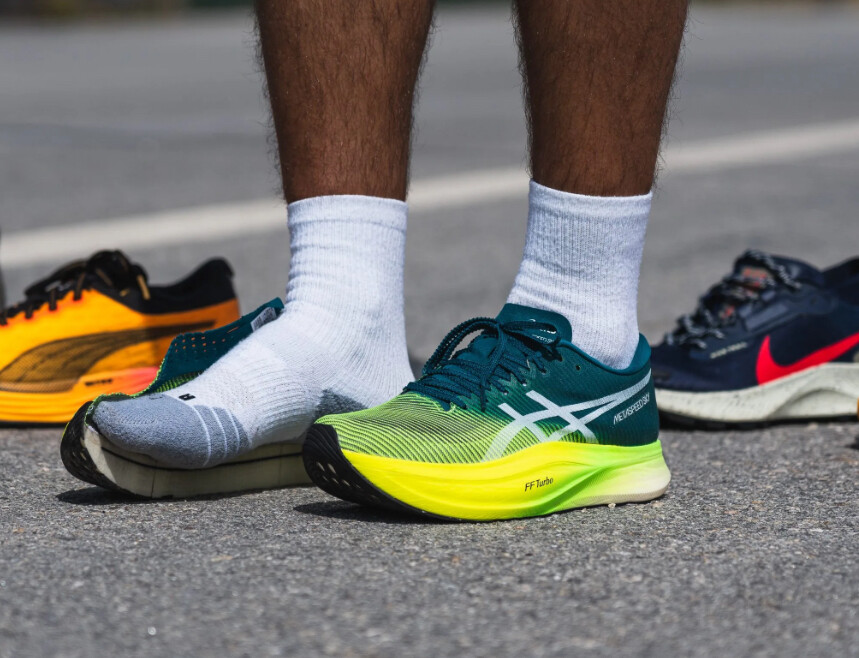
In the Boston Marathon, Ethiopia's Amane Beriso delivered a dominant performance, winning in 2:18:01. On the men's side, Kenya's Evans Chebet defended his title, highlighting Boston's reputation for tactical racing over sheer speed.
London Marathon saw Ethiopia's Tamirat Tola take the men's crown, besting the field with a strong tactical race. Eliud Kipchoge, despite high expectations, did not claim victory, signaling the growing competitiveness at the top of men’s marathoning. On the women's side, Kenya's Peres Jepchirchir triumphed, adding another major victory to her impressive resume.
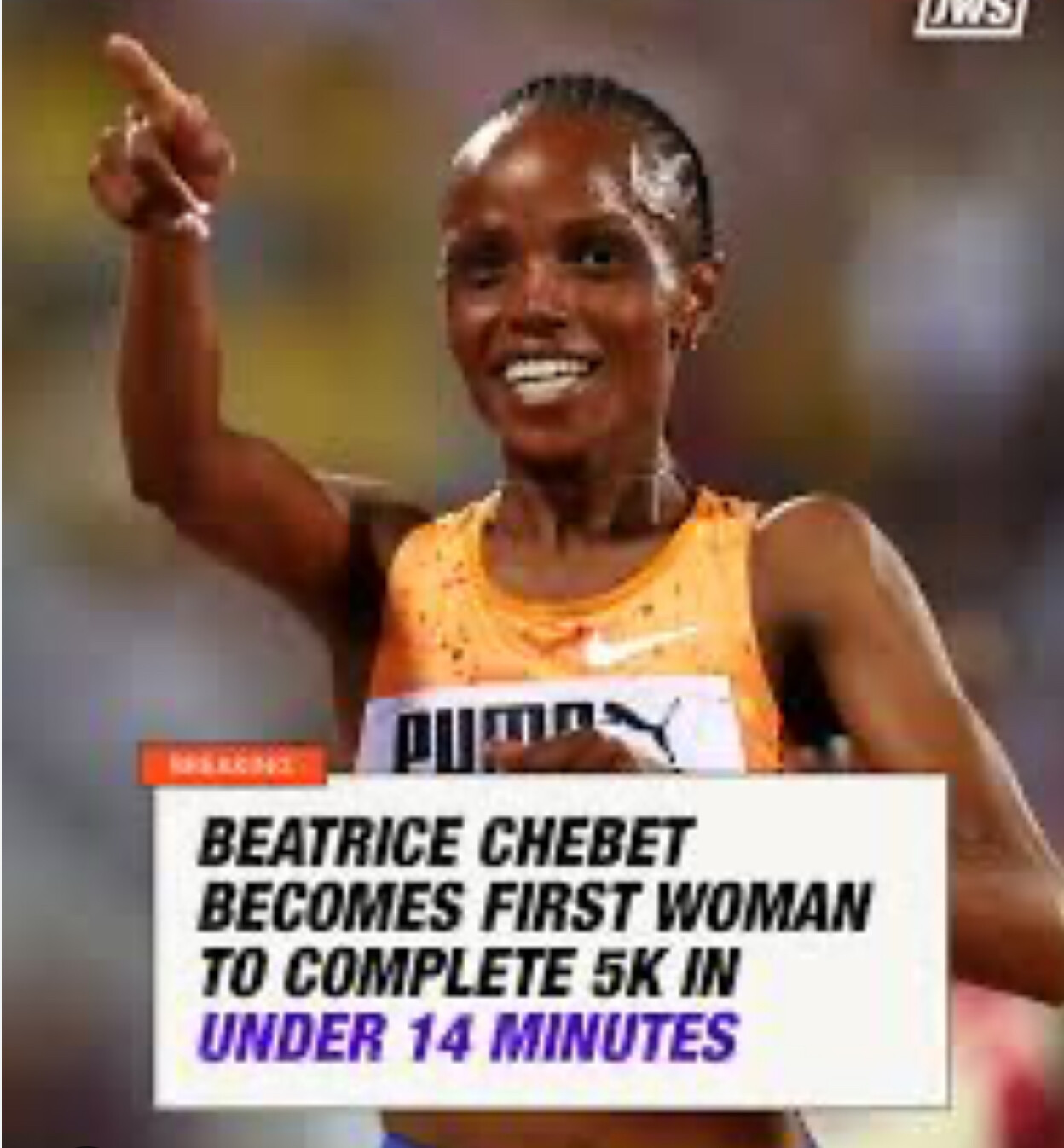
The Berlin Marathon in 2024 showcased yet another extraordinary performance on its fast course, though it was Kelvin Kiptum’s world record from the 2023 Chicago Marathon (2:00:35) that remained untouched. In 2024, Berlin hosted strong fields but no records, leaving Kiptum’s achievement as the defining benchmark for men’s marathoning.
The Chicago Marathon was the highlight of the year, where Kenya's Ruth Chepngetich made history by becoming the first woman to run a marathon in under 2:10. She shattered the previous world record by nearly two minutes, finishing in 2:09:56. This groundbreaking achievement redefined the possibilities in women's distance running and underscored the remarkable progress in 2024.
The New York City Marathon showcased the depth of talent in American distance running, with emerging athletes achieving podium finishes and signaling a resurgence on the global stage.
Each marathon in 2024 was marked by extraordinary performances, with athletes pushing the boundaries of human endurance and setting new benchmarks in the sport.
Olympic Preparations: Paris 2024 Looms Large
With the 2024 Summer Olympics in Paris just around the corner, many athletes used the year to fine-tune their preparations. Qualifying events across the globe witnessed fierce competition as runners vied for spots on their national teams.
Countries like Kenya, Ethiopia, Japan, and the United States showcased their depth, with surprising performances by athletes who emerged as dark horses. Japan’s marathon team, bolstered by its rigorous national selection process, entered the Olympic year as a force to be reckoned with, particularly in the men's race.
Ultramarathons: The Rise of the 100-Mile Phenomenon
The ultramarathon scene continued to grow in popularity, with races like the Western States 100, UTMB (Ultra-Trail du Mont-Blanc), and Leadville 100 drawing record participation and attention.
Courtney Dauwalter, already a legend in the sport, extended her dominance with wins at both UTMB and the Western States 100, solidifying her reputation as the GOAT (Greatest of All Time) in ultrarunning.
On the men’s side, Spain’s Kilian Jornet returned to form after an injury-plagued 2023, capturing his fifth UTMB title. His performance was a masterclass in pacing and strategy, showcasing why he remains a fan favorite.
Notably, ultramarathons saw increased participation from younger runners and athletes transitioning from shorter distances. This shift signaled a growing interest in endurance challenges beyond the marathon.
Track and Road Records: Pushing the Limits
The year 2024 witnessed groundbreaking performances on both track and road, with athletes shattering previous records and setting new benchmarks in distance running.
Beatrice Chebet's Dominance: Kenya's Beatrice Chebet had an exceptional year, marked by multiple world records and championship titles.
10,000m World Record: In May, at the Prefontaine Classic, Chebet broke the women's 10,000m world record, becoming the first woman to run the distance in under 29 minutes, finishing in 28:54.14.
Olympic Triumphs: At the Paris Olympics, Chebet secured gold in both the 5,000m and 10,000m events, showcasing her versatility and dominance across distances.
5km World Record: Capping off her stellar year, on December 31, 2024, Chebet set a new women's 5km world record at the Cursa dels Nassos race in Barcelona, finishing in 13:54. This achievement made her the first woman to complete the 5km distance in under 14 minutes, breaking her previous record by 19 seconds.
Faith Kipyegon's Excellence: Kenya's Faith Kipyegon continued her dominance in middle-distance running by breaking the world records in the 1500m and mile events, further cementing her legacy as one of the greatest athletes in history.
Joshua Cheptegei's 10,000m World Record: Uganda's Joshua Cheptegei reclaimed the men's 10,000m world record with a blistering time of 26:09.32, a testament to his relentless pursuit of excellence.
Half Marathon Records: The half marathon saw an explosion of fast times, with Ethiopia’s Yomif Kejelchabreaking the men's world record, running 57:29 in Valencia. The women's record also fell, with Kenya’s Letesenbet Gidey clocking 1:02:35 in Copenhagen.
These achievements highlight the relentless pursuit of excellence by distance runners worldwide, continually pushing the boundaries of human performance.
The Role of Technology and Science
The impact of technology and sports science on distance running cannot be overstated in 2024. Advances in carbon-plated shoes, fueling strategies, and recovery protocols have continued to push the boundaries of human performance.
The debate over the fairness of super shoes reached new heights, with critics arguing that they provide an unfair advantage. However, proponents emphasized that such innovations are part of the natural evolution of sports equipment.
Data analytics and personalized training plans became the norm for elite runners. Wearable technology, including advanced GPS watches and heart rate monitors, allowed athletes and coaches to fine-tune training like never before.
Grassroots Running and Mass Participation
While elite performances stole the headlines, 2024 was also a banner year for grassroots running and mass participation events. After years of pandemic disruptions, global races saw record numbers of recreational runners.
Events like the Great North Run in the UK and the Marine Corps Marathon in the U.S. celebrated inclusivity, with participants from diverse backgrounds and abilities.
The popularity of running as a mental health outlet and community-building activity grew. Initiatives like parkrunand local running clubs played a pivotal role in introducing more people to the sport.
Diversity and Representation
Diversity and representation became central themes in distance running in 2024. Efforts to make the sport more inclusive saw tangible results:
More women and runners from underrepresented communities participated in major events. Notably, the Abbott World Marathon Majors launched a program to support female marathoners from emerging nations.
Trail and ultrarunning communities embraced initiatives to make races more accessible to runners from diverse cultural and economic backgrounds.
Challenges and Controversies
Despite the many successes, 2024 was not without its challenges:
Doping Scandals: A few high-profile doping cases marred the sport, reigniting calls for stricter testing protocols and greater transparency.
Climate Change: Extreme weather conditions impacted several races, including the Boston Marathon, which experienced unusually warm temperatures. Organizers are increasingly focusing on sustainability and adapting to climate-related challenges.
Looking Ahead to 2025
As the year closes, the focus shifts to 2025, which promises to build on the momentum of 2024. Key storylines include:
The quest for a sub-2-hour marathon in a record-eligible race, with Kelvin Kiptum and Eliud Kipchoge at the forefront.
The continued growth of ultrarunning, with new records likely to fall as more athletes take up the challenge.
The evolution of distance running as a global sport, with greater inclusivity and innovation shaping its future.
Conclusion
The distance running scene in 2024 was a celebration of human potential, resilience, and the unyielding pursuit of greatness. From record-breaking marathons to grueling ultramarathons, the year reminded us of the universal appeal of running. As the sport evolves, it continues to inspire millions worldwide, proving that the spirit of running transcends borders, ages, and abilities.
by Boris
Login to leave a comment
Age is no barrier for Dwain Chambers
The 46-year-old sprinter explains why he still enjoys racing after being voted AW masters male athlete of 2024.
When Dwain Chambers settled into his blocks at the start of the 60m final in the M45 age group at the European Masters Championships in Poland this year, he felt as nervous as ever. At his peak, he won world and European indoor titles in 2009 and 2010 over the same distance, yet racing against fellow veteran sprinters in Poland, he was the big-name athlete whose scalp everyone wanted.
“I took it very seriously because I knew I could lose,” he says. “I was two or three metres ahead on paper but I still had to go in and prepare the same way. I knew I couldn’t slip up, as one of the other Brits would steal my glory. They were raising their level to compete with me, but I also had to raise my game.
“I was still just as nervous as always before the race. I still had to go to the toilet the same number of times before the race! It wasn’t easy.”
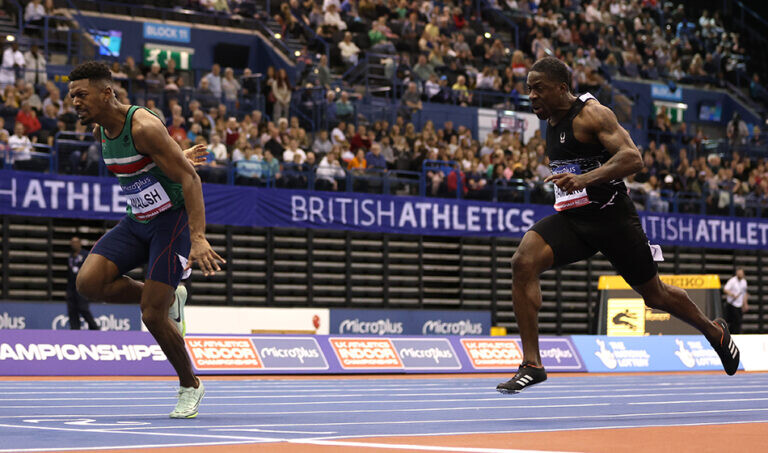
Chambers prevailed in 6.93. A few weeks earlier he had run even quicker, too, with a world indoor record for his age group of 6.81 at Lee Valley. The performances were enough to see him voted AW Readers’ Choice Male Masters Athlete of the Year.
He first shot to fame as a talented teenager in the 1990s with a couple of victories in the European Junior Championships over 100m. A rollercoaster career ensued with a much-publicised brush with the anti-doping authorities. In more recent years he has impressed onlookers with his ageless athleticism, often beating athletes half his age as he continues to streak to super-fast times in his forties.
How did he find the masters scene? “After years of big crowds as an international athlete, I thought ‘what’s it going to be like?’” he says. “I promised myself for years that I was going to do a masters event and I was overwhelmed with the support I got and also seeing all these older athletes still doing what they love.
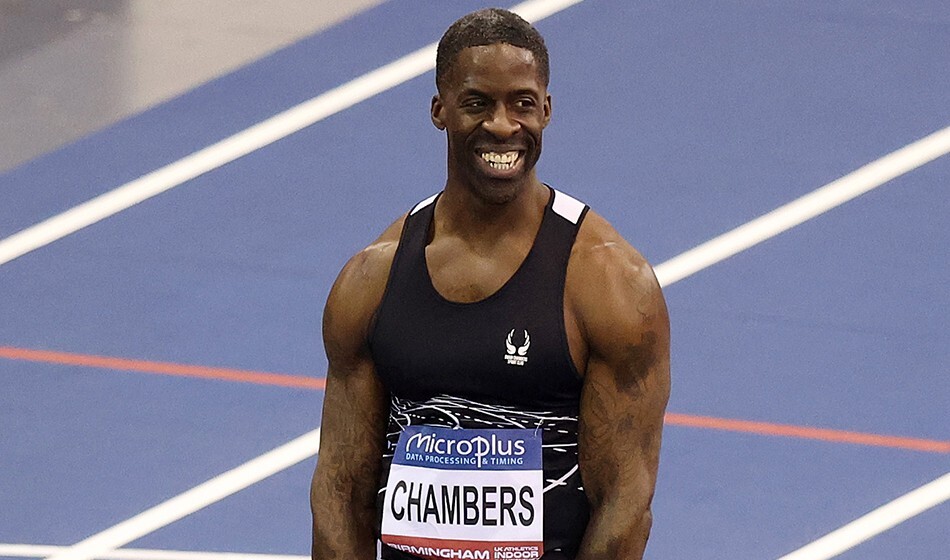
“Okay, they’re not running crazy fast times but they’re out there doing their best. They’re all having fun and enjoying it, which reminded me why I loved the sport so much as a younger athlete before it got to a point where it wasn’t so much fun for a while.”
Did he ever imagine as a young athlete that he’d one day do masters athletics? “Not at all,” he admits. “It didn’t cross my mind as a youngster. You just live in the moment. You move from race to race and if you have a short break then you have a holiday and you’re back on the ride again soon afterwards.”
Chambers believes more former elite athletes should give masters competitions a go, too. “I think masters competitions should be part of an athlete’s responsibility as it helps raise the profile of the sport and helps with longevity and keeps you going,” he says.
“It can help athletes who are close to retirement but maybe don’t know what they’re going to do during the rest of their lives. They can keep their foot in the door by doing masters athletics while figuring everything out. Once you go from being disciplined for 10-20 years to suddenly being undisciplined, it’s not a good thing. Masters allows athletes to do the sport for the pure enjoyment rather than worrying about agents and contracts and stuff like that.”
After testing positive for drugs in 2003, Chambers received a ban from the sport and was lambasted by the media. At the height of his infamy, Niels de Vos, chief executive of UK Athletics at the time, called for him to be banned from the GB team. Yet the sprinter always maintained a policy of fronting up to his mistakes and gradually, over time, began to win over fans and journalists with his affable personality. As this AW readers’ choice vote proves, the former pantomime villain of athletics is now a respected and admired figure.
Today he advises youngsters to stay on the right track and avoid drugs. It has struck a chord with athletes and parents, too, as his Dwain Chambers Performance Academy has now been going strong for several years with half a dozen coaches and a couple of admin staff helping him deliver sessions to children at Lee Valley in north London.
“We’re teaching kids life skills through sport,” he says. “None of them are guaranteed to become world, European or Commonwealth champions but we’re hoping they will become decent human beings. Once they find that they have an interest in athletics, we know we can help them through that process.”
Outside of coaching kids, Chambers offers his services to footballers and celebrities as well. “It’s cool to be able to bring athletics training into the fitness world,” he says.
In parallel with his own sprinting, he plays “Sellebrity Soccer” for charity as well. “During the first five minutes of the first game, I was absolutely destroyed as I was only ever used to running for 10 seconds or so,” he smiles. “So I keep it safe and play right back. I can’t risk twisting my ankle or anything.”
He turns 47 in April and can still mix it with some of Britain’s best sprinters as he reached the semi-final at the UK Indoor Championships earlier this year. Given this, what are the secrets of his longevity?
Eating a relatively clean diet and resting more between his harder sessions are high up on his list of priorities. “At first I still had the mindset of a 20-year-old but my body wasn’t the same as a 20-year-old’s,” Chambers explains. “So I would train hard for a few days and then it would take two or three weeks to recover.
“I can’t rest a lot between training sessions like younger athletes. I am coaching and looking after my own kids and have other responsibilities during the day which doesn’t allow me to just put my feet up.
“So I decided to work on my nutrition, which is something that I’d never worked on before earlier in my career. Those who pay attention to everything will always beat those who are only doing 85-90 per cent of the work.
“We probably have fish and chips once in a blue moon and takeaway every Friday but I don’t go beyond that. I just stay disciplined.
“I also run fast only about once every 10 days now. In between I will just do tempo runs or recovery runs. And this works for me much better than if I try to do speed, speed, speed the whole time.”
Chambers believes he can run faster in 2025 than he did in 2024 and has an ambition – albeit he admits it might simply be a deluded fantasy – to get back down to closer to the 6.42 for 60m and 9.97 for 100m that he ran a few years ago.
“There is naturally an element of me that thinks: ‘I’ve still got it’,” he says. “I sometimes ask myself if I’m the equivalent of being ‘punch drunk’!
“Yes, I ran 6.81 this year but it’s not 6.40 or 6.20. I think I can still run those times, but is it my imagination running wild or it is a reality? And that’s partly what still drives me.
“I look at what I did when I ran those times in the past and I wonder what steps I can make to get back to that point. Whether I can still run those times or not, or even get close, I’m not sure. But that’s my pursuit of happiness at the minute.”
One thing’s for sure, if he loses his ability to be competitive then he’s not sure he will continue. “I don’t know how many years I will have to go at a good level. Once that disappears I think I’ll be done. I love the thrill of racing and nervousness and everything that goes with it.”
If Chambers was the man to be shot at during the European Masters Champs this year, then the reverse will be true at the UK Indoor Championships in Birmingham in 2025. He is planning to target the event and is looking forward to giving the younger athletes a run for their money.
“I want to do the trials again this winter,” he says. “If I’m lucky and if I can find that spark again, I might get to the European Indoor Champs again!”
by Jason Henderson
Login to leave a comment
Spanish Olympian given four-year ban for falsifying whereabouts documents
Spanish Olympian and two-time world championship medalist Mohamed Katir was handed a four-year ban by the Athletics Integrity Unit (AIU) on Friday for falsifying travel documents in support of his explanation for his three whereabouts failures in 2023.
Instead of accepting wrongdoing and taking on the two-year whereabouts ban, the 26-year-old middle-distance runner falsified travel documents (a travel itinerary, boarding pass and booking confirmation) in an attempt to mislead investigators as they probed the integrity of his explanation for a whereabouts failure that occurred on Feb. 28, 2023. The result was an even longer ban than what he was already facing.

The four-year ban will run concurrently with Katir’s ongoing whereabouts sanction, extending his ban from the sport until February 2028. This means he will be forced to miss both the 2025 World Athletics Championships in Tokyo and the 2027 World Athletics Championships in Beijing.
According to the AIU, the world 5,000m silver medallist missed three tests between Feb. 28, 2023 and Oct. 10, 2023 (missing three doping tests in a 12-month window results in an anti-doping rule violation, or ADRV).

Katir’s whereabouts failures
On Feb. 28, 2023, a Doping Control Officer (DCO) went to the address in Murcia, Spain, indicated in the Athlete’s Whereabouts information; upon arrival, the DCO was told that Katir was in Lisbon and would not be returning until March 2.
Katir missed another test on April 3, when a DCO showed up at his home in Murcia again. When they arrived, Katir was training in France, and had failed to update his whereabouts. Katir told the AIU he tried to update his information, but the system was not working. He was charged with his second violation when he failed to send an email providing evidence of technical issues.
His third violation occurred on Oct. 10, when a DCO went to the specified location during a 60-minute time slot between 7:20 p.m. and 8:20 p.m. When the DCO arrived, Katir was away at training, and later insisted there was a mistake in his whereabouts, and claimed he never changed the time slot from his usual 7:00 a.m. to 8:00 a.m. window.
Katir is a two-time world championship medallist in the men’s 1,500m and 5,000m events. He won silver in the 5,000m behind Norway’s Jakob Ingebrigtsen at the 2023 World Athletics Championships in Budapest.
AIU head Brett Clothier said the ruling underscored the seriousness of tampering: “Gone are the days in athletics when explanations offered in anti-doping cases are just accepted at face value,” he stressed. “The vast majority of our elite athletes respect the strict rules and processes of the sport and they should take heart at the action being taken to ensure a level playing field.”
by Marley Dickinson
Login to leave a comment
Can Running to Holiday Music Improve Your Splits?
It’s the most wonderful time of the year for ‘music doping.’ Feliz Navi-dash your way to happier, faster runs with Christmas carols.
There are countless studies surrounding the impact of holiday music on our mental health, with both positive and negative effects proven. While you may enjoy bopping along to The Jackson 5’s “Santa Claus is Coming to Town” when it plays on the car radio, or always crank up the volume when Mariah Carey’s “All I Want For Christmas Is You” comes on at your holiday party, these classic carols may actually be most useful when you’re out dashing through the snow, if you know what I mean.

Indres Viskontas, a neuroscientist, professor at the University of San Francisco, and author of How Music Can Make You Better, has analyzed and compiled copious amounts of research pertaining to music and psychological impact. For example, one study had 20 male participants perform two six minute running tests, one with and one without music. Researchers measured mean running speed, blood lactate, total distance covered, heart rate, and rate of perceived exertion. The results concluded that runners who listened to their music of choice were significantly faster and had lower blood-lactate concentrations.
Viskontas says amateur athletes specifically will benefit from running to music they enjoy—emphasis on the word “enjoy”. It might be obvious to some, but benefits like improved mood, release of endorphins, and overall performance won’t be as strong if you’re listening to songs that you don’t enjoy.
All that to say, elite athletes won’t necessarily improve by listening to music.
“This is where the studies split and stop showing results,” Viskontas says. “When you’re at the far end of the spectrum of skill, it’s sort of moot. For example, a marathoner who sits at the front of the pack is probably not going to run faster if they are listening to music—they’re already going as fast as they can. For the average runner, however, there are significant benefits.”
How ‘Music Doping’ Works
Music affects the brain on a chemical level. Viskontas cites a few mechanisms surrounding music and how we perceive it. The first is that music raises the arousal levels in the brain. An example of this can be seen in dementia patients who, according to their CT scans, don’t show much brain activity due to the disease. But studies show that if you play music that
Another mechanism is called the analgesic effect, or the endorphin effect. This is when music raises levels of neurochemicals, like dopamine and hormones,that play important roles motivation, especially when it comes to movement.
“Music can wake us up, synchronize our brain activity and movements, and raise neurochemicals that allow us to run faster and stronger with less pain,” Viskontas says.
‘Run Rudolph Run’
Given all this research about the correlation between endurance performance and music, we wondered how Christmas carols, one of the most polarizing genres, fit into these studies. For some people, holiday tunes can have a lot of negative associations, while others experience heightened senses of happiness.
“One of the reasons Christmas music has such an emotional impact is because it comes at a time when we either celebrate with family, or are reminded of family we lost,” Viskontas says. “We only hear it during one part of the year, and that happens to be a time where we’re making a lot of memories, either happy or sad.”
She adds that, as humans, we are highly influenced by sounds in the world. It’s why, for example, we shy away from abrupt noises like a car backfiring or
Hannon is of the opinion that the research regarding music—jolly or not—can be divided into two schools of thought: It enhances your running performance or it alleviates pain, making you feel better overall during your workout but not necessarily producing better results.
“There isn’t actually as much research as you’d think on this,” she says. “It’s hard to get a whole bunch of people to show the same effects because there are so many factors that influence your performance on any given day.”
In any case, there’s a short window of opportunity for these benefits, if you reap them. Listening to Christmas music before the 25th can spur excitement of what’s to come, whereas hearing your favorite merry tunes in January can seem sort of…depressing.
As for Viskontas, she says she grew up singing in the choir in school, so there’s some Christmas music she can’t listen to without crying—a sort of melancholy nostalgia. But other carols, more modern tunes, bring about more positive associations.
“I listen to them while I’m trimming the tree or doing something else holiday-related,” she says. “But going for a run while listening? I’ve never tried. But, you know what
O Come, All Ye Faithful, Pentatonix
Carol of the Bells, Mykola Dmytrovych and John Williams
Login to leave a comment
Doha Marathon by Ooredoo wins World Athletics Gold Label for second time
The Doha Marathon by Ooredoo has been awarded the prestigious World Athletics Gold Label designation, marking its second consecutive year of receiving this honour and reaffirming its position as one of the elite global road races.
The highly anticipated 13th edition, scheduled for January 17, 2025 is poised to be the largest ever, with over 15,000 participants expected.
The Gold Label designation reflects the marathon’s commitment to excellence, meeting the rigorous standards set by the World Athletics Label Road Races programme.These include world-class event organization, featuring advanced timing systems, anti-doping compliance, and comprehensive race amenities such as hydration stations, medical support, and recovery facilities.
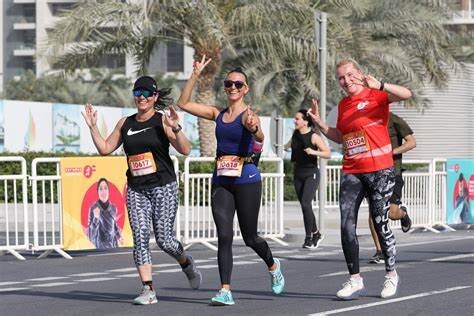
In addition to adherence to safety protocols, and the participation of elite international athletes.With this recognition, the Doha Marathon by Ooredoo stands as a world-class road race offering runners numerous benefits, such as access to certified courses, and opportunities to earn global ranking points.The event also provides qualification opportunities for major international competitions, including the World Championships and the Olympics, while attracting significant global media coverage, enhancing visibility and prestige for participants.
Sabah Rabiah al-Kuwari, Vice-Chairman of the Doha Marathon by Ooredoo Committee at Ooredoo Qatar, commented: “Earning the Gold Label designation for the second year in a row is a significant milestone for the Doha Marathon by Ooredoo and a testament to our commitment to excellence.

This Marathon has grown into a world-class event, uniting international elite athletes and local talent in a shared celebration of health, fitness, and community spirit. It not only enhances the prestige of the event but also further elevates Doha’s standing on the global sporting stage.”The race will feature an iconic route along Doha’s scenic Corniche, starting and finishing at Hotel Park, and will host world-renowned athletes such as Shura Kitata, Solomon Mutai, Roza Dereje, and Joan kipyatich.The event includes four race categories — 5km, 10km, 21km, and 42km — ensuring opportunities for runners of all ages and abilities.
Competitors with disabilities can join races of up to 21km, with free registration available.The popular ‘Al Adaam’ category will also return for its third year next month, offering special cash prizes to encourage local athletes.
Since its inception in 2013, the Doha Marathon by Ooredoo has grown exponentially, reflecting Qatar’s thriving health and fitness culture and its status as a premier destination for major sporting events.
The event has become a local and regional landmark, attracting runners from around the world and contributing significantly to Qatar’s global sporting reputation.
by Gulf Times
Login to leave a comment
Ooredoo Doha Marathon
The Ooredoo Doha Marathon was created to bring the community together, inspire healthier lifestyles, and contribute to impactful charitable causes in Qatar. This annual event is a celebration of fitness, unity, and giving back, attracting participants of all ages and abilities. All proceeds from entry fees are donated to a variety of local charities, ensuring that every step taken supports...
more...Geneva Marathon winner disqualified for doping
The athlete claimed he did not know what EPO or furosemide were and had no idea how they both ended up in his body.
The winner of the 2024 Generali Geneva Marathon in Switzerland, Kibrom Weldemicael has been given a six-year doping ban after testing positive for two substances. Weldemicael was provisionally suspended just days before he was supposed to run at the 2024 Paris Olympics for Eritrea, now, the 37-year-old will be unable to compete until 2030, and his marathon win will be annulled.
According to the Athletics Integrity Unit, Weldemicael provided an in-competition urine sample after his win at May’s Geneva Marathon in 2:09:57. Three months later, a WADA laboratory in Cologne, Germany found an adverse finding in his May 5 sample for the presence of erythropoietin (EPO) and furosemide.
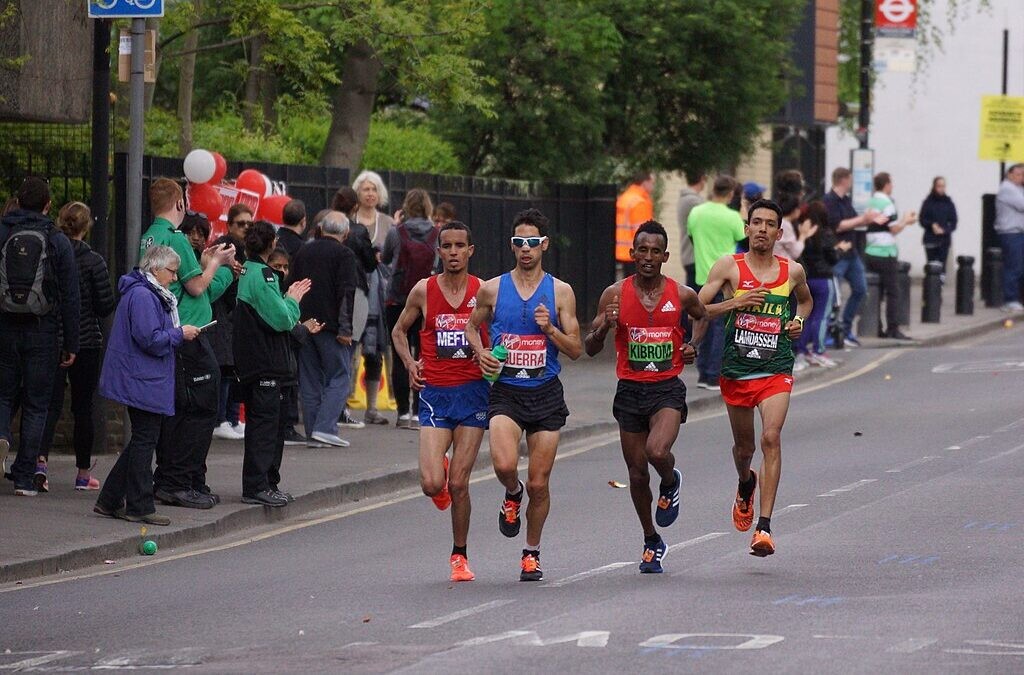
EPO enhances the blood’s oxygen-carrying capacity by increasing red blood cell production, which can improve endurance and performance in long-distance runners. Furosemide is a diuretic (often referred to as a “water pill”), which helps the body get rid of excess salt and water by increasing urine production. The drug is typically used to lose weight quickly or to mask the use of other performance-enhancing drugs. EPO and furosemide are both prohibited substances on the WADA 2024 Prohibited List.
According to the AIU, Weldemicael was notified of the adverse finding in person at the Paris Olympics, where he was preparing to run for Eritrea in the men’s marathon. He was given a provisional suspension on Aug 9, after failing to file a written submission on why the suspension should not be imposed. A week later, the athlete provided an explanation saying he had not taken EPO, and said his red blood cell count was high because he had been training in high-altitude locations for his entire career. He also requested a test of his B sample.
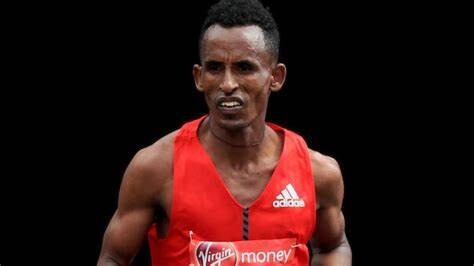
Weldemicael failed to pay for the cost of the B sample test by the deadline, waiving his right to the analysis. He later claimed he did not know what EPO or furosemide were, had not taken either and was unable to explain the presence of both in his body.
The AIU said they reviewed the athlete’s explanation and it was clear he had committed an ADRV (Anti-Doping Rule Violation).
The 37-year-old, who ran his marathon personal best of 2:07:25 this year, will be ineligible to compete until May 2030. His result from the 2024 Geneva Marathon will be disqualified, but his win from Maratón BP Castellón in Spain in February will stand. His best performance at a major marathon was his eighth-place finish at the 2015 London Marathon.
by Marley Dickinson
Login to leave a comment
Harmony Geneva Marathon
The Harmony Geneva Marathon for Unicef is arguably one of the most picturesque city marathons in Europe and unquestionably one of the fastest. The course takes in the countryside nestled between mountains and the shore of Lake Geneva before finishing in the heart of the city in front of the famous Jet d’Eau. Thousands of runners from more than 120...
more...2014 Boston Marathon winner to finally receive prize money
10 years after setting the course record, Ethiopia's Buzunesh Deba will be awarded her prize money through the B.A.A.'s new voluntary payments initiative.
On Tuesday, the Boston Athletic Association (B.A.A.), which organizes the Boston Marathon, announced new plans to address prize money discrepancies caused by doping offences over the past 40 years. Starting in January 2025, the B.A.A. will begin issuing voluntary payments to athletes whose results were re-ranked due to disqualifications, dating back to 1986—the year prize money was first introduced.
This announcement is significant for Ethiopian runner Buzunesh Deba and Kenyan athlete Edna Kiplagat, who were both elevated to first place after Kenya’s Rita Jeptoo (2014) and Diana Kipyokei (2021) were disqualified for doping. In Deba’s case, she was originally awarded the second-place prize, but was later recognized as the winner of the 2014 race; she also set the course record of 2:19:59. Despite this, Deba has waited nearly a decade to receive the USD $100,000 owed to her: $75,000 for first place and $25,000 for the course record.
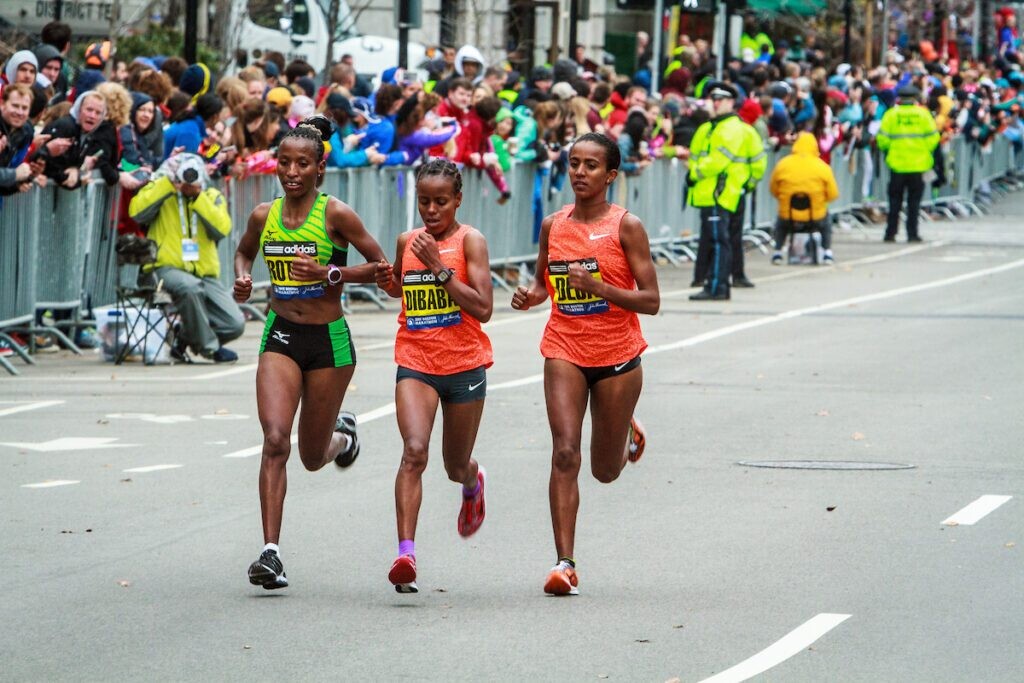
Deba’s payment, set to be issued in January, will be the largest compensation under the B.A.A.’s voluntary payout program. Earlier this year, a Wall Street Journal article put a spotlight on the B.A.A., sharing Deba’s 10-year wait for the prize money. The story caught the attention of Philadelphia businessman Doug Guyer, who sent Deba a USD $75,000 cheque to cover the difference between the first- and second-place prizes.
Jack Fleming, B.A.A. president and CEO said in a press release, “Our initiative aims to ensure that clean athletes are compensated appropriately. While the process to reclaim and redistribute prize money has been challenging, it remains essential to uphold fair competition.”
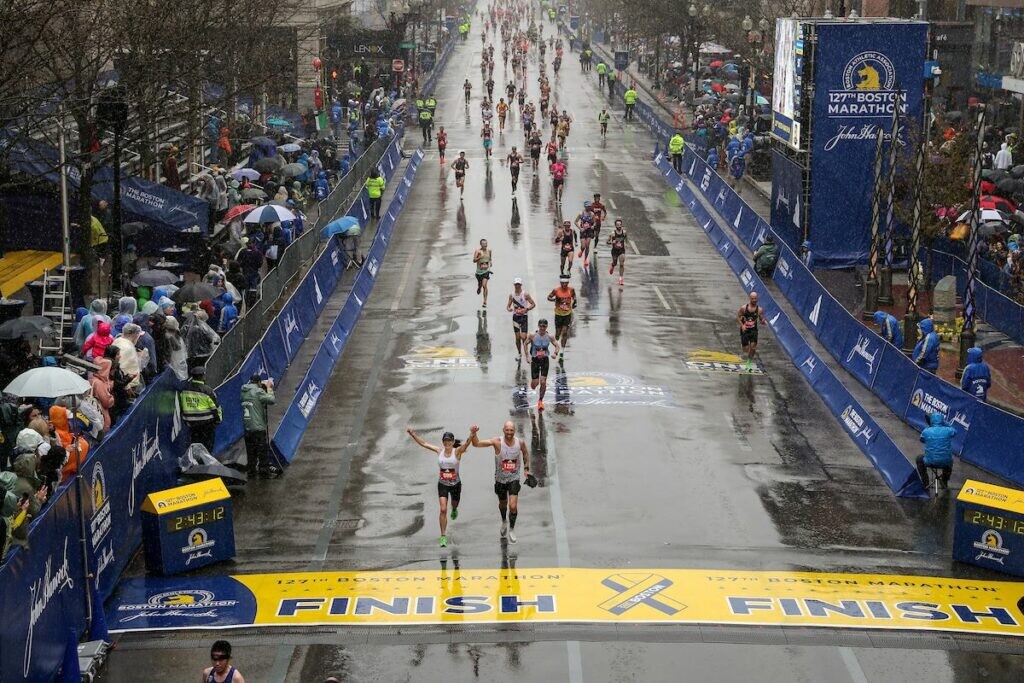
Eighty runners from eight Boston Marathons and nine participants from the Boston 5K event are eligible to receive payments totalling USD $300,000. Athletes found guilty of doping offences at any time will be ineligible for compensation. The B.A.A. says it will seek to reclaim payments from any recipient later disqualified.
The B.A.A. collaborates with global anti-doping organizations, including the Athletics Integrity Unit (AIU), the World Anti-Doping Agency (WADA) and the U.S. Anti-Doping Agency (USADA), to ensure a level playing field at its events. Notably, no male Boston Marathon champion has been stripped of their title for doping.
by Marley Dickinson
Login to leave a comment
'It kills me inside'- British runner on how competing at the dirtiest race in Olympic history forced her to retire
The 2006 Commonwealth Games 1500m champion explained how competing in the dirtiest race in history forced her into early retirement.
Retired English middle-distance runner Lisa Dobriskey has detailed how having to compete against runners who cheat fueled her desire to retire before she was ready.

The former Commonwealth Games champion recounted the 1500m final race at the London 2012 Olympic Games where almost every runner was banned for doping. The winner of the race, Asli Cakir Alptekin was banned in 2017, for a third-time offence, this time for life.
The second-place finisher, Gamze Bulut was also banned for four years in 2016, meaning the athlete who finished third at the time, Maryam Yusuf Jamal, was elevated to first place. Tatyana Tomashova who finished fourth was banned for two years in 2008.
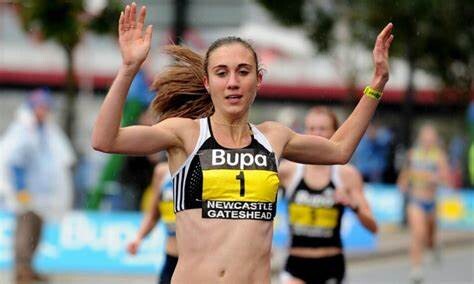
Abeba Aregawi who finished fifth was suspended in 2016 but that was lifted. Shannon Rowbury was elevated to third place in the race. Natallia Kareiva was also banned for two years in 2014 while Lucia Klocova was since elevated to fourth. Ekaterina Kostetskaya was also banned for two years in 2014 with Lisa Dobriskey now elevated to fifth-place. Laura Weightman, Hellen Obiri and Morgan Uceny were also in that race.
Lisa Dobriskey revealed that athletes constantly cheating impacted her career and she opted to leave other than having to constantly fight for justice and nothing right seemed to be happening.
“Trying to get back I thought, ‘What’s the point?’ I lost my heart and it played a big part of my decision to walk away. I have never, ever got over it. There’s not a day that goes by when I don’t think about it. It kills me inside,” Dobriskey said as per The Times.
“I’m not someone who makes that sort of comment lightly. I knew my sport so well and I knew what I was saying was grounded and true. It was a case of, ‘I’m telling you these people are cheating,’ but my voice just got crushed and I was made to look foolish and bitter. From the outside I can understand I looked spoilt, but it took courage to speak out, and that got trampled on.”
The doping menace hurt her so bad that she admitted she could not watch the Paris Olympic Games. Dobriskey disclosed that she never wanted to stop running but her body had had enough and was not going to condone that.
Even after a series of attempts, she could not get herself to get back on track since it was mentally draining. She has lost a lot of faith in what the future holds when it comes to track and field as she believes the game is rigged.
“I just can’t. It hurts so much. I didn’t want to stop running but my body gave up. I tried to get back to watching but it’s just too painful and makes me spiral and get in a mess mentally. Now 2012 feels almost comical. I was fifth but never finished fifth,” she said.
“I just don’t know. It’s hard to trust a system that let you down so many times. I’m detached from it now. I’ve moved on.”
by Abigael Wafula
Login to leave a comment
The sport we love is going to be ruined unless something is done. It seems to me if we can not make sure whoever is on the starting line is legal at that moment or not. We can not keep banning people after the fact. Something needs to change. - Bob Anderson 11/26 7:54 am |
Emmaculate Anyango: Kenya’s long-distance prodigy handed six-year doping ban
Emmaculate Anyango, who has been one of Kenya’s emerging athletes, has suffered a major blow after receiving a six-year ban over multiple doping violations.
Kenya’s long-distance sensation Emmaculate Anyango has been handed a six-year doping ban by the Athletics Integrity Unit (AIU) over multiple anti-doping violations.
The AIU announced Anyango’s doping ban on Friday, having provisionally suspended her in October, for the presence and use of a prohibited substance (Testosterone and EPO).
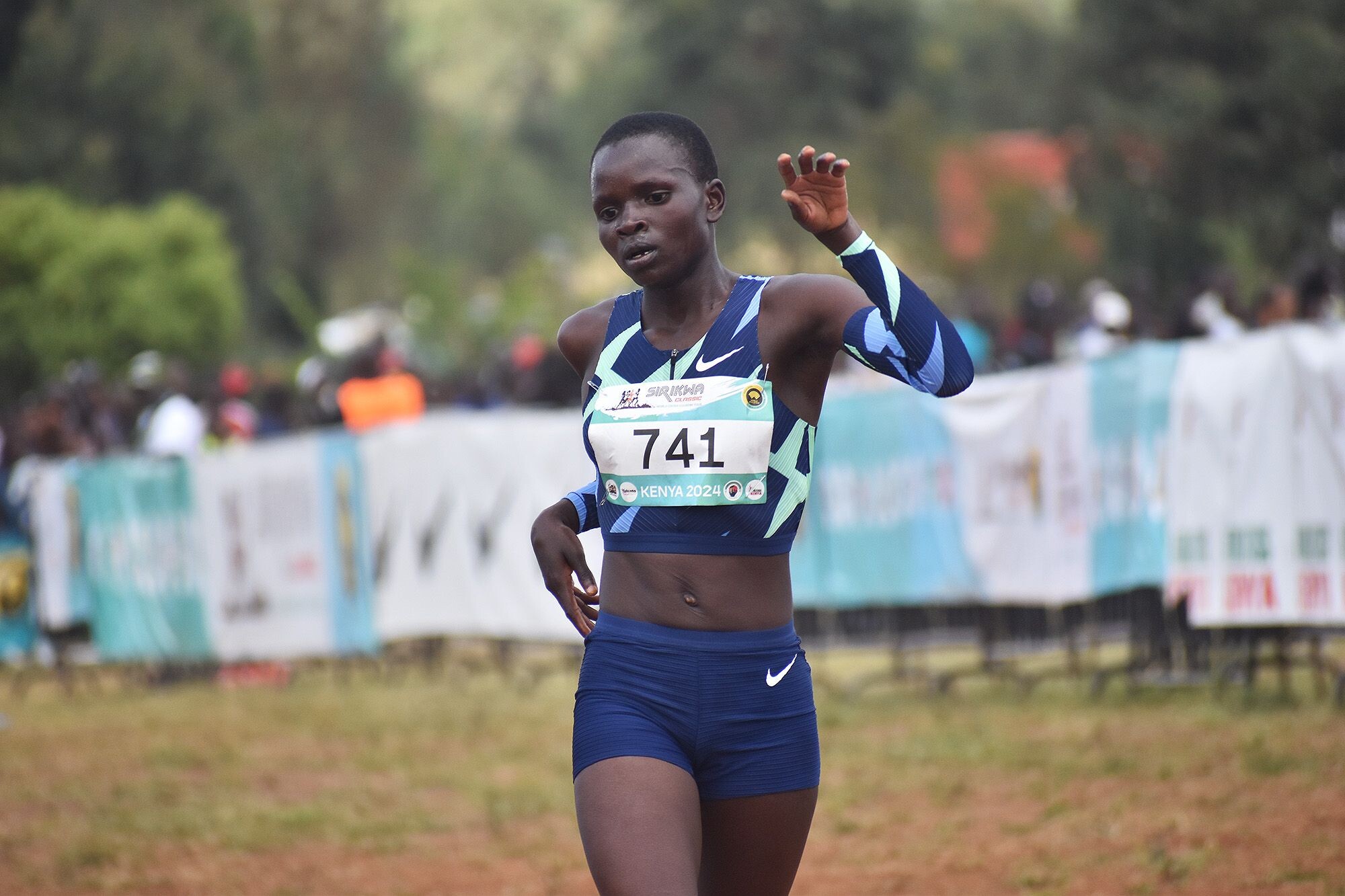
However as per AIU’s latest statement, the athlete was found to have cheated on four occasions between February and June 2024, her first, second and third urine samples revealing the presence of banned substance Metabolites while her fourth urine and blood sample revealed the presence of EPO.
The athlete failed to prove that she used the substances deliberately, having defended herself by claiming that she did not know how they ended up in her body. In her defence, Anyanyo claimed that she visited several hospitals in Eldoret after falling ill and that she fainted on multiple occasions and did not know what was injected into her system.
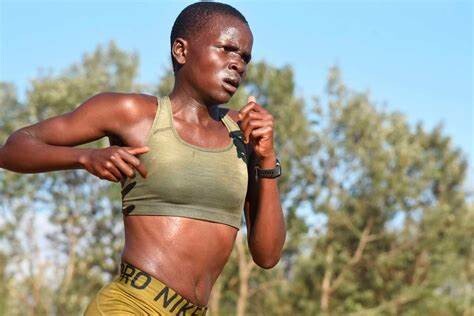
She also presented documents that failed to prove that she knowingly doped, which left her facing the mandatory four-year doping ban, and an extra two for Aggravating Circumstances as a result of her use of multiple banned substances.
The athlete was given an opportunity to accept responsibility, which would have seen her ban reduced by one year, but she failed to do this during the stipulated period, leaving the AIU with no choice but to slap her with the lengthy ban.
It is a major blow to the career of the 24-year-old, who will be 30 and beyond her prime by the time her ban ends in September 2030, having started making waves in 2024.
The Sirikwa Classic Cross-country champion was awarded the Sports Personality of the Month award for February by the Sports Journalists Association of Kenya (SJAK) after coming close to breaking the world 10km world record in January.
She recorded the second fastest 10km time in history when she clocked 28:57 in Valencia, Spain, improving Ethiopian Yalemzerf Yehualaw’s world record (29.14) but unfortunately for her, compatriot Agnes Ngetich won the race in a better time of 28.46.
Her career now appears to be over following the lengthy ban with her results from February 3, 2024 also scrapped.
by Joel Omotto
Login to leave a comment
'Success is more than money' - Eliud Kipchoge warns athletes against the lure of quick riches
A mental health crisis in sports has forced Eliud Kipchoge to urge young athletes to prioritize career and values over money, hoping to guide them away from depression and doping risks.
Former world marathon record holder Eliud Kipchoge is urging upcoming athletes to prioritise their careers and personal values over the lure of fast money.
In light of rising mental health concerns and growing cases of doping in sports, Kipchoge has called on young athletes to shift their focus from chasing quick financial gains to building lasting careers with integrity and resilience.
Kipchoge, a two-time Olympic gold medallist and celebrated for his record-breaking marathon runs, has dedicated himself to nurturing the next generation of sportsmen and women.
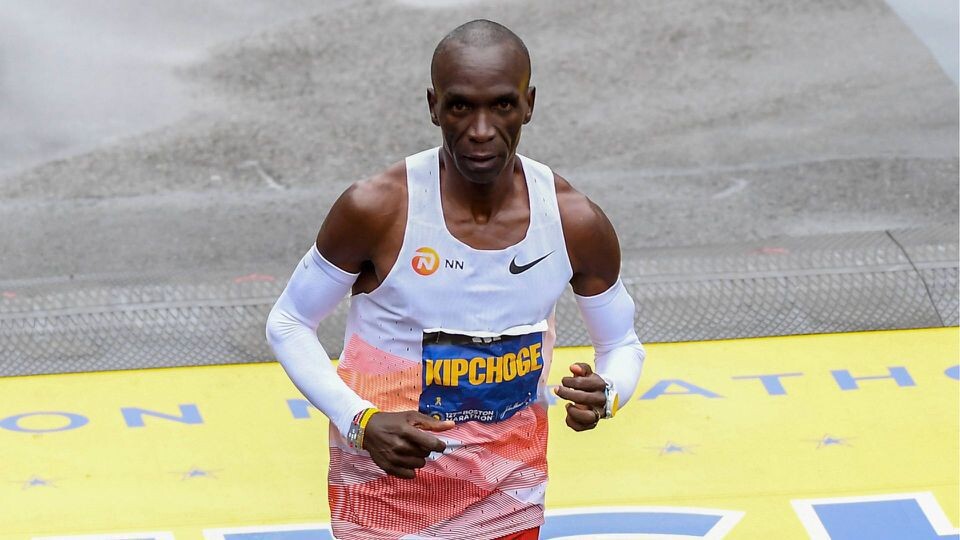
“I am trying to talk to the young people because no one has really gone under the skin of athletes. There is a lot going on under their skins but above all we need to sensitise them that life is not all about money,” Kipchoge emphasised as per TelecomAsiaSport.
“You need to have your own values as a person, and that is what should drive you.”
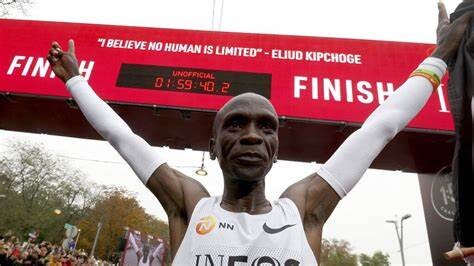
With a career marked by perseverance, Kipchoge understands the challenges that athletes face both on the field and behind the scenes.
He hopes to use his influence to guide young athletes in prioritising personal values, mental well-being, and career longevity over the fleeting allure of fame and money.
He is deeply concerned with the current state of affairs, especially as he sees the tragic impacts of depression and substance abuse on those who struggle to cope.
Recently, the sporting world has been rocked by the deaths of young athletes who succumbed to the pressures of the industry.
Last month, former world Under-20 champion Kipyegon Bett tragically passed away after battling depression and alcoholism, according to close family members.
In another tragic incident, Clement Kemboi, a former All Africa Games steeplechase champion, was found to have taken his own life at his home in Iten.
In response, Kipchoge is determined to do more than just compete—he wants to inspire change within the sporting community.
"I will still continue talking to them," he said, expressing his dedication to counseling and supporting young athletes.
"And if all of us can come together and get our minds together, we can get rid of these things. It is unfortunate that we can lose athletes at such a young age, and it is more unfortunate that we can have young people get into depression and die."
Kipchoge has witnessed how the pressure for financial success can steer young athletes down dangerous paths, often leading to doping as a shortcut to fame and prosperity.
He attributes much of the current doping crisis to the culture of seeking quick, easy money, rather than focusing on building a reputation of dedication and integrity.
Despite the challenges, he remains hopeful that a positive shift is possible if athletes receive the right mentorship and guidance early in their careers.
The celebrated marathoner believes that with open conversations and a community effort, young athletes can learn to see beyond monetary gains and understand the importance of a balanced life that honors their mental health, values, and long-term goals.
"There is a need for athletes to understand that a fulfilling life extends beyond medals and money," Kipchoge said, expressing his optimism for change. "
"The fame and fortune are secondary to the peace and pride of knowing you did it the right way."
by Festus Chuma
Login to leave a comment
Asbel Kiprop: Fame, loss and the redemptive journey of a running legend
After a social media post where Asbel Kiprop blamed a woman for wrecking his family and career, friends and mentors intervened helping him refocus seek support and rebuild his life.
A man is often judged by how he faces his battles whether they are on the field, in the boardroom or within himself.
For Asbel Kiprop, Olympic gold medalist and three-time world champion, life was initially a straight sprint to greatness—a journey of triumphs, gold medals and untold success.
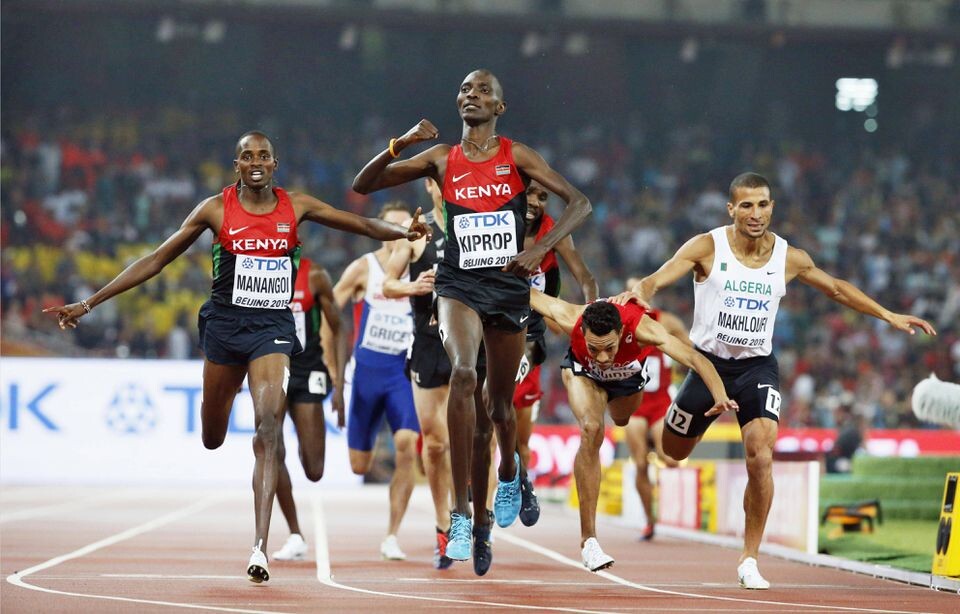
However, when the cheers faded, Kiprop found himself confronted by challenges far more daunting than any he had faced on the track.
In 2018, Kiprop's world came crashing down with a doping scandal that shocked the athletics world.

His name, once revered, was suddenly associated with disgrace and scandal as the Athletics Integrity Unit (AIU) imposed a four-year ban after a positive test for the blood-boosting drug EPO.
“I did not know what he was talking about. He said media was reporting that I had been banned for doping. I developed a running stomach. I was shaking…speechless...My heart felt like someone had plucked it," he recalled in a past interview with The Standard.
The news broke him in a way he could never have anticipated, triggering a spiral of sleepless nights, isolation and bitterness as he fought to reclaim his reputation.
The societal expectations placed on Kiprop, like many men, shaped his journey.
As a world-class athlete with a clean record and a respected status in his community the fall from grace was brutal.
Despite his accomplishments, he suddenly felt alone, misunderstood and scrutinized by a world that once cheered him on.
“People I thought knew me were not standing with me. I got very bitter. I wanted someone who would understand my pain; of how I had trained so hard and now I am banned,” he confesses.
It is a sentiment many men can resonate with—the feeling of isolation when life’s challenges intensify and the difficulty of finding true allies in a world where showing vulnerability is often seen as weakness.
In his darkest moments, Kiprop was left grappling not only with the scandal but also with the cost of fame. His career had come with privileges: financial success, fame and adulation from fans.
Yet, fame’s allure had drawn him into a whirlwind of distractions and poor choices, leaving him exposed to criticisms that ranged from accusations of promiscuity to allegations of reckless behavior.
Kiprop admits, “I made some mistakes in life, and I have always taken the consequences.”
For years, he found solace in the familiar: rigorous training, the support of fans, and, in his downtime, friendships that seemed unbreakable. But the scandal unveiled a new reality.
Friendships dissolved, his reputation crumbled and he found himself wrestling with 'depression'.
His struggles, like those of many men, were not immediately visible to the public eye and Kiprop’s cry for help went unheard until a social media post alarmed his followers.
In a raw moment, he hinted at desperation, expressing his pain in a message that prompted intervention from senior officials.
For Kiprop, it was a call to address his pain—a step many men struggle to take.
Now 35, Kiprop is working to regain his place in Kenyan athletics, setting his sights on the World Athletics Championships in 2025.
Kiprop’s message for men facing setbacks in their careers, relationships, or mental well-being is clear: a setback does not define one’s worth. Instead, it is a test of character and resolve.
“I want to start small and win for my employers, the Kenya Police, who diligently stood by me all the four years,” he says in an interview with RFI.
“It is going to be a hard time but… I want to post good times and progressively go up the ladder and qualify to represent Kenya again.”
This season, Kiprop returned to competition at the National Police Service Track and Field Championships, where he won his 1500m heat—a modest yet meaningful step in his quest for redemption.
His performance signals a new beginning for a man determined to rise again not as the prodigious young star he once was but as a seasoned athlete bearing the lessons of both victory and defeat.
by Festus Chuma
Login to leave a comment
Kenyans take action against gender-based violence
In the wake of the murders of Agnes Tirop and Rebecca Cheptegei by their intimate partners, Athletics Kenya launched a movement on Monday to fight back against gender-based violence (GBV). A new hotline was unveiled for athletes to confidentially report cases of GBV, while an engagement campaign moves across Kenya to encourage athletes to speak up and to raise awareness for financial exploitation.
Tirop, World Championships 10,000 bronze medalist, was murdered by her husband in 2021, giving rise to the creation of Tirop’s Angels, an organization fighting GBV. High-profile female athletes, however, continued to fall victim to men; in September 2024, Cheptegei, who ran the Paris 2024 marathon, died after reportedly being set on fire by her ex-partner.
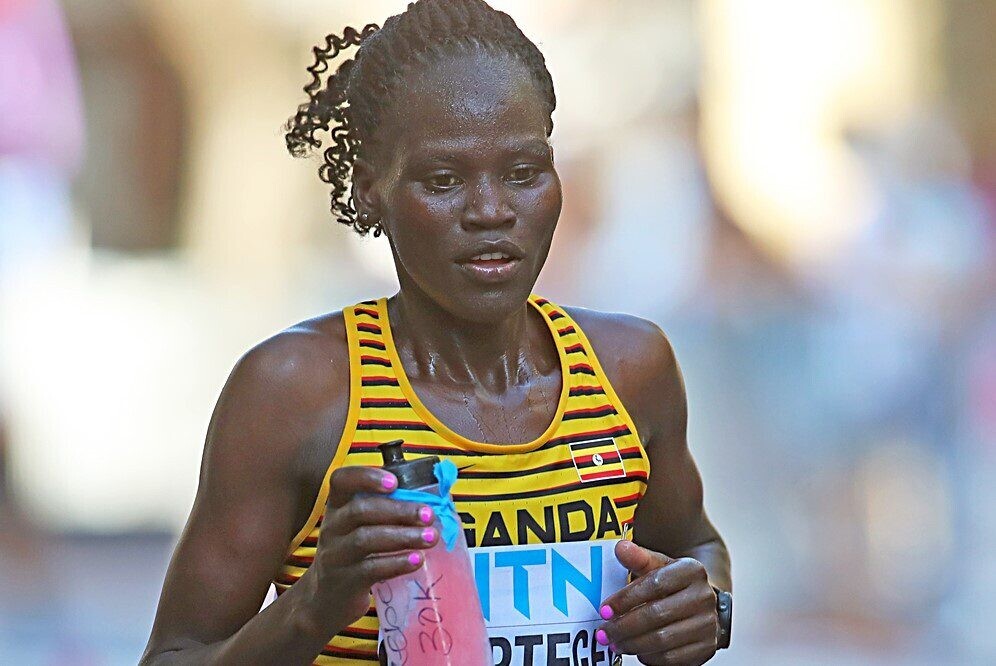
Working in conjunction with the National Government Affirmative Action Fund (NGAAF), Athletics Kenya addresses how lack of communication has been a significant obstacle in the fight against GBV. The hotline will allow athletes to call for help when in danger of GBV, while a chatbot will enable them send an SOS.
“We will fight it the same way we are doing with doping.”

“GBV is totally unacceptable in our society as well as in athletics,” Athletic Kenya’s Chief Administrative Officer Susan Kamau said. “As Athletics Kenya, we are totally committed to eradicating GBV and we will fight it the same way we are doing with doping.” In 2023, the Kenyan government committed to rebuilding their anti-doping program and increased the frequency of random drug testing. Athletics Kenya hopes that a safe and confidential channel for reporting GBV incidents will encourage women and girls to speak up.
The awareness campaign, already in motion, has been moving across the country all week, hosting forums at athletics camps. The program allows runners to share their stories and suggestions to stop GBV, and features female leaders as speakers to educate athletes.
Raising awareness of financial exploitation, as well as GBV
High-profile athletes, including two-time 800m world champion and 2007 Olympic silver medallist, Janeth Jepkosgei, have also highlighted the connection between financial exploitation of athletes and GBV. “Be wary of predators who pretend to be coaches and get into a relationship with young athletes who are the same age as their daughters,” Jepkosgei said, speaking at Thursday’s forum in Kapsabet, Kenya.
Speaking at an earlier event, Lucy Kabuu, 2006 Commonwealth Games champion and two-time Olympian, emphasized the same message. Recently, the athlete has been defending herself in court against her ex-husband and coach, who is trying to claim her earnings. “When you start running and making money, be careful not to fall into the trap of unscrupulous coaches and managers,” Kabuu said. “You should buy properties in your name and not in any other person’s name. Get a financial adviser to help you invest wisely. Learn from me and what I am going through; do not wait to learn from another person.”
1997 World 10,000m champion Sally Barsosio echoed Kabul’s advice. Other successful runners that are actively raising awareness for GBV include seven-time World Marathon Major champion Mary Keitany, six-time World Marathon Major champion, two-time world champion and two-time Olympic silver medallist Catherine Ndereba, 2013 world champion, Diamond League champion and Olympic medallist Milcah Chemos and 2021 TCS New York City Marathon silver medallist, Olympian and founder of Tirop’s Angels, Viola Cheptoo.
by Cameron Ormond
Login to leave a comment
Olympic silver medalist Koki Ikeda suspended for doping
The 26-year-old Japanese race walker Koki Ikeda, one of the world's top competitors in race walking and a leading figure in his national team, has been provisionally suspended this week by the Athletics Integrity Unit (AIU), which has detected unusual data in his biological passport.
As required by World Athletics protocol, this preventive measure is applied in cases where irregular figures are found, even when no direct violation has occurred in an anti-doping test that identifies a specific banned substance. Ikeda will now need to account for the unusual data in his biological passport to avoid a definitive suspension.
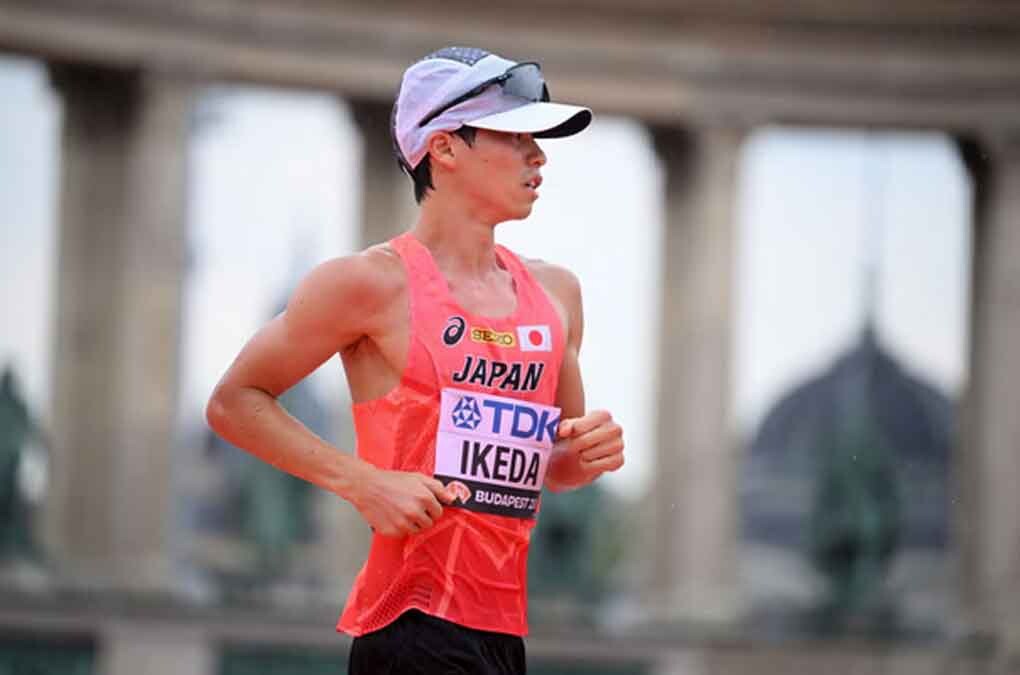
The Associated Press reported that Ikeda received the provisional ban for "suspected blood doping," quoting the AIU, which is based in Monaco. The anti-doping body stated on Friday that the issue relates to the "use of a prohibited substance/method." The biological passport can indicate markers of doping over time without an athlete testing positive for a banned substance. Investigators have not provided a timetable for the disciplinary case.
The race walker and the Japanese federation received this unfortunate news ahead of hosting their World Race Walking Championships in Tokyo in September 2025. Ikeda stated on Saturday that he is "completely bewildered" and pleaded his innocence. In a statement released to Japanese media, he expressed his intention to fight to clear his name. "For reasons that I know absolutely nothing about, I may not be able to compete in my next race, and I am utterly bewildered," he remarked.
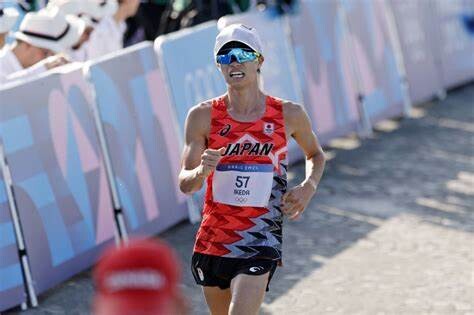
He also mentioned that he would "strive for the truth to come to light and for a fair result." "From here on, I would be very grateful for your understanding and support," he added. The disciplinary proceedings are now underway.
Ikeda was the Olympic silver medallist at the Tokyo 2020 Games and took silver at the 2022 World Championships in Oregon. This season, he achieved a second-place finish in the mixed relays at the World Team Championships in Antalya in April, as well as winning gold at the Japanese National Championships, which earned him direct qualification for Paris 2024, where he finished seventh in the 20-kilometre race. He concluded the year in October with a bronze medal in the 10,000-metre event in Yamaguchi.
by Javier Carro
Login to leave a comment
French marathon record holder facing domestic violence charges
Morhad Amdouni, known for knocking over water bottles at the Tokyo Olympics, will be tried in court in February after allegedly attempting to strangle his wife.
French marathon record holder Morhad Amdouni has been reportedly summoned to appear before the Meaux criminal court in February for alleged domestic violence. Despite heated denials by the accused party, additional claims by his wife of sexual assault and rape are currently being investigated by French authorities.
The reported incident occurred after an argument broke out upon the partner learning of Amdouni’s infidelity; the victim claims her husband attempted to strangle her in front of their son. Amdouni was arrested at his Serris, France home on Sept. 18.
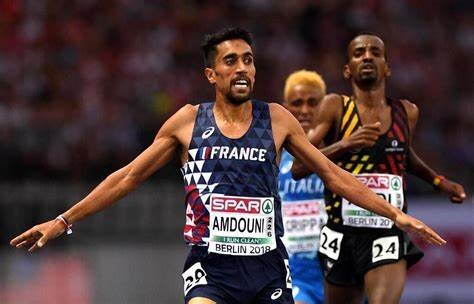
The father of two is facing charges of willful violence against his partner; the alleged assault reportedly left her unable to work for multiple days. The marathoner’s mother, brother and mistress underwent questioning regarding the domestic violence claim.
While no longer detained in custody, Amdouni has been placed under judicial supervision “for acts of domestic violence committed between September 2023 and September 2024,” as confirmed by the Meaux prosecutor’s office, until his court hearing, scheduled for Feb. 24, 2025. The prosecutor’s office is still investigating the victim’s further claims of sexual assault and rape.

L’Equipe reports that Amdouni confirmed the arrest and his upcoming summons. “Arguments between couples can happen,” he told L’Equipe. “But to the point where it gets to this point, that’s a lot. I want us to be able to resolve these delicate matters between adults.”
In 2018, Amdouni became the first French athlete in history to win the 10,000m title at the European Athletics Championships in Berlin. He set the national record of 2:03:47 at the Zurich Seville Marathon in February. He did not compete at the Paris Olympics due to injury.
A notorious athlete
Amdouni has a reputation in the running world; the 36-year-old gained negative attention after knocking over elites’ drinks bottles at a water station, leaving no drinks for the athletes behind him.
The French runner also hit headlines in 2019, after media channels published alleged conversations between him and a doping supplier from 2017.
by Cameron Ormond
Login to leave a comment
Tokyo Marathon runner-up banned for doping
Former Tokyo Marathon runner-up Tsehay Gemechu was banned for four years because of suspected blood doping, the Athletics Integrity Unit said Thursday (Friday in Manila).
The 25-year-old Ethiopian also was disqualified from all her results and prize money earned since March 2020, including second place in the elite-level Tokyo race in March 2023. Her run of just under 2 hours, 17 minutes had ranked No. 24 in the women's all-time list.
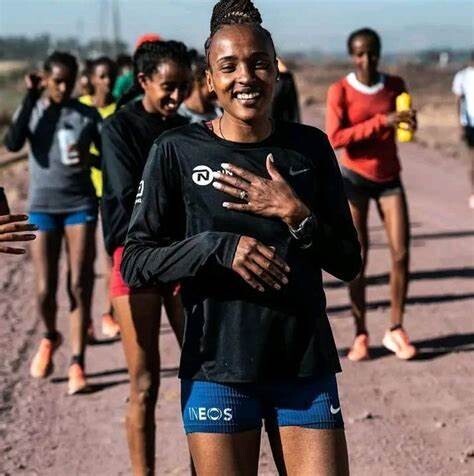
Gemechu also placed fourth over 5,000 meters at the 2019 world championships in Doha, Qatar, and ran in the 10,000 at the Tokyo Olympics held in 2021. She already was disqualified from that Olympics race for a lane violation. She did not finish the marathon at the 2023 worlds in Budapest, Hungary.
The AIU said Gemechu had suspicious blood values in her athlete biological passport. It can show indicators of doping over longer periods of time without the need for a positive test.
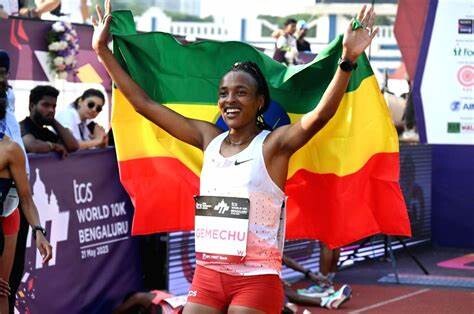
Gemechu gave 50 blood samples over a five-year period with those taken in March 2020 then April and May 2022 "indicative of blood manipulation," according to an independent doping tribunal's verdict.
She is banned until November 2027.
by Associated Press
Login to leave a comment
Tokyo Marathon
The Tokyo Marathon is a world-renowned annual marathon held in Tokyo, Japan. As one of the prestigious Abbott World Marathon Majors, it attracts elite and amateur runners from around the globe. The race holds World Athletics Platinum Label status, recognizing its high competitive standards, top-tier organization, and international appeal. Sponsored by Tokyo Metro, the Tokyo Marathon has grown into one...
more...Kenyan parliament demands U.S. journalist apologize for marathon world record question
It’s been five days since Kenyan distance runner Ruth Chepngetich stunned the distance running world at the 2024 Chicago Marathon, not only breaking the previous women’s world record but also becoming the first woman to run sub-2:10—something many thought was impossible. At the post-race press conference, Chepngetich faced a pointed question from Let’sRun.com journalist and founder Robert Johnson, who asked what she would say to those who believe her time of 2:09:56 is too good to be true.
Chepngetich, shocked by the question, responded, “I don’t have any idea. You know people must talk but…people must talk so I don’t know.”
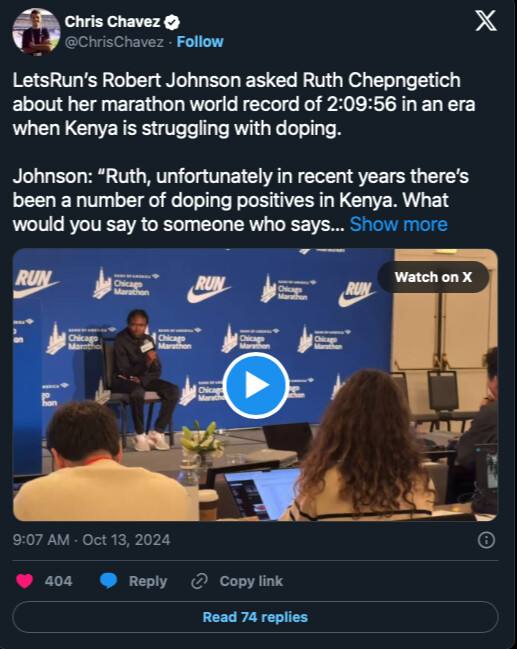
The clip made found its way to Athletics Kenya and the Kenyan parliament, which now insists that Johnson apologize to Chepngetich.
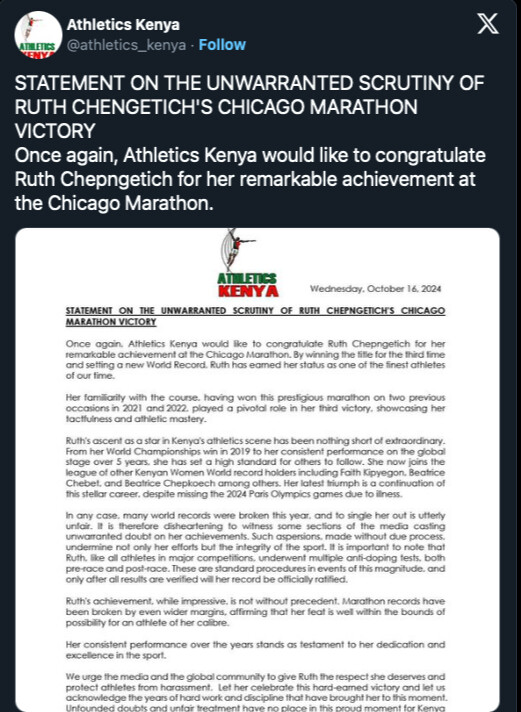
“Honourable Speaker, I urge the Cabinet Secretary for Sports; Athletics Kenya and the Kenyan Anti-Doping Agency to stand up for our athletes and demand an immediate an unequivocal apology from Robert Johnson and others who have shamed our athletes. […] I know that were it an American athlete, that question would not have been posed,” said Hon. Gladys Boss, an M.P. representing Uasin Gishu County (incl. Eldoret).
The response
Johnson replied to the demands on social media, doubling down on his initial question. “Apologize? For what? I didn’t accuse her of doping. I asked her what she would say to those who think her performance is too good to be true and proactively gave her the opportunity to get ahead of the cynics.”
Many have spoken up in Johnson’s defence, given Kenya’s recent history with doping violations; the country has more than 100 athletes currently serving doping suspensions on the Athletics Integrity Until (AIU) Global List of Ineligible Persons.
“I do wish she had an interpreter. But it’s a fair question, given the nature of what we saw,” said American marathon coach James McKirdy on X. “It’s either the greatest running achievement in history…or… it’s drugs. Given that there are over 100 currently suspended athletes from Kenya, the questioning of the result is valid.”
“Kenya has an extensive recent history of high-profile doping busts. It’s a perfectly appropriate subject to raise with an athlete who had such an outlier performance, and the question was in no way accusatory or abusive,” another person replied on X.
Athletics Kenya statement
On Tuesday, Athletics Kenya issued a statement congratulating Chepngetich on her achievement and defending the newly-crowned women’s marathon world record holder:
“It is preposterous to cast aspersions on a seasoned winner like Chepng’etich, who has upheld integrity and hard work throughout her career. In any case, many world records were broken this year, and to single her out is utterly unfair. It is therefore disheartening to hear some sections of the media casting unwarranted doubts on her achievements. Such aspersions, made without due process, undermine not only her efforts, but the integrity of the sport.”
The statement adds: “It is important to note that Ruth, like all other athletes in major competitions, underwent multiple anti-doping tests, both pre-race and post-race. These are standard procedures in events of this magnitude and only after all results are verified will her record be officially ratified.”
Athletics Kenya described the 2019 world marathon champion as an elite athlete who has earned her stripes with a number of solid performances, including wins at two previous editions of the Chicago Marathon. “Her familiarity with the course, having won this prestigious marathon in 2021 and 2022, played a pivotal role in her third victory, showcasing her tactfulness and athletic mastery. Her latest triumph is a continuation of this stellar career, despite missing the 2024 Paris Olympics due to illness,” the federation said.
Login to leave a comment
'Give Ruth the respect she deserves!'- Athletics Kenya jumps to Ruth Chepng'etich's defense following doping accusation
Athletics Kenya has defended Ruth Chepngetich after her record-breaking Chicago Marathon win, urging respect and dismissing doping accusations, emphasizing her consistent, hard-earned success.
Athletics Kenya has called for the respect of newly-crowned Chicago Marathon champion Ruth Chepng’etich who is fresh from breaking the marathon world record.
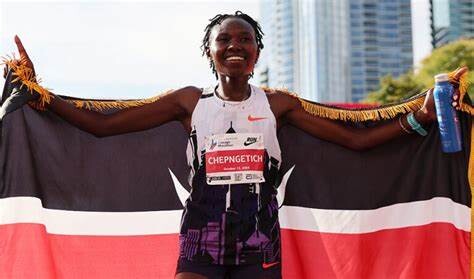
Ruth Chepng’etich clocked an impressive 2:09:56 to win the race at the Chicago Marathon, shattering Tigst Assefa’s previous record of 2:11:53 that she set to win the 2023 Berlin Marathon.
The Kenyan distance sensation ran a solo race to showcase her mastery of the course after winning the 2021 and 2022 editions of the race and finishing second behind Sifan Hassan at the 2023 edition of the event.
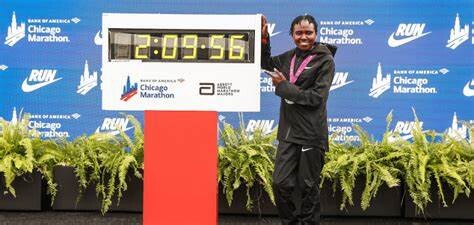
However, rumours have emerged that Ruth Chepng’etich might have doped following her impressive splits and that her world record might not be credible. However, Chepng’etich is one of the most consistent marathoners who has a lot of titles including the world marathon title she won at the 2019 World Championships in Doha, Qatar.
Following a ton of accusations, Athletics Kenya has jumped to her defence, urging the public to allow her to celebrate her huge feat and acknowledge her efforts as one of the most outstanding marathon runners in the world.
In a statement released on Wednesday, Athletics Kenya acknowledged her efforts, noting that she has been extraordinary in her performances for over five years and has joined the exclusive world of world record holders including Faith Kipyegon, Beatrice Chebet and Beatrice Chepkoech.
“In any case, many world records were broken this year, and to single her out is utterly unfair. It is therefore disheartening to witness some sections of the media casting unwarranted doubt on her achievements. Such aspersions, made without due process, undermine not only her efforts but the integrity of the sport,” Athletics Kenya said in a statement.
“We urge the media and the global community to give Ruth the respect she deserves and protect athletes from harassment. Let her celebrate this hard-earned victory and let us acknowledge the years of hard work and discipline that have brought her to this moment.”
The Kenyan federation was quick to note that every athlete, including Ruth Chepng’etich, underwent the required anti-doping tests and defended her performance on the global stage.
Login to leave a comment
Bank of America Chicago
Running the Bank of America Chicago Marathon is the pinnacle of achievement for elite athletes and everyday runners alike. On race day, runners from all 50 states and more than 100 countries will set out to accomplish a personal dream by reaching the finish line in Grant Park. The Bank of America Chicago Marathon is known for its flat and...
more...TCS Toronto Waterfront Marathon elite field announced for 2024
We are just 10 days away from Canada’s largest race weekend: the 2024 TCS Toronto Waterfront Marathon. Since 2015, this event has also served as the annual Canadian Marathon Championships. This year’s race will feature everything from former champions and national record holders to rising stars looking to make their mark on the 42.2 km distance.
Here’s your cheat sheet for the men’s and women’s elite fields in Toronto.
Canadian men’s field
Andrew Alexander (Toronto): The 25-year-old former NCAA standout won the 2023 Toronto Waterfront Half-Marathon in 62:44. He is coached by Matt Hughes, the Canadian record holder in the men’s 3,000m steeplechase, and former Canadian marathoner Dave Reid. Alexander is aiming for a sub-2:10 finish at his hometown marathon.
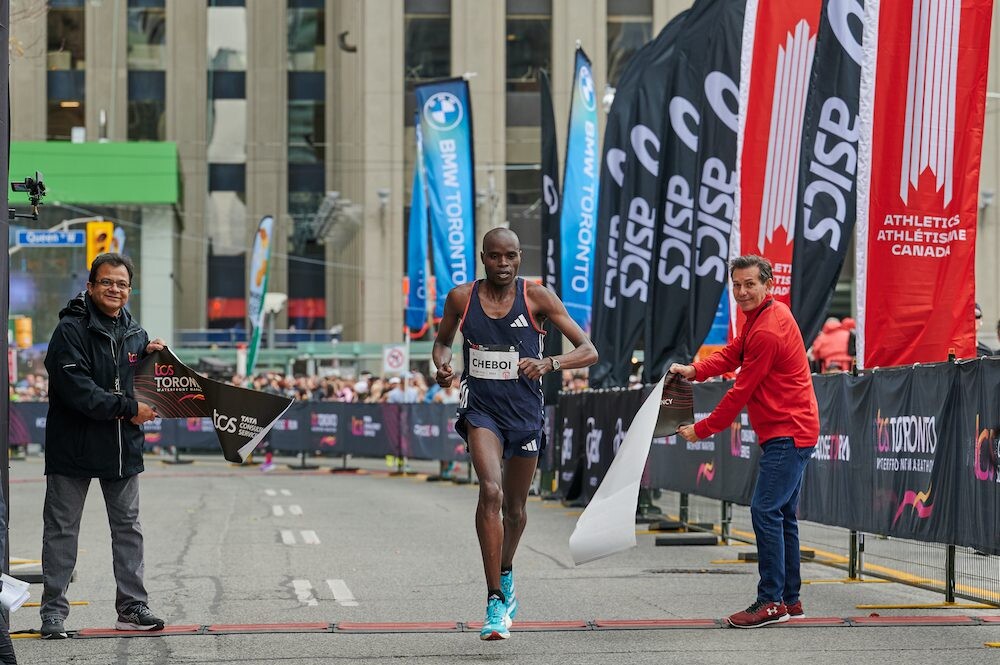
Thomas Broatch (Vancouver): The reigning Canadian marathon champion. He was the first Canadian across the line last year in his marathon debut (2:16:25). Four months later, Broatch took another shot at the distance, lowering his personal best by more than four minutes at the 2024 Houston Marathon (2:11:54).
Justin Kent (Surrey, B.C.): This will be Kent’s first time competing at the Toronto Waterfront Marathon. He ran his PB of 2:13:07 at the 2023 Prague Marathon, earning him a spot on Team Canada’s men’s marathon team for the 2023 World Athletics Championships.
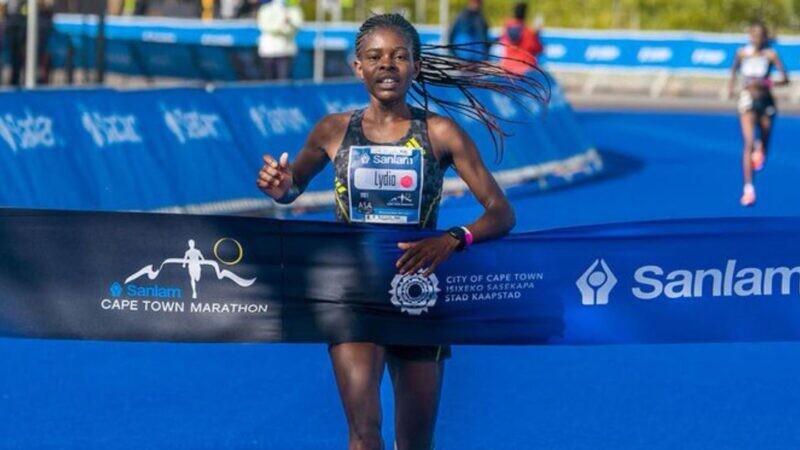
Maxime Leboeuf (Gatineau, Que.): Leboeuf finished third at the 2022 Montreal Marathon in 2:24:25. He’s a former graduate of Queen’s University XC program and an avid cross-country skier.
Kieran McDonald (Halifax): McDonald will be making his marathon debut in Toronto. He ran his half-marathon best of 65:45 at the 2024 Houston Half Marathon in January.
Alex Neuffer (Stratford, P.E.I.): Neuffer ran his PB of 2:21:34 at the 2022 Boston Marathon, finishing as one of the top Canadians. He’s a graduate of St. Francis Xavier University’s XC program and a training partner of Kieran McDonald (see above).
Thomas Nobbs (Vancouver): The 25-year-old will be running his second-career marathon in Toronto. He made his debut in Philadelphia last fall, running 2:19:13. Nobbs finished just off the podium at the 2024 Canadian 10K Championships, in 29:31. He also finished second at the Canadian Half Marathon Championships in Winnipeg in June.
Sergio Ráez Villanueva (Mississauga, Ont.): Ráez Villanueva has competed at the Toronto Waterfront Marathon for the last two years. He set his best of 2:18:04 here in 2022 (his marathon debut). Ráez Villanueva is self-coached and also coaches youth athletes in his hometown of Mississauga.
Tristan Woodfine (Cobden, Ont.): Coached by former Canadian Olympic marathoner Reid Coolsaet. Woodfine won the half marathon here in 2022. He has the fastest time among Canadian men in the field, with a PB of 2:10:39 from Houston earlier this year.
International men’s field
Elvis Cheboi (Kenya): Cheboi ran his personal best of 2:09:20 to win the 2023 Toronto Waterfront Marathon. (Reigning champion)
Mulugeta Uma (Ethiopia): Uma ran 2:05:33 to win the 2024 Paris Marathon in April. He has the fastest personal best in the men’s field.
Abdi Fufa (Ethiopia): Fufa finished just off the podium at the 2024 Dubai Marathon in January (2:06:23). He ran his PB of 2:05:57 at the Siena Marathon in 2021 (where he was second). The 29-year-old is looking for his first marathon win.
Hailu Zewdu (Ethiopia): The 29-year-old ran his PB of 2:06:31 at the Dubai Marathon in 2020. He has not broken 2:09:00 in his six marathons since.
Gizealew Ayana (Ethiopia): Ayana is the youngest elite athlete in the field–he’s only 21. He ran his PB of 2:07:15 to win the 2023 Paris Marathon in his debut at the distance.
Domenic Ngeno (Kenya): The 26-year-old is the fastest Kenyan marathoner in the Toronto field. He won the 2024 L.A. Marathon in March in 2:11:01. Ngeno’s PB of 2:07:26 was from a podium finish at the 2023 Eindhoven Marathon in the Netherlands.
Noah Kipkemboi (Kenya): A veteran of the marathon distance. The 31-year-old has competed at more than 10 marathons in his career. He podiumed at the Enschede Marathon earlier this year, with a time of 2:09:06.
Brian Kipsang (Kenya): Kipsang arrives in Toronto fresh off a personal best at the 2024 Milan Marathon in March, where he placed second in 2:07:56. The 30-year-old has finished in the top five at three of his last four races.
Abe Gashahun (Ethiopia): Gashahun has the fastest half-marathon personal best in the field of 59:46. He’s had success at shorter distances and cross country, but it hasn’t yet translated to the marathon. The 26-year-old ran 2:08:51 earlier this year in Saudi Arabia.
Sydney Gidabuday (U.S.A.): Former member of Adidas Tinman Elite Track Club in Colorado. Gidabuday made his marathon debut on Canadian soil at the 2023 Ottawa Marathon, where he finished ninth. His PB of 2:14:34 was run at the hilly NYC Marathon in 2023.
Yusuf Nadir (U.S.A.): Personal best of 2:15:27 from the 2023 Grandma’s Marathon in Duluth, Minn. He finished 25th at the U.S. Olympic Marathon Trials in February.
Aidan Reed (U.S.A.): Also made his marathon debut at the 2023 Ottawa Marathon–2:20:23. Reed ran collegiately at Southern Utah University, following in the footsteps of Canadian marathon record holder Cam Levins.
Canadian women’s field
Kate Bazeley (St. John’s, N.L.): The 40-year-old ran her PB of 2:36:35 in Toronto in 2019. Earlier this year, Bazeley represented Team Canada at the World XC Championships in Belgrade, Serbia.
Anne-Marie Comeau (Saint-Ferréol-les-Neiges, Que.): The 2018 Canadian (winter) Olympian ran her marathon best of 2:34:51 in Toronto last year, crossing the line as the second Canadian woman.
Asia Dwyer (Toronto): Dwyer ran her personal best of 2:42:45 at the 2023 Toronto Waterfront Marathon last fall. She told Canadian Running in an interview for the November/December 2024 issue of the print magazine that she is looking to smash her previous best.
Rachel Hannah (Port Elgin, Ont.): Hannah was the top Canadian finisher at the 2024 Ottawa Marathon in May. She won a bronze medal for Canada at the 2015 Pan-American Games in Toronto. She ran her personal best of 2:32:09 was at the 2016 Houston Marathon.
Liza Howard (Toronto): Howard told Canadian Running in an interview that her goal is to reach the podium and run a personal best. Howard ran her current personal best of 2:35:29 at the 2022 Chicago Marathon. She has unofficially broken the Canadian women’s 50K record, twice, in her marathon build for this race.
Erin Mawhinney (Hamilton): The 28-year-old runner will be making her marathon debut in Toronto. She is coached by two-time Canadian Olympian Reid Coolsaet. She broke the tape at the Toronto Waterfront Half Marathon last year, running a PB of 1:13:50.
Melissa Paauwe (Calgary). Paauwe is carrying the pride of Calgary into Toronto. She ran her PB of 2:41:12 at the 2023 Chicago marathon, and finished as the top Canadian.
Leslie Sexton (Markham, Ont.): Sexton returns to Toronto to run her hometown marathon. She said she will be trying to qualify for Worlds in Tokyo next year. She set her PB of 2:28:14 at the 2024 Houston Marathon this year, but missed the Olympic standard by two minutes.
Natasha Wodak: (Vancouver) started her marathon career here in 2013 but has not returned until this year; has never won the championship. Her PB of 2:23:12 from the 2022 Berlin Marathon stands as the current Canadian record.
International women’s field
Waganesh Mekasha (Ethiopia): Has a personal best of 2:22:45 from the 2019 Dubai Marathon. The 32-year-old Ethiopian won the 2023 Ottawa Marathon and finished second in Toronto last fall, with a time of 2:23:12.
Afera Godfay (Ethiopia): Godfay finished third behind compatriots Buze Diriba and Mekasha (see above) last year. She has a personal best of 2:22:41 and has finished in the top five in four of her last five marathons.
Roza Dejere (Ethiopia): The 27-year-old Ethiopian has the fastest personal best in the women’s field (2:18:30). She finished fourth in the women’s marathon at the Tokyo Olympic Games. She comes to Toronto as a threat to the course record of 2:22:16, which was set in 2019.
Meseret Gebre (Ethiopia): Gebre hasn’t raced since Toronto last fall, where she finished seventh in 2:29:54. She set her PB of 2:23:11 to win the Barcelona Marathon in 2022.
Valentina Matieko (Kenya): One of two Kenyan women in the international elite field. Matieko comes to Toronto fresh off a personal best earlier this year at the Paris Marathon in April (2:24:21).
Lydia Simiyu (Kenya): Simiyu ran her PB of 2:25:10 earlier this year at the Rome Marathon. She served a six-month doping suspension in 2022 after she tested positive for chlorthalidone after the Poznan Half Marathon in Poland.
Rediet Daniel (Ethiopia): Two top-five finishes in her three professional marathon starts. The 24-year-old Ethiopian ran her personal best of 2:26:25 at the 2024 Doha Marathon in February.
The TCS Toronto Waterfront Marathon, to be held on Oct. 20, is Canada’s premier running event and the grand finale of the Canada Running Series (CRS). Since 2017, the race has also served as the Athletics Canada marathon championship and Olympic trials.
by Marley Dickinson
Login to leave a comment
TCS Toronto Waterfront Marathon
The Scotiabank Toronto Waterfront Marathon, Half-Marathon & 5k Run / Walk is organized by Canada Running Series Inc., organizers of the Canada Running Series, "A selection of Canada's best runs!" Canada Running Series annually organizes eight events in Montreal, Toronto and Vancouver that vary in distance from the 5k to the marathon. The Scotiabank Toronto Waterfront Marathon and Half-Marathon are...
more...Kenya's Charles Kipkkurui Langat issued with two-year ban for doping offence
Kenyan road runner Charles Kipkkurui Langat has received a two-year ban for violating World Athletics anti-doping regulations.
Kenyan road runner Charles Kipkkurui Langat been banned for two years from competing after being found to have violated World Athletics anti-doping rules.
The 28-year-old athlete, who won the eDreams Mitja Marató Barcelona in 2023 with an impressive time of 58:53, provided an out-of-competition urine sample in Iten, Kenya, on August 6, 2024.
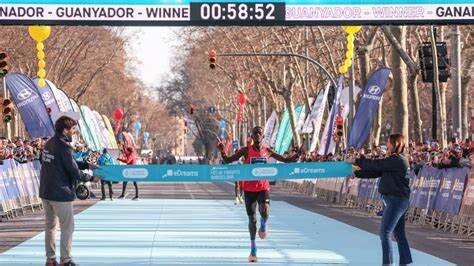
The sample tested positive for the prohibited substance Furosemide a diuretic commonly used as a masking agent.
The Athletics Integrity Unit (AIU), the body responsible for managing doping-related issues in athletics, confirmed the violation in a statement released this week.

The AIU’s findings state that Langat did not have a Therapeutic Use Exemption (TUE) for Furosemide, and after reviewing his case, it was determined that no procedural errors occurred during the sample collection and testing process.
“The AIU has no evidence that the Anti-Doping Rule Violations were intentional, and the mandatory period of Ineligibility to be imposed is therefore a period of two (2) years,” the AIU said in its decision.
Langat admitted to the use of Furosemide in an explanation provided to the AIU, stating that he had been suffering from inflammation since September 2023 and had sought medical treatment in the Netherlands earlier this year.
He claimed a doctor advised him to use the substance.
“On 31 July 2024, he contacted a doctor that he knew, who, based on the Athlete’s symptoms, advised him to try using Furosemide for four (4) days to help reduce the inflammation he was experiencing and to ‘help the kidney and the adrenal glands,’” the report detailed.
Despite his explanation, Langat’s admission was enough for the AIU to impose sanctions.
The AIU outlined that his ineligibility would begin from September 11, 2024, when he was provisionally suspended, and his results since August 6, 2024, would be disqualified.
This includes the forfeiture of any titles, awards, and appearance money accumulated during this period.
Langat's case is the latest in a growing number of doping violations involving Kenyan athletes.
Just days ago, another Kenyan runner, Emmaculate Anyango Achol, was provisionally suspended after failing a doping test for testosterone and the blood-boosting hormone EPO.
Anyango, who made headlines by becoming the second woman to complete a 10km race in under 29 minutes, is currently awaiting the outcome of her case.
Kenya,has been grappling with a string of doping scandals in recent years.
The Athletics Integrity Unit has intensified its testing efforts, particularly in high-altitude training regions like Iten, where many elite athletes train.
Langat’s acceptance of the two-year ban and his decision not to contest the charge has drawn attention from both the global athletics community and his home country.
The World Anti-Doping Agency (WADA) and the Anti-Doping Agency of Kenya (ADAK) have the right to appeal the decision to the Court of Arbitration for Sport.
by Festus Chuma
Login to leave a comment
Emmaculate Anyango faces four-year ban following provisional suspension over doping
Kenya’s long-distance runner Emmaculate Anyango faces the prospect of a four-year ban after being handed a provisional suspension for doping as the net nabs another big fish.
Kenya’s long-distance prodigy Emmaculate Anyango has joined the list of shame following her provisional suspension for a doping violation.
The Athletics Integrity Unit (AIU) announced Anyango’s provisional suspension on Friday for the presence/use of a prohibited substance (Testosterone and EPO).
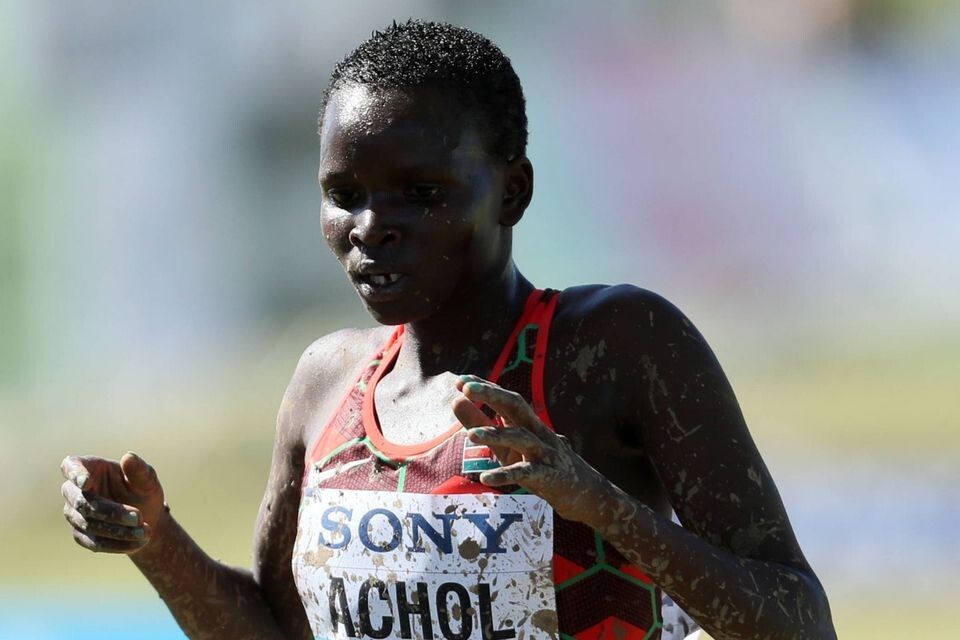
It means Anyango will remain suspended until her case is heard and determined and she faces a minimum of a four-year ban if she is found culpable.
It is a blow to the 24-year-old who was already making waves having been one of the standout athletes in the early months of the 2024 season.
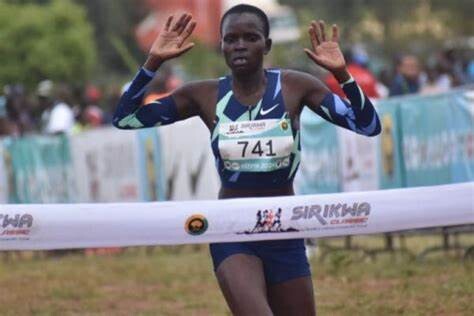
The Sirikwa Classic Cross-country champion was awarded the Sports Personality of the Month award for February by the Sports Journalists Association of Kenya (SJAK) after coming close to breaking the world 10km world record in February.
Anyango recorded the second fastest 10km time in history when she clocked 28:47 in Valencia, Spain, improving Ethiopian Yalemzerf Yehualaw’s world record (29.14) but unfortunately for her, compatriot Agnes Ngetich won the race in a better time of 28.46.
She would go on to finish fourth at the World Cross-Country Championships in Serbia followed by second place at the BAA 5k Road Run in Boston and in 10km Road in Bengaluru, India.
She, however, missed a place in team Kenya to the Paris Olympics after finishing sixth in the 10,000m trials which was held at the Prefontaine Classic, the Eugene Diamond League in May.
Back-to-back second places finishes would follow in 10km in Atlanta and in 15km in New York in July.
by Joel Omotto
Login to leave a comment
The Strange Saga of Ultrarunner Camille Herron and Wikipedia
The husband of runner Camille Herron admitted to having altered the Wikipedia biographies of prominent ultrarunners. The revelation came after a Canadian journalist launched an investigation.
On September 24, Conor Holt, the husband and coach of American ultrarunner Camille Herron, admitted to altering the biographies of Herron, Courtney Dauwalter, Kilian Jornet, and other prominent runners on the website Wikipedia. Holt’s edits boosted his wife’s accolades but also downgraded those of the other prominent ultrarunners.

“Camille had nothing to do with this,” Holt wrote in an email sent to Outside and several running media websites. “I’m 100 percent responsible and apologize [to] any athletes affected by this and the wrong I did.”
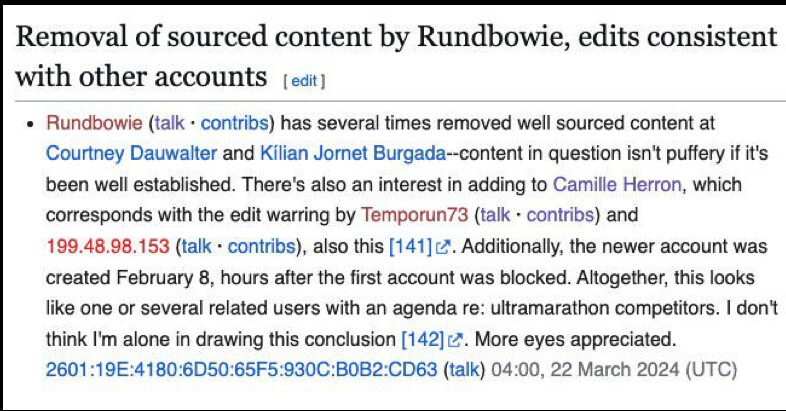
The confession brought some clarity to an Internet mystery that embroiled the running community for several days and sparked a flurry of chatter on social media and running forums. Herron, 42, is one of the most visible ultrarunners in the sport, and over the years she has won South Africa’s Comrades Marathon and also held world records in several different events, including the 48-hour and six-day durations. But the Wikipedia controversy led to swift consequences for Herron—her major sponsor, Lululemon, parted ways with her on Thursday morning.
The entire ordeal sprung from an investigation led by a Canadian journalist who spent more than a week following digital breadcrumbs on dark corners of
Marley Dickinson, a reporter for the website Canadian Running, began looking into the Wikipedia controversy in mid-September after receiving a tip from someone in the running community. The tipster told Dickinson, 29, that someone was attempting to delete important data from the Wikipedia entry for “Ultramarathon.”
The person had erased the accomplishments of a Danish runner named Stine Rex, who in 2024 broke two long-distance running records—the six-day and 48-hour marks—which were previously held by Herron. At the time, the sport’s governing body, the International Association of Ultrarunners, was deciding whether or not to honor Rex’s six-day record of 567 miles.
“The person making the edits said the IAU had made a decision on the record, even though they hadn’t yet,” Dickinson told me. “Whoever was doing it really wanted to get Rex’s run off of Wikipedia.”
Wikipedia allows anonymous users to edit entries, but it logs these changes in a public forum and shows which user accounts made them. After an edit is made, a team of volunteer moderators, known as Wikipedians, examines the changes and then decides whether or not to publish them. The site requires content to be verifiable through published and reliable sources, and it asks that information be presented in a neutral manner, without opinion or bias. The site can warn or even suspend a user for making edits that do not adhere to these standards.
Dickinson, who worked in database marketing at Thomson Reuters before joining Canadian Running, was intrigued by the bizarre edits. “I’ve always been into looking at the backend of websites,” he told me. “There’s usually a way you can tie an account back to a person.”
The editor in question used the name “Rundbowie,” and Dickinson saw that the account had also made numerous changes to Herron’s biography. Most of these edits were to insert glowing comments into the text. “I thought whoever this person is, they are a big fan of Camille Herron,” Dickinson said.
Rundbowie was prolific on Wikipedia, and made frequent tweaks and updates to other biographies. The account had removed language from the pages of Jornet and Dauwalter—specifically deleting the text “widely regarded as one of the greatest ultramarathon runners of all time.” Rundbowie had then attempted to add this exact language to Herron’s page. Both attempts were eventually denied by Wikipedians.
After examining the edits, Dickinson began to suspect that Rundbowie was operated by either Herron or Holt. Further digital sleuthing bolstered this opinion. He saw that the Rundbowie account, which made almost daily edits between February and April, abruptly went silent between March 6-12. Those dates corresponded with Herron’s world-record run in a six-day race put on by Lululemon in California.
But Dickinson wasn’t done with his detective work. He saw that in March, Wikipedia had warned Rundbowie on its public Incident Report page. The reason
A final Internet deep dive convinced Dickinson that he was on the right track. The IP address—a string of characters associated with a given computer—placed Temporun73 in Oklahoma, which is where Herron and Holt live. Then, on a forum page for Oregon State University, which is where Herron attended graduate school, Dickinson found an old Yahoo email address used by Herron. The email name: Temporun73.
“To me, this was a clear sign that it was either Conor or Camille” Dickinson said.
Dickinson published his story to Canadian Running on Monday, September 23. The piece included screenshots of Wikipedia edits as well as Dickinson’s trail to Herron and Holt. It started off a flurry of online reactions.
A thread on the running forum LetsRun generated 360 comments, and several hundred more appeared on the Reddit communities for trail running and ultrarunning. Film My Run, a British YouTube site, uploaded an immediate reaction video the following day. Within 12 hours, more than a hundred people shared their thoughts in the comments section.
It’s understandable why. Lauded for her accolades in ultra-distance races, Herron is also one of the most visible ultrarunners on the planet. She gives frequent interviews, and has been an outspoken advocate for the anti-doping movement, for smart and responsible training habits, and for the advancement of women runners.
“I think we’re going to continue to see barriers being broken and bars raised. I want to see how close I can get to the men’s world records, or even exceed a men’s world record,” she told Outside Run in 2023.
Herron has also spoken and written about her own mental health. Earlier this year, she began writing and giving interviews about her recent diagnosis with Autism and ADHD.
“Although I knew little about autism before seeking out a diagnosis, my husband, who observed my daily quirks and often reminded me to eat, drink, and go to bed, would jokingly speculate that I might be autistic,” she told writer Sandra Rose Salathe on the website FloSpace in July.
Dickinson told me he had a very positive image of Herron from his short time at Canadian Running. He joined the website in 2021.
“She’s always been super nice and welcoming,” Dickinson said.
Dickinson says he reached out to Herron and Holt via email and social media, but did not receive a reply. On Monday afternoon, a user on the social media platform X asked Herron about the story. “It’s made up,” Herron’s account replied. “Someone has an ax to grind and is bullying and harassing me.”
Herron’s social media accounts were deactivated shortly afterward—Holt later said he took them down.
Some online commenters questioned if the story was legitimate—something I did too, initially. Following Dickinson’s arcane trail through Wikipedia’s backend required a careful read, and a strong knowledge of the encyclopedia’s rules and regulations.
After speaking to Dickinson, I sent my notes to a Wikipedia expert named Rhiannon Ruff, who operates a digital consulting firm called Lumino that helps clients navigate the online encyclopedia. Ruff examined the story as well as the Wikipedia histories of Rundbowie and Temporun 73, and said that the evidence strongly suggested that both accounts were operated by the same person. But, since Wikipedia allows for anonymity, you cannot make the connection with 100 percent certainty.
Ruff pointed out that Wikipedia’s internal editors strongly believed the two accounts had a biased with Herron, because the accounts had attempted to write in the same sentence. “Both tried to add details about her crediting the influence of her father and grandfather, and how she runs with a smile,” Ruff said.
Ruff also pointed me to the prolific editing history of Temporun73. Started in 2016, the account had made approximately 250 edits to
“I never got a chance to say anything to the Canadian Running website before they published it,” Holt wrote.
Holt admitted that he was the operator of the Temporun73 and Rundbowie accounts. But he said his Wikipedia editing was aimed at combating online bullies who had removed biographical details from Herron’s Wikipedia page in the past.
“I kept adding back in the details, and then they blocked my account in early February of this year,” Holt wrote. “Nothing was out of line with what other athletes have on their pages. Wikipedia allows the creation of another account, so I created a new account Rundbowie. I was going off what other athletes had on their pages using the username Rundbowie and copying/pasting this info.”
“I was only trying to protect Camille from the constant bullying, harassment and accusations she has endured in her running career, which has severely impacted her mental health,” he added. “So much to the point that she has sought professional mental health help.”
Outside asked Holt via email to provide further details, but we did not receive a response. In an email to Canadian Running, Holt said he was focused on Herron’s upcoming race, and would not be conducting interviews.
But the fallout from the admission came quickly. On Thursday morning Dickinson broke more news: apparel brand Lululemon, which has backed Herron since 2023, had ended its partnership. In a statement provided to several outlets, the brand said it was dedicated “to equitable competition in sport for all,” and that it sought
by Outside Online
Login to leave a comment
Paris bans plastic bottles from races
On Monday, Paris City Hall announced a ban on single-use plastic in all its races, including the Paris 20 km in mid-October and the Paris Marathon.
Didn't get to crisscross the Paris asphalt during the Paris 2024 Olympics' Marathon pour Tous ("Marathon for Everyone")? You'll have a chance to make up for it on October 13, with one of the many races taking place in the capital, the 46th annual Paris 20-kilometer race.
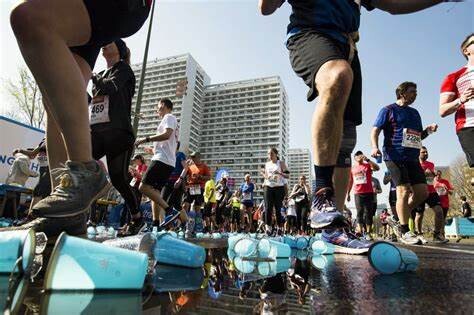
But don't forget your water bottle. At the press conference presenting the event on Monday, September 23, Pierre Rabadan, deputy mayor of Paris responsible for sports, confirmed that the ban on single-use plastic bottles would come into force.
"In Paris, you won't be able to organize a race if you use plastic bottles, it's as simple as that," assured the 44-year-old former rugby player, in remarks reported by sports paper L'Equipe. "It was one of the objectives of the Olympic legacy. We have to reduce the use of single-use plastic in our daily lives, and sport has to get on board. It's an evolution, and even a revolution for the organizers."
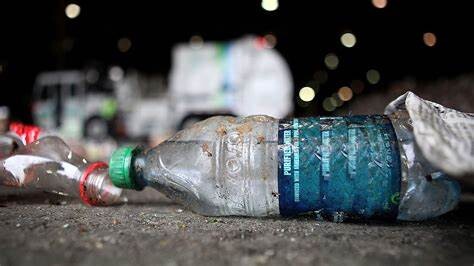
No fewer than 13 races will be held in Paris between now and December 31, for a total of some 50 events a year – including the Paris Marathon and Half Marathon, which attract around 50,000 runners. In these races, particularly the longer ones, over a million bottles are used each year to rehydrate runners – "who generally only take two or three sips before throwing it away.
I know because it's happened to me too when I used to take part in races," insisted Rabadan. So that's the end of the individual bottles cans, or cartons, which are to be replaced instead by reusable water bottles and reusable cups. The City of Paris has invested in a stock of 100,000 of these cups, which it can lend to race organizers.
Target 'zero single-use plastic' for the Olympics
During the Olympic marathon, however, competitors were granted a dispensation to continue using bottles – to avoid the risk of contamination, or even doping, according to the organizing committee – and elite athletes could continue to benefit from such policies. "It's all about the masses and all the other participants who aren't gambling their season on a race," said Paris's deputy mayor for sports.
Drawing inspiration from initiatives in Munich, Amsterdam and San Francisco, but above all from the refill London campaign (2018) across the Channel and the Brussels 20 km, the city has been working since 2019 to achieve the goal of "zero single-use plastic," for the hosting of the Olympic and Paralympic Games, which have claimed to be the greenest in history. This is a legacy that must live on.
Nevertheless, through the International Olympic Committee's (IOC) game of "world" sponsors, the American giant Coca-Cola – the world's leading "plastic polluter" according to the NGO Break Free from Plastic's 2023 ranking – was entrusted with the exclusive distribution of drinks at the 2024 Olympics. Numerous associations, including France Nature Environnement, Zero Waste France and No Plastic in My Sea, awarded the IOC partner the greenwashing medal.
The soda producer promoted its fountains, returnable cups and glass bottles. But over 40% of the total drinks distributed were poured into an eco-cup from... a plastic bottle. The kind of bottle that should no longer be seen at Parisian races.
by Sports department
Login to leave a comment
Les 20K de Paris
The 20 Kilometers de Paris (Paris 20 km) is an annual road running competition over 20 kilometers which takes place on the streets of Paris, France in October. First held in 1979, the race attracts top level international competitors and holds IAAF Bronze Label Road Race status. The competition was the idea of Michel Jazy, a French runner who was...
more...Eritrean marathon national record holder suspended on whereabouts
Eritrea’s Nazret Weldu, who finished fourth and eighth in the last two World Athletics Championships, has been handed a 20-month suspension for missing multiple doping tests.
On Wednesday, the Athletics Integrity Unit (AIU) announced the suspension of Nazret Weldu, Eritrea’s marathon record holder and 2024 Vienna Marathon champion, for violating World Athletics’ whereabouts regulations. The 34-year-old athlete has been banned for 20 months after missing three out-of-competition tests within 12 months, initiating an automatic suspension under World Athletics anti-doping rules.
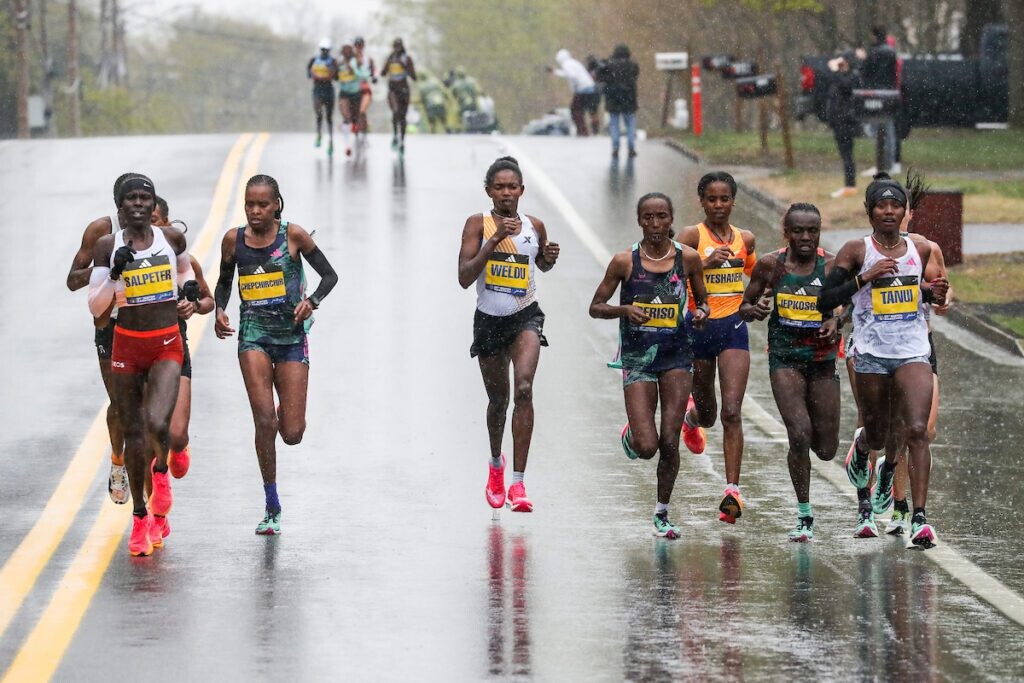
The AIU detailed that Weldu’s three missed tests occurred between Nov. 9, 2023, and May 22, 2024. All athletes are required to provide accurate and up-to-date location information to allow for unannounced doping tests, a critical component in maintaining a clean sport. Weldu was given several weeks after each missed test to provide an explanation but failed to do so before AIU deadlines.
Weldu has been one of the top-ranked female marathoners in the world over the last three years, having recorded two top-10 finishes at the World Championships and a personal best marathon time of 2:20:29, which also stands as Eritrea’s national record. In April 2024, she won the Vienna Marathon in 2:24:08.

While an initial two-year ban is the standard penalty for three missed tests, Weldu’s suspension was reduced by four months. The AIU took into consideration her limited access to the internet and a lack of understanding of how to update her whereabouts information. Eritrea, her home country, has low internet penetration, with only 35 per cent of the population connected to a network.
The AIU and World Athletics rely on the whereabouts system to detect doping violations and ensure fairness in sport. Missing three tests is treated with the same severity as a positive doping result, underscoring the importance of accurate whereabouts information.
by Marley Dickinson
Login to leave a comment
Russia's Tatyana Tomashova stripped of silver in historic 2012 Olympic 1500m final doping scandal
Former Russian athlete Tatyana Tomashova stripped of 2012 Olympic silver for doping marking a significant scandal in athletics history.
Former Russian athlete Tatyana Tomashova has been stripped of her 2012 Olympic 1500m silver medal following the reanalysis of doping tests that revealed the use of prohibited substances.
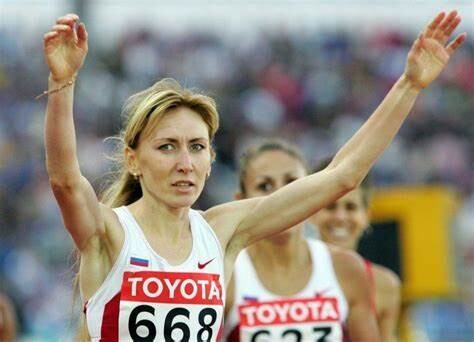
The decision was announced on Tuesday by the Court of Arbitration for Sport (CAS). At 49, Tomashova has faced a severe setback with a 10-year ban in addition to losing her Olympic medal.
The CAS statement detailed the tests conducted out of competition on June 21 and July 17, 2012, which showed traces of anabolic steroids.
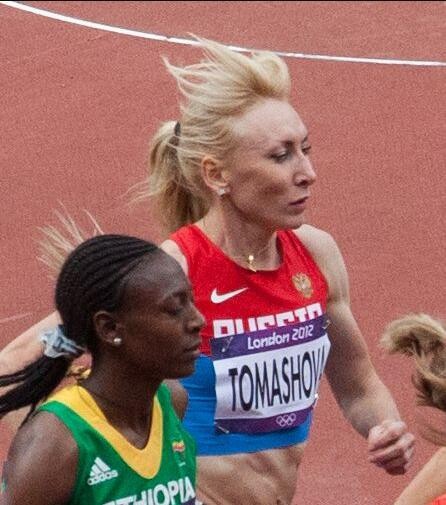
These findings led to the disqualification of all Tomashova's competitive results from June 21, 2012, to January 3, 2015, including the forfeiture of titles, awards, and earnings.
"The Sole Arbitrator in charge of the matter found to her comfortable satisfaction that Ms. Tomashova committed an Anti-Doping Rule Violation (ADRV) in relation to the 2012 Samples through violations of Rule 2.2 of the 2021 WA Anti-Doping Rules (WA ADR) (Use or Attempted Use of a Prohibited Substance or a Prohibited Method)," the CAS detailed in their release.
Further aggravating Tomashova's case was her doping history, including a previous two-year suspension in 2008. The arbitrator cited this history in deciding the severity of the sanctions.
"Turning to the sanction, taking into account a previous ADRV committed by Ms. Tomashova in 2008, the Sole Arbitrator determined the appropriate sanction applicable to multiple ADRVs to be the imposition of a ten-year period of ineligibility, commencing on this day, the date of the CAS decision, as well as the disqualification of all competitive results obtained by Ms. Tomashova from 21 June 2012 until 3 January 2015, with all resulting consequences, including the forfeiture of any titles, awards, medals, points, and prize and appearance money," the statement added.
This scandal has cast a shadow over what has been referred to as one of the most contentious races in Olympic history.
The 1500m final at the London Olympics was particularly notable for its multiple disqualifications.
Originally finishing fourth, Tomashova had been upgraded to silver after the first and second place finishers, Asli Cakir Alptekin and Gamze Bulut of Turkey, were also disqualified for doping violations. With further disqualifications of Natallia Kareiva and Yekaterina Kostetskaya, the race's initial lineup has been largely overturned.
Bahrain's Maryam Yusuf Jamal, who initially crossed the finish line third, ultimately received the gold medal.
The reshuffling continues down the line, with American runner Shannon Rowbury, who finished sixth, now in line to receive the bronze medal.
The CAS acted as the primary decision-making authority in this matter, stepping in for the Russian Athletics Federation, which remains suspended by World Athletics (formerly IAAF).
by Festus Chuma
Login to leave a comment
UTMB Is Having a Golden Moment. But It’s Delicate.
After a year that included a maelstrom of controversy, the world’s most prominent ultra-trail running event has righted its path
“It felt like a golden era of trail running.”

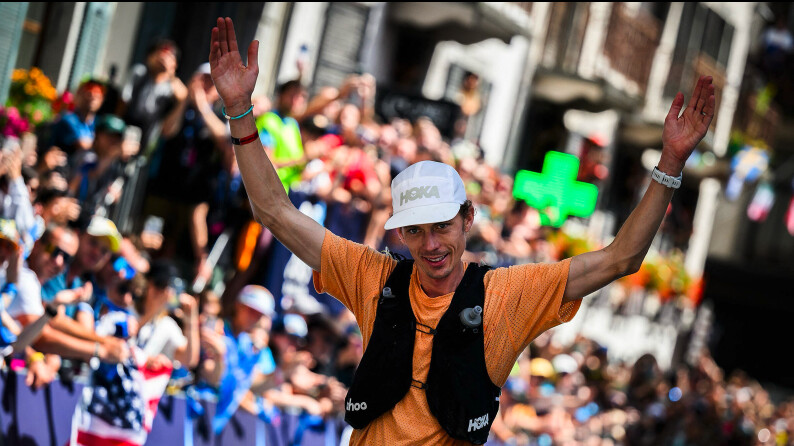
That quote came from Keith Byrne, a senior manager at The North Face and a UTMB live stream commentator for nearly a decade, who was talking about last summer’s UTMB World Series Finals in Chamonix, France.
The UTMB races during the last week of August last summer were, I thought, the most alluring in the event’s 20-year history.
After years of being frustrated by the course, American Jim Walmsley finally put it all together for a victorious lap around Mont Blanc. In doing so he became the first U.S. man to win the race, setting a course record of 19:37:43. He and his wife, Jess, had moved from Arizona to live full-time in France to make it happen. And then there was Colorado’s Courtney Dauwalter, who won the race handily in 23:29:14 to notch her third victory and continue the strong legacy of American women on the course. The win felt extra historic because it made her the first person to win Western States, Hardrock, and UTMB in the same year—arguably the three most legendary and competitive 100-mile events in the world, and she dominated each one.
The events came off without a hitch and included record crowds in Chamonix, plus a record 52 million more tuning into the livestream.
Throughout the fall and winter, harmony and happiness seemed to give way to chaos and discontent. But a year later, as the UTMB Mont Blanc weeklong festival of trail running kicks off on August 26, everything seems back to normal in Chamonix. What happened along the way is a tale of drama, perhaps both necessary and unnecessary, all of it culminating in course corrections by the multinational race series.
In short, what a year it has been for UTMB.
And now, hordes of nervous and excited runners from all corners of the globe are descending on Chamonix for this year’s UTMB Mont-Blanc races. Registration for UTMB World Series events is reportedly up about 35 percent year over year with even greater growth in interest for OCC, CCC and UTMB race lottery applications. There is more media coverage, more pre-race hype, and more excitement than ever before. More running brands are using the UTMB Mont Blanc week to showcase their new running gear with media events, brand activations, and fun runs. Even The Speed Project—although entirely unrelated to UTMB—chose Chamonix as the starting point of its latest so-called underground point-to-point relay race to try to catch some of the considerable buzz UTMB is generating.
So what happened? Did the UTMB organization do its due diligence and make amends with several significant changes in the spring? Was the angst and stirring of emotions just not as widely felt as the fervent bouts of Instagram activism claimed it to be? Have the participants and fans of the ultra-trail running world suffered amnesia or become ambivalent? Or is it all a sign of the race—and the entire sport of trail running—going through growing pains as it adjusts to the massive global participation surge, increased professionalism, and heightened sponsorship opportunities?
On the eve of another 106-mile lap around the Mont Blanc massif, I wanted to take a look at what happened and the current state of UTMB’s global race series that culminates here in Chamonix this week.
We caught a glimpse of what was to come shortly before UTMB last year, when the race organization announced the European car company Dacia as its new title sponsor. A fossil-fuel powered conglomerate didn’t sit well with some fans of the event, coming amid an era of widespread climate doom (even though the brand would be highlighting its new Spring EV at the UTMB race expo.) The Green Runners, an environmental running community co-founded by British trail running stars Damian Hall and Jasmin Paris, called it an act of “sportswashing” and released a petition calling on UTMB to denounce the partnership. (Hall even traveled all the way to Chamonix to deliver the petition in person.)
These grumblings of discontent and others that followed exploded into a social media firestorm shortly after UTMB. In October, it became public that UTMB had moved to launch a race in British Columbia, Canada, just as a similar event in the same location was struggling with permitting. A he-said, she-said back-and–forth left onlookers with whiplash. Then on December 1, UTMB livestream commentator Corrine Malcolm announced on Instagram that she had been fired and in late January, a leaked email from elite runners Kilian Jornet and Zach Miller to fellow athletes called for a boycott of the race series. All of it, jet fuel for social media algorithms.
“We’re at a turning point in trail running, but we can keep the core values if the community stands up,” the Pro Trail Runners Association secretary, Albert Jorquera, told me at the time.
In the midst of these dramas, I interviewed race founders Catherine and Michel Poletti over lunch at a Chamonix cafe. For nearly a decade now, I have met with the couple for candid conversations that helped frame online articles and magazine stories, and most recently for the book, The Race that Changed Running: The Inside Story of UTMB.
I plunged headlong into two articles with hopes of explaining it all. There was so much heat swirling around the UTMB stories, and so little light.
“The very thing that made ultrarunning so bonding was being torn apart by the community itself through social media,” said Topher Gaylord. A former elite runner who tied for second in the inaugural UTMB in 2003, Gaylord engineered UTMB’s first title sponsorship with The North Face and has been a close supporter of the Polletis for 20 years. “Some players are using social media to divide the community. That’s super disappointing.”
To me, it felt like the aggressive online activists were winning the day. Trail running suddenly seemed polarized, infected with the intertwined social media viruses of false indignation and close-mindedness. Twice, I deep-sixed my article drafts. Friends and editors convinced me they wouldn’t be read dispassionately. Who wants to be handed a fire extinguisher, when your goal is to torch the house?
Well, what a difference eight months can make. We now have some perspective and, with it, some answers.
Since its earliest days, UTMB’s volunteer founding committee believed in the values of the sport. The very first brochure produced for the race—a mere sheet of paper—featured a paragraph on values. In later years that statement became much more comprehensive, expanding to cover a wide range of topics and the race’s mission to support and protect them.
But maintaining those values in an organization that has gone from a singular race with a literal garden-shed office to a 43 global event series with a staff of more than 70 full-time employees is tricky at best. In an interview once, Michel Poletti paused, asking if I had seen a photo of a mutual friend that was making the rounds. He was climbing one of Chamonix’s famed needle-sharp aiguilles, one foot on each side of a razor sharp ridge—a perilous balancing act, big air on each side. It was his metaphor for trying to move ever up, while balancing business growth and heartfelt values.
Over the course of dozens of hours of interviews with the Polettis, I came to learn one thing: UTMB always moves forward up the ridge. In the process, UTMB corrects its course. It starts with a careful analysis after each edition, evaluating pain points in areas such as logistics, security, media, traffic, and others, discussing how they can be addressed. Historically, those course corrections haven’t been at the pace others might want—especially since the social unrest that developed during the Covid pandemic—but the organization has a reliable pattern of steadily addressing concerns.
And so, not too many weeks after that lunch meeting, UTMB set to work. First came a heartfelt effort they kept under the radar—traveling around the U.S. to listen and learn. They spent two weeks in the U.S. in February, visiting with American athletes, race directors, journalists, consultants, and their Ironman partners. “We need to learn from our mistakes and from this crisis,” Michel said.
Methodically over the ensuing months, UTMB rolled out a series of changes. Some were aimed at directly addressing the controversies, others were overdue for what is, by any metric, the world’s premier ultra-trail running event.
“My hope is that the trail running community understands that we are human,” Catherine had told me over the winter.
Four months ago, at the end of April, the race organization announced that Hoka would become the new title sponsor of UTMB Mont-Blanc and the entire UTMB World Series through 2028. It was a huge move because Hoka, one of the biggest running brands in the world, essentially doubled-down on its support of UTMB and trail running in general. The five-year deal brought benefits other than cash, too. Hoka has a strong history of inclusivity and growing representation among marginalized communities, an area UTMB has announced it intends to focus more on beginning this year. The deal also moved Dacia out of the title sponsor limelight, instead bringing a brand with a strong reputation in trail running to the fore.
Dacia was shifted to the role of a premier partner in Europe, and now plays an integral part in a new eco-focused mobility plan UTMB updated in July. Fifty of their cars can be signed out for use by over 70 staff and 2,500 volunteers, encouraging them to arrive in Chamonix using public transportation instead. The move is estimated to eliminate 200 vehicles driving into the valley. (The organization’s new mobility plan will transport an estimated 15,000 runners and supporters, eliminating the need for approximately 6,000 cars during the UTMB Mont-Blanc week. On average, a bus will run every 15 minutes between Chamonix and Courmayeur, Italy, and Chamonix and Orsières, Switzerland.)
In May, UTMB announced a new anti-doping policy it had developed with input from PTRA. The organization committed to spending at least $110,000 per year, money that will be allocated to test all podium finishers and a randomized selection of the 687 elite athletes in attendance. The new policies will be implemented by the International Testing Association, an independent nonprofit that has also conducted two free informational webinars for the 1,400 UTMB Mont Blanc elite runners.
Not long after the announcement, Catherine Poletti suggested this was just a start. Speaking at TrailCon, a new conference held in Olympic Valley, California, on June 26, she said, “It’s a first big step for us. And we’ll continue to develop this policy.” (The most important anti-doping protocol may still be beyond UTMB, however. “The elephant in the room is that we need a coordinated approach to establish out-of-competition testing,” Tim Tollefson, an elite U.S. runner and director of the Mammoth TrailFest in California, who spearheaded independent testing at his event in 2023. “Individually, we’re just lighting our money on fire.”)
In mid-June, UTMB addressed a longtime issue with top runners—prize money. A chunk of the funding from the ratcheted-up Hoka sponsorship was directed to supporting the bigger prizes for the OCC, CCC and UTMB races in Chamonix—about $300,000 this year, nearly double of 2023—as well as more prize money for the three UTMB World Series Majors. (The sequence was intentional. The organization wanted a new doping policy in place before increasing prize purses, since large cash awards are often thought to lead to a growth in doping.)
It’s a move that was long overdue—the most celebrated marquee event in any sport should reward its top athletes more than any other event—but not possible without Hoka’s increased involvement. The proposal was shared with PTRA in advance of the announcement, and the group provided feedback that was incorporated into the final divvying up of the purse. The total amount spent on prize money across all UTMB races is now more than $370,000.
“We increased the prizes quite dramatically,” said UTMB Group CEO Frédéric Lenart. “It’s very important for us to support athletes in their living.”
Finally, just last week, UTMB announced a new department within the company called “Sport and Sustainability.” The group is headed by longtime UTMB staffer Fabrice Perrin. He was a driving force behind the creation of UTMB’s live coverage back in 2012. Heading up relations with the pro athletes will be longtime elite trail runner Julien Chorier. Nicolas LeGrange, UTMB’s Director of Operations, will be in charge of sustainability and DEI, Diversity, Equity Inclusion.
On the DEI front, UTMB is calling its strategy “leave no one behind,” and they promise new initiatives coming this fall so that, according to Perrin, “every athlete feels a sense of belonging within our community,” he says. “I am committed to ensuring that we perfect symbiosis with the entire community of trail running.”
UTMB has already begun to embrace adaptive athletes, something it was criticized for lacking as recently as last year. This year’s UTMB Mont Blanc races will feature a team of 12 adaptive athletes who will be participating in the MCC, OCC and UTMB races. Under the direction of adaptive athlete and team manager Boris Ghirardi, who lost his left foot and part of his left leg after a motorcycle accident in 2019, the race organization recruited the athletes from around the world to showcase how adaptability and resilience are key elements of the UTMB values.
“I proposed this program to make a concrete action around adaptive athletes and the inclusion policy, and to prove that it was possible,” he said this weekend. “If you really get everyone working on this, you can change the game.”
And with that, UTMB Mont-Blanc 2024 is underway, resuming the golden era status that Byrne raved about last August. Starting this past weekend, banners have been unfurled over Place du Triangle de l’Amitié in the heart of Chamonix, kicking off the carefully choreographed trail running Super Bowl that is UTMB. The excitement begins on August 26 and culminates as the race for UTMB individual crowns reach a tipping point on August 31. (The golden hour of the final finishers on September 1 will be something to behold, too.)
“It’s like wrapping the Tour de France, Burning Man, and the biggest industry trade show into one giant, week-long festival,” Gaylord says. “It’s an amazing week for our sport, one of the biggest showcases we have.”
The aura of Chamonix and the opportunity to run a race there is drawing as much or more interest than ever before. It is perhaps the essence of what will keep the UTMB World Series afloat into the distant future. Runners will continue to chase Running Stones at qualifying events around the world, knowing the carrot of running one of the races around the Mont Blanc massif is second to none.
Trail running is booming on a global scale, and it’s not just UTMB shouldering the burden or reaping the benefits. The Golden Trail World Series, Spartan Trail Running, Xterra Trail Running—and even the World Trail Majors, Western States 100, and dozens of other more prominent trail races—are all trying to get a bigger piece of the pie, either by way of money or relevance.
UTMB Mont Blanc, as trail running’s most important race, is at the very beating heart of it all. And trail running is a soul sport, so when change and growth happen, it can feel threatening to all of us whose lives have been changed for the better by time spent with dirt underfoot and blue sky above. UTMB is big enough now that it’s urgently important that it make changes judiciously and preemptively.
As the world’s most significant trail race, the consequences of UTMB’s choices will ripple throughout the ecosystem. UTMB understands this. “Do we owe something to trail running? Yes, of course we do,” Michel Poletti once told me. That’s truer than ever now.
At TrailCon in June, Catherine Poletti summed up UTMB’s challenge. “Trail running is changing around the world. We’ve seen that evolution over 20 years. We need to adapt, to find a good balance, to accept different models and ways of organizing.”
Back in August 2021, I wrote an article here called, “UTMB, Don’t Break Our Hearts.” It came the summer after the organization announced its investment from the Ironman Group. Change– big change– was everywhere. Could the race around Mont Blanc maintain its soul and passion amid talk of multinational sports marketing, we all wondered? Michel Poletti closed the interview by saying, “Nous prenons un rendez-vous dans trois ans.” Simply translated: “We’ll schedule an interview in three years.”
Three years is now, and both UTMB and trail running’s landscape have changed dramatically, if not literally then certainly figuratively. We’ve seen UTMB adjust its rudder this past year, responding to concerns. Perhaps not at the pace any individual or specific group would like, and not to the extent some would wish. But it’s happening, and for that we should all breathe a cautious sigh of relief. Because if you love trail running, you have to care about what happens at the world’s biggest trail race.
As I write this in Chamonix very early on the morning of August 26, overcast skies are parting and blue skies are in the offing. The forecast for the week ahead is for bright sun with a few clouds. It’s a workable enough metaphor for trail running’s future. But one thing has to happen for it to come true. The race that changed running needs to continue to listen to its stakeholders around the world, and engage with them as it grows and develops in the days ahead. If that happens, Byrne’s vision of the golden age of our sport just might linger on. I can hope.
by Outside Online
Login to leave a comment
Jamaican Olympic medalist given four-year doping ban
The Tokyo 2020 Olympic 110m hurdles bronze medalist, Ronald Levy of Jamaica, was dealt a four-year ban after an out-of-competition test for GW1516.
On Friday, Ronald Levy, the Tokyo Olympic 110m hurdles bronze medalist from Jamaica, was handed a four-year ban by the Jamaica Anti-Doping Commission (JADCO) following a positive test for banned substances.
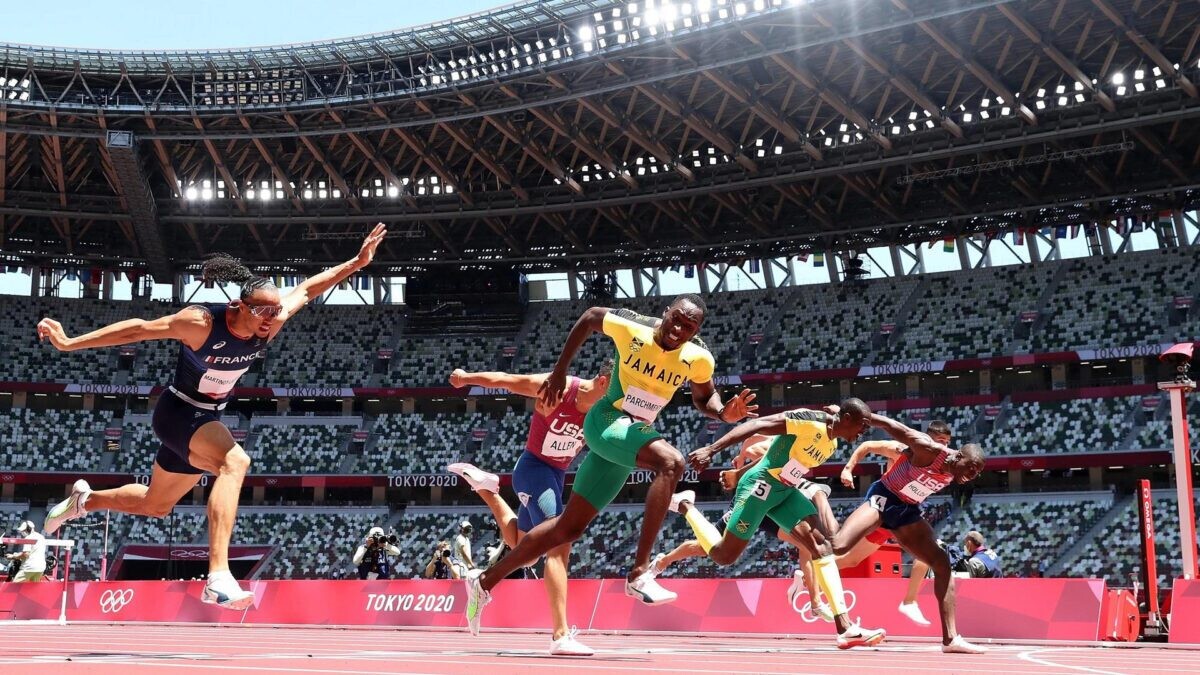
The substance detected in Levy’s sample, taken during an out-of-competition test in October 2023, was GW1516. This black-market drug is known for enhancing endurance and increasing the body’s ability to burn fat, allowing users to train harder and longer. However, GW1516 has not been approved for human use due to concerns about its potential cancer risks and other severe long-term health effects.
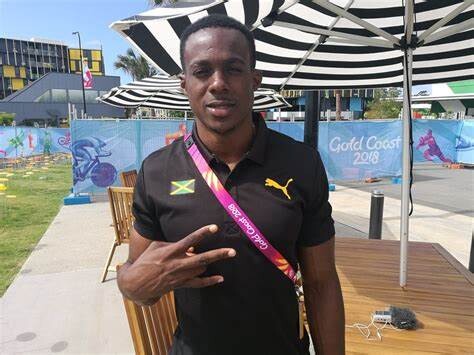
Levy said on social media that he was shocked at the positive test result, maintaining he did not knowingly violate any rules: “I am stunned by this turn of events because I have always conducted myself with the highest level of integrity in the sport, which I love dearly, and would never seek to gain an unfair advantage.”
The 31-year-old hurdler won bronze at the Tokyo 2020 Olympics behind American Grant Holloway and Levy’s fellow Jamaican, Hansle Parchment. He also won gold in the 110m hurdles at the 2018 Commonwealth Games. Levy has not competed since September 2023 and did not qualify for the 2024 Paris Olympics.
Levy has the right to appeal the decision and take his case to the Court of Arbitration for Sport (CAS). While a successful appeal could overturn the ban, the process could also result in significant financial and physical strain if the appeal is unsuccessful. This is the third high-profile GW1516 case in the past two years, following the positive tests of former Olympic 800m silver medalist Nijel Amos of Botswana and Surinamese sprinter Issam Asinga, the U20 100m record holder. Both men tested positive during out-of-competition tests.
by Marley Dickinson
Login to leave a comment
Winner of 2022 Dublin Marathon tests positive for banned substance
The winner of the 2022 Dublin Marathon, Taoufik Allam of Morocco, has tested positive for the banned performance-enhancing drug EPO.
Allam, 35, has been provisionally suspended by the Athletics Integrity Unit (AIU), which runs the sport’s anti-doping system, his case included on the AIU’s list of pending cases, with his violation dated 16 August and stating: “Presence/Use of a Prohibited Substance (EPO)”.
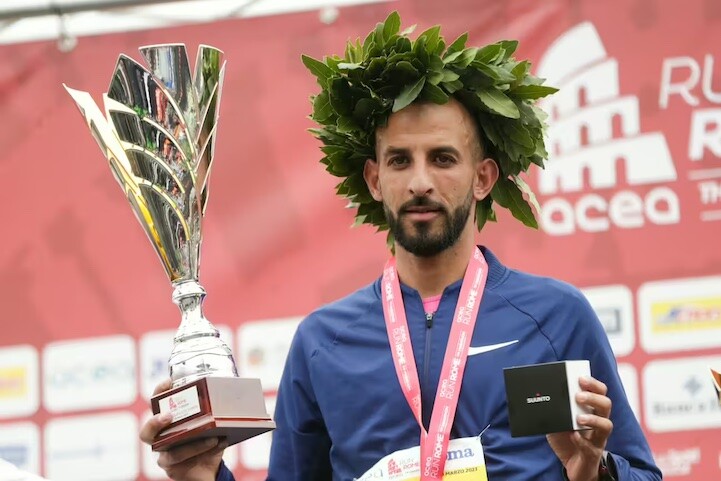
Synthetic erythropoietin is a banned drug that increases the body’s production of red blood cells, thereby improving its oxygen-carrying capacity. Allam can contest the charge and request to have his B sample tested to confirm the finding.
It marks the second time in recent years that the winner of the Dublin Marathon has been engulfed in a doping controversy, with Morocco’s Othmane El Goumri winning in 2019 after returning from a two-year ban for irregularities in his biological passport, a tool used by anti-doping authorities to track changes in athletes’ blood profiles for signs of doping.
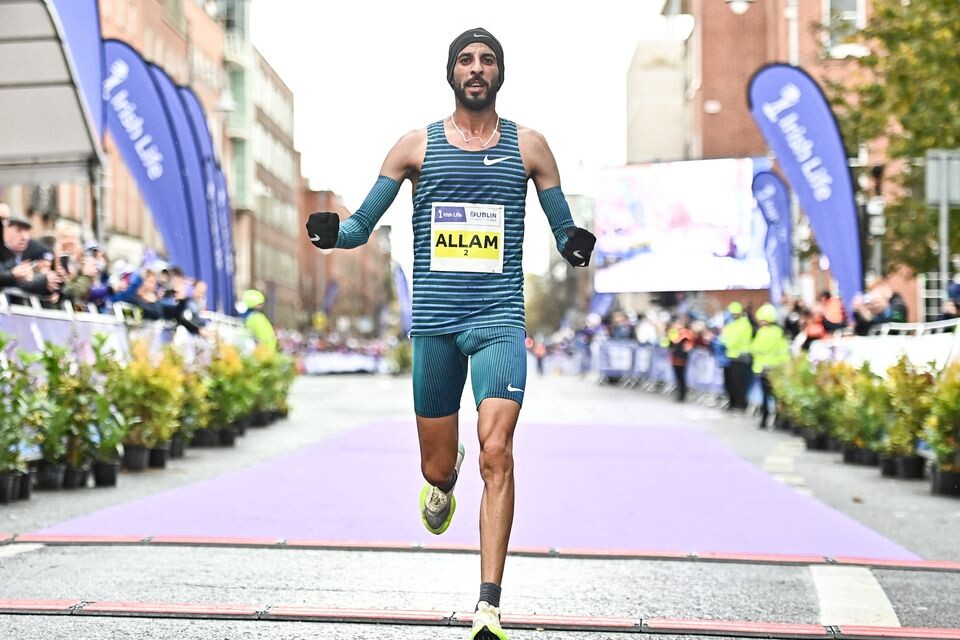
The organisers of the Dublin Marathon have a policy not to invite athletes who have served doping bans, but only became aware of El Goumri’s past after the invitation had been sent out and his flights booked for the 2019 race. Longtime race director Jim Aughney said at the time: “He slipped through the net with regards to us accepting his entry in the first place, but it will be part of the contracts from now on, for any athlete.”
In 2019, a little over a year after returning from his doping ban, El Goumri set a personal best of 2:08:06 to win the first prize of €12,000 in Dublin, demoting Ireland’s Stephen Scullion to second.
“Arguably I might have won the thing if he wasn’t here,” said Scullion. “I feel like a winner inside, that’s a victory for me. I’ve always taken a stance that drug cheats can do whatever they want, I can’t control it.
"I want to enjoy my moment, and in six or nine months’ time if he gets done for another doping violation, then I’m the champ. If the crowd want to believe I’m the champ, let them say. And when the room goes dark at night, I go to bed content knowing I’m clean.”
Allam is represented by the same management company as El Goumri. In the 2022 edition, Allam routed the field to win the men’s title, clocking a PB of 2:11:30 to come home almost two and a half minutes clear of the Ethiopian runner-up, Ashenafi Boja. The leading Irish finisher that year was Martin Hoare of Celbridge AC, who was seventh in 2:20:22.
Allam had no doping history before lining up in Dublin but faces a four-year ban if his positive test is confirmed in follow-up testing. Given the timing of the case, it would still not affect the outcome of the 2022 race, where Allam pocketed a €12,000 first prize. He has since gone on to take victories at the 2023 Rome Marathon in 2:07:43 and the 2024 Enschede Marathon in 2:08:53.
by Cathal Dennehy
Login to leave a comment
KBC Dublin Marathon
The KBC Dublin Marathon, which is run through the historic Georgian streets of Dublin, Ireland's largest and capital city.The course is largely flat and is a single lap, starting and finishing close to the City Centre. Conditions formarathon running are ideal....
more...Winfred Yavi's Bahrain heavily sanctioned by World Athletics following multiple accounts of doping scandals
Bahrain have been heavily sanctioned by World Athletics over doping scandals which will heavily impact their athletes, including Kenyan-born Olympic champion Winfred Yavi.
The World Athletics Council has approved a series of corrective actions against the Bahrain Athletics Association (BAA) following historical breaches of the World Athletics Anti-Doping Rules (ADR).
This decision comes after an 18-month investigation by the Athletics Integrity Unit (AIU), which uncovered serious violations linked to doping practices within the BAA.
The investigation was triggered by doping infractions involving two Bahraini athletes at the Tokyo 2020 Olympic Games, where both were found guilty of homologous blood transfusions.

Additionally, it was discovered that the BAA had employed a coach between 2019 and 2021 who was banned from the sport for prior anti-doping violations.
Acting negligently and recklessly in relation to doping, thereby damaging the reputation of World Athletics and the sport as a whole.
Failing to conduct proper due diligence when hiring athlete support personnel, which increased the risk of doping within the national team.
In response, the BAA admitted to the charges and has cooperated with the AIU throughout the process. As a result, the following sanctions and corrective measures have been imposed:
1.Restricted Participation: The BAA's involvement in the Paris 2024 Olympic Games and the World Athletics Championships in Tokyo 2025 will be limited to a maximum of 10 athletes, a move that could impact stars like Winfred Yavi and others.
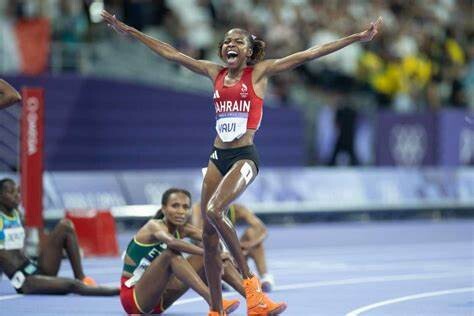
2.12-Month Ban: The BAA will be barred from participating in any other World Athletics Series events for a period of 12 months starting from June 1, 2024.
3.Transfer Freeze: The BAA will not be allowed to apply for transfers of allegiance or recruit any foreign athletes until 2027, marking a significant shift in the association’s recruitment strategy. Yavi is one of many athletes who were recruited from other countries.
4. $7.3 Million Investment: The BAA is required to invest up to $7.3 million over the next four years in measures aimed at addressing doping and integrity issues. This includes the implementation of a detailed strategic plan and operational roadmap (SPOR), developed in coordination with the AIU, to overhaul the federation’s governance and management practices.
5. Establishment of a National Anti-Doping Organization (NADO): Bahrain will establish a WADA-compliant NADO, fully funded by the government until at least 2026. This organization has already been operational for a year, marking a significant step forward in managing doping risks.
6. Talent Development Academy: The BAA will create and fund a talent academy focused on nurturing local athletes, signaling a shift towards developing homegrown talent rather than relying heavily on foreign recruits.
7. AIU Costs: The BAA will cover the AIU’s costs associated with the investigation and the supervision of the SPOR implementation.
David Howman, Chair of the Athletics Integrity Unit, praised the BAA’s leadership for their cooperation and proactive steps in addressing the federation’s failings.
“The BAA, to its great credit, has displayed genuine contrition about its past wrongdoings and commitment to change,” Howman said. He highlighted the establishment of a new NADO in Bahrain as a particularly significant achievement for clean sport.
Despite the BAA's past shortcomings, the AIU acknowledged that the federation's senior leadership was not involved in deliberate rule breaches and expressed satisfaction with the outcome, which aims to balance punitive measures with the goal of fostering real change within Bahrain's athletics landscape.
As Bahrain's athletes, including World Champion steeplechaser Winfred Yavi, prepare for the upcoming international competitions, the repercussions of these sanctions will undoubtedly have a lasting impact on the nation’s athletic programs.
by Mark Kinyanjui
Login to leave a comment
What Kenya intend to do about foreign countries poaching athletes
Kenya's government is developing policies to prevent the poaching of athletes by foreign nations and enhance local sports infrastructure.
Kenyan President William Ruto recently addressed the pressing issue of athlete poaching by foreign nations during a breakfast reception at the Eldoret State Lodge.
With key stakeholders in attendance, including the Kenyan Olympics team that performed admirably at the Paris Olympics, President Ruto outlined the government's commitment to tackling the migration of top-tier athletes to countries like Bahrain, Israel, Qatar, and the USA.
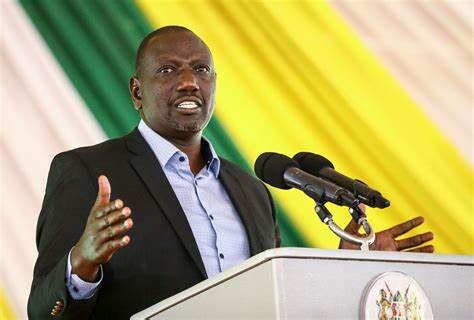
Amidst a celebratory atmosphere for the team's return, the President voiced his concern over the growing trend of Kenyan athletes representing other nations.
"The Government will work with all stakeholders to develop a policy that will address the challenges hindering Kenya’s progress in sports," he declared.
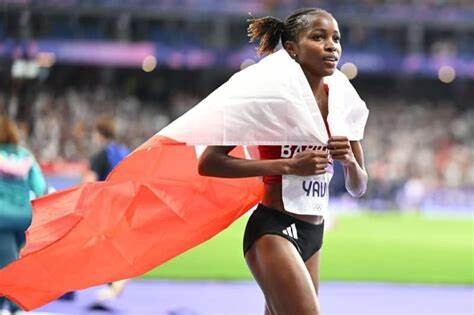
"Our athletics dominance is increasingly being encroached upon. We must come up with initiatives to correct the situation," President Ruto emphasized.
His government plans to work closely with national and county governments, as well as sports federations, to craft a comprehensive sports policy that addresses these concerns comprehensively.
The poaching of athletes has been a contentious issue, highlighted by incidents where Kenyan-born athletes have excelled on the international stage under foreign flags.
Notably, Winfred Mutile Yavi recently won gold and set a new Olympic record in the 3000m steeplechase for Bahrain, sparking widespread debate in Kenya about the loss of native talent to other countries.
The President reassured the public and athletes that the Sports Fund, established to support sportspeople's welfare, will be strictly used for its intended purpose.
"The fund would not be used for other purposes but to cater for the welfare of our sportsmen and women who he described as the greatest ambassadors of Kenya," he affirmed.
Ruto's administration also aims to diversify the sports disciplines at the international level, encouraging more inclusive participation across various sports.
“By expanding and diversifying our sports, we will get more people participating,” the President noted.
Furthermore, the government has intensified efforts to combat doping, a significant concern that has marred the country's sports reputation.
"We will deal with the doping menace not to undermine our sporting activities, but to deal with the problem," President Ruto stated.
In addition to policy reforms, President Ruto encouraged the nation to celebrate rather than criticize their athletes.
"Let’s criticize our athletes less and celebrate them more. We should always thank and appreciate our success in sports," he urged.
The initiatives outlined by President Ruto not only aim to retain athletic talent but also to elevate the standards and global competitiveness of Kenya's sports sectors.
by Festus Chuma
Login to leave a comment
Paris 2024 Olympic Games
For this historic event, the City of Light is thinking big! Visitors will be able to watch events at top sporting venues in Paris and the Paris region, as well as at emblematic monuments in the capital visited by several millions of tourists each year. The promise of exceptional moments to experience in an exceptional setting! A great way to...
more...How Emmanuel Wanyonyi’s rival faced an anti-doping raid before Olympic 800m final
A track athlete was raided by anti-doping officials at the Olympic village days before securing a bronze medal in the 800m event.
Olympic 800m bronze medalist Djamel Sedjati is believed to be still under scrutiny by the Athletics Integrity Unit (AIU) following a dramatic raid in the Olympic village just days before the final event.
The incident, which unfolded a week ago but garnered minimal media attention at the time, involved French anti-doping officers executing a search linked to an ongoing investigation into alleged doping practices.
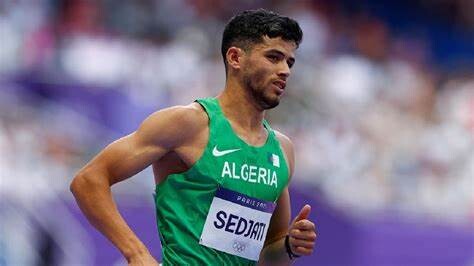
The raid, led by the French Anti-Doping Agency (AFLD), targeted Sedjati’s accommodations and was part of a broader probe that also implicated Algerian athletics coach Amar Benida.
According to the French sports daily L'Equipe, sources close to the investigation have indicated that Benida was the primary focus of the inquiry.
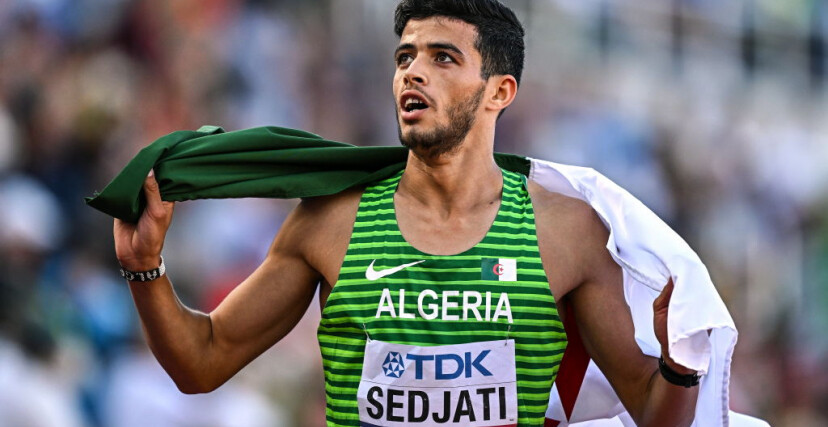
This revelation puts a different light on the events, suggesting that Sedjati may have been collateral in the broader investigation rather than the direct target.
In the wake of the raid, Sedjati displayed remarkable composure, securing a third-place finish in a fiercely competitive 800m final at the Stade de France.
The race itself was historic, with four of the seven top times on the all-time performance list being recorded, highlighting the extraordinary level of competition.
Emmanuel Wanyonyi of Kenya clinched gold with a time of 1:41.19, becoming the third-fastest performer in history.
Following his performance, Sedjati addressed the incident at a press conference.
"Nothing (important) happened. These are things that athletes can face. Thank God it was only a small inconvenience. I was quickly able to get back to normal," Sedjati told reporters.
The Paris prosecutor's office and the AFLD have remained silent on the matter offering no comments or insights into the ongoing investigation.
This lack of official information has fueled speculation and concern within the athletics community.
In response to the controversy, the Algerian Olympic Committee issued a strong statement via Al24News, condemning what they described as "malicious attempts aimed at tarnishing the image of the Algerian runner Djamel Sedjati, victim of unjustified attacks by certain sports media."
This statement reflects the tension and the high stakes involved, particularly in light of Sedjati’s recent performances and his stated ambition to break David Rudisha’s 800m world record.
Sedjati’s resilience was on full display just weeks prior at the Monaco Diamond League, where he won the race in an impressive 1:41.46, just shy of his personal best set in Paris.
His capabilities and recent form make him a significant figure on the track, and the timing of the raid raises questions about the implications for his career and reputation.
by Festus Chuma
Login to leave a comment
Paris 2024 Olympic Games
For this historic event, the City of Light is thinking big! Visitors will be able to watch events at top sporting venues in Paris and the Paris region, as well as at emblematic monuments in the capital visited by several millions of tourists each year. The promise of exceptional moments to experience in an exceptional setting! A great way to...
more...US sprinter Erriyon Knighton haunted as AIU appeal decision on doping case
AIU appeals the decision clearing sprinter Erriyon Knighton of doping charges, questioning the ruling that allowed him to compete.
The Athletics Integrity Unit (AIU) has appealed to the Court of Arbitration for Sport (CAS) following the controversial decision to clear American sprinter Erriyon Knighton of any wrongdoing after he tested positive for the banned substance trenbolone earlier this year.
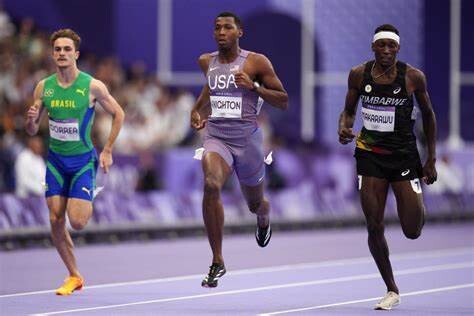
Knighton, 20, one of the rising stars in track and field, tested positive for trenbolone in March, a substance commonly used to promote muscle growth in livestock.
The positive test came as a shock to the athletics community, casting a shadow over the young athlete's burgeoning career.
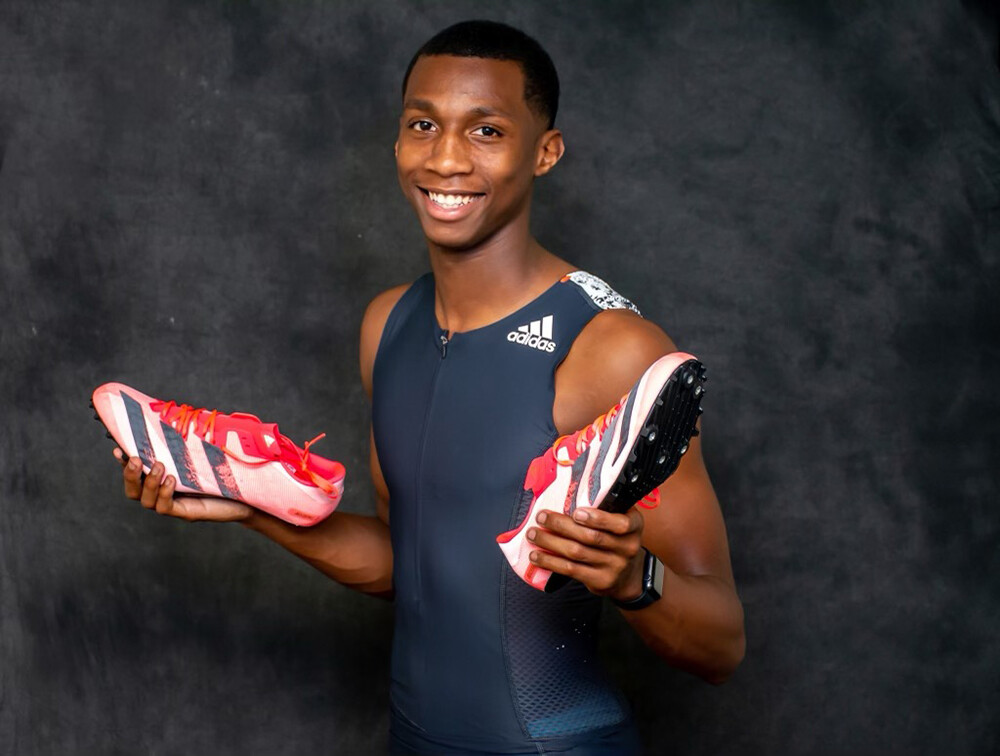
However, in a ruling on June 19, an independent arbitrator determined that Knighton had "more than likely" ingested the substance through contaminated meat, which is legally used in beef production in the United States.
The arbitrator's decision cleared Knighton to compete in the United States Olympic trials in Oregon, where he went on to qualify for the Paris Olympics.
The ruling was met with mixed reactions, with some applauding the decision as a fair judgment, while others expressed concern over the potential implications for the sport's integrity.
In a statement that provided little detail on the specifics of the appeal, the AIU said:
"This appeal is against the decision of an arbitration tribunal in the United States that the Athlete established No Fault or Negligence after USADA brought charges against the Athlete for the Presence of epitrenbolone and Use of trenbolone."
The appeal comes after the United States Anti-Doping Agency (USADA) chose not to impose a suspension on Knighton, attributing his positive test to contaminated meat.
This decision allowed the young sprinter to participate in the Olympic qualifiers, leading to his appearance at the Paris Olympics.
USADA chief executive Travis Tygart defended the ruling, stating, "Justice has been served following Knighton's clearance."
Despite this, the AIU's decision to take the matter to CAS indicates ongoing concerns about the integrity of the ruling and the broader implications for anti-doping efforts in athletics.
Adding to the controversy, Knighton’s behavior after the men’s 200-meter final at the Paris Olympics raised eyebrows.
Despite finishing fourth, Knighton was conspicuously absent from the mandatory mixed zone interviews with the media.
His absence was notable, especially when contrasted with his teammate Kenneth Bednarek, who won the silver medal and addressed reporters openly.
Even Noah Lyles, who had tested positive for COVID-19, made a masked appearance to discuss his experiences.
The athletics world now waits with bated breath as the case moves to the Court of Arbitration for Sport, where a final decision will determine whether Knighton’s name will be cleared or if he will face sanctions that could derail his promising career.
by Festus Chuma
Login to leave a comment
Usain Bolt named ninth-greatest athlete of the 21st century
On Thursday, ESPN dropped a list ranking the 100 best athletes in the world since the year 2000. 70,000 ESPN contributors voted based on performances since 2000, assembling the list of the greatest athletes of the 21st century–with track and field’s very own Usain Bolt taking the ninth spot.
It’s sometimes hard to believe that the worlds of the “Big Four” leagues (MLB, NBA, NFL and NHL), tennis, soccer, golf, and the Olympics all exist in the same universe. How can you even compare the accomplishments of individual athletes to those of athletes in a team sport?
The Jamaican sprinter has a very impressive resume, collecting nine Olympic gold medals over his four Games (he had to return one due to a teammate’s doping violation), and still holds three world records: the 100m, 200m and 4x100m relay. Bolt’s 100m record has stood since 2009, when he ran 9.58 seconds to break the record for his third time, deeming him the world’s fastest man.
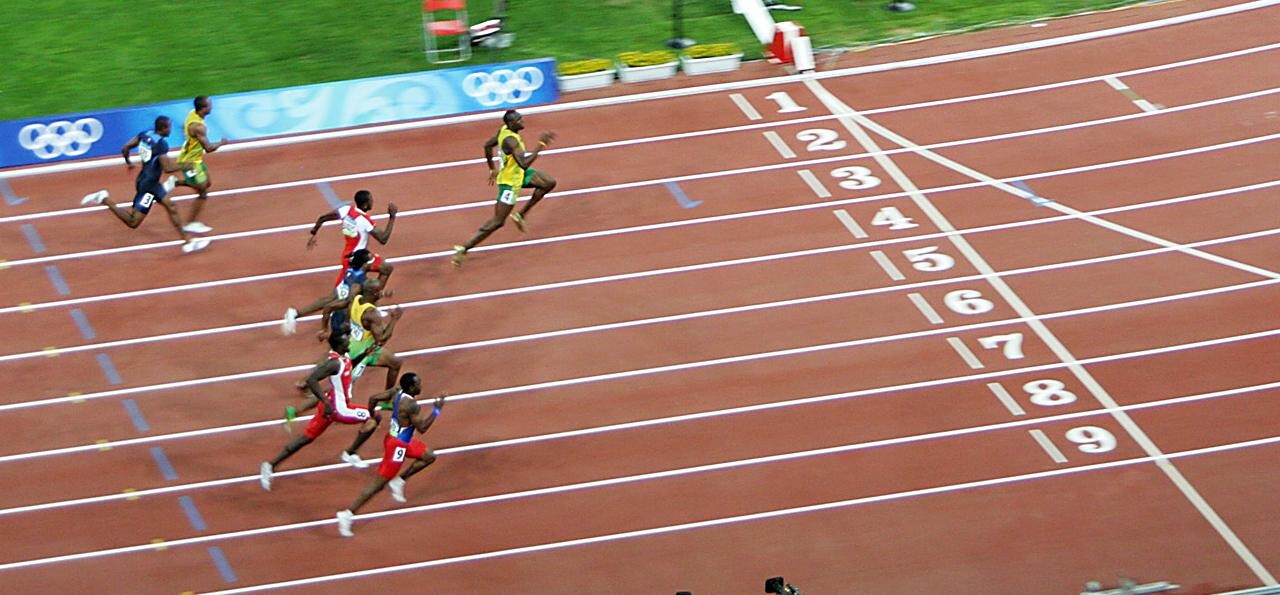
At his last Games in Rio 2016, Bolt achieved the triple-triple–winning three sprint golds at three consecutive Olympics. Although he retired in 2018, his monumental achievements will leave an extraordinary legacy in the track world.
Bolt is one of three Olympians in the ESPN top 10, bettered by only swimmer Michael Phelps, who took the top spot, and gymnast Simone Biles, in seventh.

The representation of athletics in ESPN’s top 100 doesn’t end there: sprinters Allyson Felix of the U.S. and Shelly-Ann Fraser-Pryce of Jamaica claim the 63rd and 77th spots, respectively. Felix is a five-time Olympian for Team USA, with seven Olympic titles to her name, plus three silvers and one bronze. Fraser-Pryce is a three-time Olympic champion and eight-time Olympic medallist. At 37, the Jamaican hasn’t called it quits yet–she has qualified for her fifth and final Games later this summer in Paris.
by Cameron Ormond
Login to leave a comment
Brazilian Olympic marathoner receives doping suspension
Daniel do Nascimento, a 2:04 marathoner who famously fist-bumped Eliud Kipchoge during the last Olympic marathon, has been banned after testing positive for three illegal substances.
Brazil’s national marathon record holder and Paris Olympic-bound athlete, Daniel do Nascimento, has been provisionally suspended by the Brazilian Doping Control Authority (BDCA) after testing positive for three banned substances: drostanolone, methenolone and nandrolone.
According to Brazilian media outlet Globo, do Nascimento tested positive for the three anabolic steroids during an out-of-competition test conducted on July 4 while training in Kenya for the Paris Games. As a result, he will miss the Olympics. He was slated to run the marathon after qualifying at last year’s Hamburg Marathon with a time of 2:07:06. His personal best of 2:04:51 from the 2022 Seoul Marathon stands as the South American record.
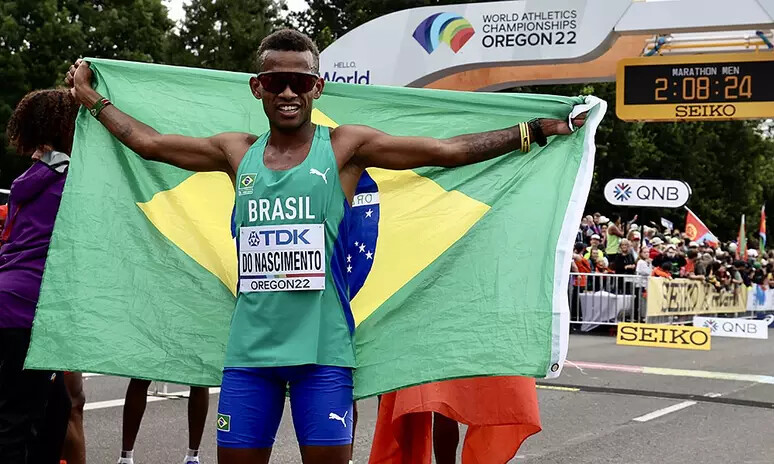
The three banned substances in Nascimento’s test are all anabolic steroids (precursors of testosterone). Do Nascimento will likely face a four-year ban from athletics, jeopardizing his dreams for the 2028 Olympics in Los Angeles. The 25-year-old’s suspension may be reduced to three years if he admits to the three anti-doping rule violations.
Do Nascimento’s girlfriend, Graziele Zarri, was also suspended earlier this year after testing positive for androstanediol and testosterone in a test conducted by the Anti-doping Agency of Kenya (ADAK). She ran 2:42:48 in her marathon debut last December in Valencia.

Beside being the South American record holder for the marathon, do Nascimento is most famous for taking a porta-potty stop while leading the 2022 New York City Marathon. He set a blistering pace for 30 km, but ended up collapsing and did not finish the race.
Do Nascimento also made headlines at the 2020 Olympic marathon in Tokyo for exchanging mid-race fist bumps with former world record holder Eliud Kipchoge. The moment went viral, making do Nascimento a well-known name in Brazil and the distance running world.
by Marley Dickison
Login to leave a comment
Teen sprinter sues Gatorade over doping ban that cost him an Olympic spot
The fastest high school sprinter in history is suing Gatorade, claiming the company gave him a fraudulently certified product that contained a banned substance and led to his four-year banishment from track and field, costing him a chance to compete in the Paris Olympics.
Issam Asinga, the Surinamese teenager who set the under-20 world record in the 100 meters, said that when Gatorade honored him as its high school track and field athlete of the year in July 2023, it provided a gift basket that included Gatorade Recovery Gummies. In a lawsuit filed Wednesday, the 19-year-old Asinga claims those gummies are the reason he later tested positive for the banned substance GW1516, which led to a four-year ban this May and stripped him of his record. The suit further claims the company took measures to protect its reputation, damaging Asinga’s in the process.
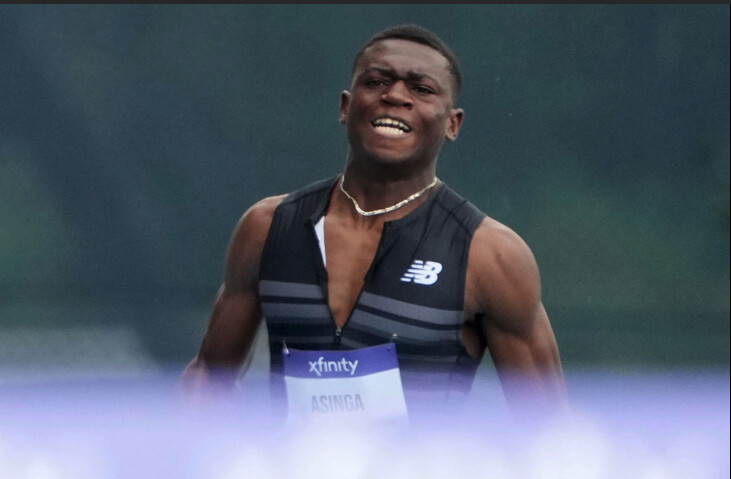
Asinga filed suit in the Southern District of New York against Gatorade and Pepsi Co., its parent company. He is seeking, according to the lawsuit, to “recoup the millions of dollars he has lost in economic opportunities, as well as compensation for the devastating emotional harm he has suffered.”
In an emailed statement, a Gatorade spokesperson said: “The product in question is completely safe and the claims made are false. … Gatorade products are FDA compliant and safe for athlete consumption, which was validated by the findings of the Athletics Integrity Unit investigation.”
Were he eligible, Asinga could have competed for Suriname at the Paris Olympics, earning potentially millions on a sponsorship deal. Instead, he is banned from the Games and lost his endorsement opportunity. The suspension also will prohibit him from training with or competing his college teammates at Texas A&M, and despite support from his coaches, Asinga believes he could lose his scholarship.
“You’re either guilty or you’re not,” Asinga said in a Zoom interview alongside his lawyers. “I know I’m not, so I’ve got to chase my dream. I’ve got two Olympian parents; I was born to run. Am I going to destroy my dream because of something I didn’t do, or am I going to keep fighting until the end?”
‘I was honored when they told me to get tested’
Asinga grew up in Atlanta, went to a St. Louis boarding school, lived a couple of years in his mother’s native Zambia, went to high school in Florida and currently attends Texas A&M. He is the son of track and field Olympians: His mother, Ngozi, competed for Zambia, and his father, Tommy, once served as the flag bearer for Suriname.
By the summer of 2023, Asinga had become one of the world’s most promising track athletes. That April, he stunned the track world by beating world champion Noah Lyles in a 100-meter race in Florida with a wind-aided time of 9.83 seconds.
Asinga chose to compete under the flag of Suriname. In a Zoom interview Wednesday, as he described the effect of his son’s suspension on his home country, Tommy began to cry.
“I felt like I had more of an opportunity to make a difference running for Suriname,” Issam Asinga said. “In Suriname, the one thing that’s holding them back is the facilities. They don’t have someone who can make that difference. I can use whatever I do in my track career to help better this country.”
Gatorade named him its 2023 Florida boys’ track and field player of the year and invited him to a July 11 ceremony in Los Angeles. One month before the ceremony, according to the lawsuit, Asinga took a drug test that came back clean.
“I was honored when they told me to get tested,” Asinga said. “I was like, ‘Okay, bet!’ That’s how I know I’m going somewhere.”
At a gathering the day before the awards ceremony, Gatorade gave Asinga and other athletes a gift bag that included cherry-flavored Gatorade Recovery Gummies. The container was stamped as “NSF Certified for Sport.” NSF is an independent public health organization.
According to the lawsuit, Asinga’s mother texted Issam’s coach, Gerald Phiri, a photo of the ingredient label and asked, “Is this ok to eat[?]”
When Ngozi showed him a picture of the Gatorade logo, Phiri wrote back: “Oh yea these are both fine. Gatorade doesn’t make products that are against sporting rules.”
For the next two weeks, according to the lawsuit, Asinga took two gummies after his workouts. The Athletics Integrity Unit (AIU), the drug-testing arm of World Athletics, tested him again July 18.
Asinga stopped taking the gummies “on or around” July 25, according to the lawsuit. On July 28, Asinga ran the 100 meters in 9.89 seconds at a meet in São Paulo, Brazil. This time, the wind was legal: He had broken the under-20 world record. The AIU tested him again on that day, and that July 28 test would come back clean.
On Aug. 9, 2023, the AIU informed Asinga he had failed the July 18 drug test. Picograms of GW1516 had been detected in his urine. When Asinga received the call, he said, he dropped to his knees in shock.
“It was devastating,” Asinga said. “It was the worst day of my life.”
Known as cardarine, GW1516 was originally developed as a potential treatment for obesity and alters how the body metabolizes fat, according the U.S. Anti-Doping Agency. It is illegal for use in food or medication. The U.S. Anti-Doping Agency notes in its handbook, “athletes should be aware, however, that dietary supplements may be contaminated with this compound.”
Asinga and his lawyer, Paul Greene, who specializes in defending athletes accused of performance-enhancing drug use, compiled a list of foods and supplements he had consumed that could be tested for GW1516. They included the Gatorade gummies.
“We kind of laughed it off,” Asinga said. “It was the last thing I would have thought this source would have been in. This brand is something I’ve looked up to my whole life. Gatorade is a part of sports.”
Asinga sent the gummies to the same lab, according to the lawsuit. On Oct. 26, 2023, according to the lawsuit, the lab notified the AIU that “preliminary findings” concluded the Gatorade gummies had been contaminated with GW1516.
When a company produces a dietary supplement that requires certification, it makes them in numbered lots so each lot can be tracked in case of contamination. By federal regulation, it must keep samples of each lot.
According to the lawsuit, further testing at the Utah lab confirmed not only the GW1516 contamination in the gummies Asinga had supplied; it also showed the same baseline concentration of GW1516 that had been detected in Asinga’s drug test. The chemical codes matched. The lab provided those analytical results to the AIU.
According to the AIU decision, the lab noted “two unusual aspects.” There was a “large discrepancy in the findings between the two containers of the Gatorade Recovery Gummies” and the contamination was present on the surface of the gummy rather than uniformly distributed.
The lab concluded “it was not possible to rule out deliberate adulteration of the product after it was opened,” the decision read.
Asinga’s lawyers said it defies belief that Asinga could have adulterated the gummies.
“All of them would have had to have been dipped individually in a formula that would have been watered to a trillionth of a gram,” Greene said. “An 18-year-old kid living in a dorm would have had to have done that. It’s almost laughable that that’s what he was accused of doing.”
According to the lawsuit, Asinga again contacted Gatorade and requested a sealed bottle from the 22092117150234 lot.
According to the lawsuit, Gatorade instead sent a bottle of recovery gummies to the AIU from a different lot. That lot had been tested by NSF and was accurately labeled as such, according to the lawsuit. The NSF, in a a public notice issued in early June, said the container in Asinga’s case came from an allotment it had not tested.
“They did a bait-and-switch,” said Alexis Chardon, the lawyer representing Asinga in court. “They said, ‘We don’t have a sealed supplement of the one we gave Issam. But we have this other one. Why don’t you take this one?’ That one was NSF tested. And then they let that lie fester.”
“Gatorade fully complied with the Athletics Integrity Unit investigation, including producing evidence that was accepted by the AIU that the gummies were not contaminated with the banned substance in their original ruling,” a Gatorade spokesperson said in an emailed statement.
When the AIU tested the gummies from that container, the results came back clean, according to the lawsuit. Once the AIU received those tests, it handed down its four-year ban to Asinga.
“Gatorade created, fed, and encouraged the false narrative that Issam was given ‘clean’ gummies and therefore Issam had adulterated the ones he got tested,” the lawsuit reads.
Attempting to restore a reputation
On June 14, less than two weeks after the NSF released its public notice about Gatorade, Asinga received what he hoped would be a breakthrough: A representative from the AIU called Greene and told him Gatorade had found and sent a sealed bottle from the same lot as Asinga’s bottle of recovery gummies. If that bottle was tainted with GW1516, it would be pivotal to overturning Asinga’s suspension.
The tests came back negative, according to the lawsuit.
Feeling “confused,” according to the lawsuit, Asinga contacted other athletes from the 2023 awards ceremony and found one who had a similar bottle of recovery gummies. When that bottle was tested for GW1516, according to the lawsuit, it also came back negative.
“For a while, it looked like we dug ourselves in deeper,” Chardon said.
According to the lawsuit, Asinga’s team had one more idea: On June 26, they asked for his original recovery gummies to be retested. They wondered whether the GW1516 had become undetectable over the previous six months.
On July 5, according to the lawsuit, the results came back: The gummies that once had tested positive now returned a negative result.
“Gatorade’s delay had cost Issam the possibility of proving contamination in a sealed container from the same lot he had ingested, robbing him of the possibility of ever meeting the AIU’s gold standard test for showing innocent ingestion of a banned substance,” the lawsuit reads.
In a statement, Gatorade said it “spent those months looking for the specific lot number in the field and, once sourced, immediately provided the product to the AIU.”
Because GW1516 is illegal, Greene said, scant testing has been done on it. Greene is hoping to organize lab tests that can prove GW1516 could become undetectable over the six months. He hopes to use that finding in his Court of Arbitration for Sport appeal later this year.
The lawsuit against Gatorade made Wednesday “one of the first days I can say I’m actually taking a deep breath and let it out a little bit,” Ngozi said. “As a parent, it’s so overwhelming. You never in a million years expect your child to be fighting for his character and his integrity because of something he didn’t do.”
Over the past month, Asinga lost his final glimmer of hope that he could run in the Paris Olympics. He has remained optimistic that he will sprint next year for Texas A&M. He has cried and felt depressed at times. Over the winter, he stopped practicing for several days and wondered whether track was worth it. He still believes he will prevail.
“It hurts,” Asinga said. “There’s been some bad days. The clouds might be over us. But they’re going to have to clear eventually.”
Login to leave a comment


